RAD51 inhibitors
Castro , et al. April 5, 2
U.S. patent number 11,291,655 [Application Number 16/623,850] was granted by the patent office on 2022-04-05 for rad51 inhibitors. This patent grant is currently assigned to Cyteir Therapeutics, Inc.. The grantee listed for this patent is Cyteir Therapeutics, Inc.. Invention is credited to Alfredo C. Castro, Casey Cameron McComas, Joseph Vacca.


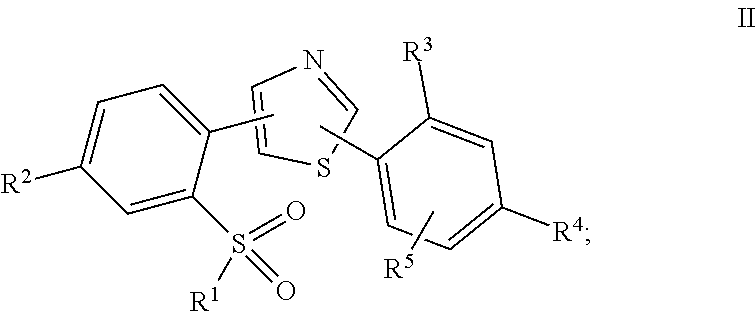






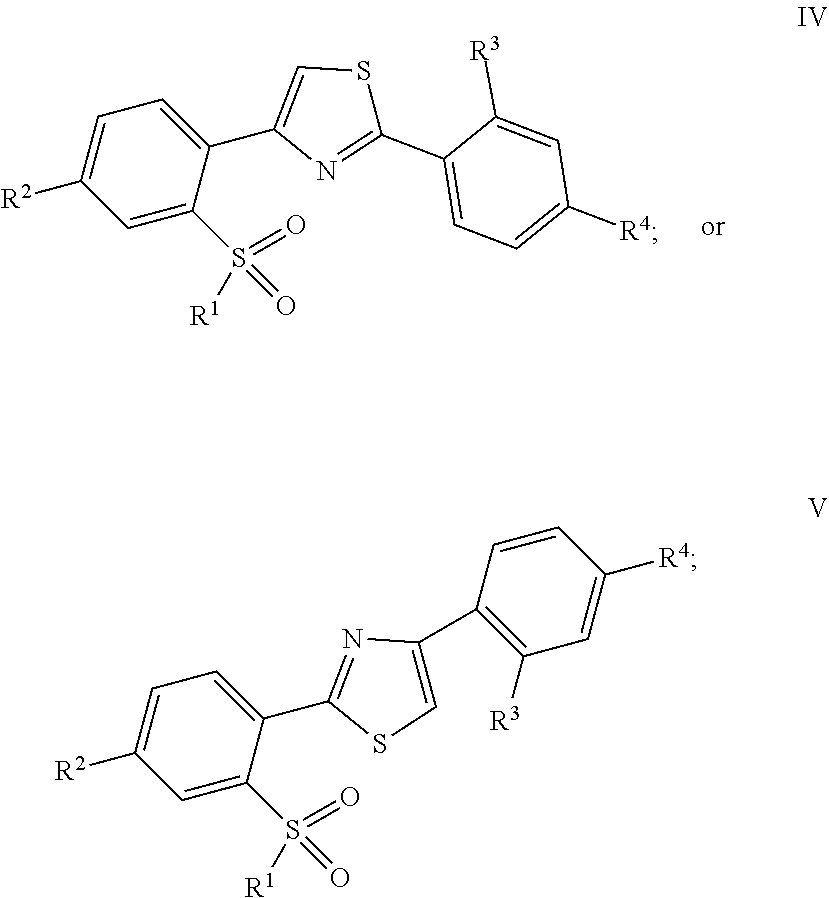


View All Diagrams
| United States Patent | 11,291,655 |
| Castro , et al. | April 5, 2022 |
RAD51 inhibitors
Abstract
This application is directed to inhibitors of RAD51, and methods for their use, such as to treat or prevent conditions involving mitochondrial defects.
| Inventors: | Castro; Alfredo C. (Woburn, MA), McComas; Casey Cameron (Phoenixville, PA), Vacca; Joseph (Telford, PA) | ||||||||||
|---|---|---|---|---|---|---|---|---|---|---|---|
| Applicant: |
|
||||||||||
| Assignee: | Cyteir Therapeutics, Inc.
(Lexington, MA) |
||||||||||
| Family ID: | 63036490 | ||||||||||
| Appl. No.: | 16/623,850 | ||||||||||
| Filed: | July 11, 2018 | ||||||||||
| PCT Filed: | July 11, 2018 | ||||||||||
| PCT No.: | PCT/US2018/041588 | ||||||||||
| 371(c)(1),(2),(4) Date: | December 18, 2019 | ||||||||||
| PCT Pub. No.: | WO2019/014315 | ||||||||||
| PCT Pub. Date: | January 17, 2019 |
Prior Publication Data
| Document Identifier | Publication Date | |
|---|---|---|
| US 20200129484 A1 | Apr 30, 2020 | |
Related U.S. Patent Documents
| Application Number | Filing Date | Patent Number | Issue Date | ||
|---|---|---|---|---|---|
| 62530972 | Jul 11, 2017 | ||||
| Current U.S. Class: | 1/1 |
| Current CPC Class: | A61K 31/496 (20130101); C07D 277/28 (20130101); A61K 45/06 (20130101); C07D 417/10 (20130101); C07D 417/12 (20130101); A61K 31/426 (20130101); A61K 31/427 (20130101) |
| Current International Class: | A61K 31/427 (20060101); A61K 31/496 (20060101); A61K 45/06 (20060101); A61K 31/426 (20060101); C07D 277/28 (20060101); C07D 417/12 (20060101); C07D 417/10 (20060101) |
References Cited [Referenced By]
U.S. Patent Documents
| 7067537 | June 2006 | Kuroda |
| 10336746 | July 2019 | Castro et al. |
| 10590122 | March 2020 | Castro et al. |
| 17363099 | June 2021 | Castro et al. |
| 11084812 | August 2021 | Castro et al. |
| 2002/0086840 | July 2002 | Zarling et al. |
| 2020/0291014 | September 2020 | LaPierre et al. |
| WO 2013/105985 | Jul 2013 | WO | |||
| WO 2016/140971 | Sep 2016 | WO | |||
Other References
|
Database Registry Chemical Abstracts Service, Columbus, Ohio, Accession No. RN 1465351-63-6, Entered STN: Oct. 29, 2013. cited by examiner . Budke, B. et al. (2016) "Recent developments using small molecules to target RAD51: How to best modulate RAD51 for anticancer therapy?" ChemMedChem, 11:2468-2473. cited by applicant . Chen, C-F. et al. (1999) "Expression of BRC Repeats in Breast Cancer Cells Dismpts the BRCA2-Rad51 Complex and Leads to Radiation Hypersensitivity and Loss of G.sub.2/M Checkpoint Control" J Biol Chem, 274(46):32931-32935. cited by applicant . Collis, S.J. et al. (2001) "Ribozyme minigene-mediated RAD51 down-regulation increases radiosensitivity of human prostate cancer cells" Nucleic Acids Res, 29(7):1534-1538. cited by applicant . Connell, P.P. et al. (2004) "A Hot Spot for RAD51C Interaction Revealed by a Peptide That Sensitizes Cells to Cisplatin" Cancer Research, 64:3002-3005. cited by applicant . Cui, X. et al. (1999) "The XRCC2 and XRCC3 repair genes are required for chromosome stability in mammalian cells" Mutat Res, 434:75-88. cited by applicant . Godthelp, B.C. et al. (2002) "Mammalian Rad51C contributes to DNA cross-link resistance, sister chromatid cohesion and genomic stability" Nucleic Acids Res, 30(10):2172-2182. cited by applicant . Hansen, L.T. et al. (2003) "The Role of RAD51 in etoposide (VP16) Resistance in Small Cell Lung Cancer" Int J Cancer, 105:472-479. cited by applicant . Ito, M. et al. (2005) "Rad51 siRNA delivered by HVJ envelope vector enhances the anti-cancer effect of cisplatin" J Gene Med, 7:1044-1052. cited by applicant . Liu, N. et al. (2002) "Involvement of Rad51C in two distinct protein complexes of Rad51 paralogs in human cells" Nucleic Acids Res, 30:1009-1015. cited by applicant . Liu, N. et al. (May 1998) "XRCC2 and XRCC3, New Human Rad51-Family Members, Promote Chromosome Stability and Protect against DNA Cross-Links and Other Damages" Molecular Cell, 1:783-793. cited by applicant . Ohnishi, T. et al. (1998) "In Vitro and in Vivo Potentiation of Radiosensitivity of Malignant Gliomas by Antisense Inhibition of the RAD51 Gene" Biochemical and Biophysical Research Communications, 245:319-324. cited by applicant . Russell, J.S. et al. (Nov. 1, 2003) "Gleevec-Mediated Inhibition of Rad51 Expression and Enhancement of Tumor Cell Radiosensitivity" Cancer Research, 63:7377-7383. cited by applicant . Takata, M. et al. (2001) "Chromosome Instability and Defective Recombinational Repair in Knockout Mutants of the Five Rad51 Paralogs" Molecular and Cellular Biology, 21(8):2858-2866. cited by applicant . Tebbs, R.S. et al. (Jul. 1995) "Correction of chromosomal instability and sensitivity to diverse mutagens by a cloned cDNA of the XRCC3 DNA repair gene" Proc Natl Acad Sci USA, 92:6354-6358. cited by applicant . Thompson, L.H. and D. Schild (2001) "Homologous recombinational repair of DNA ensures mammalian chromosome stability" Mutat Res, 477:131-153. cited by applicant. |
Primary Examiner: Shterengarts; Samantha L
Attorney, Agent or Firm: Cooley LLP Pavao; Matthew Chen; Chen
Parent Case Text
CROSS-REFERENCES TO RELATED APPLICATIONS
This application is a U.S. National Phase application, filed under 35 U.S.C. .sctn. 371, of International Application No. PCT/US2018/041588, filed on Jul. 11, 2018, which claims the benefit of U.S. Provisional Application No. 62/530,972, filed on Jul. 11, 2017. The entire teachings of the aforementioned applications are incorporated herein by reference.
Claims
What is claimed is:
1. A compound represented by the following structural formula: ##STR00549## or a pharmaceutically acceptable salt thereof, wherein: the thiazole ring is optionally substituted with --F or --Cl; R.sup.1 is --OR.sup.a, --NH.sub.2, --N((C.sub.1-C.sub.5)alkyl).sub.2,--NR.sup.a(C.sub.1-C.sub.5)alkyl, --NR.sup.a--(C.sub.3-C.sub.6)cycloalkyl, --NR.sup.a-phenyl, --NR.sup.a-monocyclic 3-7 membered heterocyclic ring, --N-monocyclic 4-7 membered nitrogen containing heterocyclic ring (wherein the nitrogen atom of the heterocyclic ring is attached to the sulfur atom), or --N-5-8 membered nitrogen containing bridged bicyclic heterocyclyl (wherein the nitrogen atom of the bridged bicyclic heterocyclyl is attached to the sulfur atom), wherein the (C.sub.1-C.sub.5)alkyl in the group represented by R.sup.1 is optionally substituted with --OR.sup.a, --OC(C.sub.1-C.sub.3)alkylene --OH, --CO(O)CH.sub.3, --NR.sup.aR.sup.a, --(C.sub.3-C.sub.6)cycloalkyl, phenyl, monocyclic 3-7 membered heterocyclic ring, or monocyclic 5-6 membered heteroaromatic ring, wherein the --(C.sub.3-C.sub.6)cycloalkyl in the group represented by R.sup.1 is optionally substituted with halogen or --OR.sup.a, wherein the phenyl in the group represented by R.sup.1 is optionally substituted with halogen, --CH.sub.3, halomethyl, halomethoxy, --OH, or --NH.sub.2; R.sup.2 is --H, --(C.sub.1-C.sub.4)alkyl, --NH.sub.2, --NO.sub.2, OR.sup.a, --(CH.sub.2).sub.mC(O)NH.sub.2, --(CH.sub.2).sub.mNR.sup.aC(O)NH.sub.2,--(CH.sub.2).sub.mC(O)NR.sup.a(C.s- ub.1-C.sub.4)alkyl, --(CH.sub.2).sub.mC(O)NR.sup.a(C.sub.2-C.sub.4)alkenyl, --(CH.sub.2).sub.mC(O)NR.sup.a--(C.sub.3-C.sub.6)cycloalkyl, --(CH.sub.2).sub.mC(O)NR.sup.a-phenyl, --(CH.sub.2).sub.mC(O)NR.sup.a-monocyclic 3-7 membered heterocyclic ring --(CH.sub.2).sub.mC(O)NR.sup.a-5-10 membered heteroaromatic ring, --(CH.sub.2).sub.mNR.sup.a(C.sub.1-C.sub.4)alkyl, --(CH.sub.2).sub.mNR.sup.a(C.sub.2-C.sub.4)alkenyl, --(CH.sub.2).sub.mNR.sup.a--(C.sub.3-C.sub.6)cycloalkyl, --(CH.sub.2).sub.mNR.sup.a-phenyl --(CH.sub.2).sub.mNR.sup.a-monocyclic 3-7 membered heterocyclic ring, --(CH.sub.2).sub.mNR.sup.a-5-10 membered heteroaromatic ring, (CH.sub.2).sub.mNR.sup.aC(O)(C.sub.1-C.sub.4)alkyl, --(CH.sub.2).sub.mNR.sup.aC(O)(C.sub.2-C.sub.4)alkenyl, --(CH.sub.2).sub.mNR.sup.aC(O)--(C.sub.3-C.sub.6)cycloalkyl, --(CH.sub.2).sub.mNR.sup.aC(O)-phenyl --(CH.sub.2).sub.mNR.sup.aC(O)-monocyclic 3-7 membered heterocyclic ring, --(CH.sub.2).sub.mNR.sup.aC(O)-5-10 membered heteroaromatic ring, (CH.sub.2).sub.mNR.sup.aC(O)O(C.sub.1-C.sub.4)alkyl, --(CH.sub.2).sub.mNR.sup.aC(O)O(C.sub.2-C.sub.4)alkenyl, --(CH.sub.2).sub.mNR.sup.aC(O)O--(C.sub.3-C.sub.6)cycloalkyl, --(CH.sub.2).sub.mNR.sup.aC(O)O-phenyl --(CH.sub.2).sub.mNR.sup.aC(O)O-monocyclic 3-7 membered heterocyclic ring --(CH.sub.2).sub.mNR.sup.aC(O)O-5-10 membered heteroaromatic ring, (CH.sub.2).sub.mNR.sup.aC(O)NR.sup.a(C.sub.1-C.sub.4)alkyl, --(CH.sub.2).sub.mNR.sup.aC(O)NR.sup.a(C.sub.2-C.sub.4)alkenyl, --(CH.sub.2).sub.mNR.sup.aC(O)NR.sup.a--(C.sub.3-C.sub.6)cycloalkyl, --(CH.sub.2).sub.mNR.sup.aC(O)NR.sup.a-- phenyl, --(CH.sub.2).sub.mNR.sup.aC(O)NR.sup.a-monocyclic 3-7 membered heterocyclic ring --(CH.sub.2).sub.mNR.sup.aC(O)NR.sup.a-5-10 membered heteroaromatic ring, (CH.sub.2).sub.mNR.sup.aC(S)(C.sub.1-C.sub.4)alkyl, --(CH.sub.2).sub.mNR.sup.aC(S)(C.sub.2-C.sub.4)alkenyl, --(CH.sub.2).sub.mNR.sup.aC(S)--(C.sub.3-C.sub.6)cycloalkyl, --(CH.sub.2).sub.mNR.sup.aC(S)-phenyl --(CH.sub.2).sub.mNR.sup.aC(S)-monocyclic 3-7 membered heterocyclic ring --(CH.sub.2).sub.mNR.sup.aC(S)-5-10 membered heteroaromatic ring, (CH.sub.2).sub.mNR.sup.aC(S)NR.sup.a(C.sub.1-C.sub.4)alkyl, --(CH.sub.2).sub.mNR.sup.aC(S)NR.sup.a(C.sub.2-C.sub.4)alkenyl, --(CH.sub.2).sub.mNR.sup.aC(S)NR.sup.a--(C.sub.3-C.sub.6)cycloalkyl, --(CH.sub.2).sub.mNR.sup.aC(S)NR.sup.a-- phenyl --(CH.sub.2).sub.mNR.sup.aC(S)NR.sup.a-monocyclic 3-7 membered heterocyclic ring --(CH.sub.2).sub.mNR.sup.aC(S)NR.sup.a-5-10 membered heteroaromatic ring, (CH.sub.2).sub.mNR.sup.aS(O).sub.2--(C.sub.1-C.sub.4)alkyl, --(CH.sub.2).sub.mNR.sup.aS(O).sub.2--(C.sub.2-C.sub.4)alkenyl, --(CH.sub.2).sub.mNR.sup.aS(O).sub.2--(C.sub.3-C.sub.6)cycloalkyl, --(CH.sub.2).sub.mNR.sup.aS(O).sub.2-phenyl --(CH.sub.2).sub.mNR.sup.aS(O).sub.2-monocyclic 3-7 membered heterocyclic ring --(CH.sub.2).sub.mNR.sup.aS(O).sub.2-5-10 membered heteroaromatic ring, monocyclic 3-10 membered heterocyclic ring or 5-10 membered heteroaromatic ring, wherein the (C.sub.1-C.sub.4)alkyl represented by R.sup.2 or the (C.sub.1-C.sub.4)alkyl in the group represented by R.sup.2 is optionally substituted with halogen, --OR.sup.a, --NR.sup.aR.sup.a, --(C.sub.3-C.sub.6)cycloalkyl, phenyl, monocyclic 3-7 membered heterocyclic ring, or monocyclic 5-6 membered heteroaromatic ring, wherein the --(C.sub.3-C.sub.6)cycloalkyl in the group represented by R.sup.2 is optionally substituted with halogen, --OR.sup.a or --NR.sup.aR.sup.a, wherein the phenyl in the group represented by R.sup.2 is optionally substituted with halogen, --CH.sub.3, halomethyl, halomethoxy, --OR.sup.a, or --N.sub.3, wherein the heterocyclic ring represented by R.sup.2 or the heterocyclic ring in the group represented by R.sup.2 is optionally substituted with .dbd.O, --CH.sub.3, halomethyl, halomethoxy, phenyl, or benzyl, wherein the heteroaromatic ring represented by R.sup.2 or the heteroaromatic ring in the group represented by R.sup.2 is optionally substituted with halogen, --CH.sub.3, halomethyl, or halomethoxy; R.sup.4 is --H, --NH.sub.2, --NO.sub.2, --NR.sup.a(C.sub.1-C.sub.4)alkyl, --NR.sup.aC(O)(C.sub.1-C.sub.4)alkyl, --NR.sup.aC(O)O(C.sub.1-C.sub.4)alkyl, --NR.sup.aC(O)NR.sup.a(C.sub.1-C.sub.4)alkyl, --NR.sup.aC(S)NR.sup.a(C.sub.1-C.sub.4)alkyl, --NR.sup.aS(O).sub.2(C.sub.1-C.sub.4)alkyl, --NR.sup.aS(O).sub.2NR.sup.a(C.sub.1-C.sub.4)alkyl, --NR.sup.aS(O).sub.2-phenyl, --OC(O)NR.sup.a(C.sub.1-C.sub.4)alkyl, NR.sup.aC(S)O(C.sub.1-C.sub.4)alkyl, NR.sup.a-monocyclic 5 or 6 membered nitrogen containing heteroaromatic ring, --NR.sup.aC(S)--N-monocyclic 4-7 membered nitrogen containing heterocyclic ring --NR.sup.aC(S)NR.sup.amonocyclic 3-7 membered heterocyclic ring, --NR.sup.aC(S)NR.sup.a--monocyclic 5 or 6 membered nitrogen containing heteroaromatic ring, monocyclic 5 or 6 membered nitrogen containing heterocyclic ring, or --NR.sup.a--(C.sub.3-C.sub.6)cycloalkenyl optionally substituted with .dbd.O or --NR.sup.a(C.sub.1-C.sub.4)alkyl, wherein the (C.sub.1-C.sub.4)alkyl in the group represented by R.sup.4 is optionally substituted with --OR.sup.a, phenyl, --C(O)NR.sup.aR.sup.a, or --NR.sup.aR.sup.a, wherein the heterocyclic ring represented by R.sup.4 or the heterocyclic ring in the group represented by R.sup.4 is optionally substituted with --CH.sub.3, halomethyl, halomethoxy, or --OR.sup.a; each R.sup.5 is independently --H, --(C.sub.1-C.sub.4)alkyl, --O(C.sub.1-C.sub.4)alkyl, halogen, --CN, halomethyl, halomethoxy, --OCH.sub.2CH.sub.2R.sup.1, --C(O)O(C.sub.1-C.sub.4)alkyl, --S(O).sub.2NH.sub.2, or --SO.sub.2NR.sup.a(C.sub.1-C.sub.4)alkyl; R.sup.3 is --H, halogen, --C(O)O(C.sub.1-C.sub.4)alkyl, --S(O).sub.2NH.sub.2, or --SO.sub.2NR.sup.a(C.sub.1-C.sub.4)alkyl; each R.sup.a is independently --H or --CH.sub.3; and m is 0 or 1.
2. The compound of claim 1, wherein the compound is represented by the following structural formula: ##STR00550## or a pharmaceutically acceptable salt thereof.
3. The compound of claim 1, or a pharmaceutically acceptable salt thereof, wherein: the thiazole ring is optionally substituted with --F or --Cl; R.sup.1 is --NH.sub.2, --NR.sup.a(C.sub.1-C.sub.5)alkyl, --NR.sup.a--(C.sub.3-C.sub.6)cycloalkyl, --N-monocyclic 4-7 membered nitrogen containing heterocyclic ring (wherein the nitrogen atom of the heterocyclic ring is attached to the sulfur atom), or --N-5-8 membered nitrogen containing bridged bicyclic heterocyclyl (wherein the nitrogen atom of the bridged bicyclic heterocyclyl is attached to the sulfur atom, wherein the (C.sub.1-C.sub.5)alkyl in the group represented by R.sup.1 is optionally substituted with --OR.sup.a, --OC(C.sub.1-C.sub.3)alkylene --OH, --CO(O)CH.sub.3, --NR.sup.aR.sup.a, --(C.sub.3-C.sub.6)cycloalkyl, phenyl, monocyclic 3-7 membered heterocyclic ring, or monocyclic 5-6 membered heteroaromatic ring, wherein the --(C.sub.3-C.sub.6)cycloalkyl in the group represented by R.sup.1 is optionally substituted with --OR.sup.a; R.sup.2 is --H, --(C.sub.1-C.sub.4)alkyl, --(CH.sub.2).sub.mC(O)NH.sub.2, --(CH.sub.2).sub.mC(O)NR.sup.a(C.sub.1-C.sub.4)alkyl, --OR.sup.a, --(CH.sub.2).sub.mNR.sup.aC(O)NR.sup.aR.sup.a, --(CH.sub.2).sub.mNR.sup.a(C.sub.1-C.sub.4)alkyl, --(CH.sub.2).sub.mNR.sup.aC(O)(C.sub.1-C.sub.4)alkyl, --(CH.sub.2).sub.mNR.sup.aC(O)O(C.sub.1-C.sub.4)alkyl, --(CH.sub.2).sub.mNR.sup.aC(O)O(C.sub.2-C.sub.4)alkenyl, --(CH.sub.2).sub.mNR.sup.aC(O)NR.sup.a(C.sub.1-C.sub.4)alkyl, --(CH.sub.2).sub.mNR.sup.aC(O)--(C.sub.3-C.sub.6)cycloalkyl, --(CH.sub.2).sub.mNR.sup.aC(O)NR.sup.a--(C.sub.3-C.sub.6)cycloalkyl --(CH.sub.2).sub.mNR.sup.aC(O)-phenyl --(CH.sub.2).sub.mNR.sup.aC(O)O-phenyl, --(CH.sub.2).sub.mNR.sup.a-monocyclic 3-7 membered heterocyclic ring --(CH.sub.2).sub.mNR.sup.a-monocyclic 5-6 membered heteroaromatic ring --(CH.sub.2).sub.mNR.sup.aC(O)-monocyclic 3-7 membered heterocyclic ring --(CH.sub.2).sub.mNR.sup.aC(O)-monocyclic 5-6 membered heteroaromatic ring, (CH.sub.2).sub.mNR.sup.aC(O)O-monocyclic 3-7 membered heterocyclic ring --(CH.sub.2).sub.mNR.sup.aC(O)O-monocyclic 5-6 membered heteroaromatic ring monocyclic 3-7 membered heterocyclic ring monocyclic 5-6 membered heteroaromatic ring, --(CH.sub.2).sub.m--NR.sup.aC(O)NR.sup.a-monocyclic 3-7 membered heterocyclic ring --(CH.sub.2).sub.m--NR.sup.aC(O)NR.sup.a-monocyclic 5-6 membered heteroaromatic ring, --NR.sup.aC(S)NR.sup.a(C.sub.1-C.sub.4)alkyl, --(CH.sub.2).sub.mNR.sup.aS(O).sub.2--(C.sub.1-C.sub.4)alkyl, --CH.sub.2NR.sup.aS(O).sub.2-phenyl, wherein the (C.sub.1-C.sub.4)alkyl represented by R.sup.2 or the (C.sub.1-C.sub.4)alkyl in the group represented by R.sup.2 is optionally substituted with halogen, --OR.sup.a, --NR.sup.aR.sup.a, --(C.sub.3-C.sub.6)cycloalkyl, phenyl, monocyclic 3-7 membered heterocyclic ring, or monocyclic 5-6 membered heteroaromatic ring wherein the --(C.sub.3-C.sub.6)cycloalkyl in the group represented by R.sup.2 is optionally substituted with halogen, OR.sup.a or, --NR.sup.aR.sup.a, wherein the phenyl in the group represented by R.sup.2 is optionally substituted with halogen, --CH.sub.3, halomethyl, halomethoxy, --OR.sup.a, or --N.sub.3, wherein the monocyclic 3-7 membered heterocyclic ring represented by R.sup.2 or the monocyclic 3-7 membered heterocyclic ring in the group represented by R.sup.2 is optionally substituted with .dbd.O, --CH.sub.3, halomethyl, halomethoxy, phenyl, or benzyl wherein the 5-6 membered heteroaromatic ring represented by R.sup.2 or a 5-6 membered heteroaromatic ring in the group represented by R.sup.2 is optionally substituted with halogen, --CH.sub.3, halomethyl, or halomethoxy; R.sup.3, is --H, halogen, or --SO.sub.2NR.sup.a(C.sub.1-C.sub.4)alkyl; R.sup.4 is --H, --NH.sub.2, --NR.sup.a(C.sub.1-C.sub.4)alkyl, --NR.sup.aC(O)(C.sub.1-C.sub.4)alkyl, --NR.sup.aC(O)O(C.sub.1-C.sub.4)alkyl, --NR.sup.aC(O)NR.sup.a(C.sub.1-C.sub.4)alkyl, --NR.sup.aC(S)NR.sup.a(C.sub.1-C.sub.4)alkyl, --NR.sup.aS(O).sub.2(C.sub.1-C.sub.4)alkyl, --NR.sup.aS(O).sub.2NR.sup.a(C.sub.1-C.sub.4)alkyl, --NR.sup.aS(O).sub.2-phenyl --OC(O)NR.sup.a(C.sub.1-C.sub.4)alkyl, or monocyclic 5 or 6 membered nitrogen containing heterocyclic ring optionally substituted with methyl, wherein the (C.sub.1-C.sub.4)alkyl in the group represented by R.sup.4 is optionally substituted with --OR.sup.a or phenyl; each R.sup.a is independently --H or --CH.sub.3; and m is 0 or 1.
4. The compound of claim 3, or a pharmaceutically acceptable salt thereof, wherein: R.sup.1 is --NH.sub.2, --NHCH.sub.3, --NHCH.sub.2CH.sub.3, --N(CH.sub.3).sub.2, --NHC(CH.sub.3).sub.3, --NHCH.sub.2CH.sub.2NH.sub.2, --NHCH.sub.2CH.sub.2NHCH.sub.3, --NHCH.sub.2CH.sub.2N(CH.sub.3).sub.2, --NHCH.sub.2CH.sub.2CH.sub.2NH.sub.2, --NHCH.sub.2CH.sub.2CH.sub.2NHCH.sub.3, --NHCH.sub.2CH.sub.2CH.sub.2N(CH.sub.3).sub.2, --NHCH.sub.2C(O)OCH.sub.3, --NHCH(CH(CH.sub.3).sub.2)C(O)OCH.sub.3, --NHCH.sub.2-phenyl, --NHCH.sub.2-pyridyl, --NHCH.sub.2CH.sub.2OH, --NHCH.sub.2CH.sub.2OCH.sub.3, --NHCH.sub.2C(CH.sub.3).sub.2CH.sub.2OH, --NHCH(CH.sub.3)CH.sub.2OH, --NHCH.sub.2CH.sub.2OCH.sub.2CH.sub.2OH, --NHCH(CH.sub.2OH)C(O)OCH.sub.3, --NHCH(CH.sub.2OH).sub.2, --NH-cyclohexyl (wherein the cyclohexyl is optionally substituted with --OH), N-morpholinyl, N-piperidinyl, N-piperazinyl, N-pyrrolidinyl, or 7-azabicyclo[2.2.1]heptanyl; R.sup.2 is --H, CH.sub.2OH, --CH.sub.2NHC(O)CH.sub.3, --CH.sub.2NHC(O)OCH.sub.3, --CH.sub.2NHC(O)CH.sub.2CH.sub.3, --CH.sub.2NHC(O)CH.sub.2CH.sub.2OH, --CH.sub.2NHC(O)CH.sub.2CH.sub.2OCH.sub.3, --CH.sub.2NHC(O)OCH.sub.2CH.sub.3, --CH.sub.2NHC(O)CH(CH.sub.3).sub.2, --CH.sub.2NHC(O)OCH(CH.sub.3).sub.2, --CH.sub.2NHC(O)C(CH.sub.3).sub.3, --CH.sub.2--CH(O)-phenyl, --CH.sub.2NHC(O)-piperidinyl, --CH.sub.2NHC(O)-pyridyl, --CH.sub.2NHC(O)-pyrimidinyl, --CH.sub.2NHC(O)CH.sub.2-phenyl, --CH.sub.2NHC(O)CH.sub.2-pyridyl, --CH.sub.2NHC(O)OCH.sub.2-phenyl, --CH.sub.2NHS(O).sub.2CH.sub.3, --CH.sub.2NHS(O).sub.2-phenyl, --CF.sub.3, --C(O)NH.sub.2, --C(O)NHCH.sub.3, --C(O)NHCH.sub.2-phenyl, --OH, --NHCH.sub.2CH.sub.3, --NHCH.sub.2CF.sub.3, --NHCH(CH.sub.3)CF.sub.3, --NHCH.sub.2CH(OH)CH.sub.3, --NH-oxetanyl substituted with methyl, --NHC(O)CH.sub.3, --NHC(O)CH.sub.2CH.sub.3, --N(CH.sub.3)C(O)CH.sub.3, --NHC(O)CH(CH.sub.3).sub.2, --NHC(O)-cyclopropyl, --NHC(O)-pyrrolidinyl, --NHC(O)-phenyl, --NHC(O)--CH.sub.2--CH.sub.2-phenyl, --NHC(O)NH--CH.sub.2CH.sub.2NH.sub.2, --NHC(O)N(CH.sub.3).sub.2, --NHC(O)NH--CH.sub.2CH.sub.2NHCH.sub.3, --NHC(O)NH-azetidinyl, --NHC(O)NH-cyclohexyl (wherein the cyclohexyl is optionally substituted with --NH.sub.2 or --N(CH.sub.3).sub.2), --NHC(O)NHCH.sub.2-azepanyl, --NHC(O)NHCH.sub.2-azetidinyl, --NHC(O)NH--CH.sub.2-phenyl (wherein the phenyl is optionally substituted with --OH or N.sub.3), --NHC(O)NH--CH(CH.sub.3)-phenyl, --NHC(O)N(CH.sub.3)--CH.sub.2-phenyl, --N(CH.sub.3)C(O)NH--CH.sub.2-phenyl, --N(CH.sub.3)C(O)N(CH.sub.3)--CH.sub.2-Phenyl, --NHC(O --NH--CH.sub.2-imidazolyl, --NHC(O)NH--CH.sub.2-pyrazolyl, --NHC(O)NH--CH.sub.2-pyridyl, --NHC(O)NH--CH.sub.2-pyrimidinyl, --NHC(O)NH--CH.sub.2-pyrrolidinyl (wherein the pyrrolidinyl is optionally substituted with --CH.sub.3), --NHC(O)N(CH.sub.3)--CH.sub.2-pyrrolidinyl --NHC(O)NH--CH.sub.2-thiazolyl, --NHC(O)OCH.sub.3, --NHC(O)OCH.sub.2CH.sub.3, NHC(O)OCH(CH.sub.3).sub.2, --NHC(O)OCH.sub.2CH.sub.3, --NHC(O)OCH.sub.2CH.sub.2NH.sub.2, --NHC(O)OCH.sub.2C(CH.sub.3)--CH.sub.2, --NHC(O)OCH.dbd.CH(CH.sub.3), --NHC(O)OCH.sub.2CH.sub.2OH, --NHC(O)OCH.sub.2CH.sub.2OCH.sub.3, --NHC(O)O--CH.sub.2-cyclohexyl, --NHC(O)O--CH.sub.2-imidazolyl, --NHC(O)O --CH.sub.2-phenyl, --NHC(O)O--CH(CH.sub.3)-phenyl, NHC(O)O--CH.sub.2--CH.sub.2-phenyl, --NHC(O)--CH.sub.2-pyridyl, --NHC(O)O--CH.sub.2-pyrrolidinyl, --NHC(O)O--CH.sub.2--CH.sub.2-thiazolyl, --NHC(S)NHCH(CH.sub.3).sub.2, --NHC(S)NHCH.sub.2-phenyl, --NH-thiazolyl, --NH-imidazolyl (substituted with methyl), --NHS(O).sub.2CH.sub.3, --NHS(O).sub.2-phenyl, --NHS(O).sub.2--CH.sub.2-phenyl, --N(CH.sub.3)S(O).sub.2CH.sub.3, imidazolyl, pyrazolyl, triazolyl, ##STR00551## optionally substituted with benzyl, ##STR00552## optionally substituted with methyl, phenyl, or benzyl, or ##STR00553## optionally substituted with benzyl, ##STR00554## R.sup.3 is --H, --F, or --SO.sub.2NHC(CH.sub.3).sub.3; R.sup.4 is --H, --NH.sub.2, --NHCH.sub.2CH(OH)CH.sub.3, --NHCH.sub.2C(CH).sub.2OH, --NHC(O)CH.sub.3, --NHC(O)CH.sub.2CH(CH.sub.3).sub.2, --NHC(O)OCH.sub.3, --NHC(O)OC(CH.sub.3).sub.3, --NHC(O)OCH.sub.2CH.sub.3, --NHC(O)OCH(CH.sub.3).sub.2, --NHC(O)OCH.sub.2CH(CH.sub.3).sub.2, --NHC(O)NHCH(CH.sub.3).sub.2, --NHC(O)N(CH.sub.3)CH(CH.sub.3).sub.2, --N(CH.sub.3)C(O)NHCH(CH.sub.3).sub.2, --NHC(S)NHCH(CH.sub.3).sub.2, --NHC(S)NHCH.sub.2-phenyl, --NHS(O).sub.2CH.sub.3, --NHS(O).sub.2CH.sub.2CH.sub.3, --NHS(O).sub.2CH.sub.2CH.sub.2OCH.sub.3, --NHS(O).sub.2-phenyl, --NHS(O).sub.2NHCH.sub.3, --OC(O)NHCH(CH.sub.3).sub.2, or ##STR00555## optionally substituted with one or two methyl.
5. The compound of claim 3, or a pharmaceutically acceptable salt thereof, wherein: R.sup.1 is --NH(C.sub.1-C.sub.4)alkyl, --N-monocyclic 5 or 6 membered nitrogen containing heterocyclic ring (wherein the nitrogen atom of the heterocyclic ring is attached to the sulfur atom), or --N-5-8 membered nitrogen containing bridged bicyclic heterocyclyl (wherein the nitrogen atom of the bridged bicyclic heterocyclyl is attached to the sulfur atom); R.sup.2 is --H, CH.sub.2OR.sup.a, --C(O)NR.sup.aR.sup.a, --OR.sup.a, --(CH.sub.2).sub.mNHC(O)(C.sub.1-C.sub.4)alkyl, --NHC(O)NR.sup.aR.sup.a, --NH(C.sub.1-C.sub.4)alkyl, --NHC(O)(C.sub.1-C.sub.4)alkyl, --NHC(O)NH(C.sub.1-C.sub.4)alkyl, --NHC(O)O(C.sub.1-C.sub.4)alkyl, --NHC(O)O(C.sub.2-C.sub.4)alkenyl, --NHC(O)--(C.sub.3-C.sub.6)cycloalkyl, NHC(O)OCH.sub.2--(C.sub.3-C.sub.6)cycloalkyl, --NHC(O)NH--(CH.sub.2).sub.2--(C.sub.3-C.sub.6)cycloalkyl, --NR.sup.aC(O)--(CHR.sup.a).sub.n-phenyl, --NR.sup.aC(O)O--(CHR.sup.a).sub.n-phenyl --NR.sup.aC(O)NR.sup.a--(CHR.sup.a).sub.n-phenyl, --NR.sup.aC(S)NR.sup.a--(CH.sub.2)-phenyl --NH-monocyclic 3-7 membered heterocyclic ring optionally substituted with --CH.sub.3, --NH-monocyclic 5-6 membered heteroaromatic ring, NHC(O)-monocyclic 3-7 membered heterocyclic ring, --NHC(O)--monocyclic 5-6 membered heteroaromatic ring, --(CH.sub.2).sub.mNHC(O)--(CH.sub.2).sub.n-monocyclic 5 or 6 membered nitrogen containing heterocyclic or heteroaromatic ring, --NHC(O)O--(CH.sub.2).sub.n-monocyclic 5 or 6 membered nitrogen containing heterocyclic or heteroaromatic ring optionally substituted with --CH.sub.3, monocyclic 5 or 6 membered nitrogen containing heteroaromatic ring, --NR.sup.aC(O)NR.sup.a --(CH.sub.2).sub.n-monocyclic 3-7 membered heterocyclic ring, --NR.sup.aC(O)NR.sup.a--(CH.sub.2).sub.n-monocyclic 5 or 6 membered nitrogen containing heteroaromatic ring --NR.sup.aC(S)NR.sup.a(C.sub.1-C.sub.4)alkyl, --NR.sup.aC(S)NR.sup.a--(CHR.sup.a).sub.n-phenyl, or --NR.sup.aS(O).sub.2--(C.sub.1-C.sub.4)alkyl; wherein the (C.sub.1-C.sub.4)alkyl represented by R.sup.2 or a (C.sub.1-C.sub.4)alkyl in the group represented by R.sup.2 is optionally substituted with halogen, --OR.sup.a, or --NR.sup.aR.sup.a; wherein the (C.sub.3-C.sub.6)cycloalkyl represented by R.sup.2 or a (C.sub.3-C.sub.6)cycloalkyl in the group represented by R.sup.2 is optionally substituted with --NR.sup.aR.sup.a; wherein the phenyl represented by R.sup.2 or a phenyl in the group represented by R.sup.2 is optionally substituted with halogen, --OR.sup.a or --N.sub.3; R.sup.3 is --H or halogen; R.sup.4 is --H, --NR.sup.aC(O)O(C.sub.1-C.sub.4)alkyl, --OC(O)NR.sup.a(C.sub.1-C.sub.4)alkyl, or --NR.sup.aC(S)NR.sup.a(C.sub.1-C.sub.4)alkyl optionally substituted with phenyl; each R.sup.a is independently --H or --CH.sub.3; m is 0 or 1; and n is 0, 1, or 2.
6. The compound of claim 1, or a pharmaceutically acceptable salt thereof, wherein: R.sup.1 is --N(CH.sub.3).sub.2, --NHC(CH.sub.3).sub.3, --N-piperazinyl, or 7-azabicyclo[2.2.1]heptanyl; R.sup.2 is --H, --CH.sub.2OH, --CH.sub.2NHC(O)CH(CH.sub.3).sub.2, --CH.sub.2NHC(O)-pyridyl, --CH.sub.2NHC(O)CH.sub.2-pyridyl, --C(O)NH.sub.2, --C(O)NHCH.sub.3, --OH, --NHCH.sub.2CH.sub.3, --NHCH.sub.2CF.sub.3, --NHCH(CH.sub.3)CF.sub.3, --NHCH.sub.2CH(OH)CH.sub.3, --NH-oxetanyl substituted with methyl, --NHC(O)CH.sub.3, --NHC(O)CH.sub.2CH.sub.3, --NHC(O)CH(CH.sub.3).sub.2, --NHC(O)-cyclopropyl, --NHC(O)-pyrrolidinyl, --NHC(O)-phenyl, --NHC(O)--CH.sub.2--CH.sub.2-phenyl, --NHC(O)NH--CH.sub.2CH.sub.2NH.sub.2, --NHC(O)N(CH.sub.3).sub.2, --NHC(O)NH--CH.sub.2CH.sub.2NHCH.sub.3, --NHC(O)NH--azetidinyl, --NHC(O)NH-cyclohexyl (wherein the cyclohexyl is optionally substituted with --NH.sub.2 or [--N(CH.sub.3).sub.2), NHC(O)NHCH.sub.2-azepanyl, --NHC(O)NHCH.sub.2-azetidinyl, --NHC(O)NH--CH.sub.2-phenyl (wherein the phenyl is optionally substituted with --OH or N.sub.3), --NHC(O)NH--CH(CH.sub.3)-phenyl, --N(CH.sub.3)C(O)NH--CH.sub.2-phenyl, --N(CH.sub.3)C(O)N(CH.sub.3)--CH.sub.2-phenyl, --NHC(O)NH--CH.sub.2-pyridyl, --NHC(O)NH--CH.sub.2-pyrrolidinyl (wherein the pyrrolidinyl is optionally substituted with --CH.sub.3), --NHC(O)N(CH.sub.3)--CH.sub.2-pyrrolidinyl, --NHC(O)OCH.sub.3, --NHC(O)OCH.sub.2CH.sub.3, --NHC(O)OCH(CH.sub.3).sub.2, --NHC(O)OCH.sub.2CH.sub.3, --NHC(O)OCH.sub.2CH.sub.2NH.sub.2, --NHC(O)OCH.sub.2C(CH.sub.3).dbd.CH.sub.2, --NHC(O)OCH.dbd.CH(CH.sub.3), --NHC(O)OCH.sub.2CH.sub.2OH, --NHC(O)OCH.sub.2CH.sub.2OCH.sub.3, --NHC(O)O--CH.sub.2-cyclohexyl, --NHC(O)O--CH.sub.2-phenyl, --NHC(O)O--CH(CH.sub.3)-phenyl, --NHC(O)O--CH.sub.2--CH.sub.2-phenyl, --NHC(O)O--CH.sub.2-pyridyl, --NHC(O)O--CH.sub.2-pyrrolidinyl, --NHC(O)O --CH.sub.2--CH.sub.2-thiazolyl, --NHC(S)NHCH(CH.sub.3).sub.2, --NHC(S)NHCH.sub.2-phenyl, --N(CH.sub.3)S(O).sub.2CH.sub.3, imidazolyl, pyrazolyl, or triazolyl, R.sup.3 is --H or --F; and R.sup.4 is --H, --NHC(O)OCH.sub.2CH.sub.3, --NHC(O)OCH(CH.sub.3).sub.2, --NHC(O)OCH.sub.2CH(CH.sub.3).sub.2, --NHC(S)NHCH(CH.sub.3).sub.2, --NHC(S)NHCH.sub.2-phenyl, or --OC(O)NHCH(CH.sub.3).sub.2.
7. The compound of claim 3, or a pharmaceutically acceptable salt thereof, wherein: R.sup.1 is --NH(C.sub.1-C.sub.4)alkyl or 7-azabicyclo[2.2.1]heptanyl; R.sup.2 is --H, --NHC(O)(C.sub.1-C.sub.4)alkyl, --NHC(O)O(C.sub.1-C.sub.4)alkyl, --NHC(O)O(C.sub.2-C.sub.4)alkenyl --NHC(O)OCH.sub.2--(C.sub.3-C.sub.6)cycloalkyl, --NHC(O)NH--(CH.sub.2).sub.n--(C.sub.3-C.sub.6)cycloalkyl, --NR.sup.aC(O)--(CHR.sup.a).sub.n-phenyl, --NR.sup.aC(O)O--(CHR.sup.a).sub.n-phenyl --NR.sup.aC(O)NR.sup.a--(CHR.sup.a).sub.n-phenyl, --NR.sup.aC(S)NR.sup.a--(CHR.sup.a)n-phenyl; --NHC(O)O--(CH.sub.2)n-monocyclic 5 or 6 membered nitrogen containing heterocyclic or heteroaromatic ring optionally substituted with --CH.sub.3, --NR.sup.aC(O)NR.sup.a--(CH.sub.2).sub.n-monocyclic 5 or 6 membered nitrogen containing heterocyclic or heteroaromatic ring, wherein the (C.sub.1-C.sub.4)alkyl represented by R.sup.2 or a (C.sub.1-C.sub.4)alkyl in the group represented by R.sup.2 is optionally substituted with --OR.sup.a; wherein the (C.sub.3-C.sub.6)cycloalkyl represented by R.sup.2 or a (C.sub.3-C.sub.6)cycloalkyl in the group represented by R.sup.2 is optionally substituted with --NR.sup.a; wherein the phenyl represented by R.sup.2 or a phenyl in the group represented by R.sup.2 is optionally substituted with --OR.sup.a or --N.sub.3; R.sup.3--H or halogen; R.sup.4 is --H, --NR.sup.aC(O)O(C.sub.1-C.sub.4)alkyl, or --NR.sup.aC(S)NR.sup.a(C.sub.1-C.sub.4)alkyl; each R.sup.a is independently --H, or --CH.sub.3; and n is 0, 1, or 2.
8. The compound of claim 1, or a pharmaceutically acceptable salt thereof, wherein: R.sup.1 is --N(CH.sub.3).sub.2, --NHC(CH.sub.3).sub.3, or 7-azabicyclo[2.2.1]heptanyl; R.sup.2 is --H, --NHC(O)CH.sub.3, --NHC(O)CH.sub.2CH.sub.3, --NHC(O)CH(CH.sub.3).sub.2, --NHC(O)-phenyl --NHC(O)--CH.sub.2--CH.sub.2-phenyl --NHC(O)NH-cyclohexyl (wherein the cyclohexyl is optionally substituted with --NH.sub.2 or --N(CH.sub.3).sub.2), --NHC(O)NH--CH.sub.2-phenyl (wherein the phenyl is optionally substituted with --OH or N.sub.3, --NHC(O)NH--CH(CH.sub.3)-phenyl, --N(CH.sub.3)C(O)NH--CH.sub.2-phenyl, --N(CH.sub.3)C(O)N(CH.sub.3)--CH.sub.2-phenyl, --NHC(O)NH--CH.sub.2-pyrrolidinyl (wherein the pyrrolidinyl is optionally substituted with --CH.sub.3), --NHC(O)OCH.sub.3, --NHC(O)OCH(CH.sub.3).sub.2, --NHC(O)OCH.sub.2CH.sub.3, --NHC(O)OCH.sub.2C(CH.sub.3).dbd.CH.sub.2, --NHC(O)OCH.dbd.CH(CH.sub.3), --NHC(O)OCH.sub.2CH.sub.2OCH.sub.3, --NHC(O)O--CH.sub.2-cyclohexyl --NHC(O)O--CH.sub.2-phenyl --NHC(O)O--CH(CH.sub.3)-phenyl, --NHC(O)O--CH.sub.2--CH.sub.2-phenyl --NHC(O)O--CH.sub.2-pyridyl --NHC(O)O--CH.sub.2--CH.sub.2-thiazolyl, or --NHC(S)NHCH.sub.2-phenyl; R.sup.3 is --H or --F; and R.sup.4 is --H, --NHC(O)OCH.sub.2CH.sub.3, --NHC(O)OCH(CH.sub.3).sub.2, or --NHC(S)NHCH(CH.sub.3).sub.2.
9. The compound of claim 1, wherein the compound is represented by a structural formula selected from: ##STR00556## or a pharmaceutically acceptable salt thereof, wherein R.sup.3 is --H, halogen, --C(O)O(C.sub.1-C.sub.4)alkyl, --S(O).sub.2NH.sub.2, or --SO.sub.2NR.sup.a(C.sub.1-C.sub.4)alkyl.
10. The compound of claim 9, or a pharmaceutically acceptable salt thereof, wherein: the thiazole ring is optionally substituted with --F or --Cl; R.sup.1 is --NR.sup.aR.sup.a, --NR.sup.a(C.sub.1-C.sub.5)alkyl, or --N-monocyclic 4-7 membered nitrogen containing heterocyclic ring (wherein the nitrogen atom of the heterocyclic ring is attached to the sulfur atom); wherein the (C.sub.1-C.sub.5)alkyl in the group represented by R.sup.1 is optionally substituted with --OR.sup.a, --OC(C.sub.1-C.sub.3)alkylene-OH, --CO(O)CH.sub.3, --NR.sup.aR.sup.a, --(C.sub.3-C.sub.6)cycloalkyl, phenyl, or monocyclic 5-6 membered heteroaromatic ring; R.sup.2 is --H, --NH.sub.2, --NO.sub.2, --NR.sup.aC(O)(C.sub.1-C.sub.4)alkyl, --NR.sup.aC(O)O(C.sub.1-C.sub.4)alkyl, or --NR.sup.aC(S)NR.sup.a(C.sub.1-C.sub.4)alkyl; R.sup.3 is --H or --S(O).sub.2NR.sup.a(C.sub.1-C.sub.4)alkyl; R.sup.4 is --H, --NH.sub.2, --NO.sub.2, --NR.sup.aC(O)(C.sub.1-C.sub.4)alkyl, --NR.sup.aC(O)O(C.sub.1-C.sub.4)alkyl, or --NR.sup.aC(S)NR.sup.a(C.sub.1-C.sub.4)alkyl; and each R.sup.a is independently --H, or --CH.sub.3.
11. The compound of claim 10, or a pharmaceutically acceptable salt thereof, wherein: the thiazole ring is optionally substituted with --F or --Cl; R.sup.1 is --NHCH.sub.3, --NHCH.sub.2CH.sub.3, --N(CH.sub.3).sub.2, --NHC(CH.sub.3).sub.3, --NHCH.sub.2CH.sub.2OH, --NHCH(CH.sub.3)CH.sub.2OH, --NHCH.sub.2C(CH.sub.3).sub.2CH.sub.2OH, --NHCH.sub.2CH.sub.2OCH.sub.3, --NHCH.sub.2C(O)OCH.sub.3, --NHCH.sub.2CH.sub.2OCH.sub.2CH.sub.2OH, --NHCH(CH.sub.2OH).sub.2, --NHCH.sub.2CH.sub.2NH.sub.2, --NHCH.sub.2CH.sub.2NHCH.sub.3, --NHCH.sub.2CH.sub.2N(CH.sub.3).sub.2, --NHCH.sub.2CH.sub.2CH.sub.2NH.sub.2, --NHCH.sub.2CH.sub.2CH.sub.2NHCH.sub.3, --NHCH.sub.2CH.sub.2CH.sub.2N(CH.sub.3).sub.2, --NHCH.sub.2-phenyl, --NHCH.sub.2-pyridyl, --NH-cyclobutyl, or --N-pyrrolidinyl; R.sup.2 is --H, --NH.sub.2, NO.sub.2, --NHC(O)CH.sub.3, --NHC(O)OCH(CH.sub.3).sub.2, or --NHC(S)NHCH(CH.sub.3).sub.2; R.sup.3 is --H or --S(O).sub.2NHC(CH.sub.3).sub.3; and R.sup.4 is --H, --NH.sub.2, --NO.sub.2, --NHC(O)CH.sub.3, --NHC(O)OCH(CH.sub.3).sub.2, or --NHC(S)NHCH(CH.sub.3).sub.2.
12. A pharmaceutical composition comprising a pharmaceutically acceptable carrier or diluent and a compound of claim 1 or a pharmaceutically acceptable salt thereof.
13. A compound selected from: ##STR00557## ##STR00558## ##STR00559## ##STR00560## ##STR00561## ##STR00562## ##STR00563## ##STR00564## ##STR00565## ##STR00566## ##STR00567## ##STR00568## ##STR00569## ##STR00570## ##STR00571## ##STR00572## ##STR00573## ##STR00574## ##STR00575## ##STR00576## ##STR00577## ##STR00578## ##STR00579## ##STR00580## ##STR00581## ##STR00582## ##STR00583## ##STR00584## ##STR00585## ##STR00586## ##STR00587## ##STR00588## ##STR00589## or a pharmaceutically acceptable salt thereof.
14. A method of treating cancer, autoimmune disease, immune deficiency, or neurodegenerative disease, the method comprising administering to a subject in need thereof an effective amount of a compound of claim 1 or a pharmaceutically acceptable salt thereof.
15. The method of claim 14, wherein the method is a method of treating cancer and the cancer is selected from the group consisting of lymphoma, leukemia, and a plasma cell neoplasm.
16. The method of claim 14, wherein the method is a method of treating cancer selected from the group consisting of epithelial cell cancer; colon cancer; liver cancer; gastric cancer; intestinal cancer; esophageal cancer; breast cancer; ovarian cancer; head and neck cancer; lung cancer; and thyroid cancer.
17. The method of claim 14, wherein the method is a method of treating autoimmune disease selected from the group consisting of lupus erythematosus; Wiskott-Aldrich syndrome; autoimmune lymphoproliferative syndrome; myasthenia gravis; rheumatoid arthritis (RA); lupus nephritis; multiple sclerosis; systemic lupus erythematosis; discoid lupus; subacute cutaneous lupus erythematosus; cutaneous lupus erythematosus including chilblain lupus erythematosus; chronic arthritis; Sjogren's syndrome; inflammatory chronic rhinosinusitis; colitis; celiac disease; inflammatory bowel disease; Barrett's esophagus; inflammatory gastritis; autoimmune nephritis; autoimmune vasculitis; autoimmune hepatitis; autoimmune carditis; autoimmune encephalitis; autoimmune diabetes; autoimmune diabetes nephritis; and autoimmune mediated hematological disease.
18. The method of claim 14, further comprising the step of co-administering to the subject an effective amount of a DNA damaging agent.
19. The method of claim 14, wherein the subject is determined to have an increased level and/or activity of a DNA damage process or DNA editing enzyme.
20. The method of claim 14, wherein blood cells obtained from the subject have been determined to have a detectable level of activation-induced cytidine deaminase (AID).
Description
FIELD OF THE INVENTION
This application is directed to inhibitors of RAD51, and methods for their use, such as to treat conditions such as cancer, autoimmune disease, immune deficiency, or neurodegenerative disease.
BACKGROUND OF THE INVENTION
Homologous recombination (HR) has multiple roles in DNA repair including the repair of DNA double-strand breaks (DSBs) and recovery from the replication blocking lesions formed by DNA cross-linking agents. HR repairs DSBs by locating a homologous stretch of DNA and replicating the missing genetic information from the homologous template. Numerous studies have also shown HR to be critically important in the maintenance of genomic stability (Thompson and Schild, "Homologous recombinational repair of DNA ensures mammalian chromosome stability," Mutat. Res., 477:131-153, 2001; Godthelp et al., "Mammalian Rad51C contributes to DNA cross-link resistance, sister chromatid cohesion and genomic stability," Nucleic Acids Res., 30:2172-2182, 2002; Tebbs et al., "Correction of chromosomal instability and sensitivity to diverse mutagens by a cloned cDNA of the XRCC3 DNA repair gene," Proc. Natl. Acad. Sci. USA, 92:6354-6358, 1995; Takata et al., "Chromosome instability and defective recombinational repair in knockout mutants of the five Rad51 paralogs," Mol. Cell Biol., 21:2858-2866, 2001; Liu et al., "Involvement of Rad51C in two distinct protein complexes of Rad51 paralogs in human cells," Nucleic Acids Res., 30:1009-1015, 2002; Cui et al., "The XRCC2 and XRCC3 repair genes are required for chromosome stability in mammalian cells," Mutat. Res., 434:75-88, 1999; Thompson and Schild, "Homologous recombinational repair of DNA ensures mammalian chromosome stability," Mutat. Res., 477:131-153, 2001).
RAD51 is a eukaryote gene. The protein encoded by this gene is a member of the RAD51 protein family which assists in repair of DNA double strand breaks. RAD51 family members are homologous to the bacterial RecA, Archaeal RadA and yeast Rad51. The protein is highly conserved in most eukaryotes, from yeast to humans. In humans, RAD51 is a 339-amino acid protein that plays a major role in homologous recombination of DNA during double strand break (DSB) repair. RAD51 catalyzes strand transfer between a broken sequence and its undamaged homologue to allow re-synthesis of the damaged region (see homologous recombination models).
Studies have demonstrated a sensitization to certain DNA damaging therapies associated with cellular defects in proteins that promote HR DNA repair. This sensitization is particularly dramatic for DNA cross-linking chemotherapeutic drugs (30-100 times) and ionizing radiation (3-5 times) (Godthelp et al., "Mammalian Rad51C contributes to DNA cross-link resistance, sister chromatid cohesion and genomic stability," Nucleic Acids Res., 30:2172-2182, 2002; Tebbs et al., "Correction of chromosomal instability and sensitivity to diverse mutagens by a cloned cDNA of the XRCC3 DNA repair gene," Proc. Natl. Acad. Sci. USA, 92:6354-6358, 1995; Takata et al., "Chromosome instability and defective recombinational repair in knockout mutants of the five Rad51 paralogs," Mol. Cell Biol., 21:2858-2866, 2001; Liu et al., "XRCC2 and XRCC3, new human Rad51-family members, promote chromosome stability and protect against DNA cross-links and other damages," Mol. Cell, 1:783-793, 1998).
Several groups have recently demonstrated that HR can be partially inhibited in order to sensitize cells to DNA damaging therapies. Inhibition of XRCC3 (a RAD51 paralog protein), has been demonstrated using a synthetic peptide corresponding to another paralog protein. This peptide sensitized Chinese Hamster Ovary (CHO) cells to cisplatin and inhibited the formation of sub-nuclear RAD51 foci in response to DNA damage (Connell et al., Cancer Res., 64:3002-3005, 2004). Other researchers have inhibited the expression of the RAD51 protein itself (Russell et al., Cancer Res., 63:7377-7383, 2003; Hansen et al., Int. J. Cancer, 105:472-479, 2003; Ohnishi et al., Biochem. Biophys. Res. Commun., 245:319-324, 1998; Ito et al., J. Gene Med., 7(8):1044-1052, 2005; Collins et al., Nucleic Acids Res., 29:1534-1538, 2001) or blocked its function by over-expressing a dominant negative BRC peptide fragment derived from BRCA2 (Chen et al., J. Biol. Chem., 274:32931-32935, 1999).
In view of the connection between increased sensitivity to certain DNA damaging therapies and cellular defects in HR DNA repair-related proteins, there is a need for additional compounds that inhibit RAD51.
SUMMARY OF THE INVENTION
Applicant has now discovered novel compounds which are effective inhibitors of RAD51 (see Examples 1-18).
The present invention provides a compound represented by Structural Formula I:
##STR00001## or a pharmaceutically acceptable salt thereof. The definition of each variable is provided below.
The present invention also provides a pharmaceutical composition comprising a compound as described herein and a pharmaceutically acceptable carrier or diluent.
The present invention further provides a method of treating cancer, autoimmune disease, immune deficiency, or neurodegenerative disease, the method comprises administering to a subject in need thereof an effective amount of a compound of disclosed herein or a pharmaceutically acceptable salt thereof or a corresponding pharmaceutical composition.
Also provided herein is the use of one or more of the disclosed compounds, or a pharmaceutically acceptable salt thereof, or the pharmaceutical compositions disclosed herein, for the preparation of a medicament for the treatment of cancer, autoimmune disease, immune deficiency, or neurodegenerative disease.
In another embodiment provided herein, the disclosed compounds, or a pharmaceutically acceptable salt thereof, or the pharmaceutical compositions disclosed herein are for use in treating cancer, autoimmune disease, immune deficiency, or neurodegenerative disease.
In another embodiment, the present invention provides a method of treating a subject with cancer, the method comprises administering to a subject in need thereof an effective amount of a compound of disclosed herein or a pharmaceutically acceptable salt thereof or a corresponding pharmaceutical composition, wherein the cancer is selected from the group consisting of lymphoma, leukemia, and a plasma cell neoplasm.
Also provided herein is the use of one or more of the disclosed compounds, or a pharmaceutically acceptable salt thereof, or the pharmaceutical compositions disclosed herein, for the preparation of a medicament for the treatment of cancer, wherein the cancer is selected from the group consisting of lymphoma, leukemia, and a plasma cell neoplasm.
In another embodiment, provided herein the disclosed compounds, or a pharmaceutically acceptable salt thereof, or the pharmaceutical compositions disclosed herein are for use in treating cancer, wherein the cancer is selected from the group consisting of lymphoma, leukemia, and a plasma cell neoplasm.
DETAILED DESCRIPTION
In a first embodiment, the invention provides a compound represented by Structural Formula I:
##STR00002## or a pharmaceutically acceptable salt thereof, wherein: the thiazole ring is optionally substituted with --F or --Cl. Alternatively, the thiazole ring is unsubstituted; X.sup.1, X.sup.2, X.sup.3, and X.sup.4 are independently N or CR.sup.5, provided that no more than two of X.sup.1, X.sup.2, X.sup.3, and X.sup.4 are N; R.sup.1 is --OR.sup.a; --NH.sub.2, --N((C.sub.1-C.sub.5)alkyl).sub.2; --NR.sup.a(C.sub.1-C.sub.5)alkyl; --NR.sup.a--(C.sub.3-C.sub.6)cycloalkyl, --NR.sup.a-phenyl; --NR.sup.a-monocyclic 3-7 membered heterocyclic ring; --N-monocyclic 4-7 membered nitrogen containing heterocyclic ring (wherein the nitrogen atom of the heterocyclic ring is attached to the sulfur atom), or --N-5-8 membered nitrogen containing bridged bicyclic heterocyclyl (wherein the nitrogen atom of the bridged bicyclic heterocyclyl is attached to the sulfur atom); wherein the (C.sub.1-C.sub.5)alkyl represented by R.sup.1 or a (C.sub.1-C.sub.5)alkyl in the group represented by R.sup.1 is optionally substituted with --OR.sup.a, --OC(C.sub.1-C.sub.3)alkylene-OH, --CO(O)CH.sub.3, --NR.sup.aR.sup.a, --(C.sub.3-C.sub.6)cycloalkyl, phenyl, monocyclic 3-7 membered heterocyclic ring, or monocyclic 5-6 membered heteroaromatic ring; wherein the --(C.sub.3-C.sub.6)cycloalkyl represented by R.sup.1 or a (C.sub.3-C.sub.6)cycloalkyl in the group represented by R.sup.1 is optionally substituted with halogen or --OR.sup.a; wherein the phenyl represented by R.sup.1 or a phenyl in the group represented by R.sup.1 is optionally substituted with halogen, --CH.sub.3, halomethyl, halomethoxy, --OH, or --NH.sub.2; R.sup.2 is --H, --(C.sub.1-C.sub.4)alkyl; --NH.sub.2, --NO.sub.2, --OR.sup.a; --(CH.sub.2).sub.mC(O)NH.sub.2; --(CH.sub.2).sub.mNR.sup.aC(O)NH.sub.2; --(CH.sub.2).sub.mC(O)NR.sup.a(C.sub.1-C.sub.4)alkyl; --(CH.sub.2).sub.mC(O)NR.sup.a(C.sub.2-C.sub.4)alkenyl; --(CH.sub.2).sub.mC(O)NR.sup.a--(C.sub.3-C.sub.6)cycloalkyl; --(CH.sub.2).sub.mC(O)NR.sup.a-phenyl; --(CH.sub.2).sub.mC(O)NR.sup.a-monocyclic 3-7 membered heterocyclic ring; --(CH.sub.2).sub.mC(O)NR.sup.a-5-10 membered heteroaromatic ring; --(CH.sub.2).sub.mNR.sup.a(C.sub.1-C.sub.4)alkyl; --(CH.sub.2).sub.mNR.sup.a(C.sub.2-C.sub.4)alkenyl; --(CH.sub.2).sub.mNR.sup.a--(C.sub.3-C.sub.6)cycloalkyl; --(CH.sub.2).sub.mNR.sup.a-phenyl; --(CH.sub.2).sub.mNR.sup.a-monocyclic 3-7 membered heterocyclic ring; --(CH.sub.2).sub.mNR.sup.a-5-10 membered heteroaromatic ring; --(CH.sub.2).sub.mNR.sup.aC(O)(C.sub.1-C.sub.4)alkyl; --(CH.sub.2).sub.mNR.sup.aC(O)(C.sub.2-C.sub.4)alkenyl; --(CH.sub.2).sub.mNR.sup.aC(O)--(C.sub.3-C.sub.6)cycloalkyl; --(CH.sub.2).sub.mNR.sup.aC(O)-phenyl; --(CH.sub.2).sub.mNR.sup.aC(O)-monocyclic 3-7 membered heterocyclic ring; --(CH.sub.2).sub.mNR.sup.aC(O)-5-10 membered heteroaromatic ring; --(CH.sub.2).sub.mNR.sup.aC(O)O(C.sub.1-C.sub.4)alkyl; --(CH.sub.2).sub.mNR.sup.aC(O)O(C.sub.2-C.sub.4)alkenyl; --(CH.sub.2).sub.mNR.sup.aC(O)O--(C.sub.3-C.sub.6)cycloalkyl; --(CH.sub.2).sub.mNR.sup.aC(O)O-phenyl; --(CH.sub.2).sub.mNR.sup.aC(O)O-monocyclic 3-7 membered heterocyclic ring; --(CH.sub.2).sub.mNR.sup.aC(O)O-5-10 membered heteroaromatic ring; --(CH.sub.2).sub.mNR.sup.aC(O)NR.sup.a(C.sub.1-C.sub.4)alkyl; --(CH.sub.2).sub.mNR.sup.aC(O)NR.sup.a(C.sub.2-C.sub.4)alkenyl; --(CH.sub.2).sub.mNR.sup.aC(O)NR.sup.a--(C.sub.3-C.sub.6)cycloalkyl; --(CH.sub.2).sub.mNR.sup.aC(O)NR.sup.a-phenyl; --(CH.sub.2).sub.mNR.sup.aC(O)NR.sup.a-monocyclic 3-7 membered heterocyclic ring; --(CH.sub.2).sub.mNR.sup.aC(O)NR.sup.a-5-10 membered heteroaromatic ring; --(CH.sub.2).sub.mNR.sup.aC(S)(C.sub.1-C.sub.4)alkyl; --(CH.sub.2).sub.mNR.sup.aC(S)(C.sub.2-C.sub.4)alkenyl; --(CH.sub.2).sub.mNR.sup.aC(S)--(C.sub.3-C.sub.6)cycloalkyl; --(CH.sub.2).sub.mNR.sup.aC(S)-phenyl; --(CH.sub.2).sub.mNR.sup.aC(S)-monocyclic 3-7 membered heterocyclic ring; --(CH.sub.2).sub.mNR.sup.aC(S)-5-10 membered heteroaromatic ring; --(CH.sub.2).sub.mNR.sup.aC(S)NR.sup.a(C.sub.1-C.sub.4)alkyl; --(CH.sub.2).sub.mNR.sup.aC(S)NR.sup.a(C.sub.2-C.sub.4)alkenyl; --(CH.sub.2).sub.mNR.sup.aC(S)NR.sup.a--(C.sub.3-C.sub.6)cycloalkyl; --(CH.sub.2).sub.mNR.sup.aC(S)NR.sup.a-phenyl; --(CH.sub.2).sub.mNR.sup.aC(S)NR.sup.a-monocyclic 3-7 membered heterocyclic ring; --(CH.sub.2).sub.mNR.sup.aC(S)NR.sup.a-5-10 membered heteroaromatic ring; --(CH.sub.2).sub.mNR.sup.aS(O).sub.2--(C.sub.1-C.sub.4)alkyl; --(CH.sub.2).sub.mNR.sup.aS(O).sub.2--(C.sub.2-C.sub.4)alkenyl; --(CH.sub.2).sub.mNR.sup.aS(O).sub.2--(C.sub.3-C.sub.6)cycloalkyl; --(CH.sub.2).sub.mNR.sup.aS(O).sub.2-phenyl; --(CH.sub.2).sub.mNR.sup.aS(O).sub.2-monocyclic 3-7 membered heterocyclic ring; --(CH.sub.2).sub.mNR.sup.aS(O).sub.2-5-10 membered heteroaromatic ring; monocyclic 3-10 membered heterocyclic ring; 5-10 membered heteroaromatic ring; wherein the (C.sub.1-C.sub.4)alkyl represented by R.sup.2 or a (C.sub.1-C.sub.4)alkyl in the group represented by R.sup.2 is optionally substituted with halogen, --OR.sup.a, --NR.sup.aR.sup.a, --(C.sub.3-C.sub.6)cycloalkyl, phenyl, monocyclic 3-7 membered heterocyclic ring, or monocyclic 5-6 membered heteroaromatic ring; wherein the --(C.sub.3-C.sub.6)cycloalkyl represented by R.sup.2 or a (C.sub.3-C.sub.6)cycloalkyl in the group represented by R.sup.2 is optionally substituted with halogen, --OR.sup.a or --NR.sup.aR.sup.a; wherein the phenyl represented by R.sup.2 or a phenyl in the group represented by R.sup.2 is optionally substituted with halogen, --CH.sub.3, halomethyl, halomethoxy, --OR.sup.a, or --N.sub.3; wherein the heterocyclic ring represented by R.sup.2 or a heterocyclic ring in the group represented by R.sup.2 is optionally substituted with .dbd.O, --CH.sub.3, halomethyl, halomethoxy, phenyl, or benzyl; wherein the heteroaromatic ring represented by R.sup.2 or a heteroaromatic ring in the group represented by R.sup.2 is optionally substituted with halogen, --CH.sub.3, halomethyl, or halomethoxy; R.sup.4 is --H; --NH.sub.2; --NO.sub.2; --NR.sup.a(C.sub.1-C.sub.4)alkyl; --NR.sup.aC(O)(C.sub.1-C.sub.4)alkyl; --NR.sup.aC(O)O(C.sub.1-C.sub.4)alkyl; --NR.sup.aC(O)NR.sup.a(C.sub.1-C.sub.4)alkyl; --NR.sup.aC(S)NR.sup.a(C.sub.1-C.sub.4)alkyl; --NR.sup.aS(O).sub.2(C.sub.1-C.sub.4)alkyl; --NR.sup.aS(O).sub.2NR.sup.a(C.sub.1-C.sub.4)alkyl; --NR.sup.aS(O).sub.2-phenyl; --OC(O)NR.sup.a(C.sub.1-C.sub.4)alkyl; --NR.sup.aC(S)O(C.sub.1-C.sub.4)alkyl; --NR.sup.a-monocyclic 5 or 6 membered nitrogen containing heteroaromatic ring; --NR.sup.aC(S)--N-monocyclic 4-7 membered nitrogen containing heterocyclic ring; --NR.sup.aC(S)NR.sup.a-monocyclic 3-7 membered heterocyclic ring; --NR.sup.aC(S)NR.sup.a-monocyclic 5 or 6 membered nitrogen containing heteroaromatic ring; monocyclic 5 or 6 membered nitrogen containing heterocyclic ring; or --NR.sup.a--(C.sub.3-C.sub.6)cycloalkenyl optionally substituted with .dbd.O or --NR.sup.a(C.sub.1-C.sub.4)alkyl; wherein the (C.sub.1-C.sub.4)alkyl represented by R.sup.4 or a (C.sub.1-C.sub.4)alkyl in the group represented by R.sup.4 is optionally substituted with --OR.sup.a, phenyl, --C(O)NR.sup.aR.sup.a, or --NR.sup.aR.sup.a; wherein the heterocyclic ring represented by R.sup.4 or a heterocyclic ring in the group represented by R.sup.4 is optionally substituted with --CH.sub.3, halomethyl, halomethoxy, or --OR.sup.a; each R.sup.5 is independently --H, --(C.sub.1-C.sub.4)alkyl, --O(C.sub.1-C.sub.4)alkyl, halogen, --CN, halomethyl, halomethoxy, --OCH.sub.2CH.sub.2R.sup.1, --C(O)O(C.sub.1-C.sub.4)alkyl, --S(O).sub.2NH.sub.2, or --SO.sub.2NR.sup.a(C.sub.1-C.sub.4)alkyl; each R.sup.a is independently --H or --CH.sub.3; m is 0 or 1.
In a second embodiment, the invention provides a compound represented by Structural Formula II:
##STR00003## or a pharmaceutically acceptable salt thereof, wherein R.sup.3 is --H, halogen, --C(O)O(C.sub.1-C.sub.4)alkyl, --S(O).sub.2NH.sub.2, or --SO.sub.2NR.sup.a(C.sub.1-C.sub.4)alkyl; and the remaining variables are as defined in the first embodiment.
In a third embodiment, the invention provides a compound represented by Structural Formula III:
##STR00004## or a pharmaceutically acceptable salt thereof, wherein R.sup.3 is --H, halogen, --C(O)O(C.sub.1-C.sub.4)alkyl, --S(O).sub.2NH.sub.2, or --SO.sub.2NR.sup.a(C.sub.1-C.sub.4)alkyl; and the remaining variables are as defined in the first embodiment.
In a fourth embodiment, the invention provides a compound according to Structural Formula I, II, or III, or a pharmaceutically acceptable salt thereof, wherein: the thiazole ring is optionally substituted with --F or --Cl. Alternatively, the thiazole ring is unsubstituted; R.sup.1 is --NH.sub.2, --NR.sup.a(C.sub.1-C.sub.5)alkyl, --NR.sup.a--(C.sub.3-C.sub.6)cycloalkyl, --N-monocyclic 4-7 membered nitrogen containing heterocyclic ring (wherein the nitrogen atom of the heterocyclic ring is attached to the sulfur atom), or --N-5-8 membered nitrogen containing bridged bicyclic heterocyclyl (wherein the nitrogen atom of the bridged bicyclic heterocyclyl is attached to the sulfur atom); wherein the (C.sub.1-C.sub.5)alkyl represented by R.sup.1 or a (C.sub.1-C.sub.5)alkyl in the group represented by R.sup.1 is optionally substituted with --OR.sup.a, --OC(C.sub.1-C.sub.3)alkylene-OH, --CO(O)CH.sub.3, --NR.sup.aR.sup.a, --(C.sub.3-C.sub.6)cycloalkyl, phenyl, monocyclic 3-7 membered heterocyclic ring, or monocyclic 5-6 membered heteroaromatic ring; wherein the --(C.sub.3-C.sub.6)cycloalkyl represented by R.sup.1 or a (C.sub.3-C.sub.6)cycloalkyl in the group represented by R.sup.1 is optionally substituted with --OR.sup.a; wherein the phenyl represented by R.sup.1 or a phenyl in the group represented by R.sup.1 is optionally substituted with halogen, --CH.sub.3, halomethyl, halomethoxy, --OH, or --NH.sub.2; R.sup.2 is --H, --(C.sub.1-C.sub.4)alkyl; --(CH.sub.2).sub.mC(O)NH.sub.2; --(CH.sub.2).sub.mC(O)NR.sup.a(C.sub.1-C.sub.4)alkyl; --OR.sup.a; --(CH.sub.2).sub.mNR.sup.aC(O)NR.sup.aR.sup.a; --(CH.sub.2).sub.mNR.sup.a(C.sub.1-C.sub.4)alkyl; --(CH.sub.2).sub.mNR.sup.aC(O)(C.sub.1-C.sub.4)alkyl; --(CH.sub.2).sub.mNR.sup.aC(O)O(C.sub.1-C.sub.4)alkyl; --(CH.sub.2).sub.mNR.sup.aC(O)O(C.sub.2-C.sub.4)alkenyl; --(CH.sub.2).sub.mNR.sup.aC(O)NR.sup.a(C.sub.1-C.sub.4)alkyl; --(CH.sub.2).sub.mNR.sup.aC(O)--(C.sub.3-C.sub.6)cycloalkyl; --(CH.sub.2).sub.mNR.sup.aC(O)NR.sup.a--(C.sub.3-C.sub.6)cycloalkyl; --(CH.sub.2).sub.mNR.sup.aC(O)-phenyl; --(CH.sub.2).sub.mNR.sup.aC(O)O-phenyl; --(CH.sub.2).sub.mNR.sup.a-monocyclic 3-7 membered heterocyclic ring; --(CH.sub.2).sub.mNR.sup.a-monocyclic 5-6 membered heteroaromatic ring; --(CH.sub.2).sub.mNR.sup.aC(O)-monocyclic 3-7 membered heterocyclic ring; --(CH.sub.2).sub.mNR.sup.aC(O)-monocyclic 5-6 membered heteroaromatic ring; --(CH.sub.2).sub.mNR.sup.aC(O)O-monocyclic 3-7 membered heterocyclic ring; --(CH.sub.2).sub.mNR.sup.aC(O)O-monocyclic 5-6 membered heteroaromatic ring; monocyclic 3-7 membered heterocyclic ring; monocyclic 5-6 membered heteroaromatic ring; --(CH.sub.2).sub.m--NR.sup.aC(O)NR.sup.a-monocyclic 3-7 membered heterocyclic ring; --(CH.sub.2).sub.m--NR.sup.aC(O)NR.sup.a-monocyclic 5-6 membered heteroaromatic ring; --NR.sup.aC(S)NR.sup.a(C.sub.1-C.sub.4)alkyl; --(CH.sub.2).sub.mNR.sup.aS(O).sub.2--(C.sub.1-C.sub.4)alkyl; --CH.sub.2NR.sup.aS(O).sub.2-phenyl; wherein the (C.sub.1-C.sub.4)alkyl represented by R.sup.2 or a (C.sub.1-C.sub.4)alkyl in the group represented by R.sup.2 is optionally substituted with halogen, --OR.sup.a, --NR.sup.aR.sup.a, --(C.sub.3-C.sub.6)cycloalkyl, phenyl, monocyclic 3-7 membered heterocyclic ring, or monocyclic 5-6 membered heteroaromatic ring; wherein the --(C.sub.3-C.sub.6)cycloalkyl represented by R.sup.2 or a (C.sub.3-C.sub.6)cycloalkyl in the group represented by R.sup.2 is optionally substituted with halogen, --OR.sup.a or --NR.sup.aR.sup.a; wherein the phenyl represented by R.sup.2 or a phenyl in the group represented by R.sup.2 is optionally substituted with halogen, --CH.sub.3, halomethyl, halomethoxy, --OR.sup.a, or --N.sub.3; wherein the monocyclic 3-7 membered heterocyclic ring represented by R.sup.2 or a monocyclic 3-7 membered heterocyclic ring in the group represented by R.sup.2 is optionally substituted with .dbd.O, --CH.sub.3, halomethyl, halomethoxy, phenyl, or benzyl; wherein the 5-6 membered heteroaromatic ring represented by R.sup.2 or a 5-6 membered heteroaromatic ring in the group represented by R.sup.2 is optionally substituted with halogen, --CH.sub.3, halomethyl, or halomethoxy; R.sup.3 is --H, halogen, or --SO.sub.2NR.sup.a(C.sub.1-C.sub.4)alkyl; R.sup.4 is --H; --NH.sub.2; --NR.sup.a(C.sub.1-C.sub.4)alkyl; --NR.sup.aC(O)(C.sub.1-C.sub.4)alkyl; --NR.sup.aC(O)O(C.sub.1-C.sub.4)alkyl; --NR.sup.aC(O)NR.sup.a(C.sub.1-C.sub.4)alkyl; --NR.sup.aC(S)NR.sup.a(C.sub.1-C.sub.4)alkyl; --NR.sup.aS(O).sub.2(C.sub.1-C.sub.4)alkyl; --NR.sup.aS(O).sub.2NR.sup.a(C.sub.1-C.sub.4)alkyl; --NR.sup.aS(O).sub.2-phenyl; --OC(O)NR.sup.a(C.sub.1-C.sub.4)alkyl; or monocyclic 5 or 6 membered nitrogen containing heterocyclic ring optionally substituted with methyl; wherein the (C.sub.1-C.sub.4)alkyl represented by R.sup.4 or a (C.sub.1-C.sub.4)alkyl in the group represented by R.sup.4 is optionally substituted with --OR.sup.a or phenyl; each R.sup.a is independently --H or --CH.sub.3; and the remaining variables are as defined in the first embodiment.
In a fifth embodiment, the invention provides a compound according to Structural Formula I, II, or III, or a pharmaceutically acceptable salt thereof, wherein: R.sup.1 is --NH.sub.2, --NHCH.sub.3, --NHCH.sub.2CH.sub.3, --N(CH.sub.3).sub.2, --NHC(CH.sub.3).sub.3, --NHCH.sub.2CH.sub.2NH.sub.2, --NHCH.sub.2CH.sub.2NHCH.sub.3, --NHCH.sub.2CH.sub.2N(CH.sub.3).sub.2, --NHCH.sub.2CH.sub.2CH.sub.2NH.sub.2, --NHCH.sub.2CH.sub.2CH.sub.2NHCH.sub.3, --NHCH.sub.2CH.sub.2CH.sub.2N(CH.sub.3).sub.2, --NHCH.sub.2C(O)OCH.sub.3, --NHCH(CH(CH.sub.3)(CH.sub.2)C(O)OCH.sub.3, --NHCH.sub.2-phenyl, --NHCH.sub.2-pyridyl, --NHCH.sub.2CH.sub.2OH, --NHCH.sub.2CH.sub.2OCH.sub.3, --NHCH.sub.2C(CH.sub.3).sub.2CH.sub.2OH, --NHCH(CH.sub.3)CH.sub.2OH, --NHCH.sub.2CH.sub.2OCH.sub.2CH.sub.2OH, --NHCH(CH.sub.2OH)C(O)OCH.sub.3, --NHCH(CH.sub.2OH).sub.2, --NH-- cyclohexyl (wherein the cyclohexyl is optionally substituted with --OH); N-morpholinyl, N-piperidinyl, N-piperazinyl, N-pyrrolidinyl, or 7-azabicyclo[2.2.1]heptanyl; R.sup.2 is --H, --CH.sub.2OH, --CH.sub.2NHC(O)CH.sub.3, --CH.sub.2NHC(O)OCH.sub.3, --CH.sub.2NHC(O)CH.sub.2CH.sub.3, --CH.sub.2NHC(O)CH.sub.2CH.sub.2OH, --CH.sub.2NHC(O)CH.sub.2CH.sub.2OCH.sub.3, --CH.sub.2NHC(O)OCH.sub.2CH.sub.3, --CH.sub.2NHC(O)CH(CH.sub.3).sub.2, --CH.sub.2NHC(O)OCH(CH.sub.3).sub.2, --CH.sub.2NHC(O)C(CH.sub.3).sub.3, --CH.sub.2NHC(O)-phenyl, --CH.sub.2NHC(O)-piperidinyl, --CH.sub.2NHC(O)-pyridyl, --CH.sub.2NHC(O)-pyrimidinyl, --CH.sub.2NHC(O)CH.sub.2-phenyl, --CH.sub.2NHC(O)CH.sub.2-pyridyl, --CH.sub.2NHC(O)OCH.sub.2-phenyl, --CH.sub.2NHS(O).sub.2CH.sub.3, --CH.sub.2NHS(O).sub.2-phenyl, --CF.sub.3, --C(O)NH.sub.2, --C(O)NHCH.sub.3, --C(O)NHCH.sub.2-phenyl, --OH, --NHCH.sub.2CH.sub.3, --NHCH.sub.2CF.sub.3, --NHCH(CH.sub.3)CF.sub.3, --NHCH.sub.2CH(OH)CH.sub.3, --NH-oxetanyl substituted with methyl, --NHC(O)CH.sub.3, --NHC(O)CH.sub.2CH.sub.3, --N(CH.sub.3)C(O)CH.sub.3, --NHC(O)CH(CH.sub.3).sub.2, --NHC(O)-- cyclopropyl, --NHC(O)-pyrrolidinyl, --NHC(O)-phenyl, --NHC(O)--CH.sub.2--CH.sub.2-phenyl, --NHC(O)NH--CH.sub.2CH.sub.2NH.sub.2, --NHC(O)N(CH.sub.3).sub.2, --NHC(O)NH--CH.sub.2CH.sub.2NHCH.sub.3, --NHC(O)NH-azetidinyl, --NHC(O)NH-cyclohexyl (wherein the cyclohexyl is optionally substituted with --NH.sub.2 or --N(CH.sub.3).sub.2), --NHC(O)NHCH.sub.2-azepanyl, --NHC(O)NHCH.sub.2-azetidinyl, --NHC(O)NH--CH.sub.2-phenyl (wherein the phenyl is optionally substituted with --OH or N.sub.3), --NHC(O)NH--CH(CH.sub.3)-phenyl, --NHC(O)N(CH.sub.3)--CH.sub.2-phenyl, --N(CH.sub.3)C(O)NH--CH.sub.2-phenyl, --N(CH.sub.3)C(O)N(CH.sub.3)--CH.sub.2-phenyl, --NHC(O)NH--CH.sub.2-imidazolyl, --NHC(O)NH--CH.sub.2-pyrazolyl, --NHC(O)NH--CH.sub.2-pyridyl, --NHC(O)NH--CH.sub.2-pyrimidinyl, --NHC(O)NH--CH.sub.2-pyrrolidinyl (wherein the pyrrolidinyl is optionally substituted with --CH.sub.3), --NHC(O)N(CH.sub.3)--CH.sub.2-pyrrolidinyl, --NHC(O)NH--CH.sub.2-thiazolyl, --NHC(O)OCH.sub.3, --NHC(O)OCH.sub.2CH.sub.3, --NHC(O)OCH(CH.sub.3).sub.2, --NHC(O)OCH.sub.2CH.sub.3, --NHC(O)OCH.sub.2CH.sub.2NH.sub.2, --NHC(O)OCH.sub.2C(CH.sub.3).dbd.CH.sub.2, --NHC(O)OCH.dbd.CH(CH.sub.3), --NHC(O)OCH.sub.2CH.sub.2OH, --NHC(O)OCH.sub.2CH.sub.2OCH.sub.3, --NHC(O)O--CH.sub.2-cyclohexyl, --NHC(O)O--CH.sub.2-imidazolyl, --NHC(O)O--CH.sub.2-phenyl, --NHC(O)O--CH(CH.sub.3)-phenyl, --NHC(O)O--CH.sub.2--CH.sub.2-phenyl, --NHC(O)O--CH.sub.2-pyridyl, --NHC(O)O--CH.sub.2-pyrrolidinyl, --NHC(O)O--CH.sub.2--CH.sub.2-thiazolyl, --NHC(S)NHCH(CH.sub.3).sub.2, --NHC(S)NHCH.sub.2-phenyl, --NH-thiazolyl, --NH-imidazolyl (substituted with methyl), --NHS(O).sub.2CH.sub.3, --NHS(O).sub.2-phenyl, --NHS(O).sub.2--CH.sub.2-phenyl, --N(CH.sub.3)S(O).sub.2CH.sub.3, imidazolyl, pyrazolyl, triazolyl,
##STR00005## optionally substituted with benzyl;
##STR00006## optionally substituted with methyl, phenyl, or benzyl;
##STR00007## optionally substituted with benzyl,
##STR00008## R.sup.3 is --H, --F, or --SO.sub.2NHC(CH.sub.3).sub.3; R.sup.4 is --H, --NH.sub.2, --NHCH.sub.2CH(OH)CH.sub.3, --NHCH.sub.2C(CH.sub.3).sub.2OH, --NHC(O)CH.sub.3, --NHC(O)CH.sub.2CH(CH.sub.3).sub.2, --NHC(O)OCH.sub.3, --NHC(O)OC(CH.sub.3).sub.3, --NHC(O)OCH.sub.2CH.sub.3, --NHC(O)OCH(CH.sub.3).sub.2, --NHC(O)OCH.sub.2CH(CH.sub.3).sub.2, --NHC(O)NHCH(CH.sub.3).sub.2, --NHC(O)N(CH.sub.3)CH(CH.sub.3).sub.2, --N(CH.sub.3)C(O)NHCH(CH.sub.3).sub.2, --NHC(S)NHCH(CH.sub.3).sub.2, --NHC(S)NHCH.sub.2-phenyl, --NHS(O).sub.2CH.sub.3, --NHS(O).sub.2CH.sub.2CH.sub.3, --NHS(O).sub.2CH.sub.2CH.sub.2OCH.sub.3, --NHS(O).sub.2-phenyl, --NHS(O).sub.2NHCH.sub.3, --OC(O)NHCH(CH.sub.3).sub.2, or
##STR00009## optionally substituted with one or two methyl; and the remaining variables are as defined in the first embodiment.
In a sixth embodiment, the invention provides a compound according to Structural Formula I, II, or III, or a pharmaceutically acceptable salt thereof, wherein: R.sup.1 is --NH(C.sub.1-C.sub.4)alkyl; --N-monocyclic 5 or 6 membered nitrogen containing heterocyclic ring (wherein the nitrogen atom of the heterocyclic ring is attached to the sulfur atom); or --N-5-8 membered nitrogen containing bridged bicyclic heterocyclyl (wherein the nitrogen atom of the bridged bicyclic heterocyclyl is attached to the sulfur atom); R.sup.2 is --H; --CH.sub.2OR.sup.a; --C(O)NR.sup.aR.sup.a; --OR.sup.a; --(CH.sub.2).sub.mNHC(O)(C.sub.1-C.sub.4)alkyl; --NHC(O)NR.sup.aR.sup.a; --NH(C.sub.1-C.sub.4)alkyl; --NHC(O)(C.sub.1-C.sub.4)alkyl; --NHC(O)NH(C.sub.1-C.sub.4)alkyl; --NHC(O)O(C.sub.1-C.sub.4)alkyl; --NHC(O)O(C.sub.2-C.sub.4)alkenyl; --NHC(O)--(C.sub.3-C.sub.6)cycloalkyl; --NHC(O)OCH.sub.2--(C.sub.3-C.sub.6)cycloalkyl; --NHC(O)NH--(CH.sub.2).sub.n--(C.sub.3-C.sub.6)cycloalkyl; --NR.sup.aC(O)--(CHR.sup.a).sub.n-phenyl; --NR.sup.aC(O)O--(CHR.sup.a).sub.n-phenyl; --NR.sup.aC(O)NR.sup.a--(CHR.sup.a).sub.n-phenyl; --NR.sup.aC(S)NR.sup.a--(CH.sub.2)-phenyl; --NH-monocyclic 3-7 membered heterocyclic ring optionally substituted with --CH.sub.3; --NH-monocyclic 5-6 membered heteroaromatic ring; --NHC(O)-monocyclic 3-7 membered heterocyclic ring; --NHC(O)-monocyclic 5-6 membered heteroaromatic ring; --(CH.sub.2).sub.mNHC(O)--(CH.sub.2).sub.n-monocyclic 5 or 6 membered nitrogen containing heterocyclic or heteroaromatic ring; --NHC(O)O--(CH.sub.2).sub.n-monocyclic 5 or 6 membered nitrogen containing heterocyclic or heteroaromatic ring optionally substituted with --CH.sub.3; monocyclic 5 or 6 membered nitrogen containing heteroaromatic ring; --NR.sup.aC(O)NR.sup.a--(CH.sub.2).sub.n-monocyclic 3-7 membered heterocyclic ring; --NR.sup.aC(O)NR.sup.a--(CH.sub.2).sub.n-monocyclic 5 or 6 membered nitrogen containing heteroaromatic ring; --NR.sup.aC(S)NR.sup.a(C.sub.1-C.sub.4)alkyl; --NR.sup.aC(S)NR.sup.a--(CHR.sup.a).sub.n-phenyl; --NR.sup.aS(O).sub.2--(C.sub.1-C.sub.4)alkyl; wherein the (C.sub.1-C.sub.4)alkyl represented by R.sup.2 or a (C.sub.1-C.sub.4)alkyl in the group represented by R.sup.2 is optionally substituted with halogen, --OR.sup.a, or --NR.sup.aR.sup.a; wherein the (C.sub.3-C.sub.6)cycloalkyl represented by R.sup.2 or a (C.sub.3-C.sub.6)cycloalkyl in the group represented by R.sup.2 is optionally substituted with --NR.sup.aR.sup.a; wherein the phenyl represented by R.sup.2 or a phenyl in the group represented by R.sup.2 is optionally substituted with halogen, --OR.sup.a or --N.sub.3; R.sup.3 is --H or halogen; R.sup.4 is --H, --NR.sup.aC(O)O(C.sub.1-C.sub.4)alkyl, --OC(O)NR.sup.a(C.sub.1-C.sub.4)alkyl, or --NR.sup.aC(S)NR.sup.a(C.sub.1-C.sub.4)alkyl optionally substituted with phenyl; each R.sup.a is independently --H or --CH.sub.3; m is 0 or 1; and n is 0, 1, or 2; and the remaining variables are as defined in the first embodiment.
In an seventh embodiment, the invention provides a compound according to Structural Formula I, II, or III, or a pharmaceutically acceptable salt thereof, wherein: R.sup.1 is --N(CH.sub.3).sub.2, --NHC(CH.sub.3).sub.3, --N-piperazinyl, or 7-azabicyclo[2.2.1]heptanyl; R.sup.2 is --H, --CH.sub.2OH, --CH.sub.2NHC(O)CH(CH.sub.3).sub.2, --CH.sub.2NHC(O)-pyridyl, --CH.sub.2NHC(O)CH.sub.2-pyridyl, --C(O)NH.sub.2, --C(O)NHCH.sub.3, --OH, --NHCH.sub.2CH.sub.3, --NHCH.sub.2CF.sub.3, --NHCH(CH.sub.3)CF.sub.3, --NHCH.sub.2CH(OH)CH.sub.3, --NH-oxetanyl substituted with methyl, --NHC(O)CH.sub.3, --NHC(O)CH.sub.2CH.sub.3, --NHC(O)CH(CH.sub.3).sub.2, --NHC(O)-cyclopropyl, --NHC(O)-pyrrolidinyl, --NHC(O)-phenyl, --NHC(O)--CH.sub.2--CH.sub.2-phenyl, --NHC(O)NH--CH.sub.2CH.sub.2NH.sub.2, --NHC(O)N(CH.sub.3).sub.2, --NHC(O)NH--CH.sub.2CH.sub.2NHCH.sub.3, --NHC(O)NH-- azetidinyl, --NHC(O)NH-cyclohexyl (wherein the cyclohexyl is optionally substituted with --NH.sub.2 or --N(CH.sub.3).sub.2), --NHC(O)NHCH.sub.2-azepanyl, --NHC(O)NHCH.sub.2-azetidinyl, --NHC(O)NH--CH.sub.2-phenyl (wherein the phenyl is optionally substituted with --OH or N.sub.3), --NHC(O)NH--CH(CH.sub.3)-phenyl, --N(CH.sub.3)C(O)NH--CH.sub.2-phenyl, --N(CH.sub.3)C(O)N(CH.sub.3)--CH.sub.2-phenyl, --NHC(O)NH--CH.sub.2-pyridyl, --NHC(O)NH--CH.sub.2-pyrrolidinyl (wherein the pyrrolidinyl is optionally substituted with --CH.sub.3), --NHC(O)N(CH.sub.3)--CH.sub.2-pyrrolidinyl, --NHC(O)OCH.sub.3, --NHC(O)OCH.sub.2CH.sub.3, --NHC(O)OCH(CH.sub.3).sub.2, --NHC(O)OCH.sub.2CH.sub.3, --NHC(O)OCH.sub.2CH.sub.2NH.sub.2, --NHC(O)OCH.sub.2C(CH.sub.3).dbd.CH.sub.2, --NHC(O)OCH.dbd.CH(CH.sub.3), --NHC(O)OCH.sub.2CH.sub.2OH, --NHC(O)OCH.sub.2CH.sub.2OCH.sub.3, --NHC(O)O--CH.sub.2-cyclohexyl, --NHC(O)O--CH.sub.2-phenyl, --NHC(O)O--CH(CH.sub.3)-phenyl, --NHC(O)O--CH.sub.2--CH.sub.2-phenyl, --NHC(O)O--CH.sub.2-pyridyl, --NHC(O)O--CH.sub.2-pyrrolidinyl, --NHC(O)O--CH.sub.2--CH.sub.2-thiazolyl, --NHC(S)NHCH(CH.sub.3).sub.2, --NHC(S)NHCH.sub.2-phenyl, --N(CH.sub.3)S(O).sub.2CH.sub.3, imidazolyl, pyrazolyl, triazolyl, R.sup.3 is --H or --F; R.sup.4 is --H, --NHC(O)OCH.sub.2CH.sub.3, --NHC(O)OCH(CH.sub.3).sub.2, --NHC(O)OCH.sub.2CH(CH.sub.3).sub.2, --NHC(S)NHCH(CH.sub.3).sub.2, --NHC(S)NHCH.sub.2-phenyl, or --OC(O)NHCH(CH.sub.3).sub.2; and the remaining variables are as defined in the first embodiment.
In a eighth embodiment, the invention provides a compound according to Structural Formula I, II, or III, or a pharmaceutically acceptable salt thereof, wherein: R.sup.1 is --NH(C.sub.1-C.sub.4)alkyl or 7-azabicyclo[2.2.1]heptanyl; R.sup.2 is --H, --NHC(O)(C.sub.1-C.sub.4)alkyl; --NHC(O)O(C.sub.1-C.sub.4)alkyl; --NHC(O)O(C.sub.2-C.sub.4)alkenyl; --NHC(O)OCH.sub.2--(C.sub.3-C.sub.6)cycloalkyl; --NHC(O)NH--(CH.sub.2).sub.n--(C.sub.3-C.sub.6)cycloalkyl; --NR.sup.aC(O)--(CHR.sup.a).sub.n-phenyl; --NR.sup.aC(O)O--(CHR.sup.a).sub.n-phenyl; --NR.sup.aC(O)NR.sup.a--(CHR.sup.a).sub.n-phenyl; --NR.sup.aC(S)NR.sup.a--(CHR.sup.a).sub.n-phenyl; --NHC(O)O--(CH.sub.2).sub.n-monocyclic 5 or 6 membered nitrogen containing heterocyclic or heteroaromatic ring optionally substituted with --CH.sub.3; --NR.sup.aC(O)NR.sup.a--(CH.sub.2).sub.n-monocyclic 5 or 6 membered nitrogen containing heterocyclic or heteroaromatic ring; wherein the (C.sub.1-C.sub.4)alkyl represented by R.sup.2 or a (C.sub.1-C.sub.4)alkyl in the group represented by R.sup.2 is optionally substituted with --OR.sup.a; wherein the (C.sub.3-C.sub.6)cycloalkyl represented by R.sup.2 or a (C.sub.3-C.sub.6)cycloalkyl in the group represented by R.sup.2 is optionally substituted with --NR.sup.a; wherein the phenyl represented by R.sup.2 or a phenyl in the group represented by R.sup.2 is optionally substituted with --OR.sup.a or --N.sub.3; R.sup.3 is --H or halogen; R.sup.4 is --H, --NR.sup.aC(O)O(C.sub.1-C.sub.4)alkyl or --NR.sup.aC(S)NR.sup.a(C.sub.1-C.sub.4)alkyl; each R.sup.a is independently --H or --CH.sub.3; and n is 0, 1, or 2; and the remaining variables are as defined in the first embodiment.
In a ninth embodiment, the invention provides a compound according to Structural Formula I, II, or III, or a pharmaceutically acceptable salt thereof, wherein: R.sup.1 is --N(CH.sub.3).sub.2, --NHC(CH.sub.3).sub.3, or 7-azabicyclo[2.2.1]heptanyl; R.sup.2 is --H; --NHC(O)CH.sub.3; --NHC(O)CH.sub.2CH.sub.3; --NHC(O)CH(CH.sub.3).sub.2; --NHC(O)-phenyl; --NHC(O)--CH.sub.2--CH.sub.2-phenyl; --NHC(O)NH-cyclohexyl (wherein the cyclohexyl is optionally substituted with --NH.sub.2 or --N(CH.sub.3).sub.2); --NHC(O)NH--CH.sub.2-phenyl (wherein the phenyl is optionally substituted with --OH or N.sub.3); --NHC(O)NH--CH(CH.sub.3)-phenyl; --N(CH.sub.3)C(O)NH--CH.sub.2-phenyl, --N(CH.sub.3)C(O)N(CH.sub.3)--CH.sub.2-phenyl; --NHC(O)NH--CH.sub.2-pyrrolidinyl (wherein the pyrrolidinyl is optionally substituted with --CH.sub.3); --NHC(O)OCH.sub.3; --NHC(O)OCH(CH.sub.3).sub.2; --NHC(O)OCH.sub.2CH.sub.3; --NHC(O)OCH.sub.2C(CH.sub.3).dbd.CH.sub.2; --NHC(O)OCH.dbd.CH(CH.sub.3); --NHC(O)OCH.sub.2CH.sub.2OCH.sub.3; --NHC(O)O--CH.sub.2-cyclohexyl; --NHC(O)O--CH.sub.2-phenyl; --NHC(O)O--CH(CH.sub.3)-phenyl; --NHC(O)O--CH.sub.2--CH.sub.2-phenyl; --NHC(O)O--CH.sub.2-pyridyl; --NHC(O)O--CH.sub.2--CH.sub.2-thiazolyl; or --NHC(S)NHCH.sub.2-phenyl; R.sup.3 is --H or --F; R.sup.4 is --H, --NHC(O)OCH.sub.2CH.sub.3, --NHC(O)OCH(CH.sub.3).sub.2, or --NHC(S)NHCH(CH.sub.3).sub.2; and the remaining variables are as defined in the first embodiment.
In a tenth embodiment, the invention provides a compound represented by Structural Formula IV or V:
##STR00010##
or a pharmaceutically acceptable salt thereof, wherein the thiazole ring is optionally substituted with --F or --Cl. Alternatively, the thiazole ring is unsubstituted; R.sup.3 is --H, halogen, --C(O)O(C.sub.1-C.sub.4)alkyl, --S(O).sub.2NH.sub.2, or --SO.sub.2NR.sup.a(C.sub.1-C.sub.4)alkyl; and the remainder of the variables are as defined in the first embodiment.
In an eleventh embodiment, the invention provides a compound according to Structural Formula IV or V, or a pharmaceutically acceptable salt thereof, wherein: the thiazole ring is optionally substituted with --F or --Cl. Alternatively, the thiazole ring is unsubstituted; R.sup.1 is --NR.sup.aR.sup.a, --NR.sup.a(C.sub.1-C.sub.5)alkyl, or --N-monocyclic 4-7 membered nitrogen containing heterocyclic ring (wherein the nitrogen atom of the heterocyclic ring is attached to the sulfur atom); wherein the (C.sub.1-C.sub.5)alkyl represented by R.sup.1 or a (C.sub.1-C.sub.5)alkyl in the group represented by R.sup.1 is optionally substituted with --OR.sup.a, --OC(C.sub.1-C.sub.3)alkylene-OH, --CO(O)CH.sub.3, --NR.sup.aR.sup.a, --(C.sub.3-C.sub.6)cycloalkyl, phenyl, or monocyclic 5-6 membered heteroaromatic ring; wherein the phenyl represented by R.sup.1 or a phenyl in the group represented by R.sup.1 is optionally substituted with halogen, --CH.sub.3, halomethyl, halomethoxy, --OH, or --NH.sub.2; R.sup.2 is --H, --NH.sub.2, --NO.sub.2, --NR.sup.aC(O)(C.sub.1-C.sub.4)alkyl, --NR.sup.aC(O)O(C.sub.1-C.sub.4)alkyl, or --NR.sup.aC(S)NR.sup.a(C.sub.1-C.sub.4)alkyl; R.sup.3 is --H or --S(O).sub.2NR.sup.a(C.sub.1-C.sub.4)alkyl; R.sup.4 is --H, --NH.sub.2, --NO.sub.2, --NR.sup.aC(O)(C.sub.1-C.sub.4)alkyl, --NR.sup.aC(O)O(C.sub.1-C.sub.4)alkyl, or --NR.sup.aC(S)NR.sup.a(C.sub.1-C.sub.4)alkyl; and each R.sup.a is independently --H or --CH.sub.3; and the remaining variables are as defined in the first embodiment.
In a twelfth embodiment, the invention provides a compound according to Structural Formula IV or V, or a pharmaceutically acceptable salt thereof, wherein: the thiazole ring is optionally substituted with --F or --Cl. Alternatively, the thiazole ring is unsubstituted; R.sup.1 is --NHCH.sub.3, --NHCH.sub.2CH.sub.3, --N(CH.sub.3).sub.2, --NHC(CH.sub.3).sub.3, --NHCH.sub.2CH.sub.2OH, --NHCH(CH.sub.3)CH.sub.2OH, --NHCH.sub.2C(CH.sub.3).sub.2CH.sub.2OH, --NHCH.sub.2CH.sub.2OCH.sub.3, --NHCH.sub.2C(O)OCH.sub.3, --NHCH.sub.2CH.sub.2OCH.sub.2CH.sub.2OH, --NHCH(CH.sub.2OH).sub.2, --NHCH.sub.2CH.sub.2NH.sub.2, --NHCH.sub.2CH.sub.2NHCH.sub.3, --NHCH.sub.2CH.sub.2N(CH.sub.3).sub.2, --NHCH.sub.2CH.sub.2CH.sub.2NH.sub.2, --NHCH.sub.2CH.sub.2CH.sub.2NHCH.sub.3, --NHCH.sub.2CH.sub.2CH.sub.2N(CH.sub.3).sub.2, --NHCH.sub.2-phenyl, --NHCH.sub.2-pyridyl, --NH-cyclobutyl, or --N-pyrrolidinyl; R.sup.2 is --H, --NH.sub.2, --NO.sub.2, --NHC(O)CH.sub.3, --NHC(O)OCH(CH.sub.3).sub.2, or --NHC(S)NHCH(CH.sub.3).sub.2; R.sup.3 is --H or --S(O).sub.2NHC(CH.sub.3).sub.3; and R.sup.4 is --H, --NH.sub.2, --NO.sub.2, --NHC(O)CH.sub.3, --NHC(O)OCH(CH.sub.3).sub.2, or --NHC(S)NHCH(CH.sub.3).sub.2; and the remaining variables are as defined in the first embodiment.
The term "pharmaceutically acceptable salt" refers to a pharmaceutical salt that is, within the scope of sound medical judgment, suitable for use in contact with the tissues of humans and lower animals without undue toxicity, irritation, and allergic response, and is commensurate with a reasonable benefit/risk ratio. Pharmaceutically-acceptable salts are well known in the art. For example, S. M. Berge et al. describes pharmacologically acceptable salts in J. Pharm. Sci., 1977, 66, 1-19.
Included in the present teachings are pharmaceutically acceptable salts of the compounds disclosed herein. Compounds having basic groups can form pharmaceutically acceptable salts with pharmaceutically acceptable acid(s). Suitable pharmaceutically acceptable acid addition salts of the compounds described herein include salts of inorganic acids (such as hydrochloric acid, hydrobromic, phosphoric, metaphosphoric, nitric, and sulfuric acids) and of organic acids (such as acetic acid, benzenesulfonic, benzoic, ethanesulfonic, methanesulfonic, succinic, and trifluoroacetic acid acids).
Compounds of the present teachings with acidic groups such as carboxylic acids can form pharmaceutically acceptable salts with pharmaceutically acceptable base(s). Suitable pharmaceutically acceptable basic salts include ammonium salts, alkali metal salts (such as sodium and potassium salts) and alkaline earth metal salts (such as magnesium and calcium salts).
Definitions
The term "halo" as used herein means halogen and includes fluoro, chloro, bromo and iodo.
The term "alkyl" used alone or as part of a larger moiety, such as "alkoxy" or "haloalkyl" and the like, means saturated aliphatic straight-chain or branched monovalent hydrocarbon radical. Unless otherwise specified, an alkyl group typically has 1-5 carbon atoms, i.e. (C.sub.1-C.sub.5)alkyl. As used herein, a "(C.sub.1-C.sub.5)alkyl" group means a radical having from 1 to 5 carbon atoms in a linear or branched arrangement. Examples include methyl, ethyl, n-propyl, iso-propyl, and the like.
The term "alkoxy" means an alkyl radical attached through an oxygen linking atom, represented by --O-alkyl. For example, "(C.sub.1-C.sub.4)alkoxy" includes methoxy, ethoxy, propoxy, and butoxy.
The terms "haloalkyl" and "haloalkoxy" means alkyl or alkoxy, as the case may be, substituted with one or more halogen atoms.
An "alkylene group" is a saturated aliphatic branched or straight-chain divalent hydrocarbon radical. Unless otherwise specified, an alkylene group typically has 2-6 carbon atoms, i.e. (C.sub.2-C.sub.6)alkylene.
The term "alkenyl" means branched or straight-chain monovalent hydrocarbon radical containing at least one double bond. Alkenyl may be mono or polyunsaturated, and may exist in the E or Z configuration. Unless otherwise specified, an alkenyl group typically has 2-6 carbon atoms, i.e. (C.sub.2-C.sub.6)alkenyl. For example, "(C.sub.2-C.sub.4)alkenyl" means a radical having from 2-4 carbon atoms in a linear or branched arrangement.
The term "cycloalkyl" means a monocyclic saturated hydrocarbon ring system. For example, a C.sub.3-6 cycloalkyl includes cyclopropyl, cyclobutyl, cyclopentyl and cyclohexyl. Unless otherwise described, a "cycloalkyl" has from three to seven ring carbon atoms.
The term "cycloalkenyl" means a non-aromatic monocyclic ring system containing a carbon-carbon double bond and having 3 to 7 ring carbon atoms.
The term "heterocyclyl" or "heterocyclic ring" means a saturated or unsaturated non-aromatic 3-12 membered ring radical containing from 1 to 4 ring heteroatoms, which may be the same or different, selected from N, O or S. It can be monocyclic, bicyclic or tricyclic (e.g., a fused or bridged bicyclic or tricyclic ring). A heterocyclyl optionally contains one or more double bonds and/or is optionally fused with one or more aromatic rings (for example, tetrahydronaphthyridine, indolinone, dihydropyrrolotriazole, imidazopyrimidine, quinolinone, dioxaspirodecane).
"3-7 membered monocyclic heterocyclic ring" means a radical having from 3-7 atoms arranged in a monocyclic ring. The term "heterocyclyl" is intended to include all the possible isomeric forms. Examples of 3-7 membered monocyclic heterocyclic ring include, but are not limited to, azetidinyl, morpholinyl, thiomorpholinyl, pyrrolidinonyl, pyrrolidinyl, piperidinyl, piperazinyl, hydantoinyl, valerolactamyl, oxiranyl, oxetanyl, dihydroimidazole, dihydrofuranyl, dihydropyranyl, dihydropyridinyl, dihydropyrimidinyl, dihydrothienyl, dihydrothiophenyl, dihydrothiopyranyl, tetrahydroimidazole, tetrahydrofuranyl, tetrahydropyranyl, tetrahydrothienyl, tetrahydropyridinyl, tetrahydropyrimidinyl, tetrahydrothiophenyl, and tetrahydrothiopyranyl.
Examples of bicyclic heterocyclic groups include dihydroindolyl, dihydroisoindolyl, dihydrobenzimidazolyl, dihydrobenzothienyl, dihydrobenzofuranyl, dihydroisobenzofuranyl, dihydrobenzotriazolyl, dihydrobenzothiazolyl, dihydrobenzoxazolyl, dihydroquinolinyl, tetrahydroquinolinyl, dihydroisoquinolinyl, tetrahydroisoquinolinyl, dihydroindazolyl, dihydroacridinyl, tetrahydroacridinyl, dihydrobenzisoxazolyl, chroman, chromene, isochroman and isochromene.
The term "bridged bicyclic group" refers to a ring system which includes two rings that share at least three adjacent ring atoms. "Nitrogen-containing bridged bicyclic groups" are bridged bicyclic groups with a ring nitrogen atom. Examples include azabicyclo[3.2.1]octane, azabicyclo[2.2.1]heptane, azabicyclo[3.1.0]hexane, and the like.
The term "fused bicyclic group" refers to a ring system which includes two rings that share at two adjacent ring atoms.
"--N-nitrogen containing heterocyclyl ring" means that the nitrogen containing heterocyclic is attached to the reminder of the compound through a ring nitrogen atom. For example, N-piperidinyl means that the piperidinyl is connected with the remaining part of a compound through the ring nitrogen ring atom in the piperidinyl.
The term "heteroaryl", "heteroaromatic", "heteroaryl ring", "heteroaryl group", "heteroaromatic ring", and "heteroaromatic group", are used interchangeably herein. "Heteroaryl" when used alone or as part of a larger moiety as in "heteroaralkyl" or "heteroarylalkoxy", refers to aromatic ring groups having five to ten ring atoms selected from carbon and at least one (typically 1 to 4, more typically 1 or 2) heteroatoms (e.g., oxygen, nitrogen or sulfur). "Heteroaryl" includes monocyclic rings and polycyclic rings in which a monocyclic heteroaromatic ring is fused to one or more other aromatic or heteroaromatic rings. "Heteroaryl" includes monocyclic and bicyclic ring systems.
"Monocyclic 5-6 membered heteroaryl" means a monocyclic aromatic ring system having five or six ring atoms selected from carbon and at least one (typically 1 to 3, more typically 1 or 2) heteroatoms (e.g., oxygen, nitrogen or sulfur). Examples of monocyclic 5-6 membered heteroaryl groups include furanyl (e.g., 2-furanyl, 3-furanyl), imidazolyl (e.g., N-imidazolyl, 2-imidazolyl, 4-imidazolyl, 5-imidazolyl), isoxazolyl (e.g., 3-isoxazolyl, 4-isoxazolyl, 5-isoxazolyl), oxadiazolyl (e.g., 2-oxadiazolyl, 5-oxadiazolyl), oxazolyl (e.g., 2-oxazolyl, 4-oxazolyl, 5-oxazolyl), pyrazolyl (e.g., 3-pyrazolyl, 4-pyrazolyl), pyrrolyl (e.g., 1-pyrrolyl, 2-pyrrolyl, 3-pyrrolyl), pyridyl (e.g., 2-pyridyl, 3-pyridyl, 4-pyridyl), pyrimidinyl (e.g., 2-pyrimidinyl, 4-pyrimidinyl, 5-pyrimidinyl), pyridazinyl (e.g., 3-pyridazinyl), thiazolyl (e.g., 2-thiazolyl, 4-thiazolyl, 5-thiazolyl), isothiazolyl, triazolyl (e.g., 2-triazolyl, 5-triazolyl), tetrazolyl (e.g., tetrazolyl), and thienyl (e.g., 2-thienyl, 3-thienyl).
Examples of bicyclic aromatic heteroaryl groups include carbazolyl, benzimidazolyl, benzothienyl, benzofuranyl, isobenzofuranyl, indolyl, benzotriazolyl, benzothiazolyl, benzoxazolyl, quinolinyl, isoquinolinyl, indazolyl, isoindolyl, acridinyl, or benzisoxazolyl.
The term "phenylene" refers to a group (C.sub.6H.sub.4) based on a di-substituted benzene ring.
If a group is described as being "substituted," a non-hydrogen substituent replaces a hydrogen on a carbon or nitrogen of the substituent. Thus, for example, a substituted alkyl is an alkyl wherein at least one non-hydrogen substituent is in the place of a hydrogen substituent on the alkyl substituent. To illustrate, monofluoroalkyl is alkyl substituted with a fluoro substituent, and difluoroalkyl is alkyl substituted with two fluoro substituents. It should be recognized that if there is more than one substitution on a substituent, each non-hydrogen substituent can be identical or different (unless otherwise stated). As used herein, many moieties (e.g., alkyl, alkylene, cycloalkyl, cycloalkylene, aryl, arylene, heteroaryl, heteroarylene, heterocyclyl or heterocyclylene) are referred to as being either "substituted" or "optionally substituted". When a moiety is modified by one of these terms, unless otherwise noted, it denotes that any portion of the moiety that is known to one skilled in the art as being available for substitution can be substituted, which includes one or more substituents. If more than one substituent is present, then each substituent is independently selected. Such means for substitution are well-known in the art and/or taught by the instant disclosure. The optional substituents can be any substituents that are suitable to attach to the moiety. A person of ordinary skill in the art will recognize that the compounds and definitions provided do not include impermissible substituent patterns (e.g., methyl substituted with 5 different groups, and the like). Such impermissible substitution patterns are clearly recognized by a person of ordinary skill in the art.
Suitable substituents are those which do not have a significant adverse effect on the ability of the compound to inhibit RAD51. Where suitable substituents are not specifically enumerated, exemplary substituents include, but are not limited to: halo, --CN, alkyl, alkoxy, halomethyl, halomethoxy, (C.sub.1-C.sub.5)alkyl, halo(C.sub.1-C.sub.5)alkyl, (C.sub.1-C.sub.5)alkoxy, --NO.sub.2, --OR.sup.c', --NR.sup.a'R.sup.b', --S(O).sub.iR.sup.a', --NR.sup.aS(O).sub.iR.sup.b', --S(O).sub.iNR.sup.a'R.sup.b',
--C(.dbd.O)OR.sup.a', --OC(.dbd.O)OR.sup.a', --C(.dbd.S)OR.sup.a', --O(C.dbd.S)R.sup.a', --C(.dbd.O)NR.sup.a'R.sup.b', --NR.sup.a'C(.dbd.O)R.sup.b', --C(.dbd.S)NR.sup.a'R.sup.b',
--NR.sup.a'C(.dbd.S)R.sup.b', --NR.sup.a'(C.dbd.O)OR.sup.b', --O(C.dbd.O)NR.sup.a'R.sup.b', --NR.sup.a'(C.dbd.S)OR.sup.b', --O(C.dbd.S)NR.sup.a'R.sup.b', --NR.sup.a'(C.dbd.O)NR.sup.a'R.sup.b', --NR.sup.a'(C.dbd.S)NR.sup.a'R.sup.b', --C(.dbd.S)R.sup.a', --C(.dbd.O)R.sup.a', (C.sub.3-C.sub.6)cycloalkyl, monocyclic heteroaryl and phenyl, wherein the (C.sub.3-C.sub.6)cycloalkyl, monocyclic heteroaryl and phenyl substituents are optionally and independently substituted with --CH.sub.3, halomethyl, halo, methoxy or halomethoxy. Each R.sup.a' and each R.sup.b' are independently selected from --H and (C.sub.1-C.sub.5)alkyl, wherein the (C.sub.1-C.sub.5)alkyl group represented by R.sup.a' or R.sup.b' is optionally substituted with hydroxyl or (C.sub.1-C.sub.3)alkoxy; R.sup.c' is --H, halo(C.sub.1-C.sub.5)alkyl or (C.sub.1-C.sub.5)alkyl, wherein the (C.sub.1-C.sub.5)alkyl group represented by R.sup.c' is optionally substituted with hydroxyl or (C.sub.1-C.sub.3)alkoxy; and i is 0, 1, or 2. .dbd.O is also a suitable substituent for alkyl, cycloalkyl, cycloalkenyl and hetercyclyl.
Compounds having one or more chiral centers can exist in various stereoisomeric forms. Stereoisomers are compounds that differ only in their spatial arrangement. Stereoisomers include all diastereomeric, enantiomeric, and epimeric forms as well as racemates and mixtures thereof. The term "geometric isomer" refers to compounds having at least one double bond, wherein the double bond(s) may exist in cis (also referred to as syn or entgegen (E)) or trans (also referred to as anti or zusammen (Z)) forms as well as mixtures thereof. When a disclosed compound is named or depicted by structure without indicating stereochemistry, it is understood that the name or the structure encompasses one or more of the possible stereoisomers, or geometric isomers, or a mixture of the encompassed stereoisomers or geometric isomers.
When a geometric isomer is depicted by name or structure, it is to be understood that the named or depicted isomer exists to a greater degree than another isomer, that is that the geometric isomeric purity of the named or depicted geometric isomer is greater than 50%, such as at least 60%, 70%, 80%, 90%, 99%, or 99.9% pure by weight. Geometric isomeric purity is determined by dividing the weight of the named or depicted geometric isomer in the mixture by the total weight of all of the geomeric isomers in the mixture.
Racemic mixture means 50% of one enantiomer and 50% of is corresponding enantiomer. When a compound with one chiral center is named or depicted without indicating the stereochemistry of the chiral center, it is understood that the name or structure encompasses both possible enantiomeric forms (e.g., both enantiomerically-pure, enantiomerically-enriched or racemic) of the compound. When a compound with two or more chiral centers is named or depicted without indicating the stereochemistry of the chiral centers, it is understood that the name or structure encompasses all possible diasteriomeric forms (e.g., diastereomerically pure, diastereomerically enriched and equimolar mixtures of one or more diastereomers (e.g., racemic mixtures) of the compound.
Enantiomeric and diastereomeric mixtures can be resolved into their component enantiomers or stereoisomers by well-known methods, such as chiral-phase gas chromatography, chiral-phase high performance liquid chromatography, crystallizing the compound as a chiral salt complex, or crystallizing the compound in a chiral solvent. Enantiomers and diastereomers also can be obtained from diastereomerically- or enantiomerically-pure intermediates, reagents, and catalysts by well-known asymmetric synthetic methods.
When a compound is designated by a name or structure that indicates a single enantiomer, unless indicated otherwise, the compound is at least 60%, 70%, 80%, 90%, 99% or 99.9% optically pure (also referred to as "enantiomerically pure"). Optical purity is the weight in the mixture of the named or depicted enantiomer divided by the total weight in the mixture of both enantiomers.
When the stereochemistry of a disclosed compound is named or depicted by structure, and the named or depicted structure encompasses more than one stereoisomer (e.g., as in a diastereomeric pair), it is to be understood that one of the encompassed stereoisomers or any mixture of the encompassed stereoisomers is included. It is to be further understood that the stereoisomeric purity of the named or depicted stereoisomers at least 60%, 70%, 80%, 90%, 99% or 99.9% by weight. The stereoisomeric purity in this case is determined by dividing the total weight in the mixture of the stereoisomers encompassed by the name or structure by the total weight in the mixture of all of the stereoisomers.
Pharmaceutical Compositions
The compounds disclosed therein are RAD51 inhibitors. The pharmaceutical composition of the present invention comprises one or more RAD51 inhibitors, or a pharmaceutically acceptable salt thereof, and a pharmaceutically acceptable carrier or diluent.
"Pharmaceutically acceptable carrier" and "pharmaceutically acceptable diluent" refer to a substance that aids the formulation and/or administration of an active agent to and/or absorption by a subject and can be included in the compositions of the present disclosure without causing a significant adverse toxicological effect on the subject. Non-limiting examples of pharmaceutically acceptable carriers and/or diluents include water, NaCl, normal saline solutions, lactated Ringer's, normal sucrose, normal glucose, binders, fillers, disintegrants, lubricants, coatings, sweeteners, flavors, salt solutions (such as Ringer's solution), alcohols, oils, gelatins, carbohydrates such as lactose, amylose or starch, fatty acid esters, hydroxymethycellulose, polyvinyl pyrrolidine, and colors, and the like. Such preparations can be sterilized and, if desired, mixed with auxiliary agents such as lubricants, preservatives, stabilizers, wetting agents, emulsifiers, salts for influencing osmotic pressure, buffers, coloring, and/or aromatic substances and the like that do not deleteriously react with or interfere with the activity of the compounds provided herein. One of ordinary skill in the art will recognize that other pharmaceutical excipients are suitable for use with disclosed compounds.
The pharmaceutical compositions of the present teachings optionally include one or more pharmaceutically acceptable carriers and/or diluents therefor, such as lactose, starch, cellulose and dextrose. Other excipients, such as flavoring agents; sweeteners; and preservatives, such as methyl, ethyl, propyl and butyl parabens, can also be included. More complete listings of suitable excipients can be found in the Handbook of Pharmaceutical Excipients (5.sup.th Ed., Pharmaceutical Press (2005)). A person skilled in the art would know how to prepare formulations suitable for various types of administration routes. Conventional procedures and ingredients for the selection and preparation of suitable formulations are described, for example, in Remington's Pharmaceutical Sciences (2003-20th edition) and in The United States Pharmacopeia: The National Formulary (USP 24 NF19) published in 1999. The carriers, diluents and/or excipients are "acceptable" in the sense of being compatible with the other ingredients of the pharmaceutical composition and not deleterious to the recipient thereof.
Methods of Treatment
The present invention provides a method of treating a subject with a disease which can be ameliorated by inhibition of RAD51, by administering to the subject an effective amount of one or more disclosed compounds, or a pharmaceutically acceptable salt thereof, or the corresponding pharmaceutical composition.
The present invention also provides a method of treating cancer, autoimmune disease, immune deficiency, or neurodegenerative disease, by administering to the subject in need thereof an effective amount of one or more disclosed compounds, or a pharmaceutically acceptable salt thereof, or the pharmaceutical composition thereof.
In one embodiment, cancers that can be treated by methods and compositions of the invention include cancer of the bladder, blood, bone, bone marrow, brain, breast, colon, esophagus, gastrointestine, gum, head, kidney, liver, lung, nasopharynx, neck, ovary, prostate, skin, stomach, testis, tongue, or uterus. In addition, the cancer may specifically be of the following histological type, though it is not limited to these: neoplasm, malignant; carcinoma; carcinoma, undifferentiated; giant and spindle cell carcinoma; small cell carcinoma; papillary carcinoma; squamous cell carcinoma; lymphoepithelial carcinoma; basal cell carcinoma; pilomatrix carcinoma; transitional cell carcinoma; papillary transitional cell carcinoma; adenocarcinoma; gastrinoma, malignant; cholangiocarcinoma; hepatocellular carcinoma; combined hepatocellular carcinoma and cholangiocarcinoma; trabecular adenocarcinoma; adenoid cystic carcinoma; adenocarcinoma in adenomatous polyp; adenocarcinoma, familial polyposis coli; solid carcinoma; carcinoid tumor, malignant; branchiolo-alveolar adenocarcinoma; papillary adenocarcinoma; chromophobe carcinoma; acidophil carcinoma; oxyphilic adenocarcinoma; basophil carcinoma; clear cell adenocarcinoma; granular cell carcinoma; follicular adenocarcinoma; papillary and follicular adenocarcinoma; nonencapsulating sclerosing carcinoma; adrenal cortical carcinoma; endometroid carcinoma; skin appendage carcinoma; apocrine adenocarcinoma; sebaceous adenocarcinoma; ceruminous adenocarcinoma; mucoepidermoid carcinoma; cystadenocarcinoma; papillary cystadenocarcinoma; papillary serous cystadenocarcinoma; mucinous cystadenocarcinoma; mucinous adenocarcinoma; signet ring cell carcinoma; infiltrating duct carcinoma; medullary carcinoma; lobular carcinoma; inflammatory carcinoma; paget's disease, mammary; acinar cell carcinoma; adenosquamous carcinoma; adenocarcinoma w/squamous metaplasia; thymoma, malignant; ovarian stromal tumor, malignant; thecoma, malignant; granulosa cell tumor, malignant; androblastoma, malignant; sertoli cell carcinoma; leydig cell tumor, malignant; lipid cell tumor, malignant; paraganglioma, malignant; extra-mammary paraganglioma, malignant; pheochromocytoma; glomangiosarcoma; malignant melanoma; amelanotic melanoma; superficial spreading melanoma; malig melanoma in giant pigmented nevus; epithelioid cell melanoma; blue nevus, malignant; sarcoma; fibrosarcoma; fibrous histiocytoma, malignant; myxosarcoma; liposarcoma; leiomyosarcoma; rhabdomyosarcoma; embryonal rhabdomyosarcoma; alveolar rhabdomyosarcoma; stromal sarcoma; mixed tumor, malignant; mullerian mixed tumor; nephroblastoma; hepatoblastoma; carcinosarcoma; mesenchymoma, malignant; brenner tumor, malignant; phyllodes tumor, malignant; synovial sarcoma; mesothelioma, malignant; dysgerminoma; embryonal carcinoma; teratoma, malignant; struma ovarii, malignant; choriocarcinoma; mesonephroma, malignant; hemangiosarcoma; hemangioendothelioma, malignant; Kaposi's sarcoma; hemangiopericytoma, malignant; lymphangiosarcoma; osteosarcoma; juxtacortical osteosarcoma; chondrosarcoma; chondroblastoma, malignant; mesenchymal chondrosarcoma; giant cell tumor of bone; Ewing's sarcoma; odontogenic tumor, malignant; ameloblastic odontosarcoma; ameloblastoma, malignant; ameloblastic fibrosarcoma; pinealoma, malignant; chordoma; glioma, malignant; ependymoma; astrocytoma; protoplasmic astrocytoma; fibrillary astrocytoma; astroblastoma; glioblastoma; oligodendroglioma; oligodendroblastoma; primitive neuroectodermal; cerebellar sarcoma; ganglioneuroblastoma; neuroblastoma; retinoblastoma; olfactory neurogenic tumor; meningioma, malignant; neurofibrosarcoma; neurilemmoma, malignant; granular cell tumor, malignant; malignant lymphoma; Hodgkin's disease; hodgkin's; paragranuloma; malignant lymphoma, small lymphocytic; malignant lymphoma, large cell, diffuse; malignant lymphoma, follicular; mycosis fungoides; other specified non-Hodgkin's lymphomas; malignant histiocytosis; multiple myeloma; mast cell sarcoma; immunoproliferative small intestinal disease; leukemia; lymphoid leukemia; plasma cell leukemia; erythroleukemia; lymphosarcoma cell leukemia; myeloid leukemia; basophilic leukemia; eosinophilic leukemia; monocytic leukemia; mast cell leukemia; megakaryoblastic leukemia; myeloid sarcoma; and hairy cell leukemia.
Another embodiment is a method of treating a cancer selected from the group consisting of lymphoma, leukemia, and a plasma cell neoplasm.
In one aspect of this embodiment, the cancer is lymphoma and the lymphoma is selected from the group consisting of Non-Hodgkin's lymphoma; Burkitt's lymphoma; small lymphocytic lymphoma; lymphoplasmacylic lymphoma; MALT lymphoma; follicular lymphoma; diffuse large B-celllymphoma; and T-cell lymphoma.
In another aspect of this embodiment, the cancer is leukemia and the leukemia is selected from the group consisting of acute lymphoblastic leukemia (ALL); Burkitt's leukemia; B-cellieukemia; B-cell acute lymphoblastic leukemia; chronic lymphocytic leukemia (CLL); acute myelogenous leukemia (AML); chronic myelogenous leukemia (CML); and T-cell acute lymphoblastic leukemia (T-ALL).
In another aspect of this embodiment, the cancer is plasma cell neoplasm and the plasma cell neoplasm is selected from the group consisting of multiple myeloma; plasma cell myeloma; plasma cell leukemia; and plasmacytoma.
In another embodiment, the method is a method of treating cancer and the cancer is selected from the group consisting of epithelial cell cancer; colon cancer; liver cancer; gastric cancer; intestinal cancer; esophageal cancer; breast cancer; ovarian cancer; head and neck cancer; lung cancer; and thyroid cancer.
In yet another embodiment, the method is a method of treating autoimmune disease and the autoimmune disease is selected from the group consisting of lupus erythematosus; Wiskott-Aldrich syndrome; autoimmune lymphoproliferative syndrome; myasthenia gravis; rheumatoid arthritis (RA); lupus nephritis; multiple sclerosis; systemic lupus erythematosis; discoid lupus; subacute cutaneous lupus erythematosus; cutaneous lupus erythematosus including chilblain lupus erythematosus; chronic arthritis; Sjogren's syndrome; inflammatory chronic rhinosinusitis; colitis; celiac disease; inflammatory bowel disease; Barrett's esophagus; inflammatory gastritis; autoimmune nephritis; autoimmune vasculitis; autoimmune hepatitis; autoimmune carditis; autoimmune encephalitis; autoimmune diabetes; autoimmune diabetes nephritis; and autoimmune mediated hematological disease.
A "subject" is a mammal, preferably a human, but can also be an animal in need of veterinary treatment, e.g., companion animals (e.g., dogs, cats, and the like), farm animals (e.g., cows, sheep, pigs, horses, and the like) and laboratory animals (e.g., rats, mice, guinea pigs, and the like).
In certain embodiments, the methods disclosed herein further comprise co-administering an effective amount of a DNA damaging agent to the subject being treated for cancer, in addition to an effective amount of a disclosed RAD51 inhibitor. The term "DNA damaging agent" refers to any agent that directly or indirectly damages DNA for which homologous recombination could repair the damage. The DNA damaging agents is selected from the group consisting of: exposure to a DNA damaging chemical; exposure to a chemotherapeutic agent; exposure to a radiochemotherapy, and exposure to ionizing or ultraviolet radiation. Specific examples of DNA-damaging chemotherapeutic agents include alkylating agents, nitrosoureas, anti-metabolites, plant alkaloids, plant extracts and radioisotopes. Specific examples of the chemotherapeutic agents also include DNA-damaging drugs, for example, 5-fluorouracil (5-FU), capecitabine, S-1 (Tegafur, 5-chloro-2,4-dihydroxypyridine and oxonic acid), 5-ethynyluracil, arabinosyl cytosine (ara-C), 5-azacytidine (5-AC), 2',2'-difluoro-2'-deoxycytidine (dFdC), purine antimetabolites (mercaptopurine, azathiopurine, thioguanine), gemcitabine hydrochlorine (Gemzar), pentostatin, allopurinol, 2-fluoro-arabinosyl-adenine (2F-ara-A), hydroxyurea, sulfur mustard (bischloroetyhylsulfide), mechlorethamine, melphalan, chlorambucil, cyclophosphamide, ifosfamide, thiotepa, AZQ, mitomycin C, dianhydrogalactitol, dibromoducitol, alkyl sulfonate (busulfan), nitrosoureas (BCNU, CCNU, 4-methyl CCNU or ACNU), procarbazine, decarbazine, rebeccamycin, anthracyclins such as doxorubicin (adriamycin; ADR), daunorubicin (Cerubicine), idarubicin (Idamycin) and epirubicin (Ellence), anthracyclin analogs such as mitoxantrone, actinimycin D, non-intercalating topoisomerase inhibitors such as epipodophyllotoxins (etoposide or VP16, teniposide or VM-26), podophylotoxin, bleomycin (Bleo), pepleomycin, compounds that form adducts with nucleic acid including platinum derivatives, e.g., cisplatin (CDDP), trans analog of cisplatin, carboplatin, iproplatin, tetraplatin and oxaliplatin, as well as camptothecin, topotecan, irinotecan (CPT-11), and SN-38. Specific examples of nucleic acid damaging treatments include radiation e.g., ultraviolet (UV), infrared (IR), or .alpha.-, .beta.-, or .gamma.-radiation, as well as environmental shock, e.g., hyperthermia.
In certain embodiments, the subject is determined to have an increased level and/or activity of a DNA damage process or DNA editing enzyme. A "DNA editing enzyme" refers to an enzyme which normally catalyzes the mutation, exchange or excision of DNA segments, particularly enzymes which can generate or promote the generation of point mutations, DNA single strand breaks, DNA double strained breaks or protein-DNA adducts. In one aspect of this embodiment, the DNA editing enzyme is selected from the group consisting of activation induced cytidine deaminase (AID or AICDA), APOBEC2, APOBEC3A, APOBEC3C, APOBEC3D, APOBEC3F, APOBEC3G, APOBEC3H, APOBEC4, a Type 1 Topoisomerase, a Type 2 Topoisomerase, Recombination Activating Gene 1 (RAG 1), and Recombination Activating Gene 2 (RAG2).
In certain embodiments, blood cells obtained from the subject have been determined to have a detectable level of activation-induced cytidine deaminase (AID).
In certain embodiments, B cells obtained from the subject have been determined to have a detectable level of activation-induced cytidine deaminase (AID).
In certain embodiments, the detectable level of activation-induced cytidine deaminase (AID) is statistically significantly higher than the level of AID expressed in unactivated B-cells or normal non-immune cells from a healthy subject.
In certain embodiments, the invention provides methods for using the compounds of the invention, or the pharmaceutically acceptable salts, or the pharmaceutical compositions thereof. The compounds of the invention, or the pharmaceutically acceptable salts, or the pharmaceutical compositions thereof may be useful for a variety of therapeutic applications including treating and/or reducing a wide variety of diseases and disorders including, for example, cancer, autoimmune disease, immune deficiency, or neurodegenerative disease. The methods comprise administering to a subject in need thereof an effective amount of one or more compounds of the invention, or a pharmaceutically acceptable salt thereof, or the pharmaceutical compositions thereof.
Methods of Administration and Dosage Forms
The precise amount of compound administered to provide an "effective amount" to the subject will depend on the mode of administration, the type, and severity of the disease, and on the characteristics of the subject, such as general health, age, sex, body weight, and tolerance to drugs. The skilled artisan will be able to determine appropriate dosages depending on these and other factors. When administered in combination with other therapeutic agents, e.g., when administered in combination with an anti-cancer agent, an "effective amount" of any additional therapeutic agent(s) will depend on the type of drug used. Suitable dosages are known for approved therapeutic agents and can be adjusted by the skilled artisan according to the condition of the subject, the type of condition(s) being treated and the amount of a compound of the invention being used by following, for example, dosages reported in the literature and recommended in the Physician's Desk Reference (57th ed., 2003).
The term "effective amount" means an amount when administered to the subject which results in beneficial or desired results, including clinical results, e.g., inhibits, suppresses or reduces the symptoms of the condition being treated in the subject as compared to a control. For example, a therapeutically effective amount can be given in unit dosage form (e.g., 0.1 mg to about 50 g per day, alternatively from 1 mg to about 5 grams per day; and in another alternatively from 10 mg to 1 gram per day).
The terms "administer", "administering", "administration", and the like, as used herein, refer to methods that may be used to enable delivery of compositions to the desired site of biological action. These methods include, but are not limited to, intraarticular (in the joints), intravenous, intramuscular, intratumoral, intradermal, intraperitoneal, subcutaneous, orally, topically, intrathecally, inhalationally, transdermally, rectally, and the like. Administration techniques that can be employed with the agents and methods described herein are found in e.g., Goodman and Gilman, The Pharmacological Basis of Therapeutics, current ed.; Pergamon; and Remington's, Pharmaceutical Sciences (current edition), Mack Publishing Co., Easton, Pa.
In addition, the disclosed RAD51 inhibitors can be co-administered with other therapeutic agents. As used herein, the terms "co-administration", "administered in combination with", and their grammatical equivalents, are meant to encompass administration of two or more therapeutic agents to a single subject, and are intended to include treatment regimens in which the agents are administered by the same or different route of administration or at the same or different times. In some embodiments the one or more compounds described herein will be co-administered with other agents. These terms encompass administration of two or more agents to the subject so that both agents and/or their metabolites are present in the subject at the same time. They include simultaneous administration in separate compositions, administration at different times in separate compositions, and/or administration in a composition in which both agents are present. Thus, in some embodiments, the compounds described herein and the other agent(s) are administered in a single composition. In some embodiments, the compounds described herein and the other agent(s) are admixed in the composition.
The particular mode of administration and the dosage regimen will be selected by the attending clinician, taking into account the particulars of the case (e.g. the subject, the disease, the disease state involved, the particular treatment). Treatment can involve daily or multi-daily or less than daily (such as weekly or monthly etc.) doses over a period of a few days to months, or even years. However, a person of ordinary skill in the art would immediately recognize appropriate and/or equivalent doses looking at dosages of approved compositions for treating a a RAD51 mediated disease using the disclosed RAD51 inhibitors for guidance.
The compounds or the corresponding pharmaceutical compositions taught herein can be administered to a patient in a variety of forms depending on the selected route of administration, as will be understood by those skilled in the art. The compounds of the present teachings may be administered, for example, by oral, parenteral, buccal, sublingual, nasal, rectal, patch, pump or transdermal administration and the pharmaceutical compositions formulated accordingly. Parenteral administration includes intravenous, intraperitoneal, subcutaneous, intramuscular, transepithelial, nasal, intrapulmonary, intrathecal, rectal and topical modes of administration. Parenteral administration can be by continuous infusion over a selected period of time.
The pharmaceutical composition of the invention is formulated to be compatible with its intended route of administration. In an embodiment, the composition is formulated in accordance with routine procedures as a pharmaceutical composition adapted for intravenous, subcutaneous, intramuscular, oral, intranasal, or topical administration to human beings. In preferred embodiments, the pharmaceutical composition is formulated for intravenous administration.
Typically, for oral therapeutic administration, a compound of the present teachings may be incorporated with excipient and used in the form of ingestible tablets, buccal tablets, troches, capsules, elixirs, suspensions, syrups, wafers, and the like.
Typically for parenteral administration, solutions of a compound of the present teachings can generally be prepared in water suitably mixed with a surfactant such as hydroxypropylcellulose. Dispersions can also be prepared in glycerol, liquid polyethylene glycols, DMSO and mixtures thereof with or without alcohol, and in oils. Under ordinary conditions of storage and use, these preparations contain a preservative to prevent the growth of microorganisms.
Typically, for injectable use, sterile aqueous solutions or dispersion of, and sterile powders of, a compound described herein for the extemporaneous preparation of sterile injectable solutions or dispersions are appropriate.
EXEMPLIFICATION
Synthetic Protocols
Example 1
##STR00011## Intermediate Compound 2
##STR00012##
A mixture of 4-nitrophenyl)boronic acid (23.00 g, 137.78 mmol, 1.00 eq.), 2-bromothiazole (25.54 g, 155.69 mmol, 14.03 mL, 1.13 eq.), Na.sub.2CO.sub.3 (36.51 g, 344.45 mmol, 2.50 eq.) and Pd(dppf)Cl.sub.2.CH.sub.2Cl.sub.2 (6.75 g, 8.27 mmol, 0.06 eq.) in Tol. (250.00 mL)/H.sub.2O (100.00 mL)/dioxane (250.00 mL) was degassed and purged with N.sub.2 for 3 times. The mixture was stirred at 80.degree. C. for 12 hrs under N.sub.2 atmosphere and LCMS showed the reaction was complete. The mixture was concentrated and the residue was purified by column chromatography (Petroleum ether:Ethyl acetate=50:1 to 5:1) to give 2-(4-nitrophenyl)thiazole (14.00 g, 67.89 mmol, 56.00% yield) as a yellow solid. .sup.1H NMR (400 MHz, CHLOROFORM-d) 6=8.35-8.29 (m, 2H), 8.21-8.12 (m, 2H), 7.99 (d, J=3.2 Hz, 1H), 7.50 (d, J=3.2 Hz, 1H).
Intermediate Compound 3
##STR00013##
To a solution of 2-(4-nitrophenyl)thiazole (6 g, 29.10 mmol, 1 eq.) in DMF (50 mL), was added NBS (15.54 g, 87.29 mmol, 3 eq.). The mixture was stirred at 80.degree. C. for 15 mins and LCMS showed the reaction was complete. The mixture was poured into water (1 L) and filtered. The filter cake was washed with MeOH (50 mL) and dried to give 5-bromo-2-(4-nitrophenyl)thiazole (7.3 g, crude) as a yellow solid. .sup.1H NMR (400 MHz, METHANOL-d4) .delta.=8.35 (br s, 2H), 8.18 (br s, 2H), 8.07-7.88 (m, 1H).
General Method A: Intermediate Compound 4
##STR00014##
A mixture of N-[3-(tert-butylsulfamoyl)-4-(4,4,5,5-tetramethyl-1,3,2-dioxaborolan-2-yl- )phenyl]acetamide (5 g, 12.62 mmol, 1 eq.), 5-bromo-2-(4-nitrophenyl)thiazole (4.32 g, 15.14 mmol, 1.2 eq.), Na.sub.2CO.sub.3 (4.01 g, 37.85 mmol, 3 eq.) and Pd(dppf)Cl.sub.2 (923.16 mg, 1.26 mmol, 0.1 eq.) in dioxane (50 mL) and H.sub.2O (10 mL) was degassed and purged with N.sub.2 for 3 times. Then the mixture was stirred at 80.degree. C. for 12 hrs under N.sub.2 atmosphere and LCMS showed the reaction was complete. The mixture was concentrated, diluted with H.sub.2O (50 mL) and extracted with EtOAc (40 mL.times.3). The combined organic layers were washed with brine (40 mL), dried over Na.sub.2SO.sub.4, filtered and concentrated to give N-[3-(tert-butylsulfamoyl)-4-[2-(4-nitrophenyl) thiazol-5-yl]phenyl]acetamide (8.9 g, crude) as black brown oil, which was used directly without further purification. ESI [M+H]=475.1
General Method B: Intermediate Compound 5
##STR00015##
A mixture of N-[3-(tert-butylsulfamoyl)-4-[2-(4-nitrophenyl)thiazol-5-yl]phenyl] acetamide (800 mg, 1.69 mmol, 1 eq.), NH.sub.4Cl (450.87 mg, 8.43 mmol, 294.68 ul, 5 eq.) and Fe (470.76 mg, 8.43 mmol, 5 eq.) in EtOH (20 mL), THF (20 mL) and H.sub.2O (10 mL) was stirred at 80.degree. C. for 2 hrs and LCMS showed the reaction was complete. The mixture was filtered, the filtrate was diluted with H.sub.2O (20 mL) and extracted with EtOAc (20 mL.times.3). The combined organic layers were washed with brine (20 mL), dried over Na.sub.2SO.sub.4, filtered and concentrated. The residue was purified by column chromatography (Petroleum ether:Ethyl acetate=10: 1-1:2) to give N-[4-[2-(4-aminophenyl)thiazol-5-yl]-3-(tert-butylsulfamoyl)phenyl]acetam- ide (0.6 g, 1.35 mmol, 80.06% yield) as a yellow solid. ESI [M+H]=445.1
General Method C: Intermediate Compound 6
##STR00016##
A mixture of N-[4-[2-(4-aminophenyl)thiazol-5-yl]-3-(tert-butylsulfamoyl) phenyl]acetamide (1.3 g, 2.92 mmol, 1 eq.), DMAP (35.72 mg, 292.42 .mu.mol, 0.1 eq.) and Pyridine (1.16 g, 14.62 mmol, 1.18 mL, 5 eq.) in DCM (20 mL) was added isopropyl carbonochloridate (716.72 mg, 5.85 mmol, 811.68 ul, 2 eq.) at 0.degree. C. Then the mixture was stirred at 20.degree. C. for 1 hr under N.sub.2 atmosphere. TLC (Petroleum ether:Ethyl acetate=1:1, R.sub.f=0.3) indicated the reaction was complete. The reaction mixture was washed with 1N HCl (50 mL) and sat.aq.Na.sub.2CO.sub.3 (50 mL), dried over Na.sub.2SO.sub.4, filtered and concentrated. The residue was purified by column chromatography (Petroleum ether:Ethyl acetate=1:1) to give isopropyl N-[4-[5-[4-acetamido-2-(tert-butylsulfamoyl)phenyl]thiazol-2-yl]phenyl]ca- rbamate (1.5 g, 2.83 mmol, 96.67% yield) as a yellow solid.
Intermediate Compound 7
##STR00017##
Isopropyl N-[4-[5-[4-acetamido-2-(tert-butylsulfamoyl)phenyl]thiazol-2-yl- ]phenyl]carbamate (1.5 g, 2.83 mmol, 1 eq.) was dissolved into HCl/MeOH (4 M, 17.65 mL, 24.97 eq.) and the mixture was stirred at 30.degree. C. for 2 hrs. LCMS showed the reaction was complete. The mixture concentrated and the residue was dissolved into sat.aq.Na.sub.2CO.sub.3 (50 mL) and extracted with EtOAc (50 mL.times.3). The combined organic phase was dried over Na.sub.2SO.sub.4, filtered and concentrated to give intermediate compound 7 (1.3 g, 2.66 mmol, 94.12% yield) as a yellow solid, which was used directly without further purification. ESI [M+H]=489.1
Intermediate Compound 8
##STR00018##
To a mixture of isopropyl N-[4-[5-[4-amino-2-(tert-butylsulfamoyl)phenyl] thiazol-2-yl]phenyl]carbamate (0.5 g, 1.02 mmol, 1 eq.), DMAP (12.50 mg, 102.33 .mu.mol, 0.1 eq.) and Pyridine (404.71 mg, 5.12 mmol, 412.97 ul, 5 eq.) in DCM (10 mL) was added (4-nitrophenyl) carbonochloridate (412.52 mg, 2.05 mmol, 2 eq.) at 0.degree. C., and then the mixture was stirred at 20.degree. C. for 2 hrs under N.sub.2 atmosphere. LCMS showed the reaction was complete. The mixture was used for next step without any purification. ESI [M+H]=654.1
General Method D: Intermediate Compound 9
##STR00019##
A mixture of tert-butyl (2S)-2-(hydroxymethyl)pyrrolidine-1-carboxylate (60 mg, 298.12 mol, 3.90 eq.), DIEA (25 mg, 193.43 .mu.mol, 33.69 ul, 2.53 eq.) and (4-nitrophenyl) N-[3-(tert-butylsulfamoyl)-4-[2-[4-(isopropoxycarbonylamino) phenyl]thiazol-5-yl]phenyl]carbamate (50 mg, 76.48 .mu.mol, 1 eq.) in MeCN (2 mL) was stirred at 80.degree. C. for 1 hour. LCMS showed the reaction was complete. The mixture was diluted with EtOAc (4 mL) and THF (1 mL), washed with H.sub.2O (5 mL), dried over Na.sub.2SO.sub.4, filtered and concentrated to give tert-butyl (2S)-2-[[3-(tert-butylsulfamoyl)-4-[2-[4-(isopropoxycarbonylamino)phenyl]- thiazol-5-yl]phenyl]carbamoyloxymethyl]pyrrolidine-1-carboxylate (80 mg, crude) as a yellow gum, which was used directly. ESI [M+H]=716.2
General Method E: Compound A1
##STR00020##
To a solution of tert-butyl (2S)-2-[[3-(tert-butylsulfamoyl)-4-[2-[4-(isopropoxycarbonylamino)phenyl]- thiazol-5-yl]phenyl]carbamoyloxymethyl]pyrrolidine-1-carboxylate (80 mg, 111.75 .mu.mol, 1 eq.) in DCM (1 mL) was added TFA (1 mL) dropwise and the mixture was stirred at 15.degree. C. for 1 hour. LCMS showed the reaction was complete. The mixture was concentrated and the residue was purified by prep-HPLC (column: Luna C18 100*30 5u; mobile phase: [water (0.1% TFA)-ACN]; B %: 20%-60%, 10 min) to give compound A1 (4.54 mg, 6.10 .mu.mol, 5.46% yield, 98.064% purity, TFA) as a brown solid. 1H NMR (400 MHz, METHANOL-d4) .delta.=8.41 (d, J=2.2 Hz, 1H), 7.91-7.84 (m, 3H), 7.75 (dd, J=2.0, 8.4 Hz, 1H), 7.57 (d, J=8.8 Hz, 2H), 7.50 (d, J=8.4 Hz, 1H), 5.02-4.93 (m, 1H), 4.50 (dd, J=3.3, 12.6 Hz, 1H), 4.35 (dd, J=7.8, 12.5 Hz, 1H), 3.95 (dq, J=3.4, 8.1 Hz, 1H), 3.42-3.33 (m, 2H), 2.31-2.02 (m, 3H), 1.93-1.81 (m, 1H), 1.32 (d, J=6.4 Hz, 6H), 1.12 (s, 9H). ESI [M+H]=616.2
General Method F: Compound A2
##STR00021##
To a solution of phenylmethanamine (14.47 g, 135.06 mmol, 14.72 mL, 3 eq.) and DIEA (23.27 g, 180.08 mmol, 31.37 mL, 4 eq.) in DCM (500 mL) was added (4-nitrophenyl) N-[3-(tert-butylsulfamoyl)-4-[2-[4-(isopropoxycarbonylamino) phenyl]thiazol-5-yl]phenyl]carbamate (29.43 g, 45.02 mmol, 1 eq.) in DCM (500 mL). The mixture was stirred at 20.degree. C. for 15 mins and LCMS showed the reaction was complete. The mixture was washed with 1 N HCl (500 mL) and sat.aq.Na.sub.2CO.sub.3 (500 mL). Then the organic phase was dried over Na.sub.2SO.sub.4, filtered and concentrated. The residue was purified by silica gel chromatography eluted with Petroleum ether:Ethyl acetate=3:1 to give compound A2 (10.23 g, 15.47 mmol, 34.37% yield, 94.09% purity) as a yellow solid. .sup.1H NMR (400 MHz, METHANOL-d4) .delta.=8.29 (d, J=2.4 Hz, 1H), 7.93-7.84 (m, 3H), 7.74 (dd, J=2.2, 8.6 Hz, 1H), 7.59 (d, J=8.8 Hz, 2H), 7.45 (d, J=8.3 Hz, 1H), 7.40-7.32 (m, 4H), 7.27 (dt, J=2.7, 5.7 Hz, 1H), 5.07-4.95 (m, 1H), 4.44 (s, 2H), 1.33 (d, J=6.4 Hz, 6H), 1.15 (s, 9H). ESI [M+H]=622.2
##STR00022## Intermediate Compound 10
Intermediate compound 10 was prepared from intermediate compound 3 via general method A (supra).
##STR00023##
.sup.1H NMR (400 MHz, DMSO-d6) .delta.=9.85 (s, 1H), 8.36-8.31 (m, 2H), 8.22-8.16 (m, 2H), 8.10 (s, 1H), 7.24-7.16 (m, 2H), 6.84 (dd, J=2.0, 8.4 Hz, 1H), 5.35 (s, 2H), 2.02 (s, 3H).
Intermediate Compound 11
##STR00024##
To a mixture of N-[3-amino-4-[2-(4-nitrophenyl)thiazol-5-yl] phenyl]acetamide (2.00 g, 5.64 mmol, 1.00 eq.) in H.sub.2O (5 mL) and AcOH (15 mL) was added cone. HCl (20.00 mL) at 0.degree. C. followed by a solution of NaNO.sub.2 (2.00 g, 28.99 mmol, 1.57 mL, 5.14 eq.) in H.sub.2O (5 mL). The mixture was stirred at 0.degree. C. for 2.5 hrs (mixture 1). Another mixture of CuCl.sub.2 (758.79 mg, 5.64 mmol, 1.00 eq.) in a solution of SO.sub.2 in AcOH (15 g in 20 mL) and H.sub.2O (5 mL) was stirred at 20.degree. C. for 1 hour (mixture 2). Then the mixture 2 was cooled to 0.degree. C. and mixture 1 was added into dropwise. The reaction mixture was stirred at 0.degree. C. for another 0.5 hour. HPLC showed the reaction was complete. The mixture was poured into ice-water mixture (70 mL) and the resulting precipitate was collected by filtration, then washed with water (10 mL.times.3) and dried to give 5-acetamido-2-[2-(4-nitrophenyl) thiazol-5-yl]benzenesulfonyl chloride (2.50 g, crude) as a black brown solid, which was used directly.
Intermediate Compound 12
##STR00025##
To a solution of tert-butyl piperazine-1-carboxylate (191.41 mg, 1.03 mmol, 3.00 eq.) and DMAP (4.19 mg, 34.26 .mu.mol, 0.10 eq.) in DCM (1.00 mL) was added a solution of 5-acetamido-2-[2-(4-nitrophenyl)thiazol-5-yl]benzenesulfonyl chloride (150.00 mg, 342.56 mol, 1.00 eq.) in THF (5.00 mL) dropwise. The mixture was stirred at 25.degree. C. for 1 hour and LCMS showed the reaction was complete. The mixture was poured into 0.5 N HCl (6 mL) and extracted with EtOAc/THF (3 mL/1 mL.times.3). The combined organic layers were washed with brine (3 mL.times.2), dried over Na.sub.2SO.sub.4, filtered and concentrated to give tert-butyl 4-[5-acetamido-2-[2-(4-nitrophenyl)thiazol-5-yl]phenyl] sulfonylpiperazine-1-carboxylate (200.00 mg, crude) without any purification. ESI [M+Na]=610.2
Intermediate Compound 13
Intermediate Compound 13 was prepared from intermediate compound 12 via general method B (supra)
General Method G: Intermediate Compound 14
##STR00026##
A mixture of 2-isothiocyanatopropane (261.23 mg, 2.58 mmol, 274.98 ul, 10.00 eq.) and tert-butyl 4-[5-acetamido-2-[2-(4-aminophenyl)thiazol-5-yl]phenyl]sulfonyl piperazine-1-carboxylate (180.00 mg, 258.21 .mu.mol, 1.00 eq.) in EtOH (3.00 mL) was stirred at 80.degree. C. for 2 hrs and LCMS showed the reaction was complete. The mixture was concentrated and the residue was purified by prep-TLC (Petroleum ether: Ethyl acetate=1:2) to give tert-butyl 4-[5-acetamido-2-[2-[4-(isopropylcarbamo thioylamino)phenyl]thiazol-5-yl]phenyl]sulfonylpiperazine-1-carboxylate (90.00 mg, crude) as a yellow solid. ESI [M+H]=659.3
Compound A3
Compound A3 was prepared from intermediate compound 14 via general method E (supra).
##STR00027##
.sup.1H NMR (400 MHz, DMSO-d6) .delta.=10.54 (s, 1H), 9.70 (br s, 1H), 8.75 (br s, 2H), 8.42 (d, J=1.8 Hz, 1H), 8.00-7.80 (m, 5H), 7.68 (d, J=8.6 Hz, 2H), 7.61 (d, J=8.4 Hz, 1H), 4.39 (br d, J=6.4 Hz, 1H), 3.12 (br s, 4H), 3.05-2.97 (m, 4H), 2.11 (s, 3H), 1.18 (d, J=6.6 Hz, 6H). ESI [M+H]=558.9
General Method H: Compound A4
##STR00028##
A mixture of 4-(5-bromothiazol-2-yl)aniline (80.00 mg, 313.57 .mu.mol, 1.00 eq.), N-[3-(tert-butylsulfamoyl)-4-(4,4,5,5-tetramethyl-1,3,2-dioxaborolan-2-yl- )phenyl]acetamide (149.13 mg, 376.28 .mu.mol, 1.20 eq.), Pd(PPh.sub.3).sub.2Cl.sub.2 (22.01 mg, 31.36 .mu.mol, 0.10 eq.) and K.sub.2CO.sub.3 (86.68 mg, 627.14 .mu.mol, 2.00 eq.) in the mixture of EtOH (900.00 ul), toluene (900.00 ul) and H.sub.2O (300.00 ul) was heated to 80.degree. C. for 16 hrs under N.sub.2. LCMS showed the reaction was complete. The mixture was diluted with EtOAc (20 mL) and washed with H.sub.2O (7 mL). The aqueous phase was extracted with EtOAc (7 mL.times.2). The combined organic phase was dried over Na.sub.2SO.sub.4, filtered, concentrated in vacuum and purified by acidic prep-HPLC to give compound A4 (90.00 mg, 143.73 .mu.mol, 45.84% yield, 71% purity) as a yellow solid. 1H NMR (400 MHz, DMSO-d6) .delta.=10.36 (s, 1H), 8.39 (d, J=2.2 Hz, 1H), 7.81 (dd, J=2.0, 8.6 Hz, 1H), 7.73 (s, 1H), 7.65 (br d, J=6.6 Hz, 2H), 7.45 (d, J=8.3 Hz, 1H), 7.09 (s, 1H), 6.76-6.64 (m, 2H), 2.08 (s, 3H), 1.07 (s, 9H). ESI [M+H]=445.2
General Method I: Compound A5
##STR00029##
To a solution of N-[3-(tert-butylsulfamoyl)-4-[2-(4-hydroxyphenyl)thiazol-5-yl]phenyl]acet- amide (50.00 mg, 112.22 .mu.mol, 1.00 eq.) in Py (2.00 mL) was added 2-isocyanatopropane (28.65 mg, 336.66 .mu.mol, 32.93 ul, 3.00 eq.) and the mixture was stirred at 80.degree. C. for 16 hrs. LCMS showed the reaction was complete. The mixture was concentrated and the residue was purified by acidic prep-HPLC to give compound A5 (3.68 mg, 6.84 .mu.mol, 6.09% yield, 98.6% purity) as a brown solid. .sup.1H NMR (400 MHz, METHANOL-d4) .delta.=8.48 (s, 1H), 7.98 (d, J=8.8 Hz, 2H), 7.91-7.84 (m, 2H), 7.50 (d, J=8.3 Hz, 1H), 7.24 (d, J=8.8 Hz, 2H), 3.78 (br d, J=7.9 Hz, 1H), 2.17 (s, 3H), 1.22 (d, J=6.6 Hz, 6H), 1.13 (s, 9H). ESI [M+H]=530.9
##STR00030## General Method J: Intermediate Compound 34
##STR00031##
To a solution of isopropyl N-[4-[5-[4-bromo-2-(tert-butylsulfamoyl)phenyl] thiazol-2-yl]phenyl]carbamate (100.00 mg, 181.00 .mu.mol, 1.00 eq.) in dioxane (3.00 mL) was added 4,4,5,5-tetramethyl-2-(4,4,5,5-tetramethyl-1,3,2-dioxaborolan-2-yl)-1,3,2- -dioxaborolane (183.85 mg, 724.00 .mu.mol, 4.00 eq.), Na.sub.2CO.sub.3 (38.37 mg, 362.00 .mu.mol, 2.00 eq.) and Pd(dppf)Cl.sub.2.CH.sub.2Cl.sub.2 (14.78 mg, 18.10 .mu.mol, 0.10 eq.) and the mixture was stirred at 80.degree. C. under N.sub.2 for 16 hrs. LCMS showed the reaction was complete. The mixture was diluted with water (30 mL) and extracted with EtOAc (30 mL.times.3). The combined organic phase was dried, filtered and concentrated. The residue was purified by prep-TLC (PE:EtOAc=2:1) to give intermediate compound 34 (90.00 mg, 150.11 .mu.mol, 82.93% yield) as a yellow solid. ESI [M+H]=600.3
Compound A6
Compound A6 was prepared from intermediate compound 34 via general method A (supra).
##STR00032##
.sup.1H NMR (400 MHz, METHANOL-d4) .delta.=9.05 (s, 1H), 8.60 (d, J=2.0 Hz, 1H), 8.13 (d, J=1.2 Hz, 1H), 8.04 (dd, J=2.0, 7.9 Hz, 1H), 8.00 (s, 1H), 7.96-7.92 (m, 2H), 7.75 (d, J=8.1 Hz, 1H), 7.61 (d, J=8.7 Hz, 2H), 5.01 (td, J=6.2, 12.5 Hz, 1H), 1.34 (d, J=6.2 Hz, 6H), 1.12 (s, 9H). ESI [M+H]=540.2
General Method K: Compound A7
##STR00033##
To a solution of N-methylpropan-2-amine (124.33 mg, 1.70 mmol, 177.61 ul, 10.00 eq.) in DCM (2.00 mL) was added DIPEA (109.85 mg, 849.95 .mu.mol, 148.45 ul, 5.00 eq.) and bis(trichloromethyl)carbonate (227.00 mg, 764.96 .mu.mol, 4.50 eq.) at 0.degree. C. The mixture was stirred at 0.degree. C. for 0.5 hr and then added 2-[2-(4-aminophenyl) thiazol-5-yl]-N-tert-butyl-5-(2-oxopyrrolidin-1-yl)benzenesulfonamide (80.00 mg, 169.99 .mu.mol, 1.00 eq.) in DMF (2.00 mL). The mixture was stirred at 80.degree. C. for another 0.5 hr and LCMS showed the reaction was complete. The mixture was concentrated and the residue was purified by acidic prep-HPLC to give compound A7 (4.83 mg, 8.27 .mu.mol, 4.87% yield, 97.6% purity) as a yellow solid. 1H NMR (400 MHz, METHANOL-d4) .delta.=8.66 (d, J=2.2 Hz, 1H), 7.92-7.80 (m, 4H), 7.60-7.49 (m, 3H), 4.54 (td, J=6.7, 13.5 Hz, 1H), 3.99 (t, J=7.1 Hz, 2H), 2.90 (s, 3H), 2.65 (t, J=8.0 Hz, 2H), 2.22 (quin, J=7.6 Hz, 2H), 1.19 (d, J=6.6 Hz, 6H), 1.14 (s, 9H). ESI [M+H]=570.2
Example 2
The following compounds were synthesized via reacting intermediate 8 with different alcohols via general method D and E (shown in Example 1), unless otherwise noted.
Compound B1
##STR00034##
.sup.1H NMR (400 MHz, METHANOL-d4) .delta.=8.39 (d, J=2.0 Hz, 1H), 7.93-7.86 (m, 3H), 7.75 (dd, J=2.0, 8.3 Hz, 1H), 7.61-7.57 (m, 2H), 7.49 (d, J=8.8 Hz, 1H), 5.00 (td, J=6.2, 12.6 Hz, 1H), 4.32-4.22 (m, 2H), 3.87-3.76 (m, 2H), 1.34 (d, J=6.4 Hz, 6H), 1.16 (s, 9H). ESI [M+H]=577.2
Compound B2
##STR00035##
.sup.1H NMR (400 MHz, METHANOL-d4) .delta.=8.37 (d, J=2.2 Hz, 1H), 7.90-7.82 (m, 3H), 7.70 (dd, J=2.2, 8.4 Hz, 1H), 7.56 (d, J=8.6 Hz, 2H), 7.45 (d, J=8.4 Hz, 1H), 5.04-4.93 (m, 1H), 4.34-4.26 (m, 2H), 3.66 (dd, J=3.9, 5.4 Hz, 2H), 3.40 (s, 3H), 1.31 (d, J=6.2 Hz, 6H), 1.13 (s, 9H). ESI [M+H]=591.2
Compound B3
##STR00036##
.sup.1H NMR (400 MHz, METHANOL-d4) .delta.=8.69 (d, J=5.3 Hz, 1H), 8.39 (d, J=2.2 Hz, 1H), 8.25 (dt, J=1.5, 7.8 Hz, 1H), 7.91-7.81 (m, 4H), 7.77-7.66 (m, 2H), 7.57 (d, J=8.8 Hz, 2H), 7.48 (d, J=8.3 Hz, 1H), 5.43 (s, 2H), 4.97 (quin, J=6.2 Hz, 1H), 1.31 (d, J=6.1 Hz, 6H), 1.12 (s, 9H). ESI [M+H]=624.0
Compound B4
##STR00037##
.sup.1H NMR (400 MHz, METHANOL-d4) .delta.=8.81 (d, J=7.0 Hz, 2H), 8.40 (d, J=2.2 Hz, 1H), 8.02 (d, J=6.6 Hz, 2H), 7.91-7.83 (m, 3H), 7.77-7.72 (m, 1H), 7.57 (d, J=8.8 Hz, 2H), 7.50 (d, J=8.3 Hz, 1H), 5.53 (s, 2H), 4.98 (quin, J=6.2 Hz, 1H), 1.31 (d, J=6.1 Hz, 6H), 1.12 (s, 9H). ESI [M+H]=624.1
Compound B5
##STR00038##
.sup.1H NMR (400 MHz, METHANOL-d4) .delta.=8.38 (d, J=2.2 Hz, 1H), 7.90-7.83 (m, 3H), 7.72 (dd, J=2.2, 8.3 Hz, 1H), 7.57 (d, J=8.8 Hz, 2H), 7.45 (d, J=8.3 Hz, 1H), 5.05 (s, 1H), 5.01-4.93 (m, 2H), 4.61 (s, 2H), 1.81 (s, 3H), 1.31 (d, J=6.6 Hz, 6H), 1.14 (s, 9H). ESI [M+H]=587.1
Compound B6
##STR00039##
.sup.1H NMR (400 MHz, METHANOL-d4) .delta.=8.46 (d, J=2.0 Hz, 1H), 7.94-7.84 (m, 4H), 7.59 (d, J=8.8 Hz, 2H), 7.50 (d, J=8.8 Hz, 1H), 7.35-7.25 (m, 4H), 7.23-7.15 (m, 1H), 5.00 (td, J=6.2, 12.6 Hz, 1H), 3.04 (t, J=7.6 Hz, 2H), 2.80-2.66 (m, 2H), 1.33 (d, J=5.9 Hz, 6H), 1.16 (s, 9H). ESI [M+H]=621.1
Compound B7
##STR00040##
.sup.1H NMR (400 MHz, METHANOL-d4) .delta.=8.43 (d, J=1.5 Hz, 1H), 7.94-7.85 (m, 3H), 7.77 (dd, J=2.0, 8.3 Hz, 1H), 7.59 (d, J=8.3 Hz, 2H), 7.51 (d, J=8.3 Hz, 1H), 5.00 (spt, J=6.2 Hz, 1H), 4.52 (dd, J=3.4, 12.7 Hz, 1H), 4.37 (dd, J=7.8, 12.7 Hz, 1H), 3.97 (dq, J=3.4, 8.0 Hz, 1H), 3.46-3.35 (m, 2H), 2.35-2.23 (m, 1H), 2.21-2.01 (m, 2H), 1.89 (qd, J=8.4, 12.9 Hz, 1H), 1.34 (d, J=6.4 Hz, 6H), 1.14 (s, 9H). ESI [M+H]=616.2
Compound B8
##STR00041##
.sup.1H NMR (400 MHz, METHANOL-d4) .delta.=8.37 (s, 1H), 7.91-7.85 (m, 3H), 7.70 (br d, J=8.6 Hz, 1H), 7.58 (d, J=8.6 Hz, 2H), 7.45 (d, J=8.2 Hz, 1H), 7.36-7.25 (m, 4H), 7.22 (qd, J=4.2, 8.7 Hz, 1H), 4.98 (td, J=6.3, 12.5 Hz, 1H), 4.39 (t, J=6.8 Hz, 2H), 3.01 (t, J=6.8 Hz, 2H), 1.35-1.29 (m, 6H), 1.14 (s, 9H). ESI [M+H]=637.2
Compound B9
##STR00042##
.sup.1H NMR (400 MHz, METHANOL-d4) .delta.=8.89 (s, 1H), 8.75 (br d, J=5.5 Hz, 1H), 8.49 (br d, J=8.6 Hz, 1H), 8.39 (d, J=1.8 Hz, 1H), 7.96-7.85 (m, 4H), 7.73 (br d, J=7.9 Hz, 1H), 7.58 (d, J=8.6 Hz, 2H), 7.49 (d, J=8.4 Hz, 1H), 5.42 (s, 2H), 4.98 (td, J=6.2, 12.3 Hz, 1H), 1.32 (d, J=6.2 Hz, 6H), 1.12 (s, 9H). ESI [M+H]=624.2
Compound B10
##STR00043##
.sup.1H NMR (400 MHz, METHANOL-d.sub.4) .delta.=8.38 (d, J=2.0 Hz, 1H), 7.91-7.82 (m, 3H), 7.70 (br d, J=7.3 Hz, 1H), 7.57 (d, J=8.6 Hz, 2H), 7.45 (d, J=8.4 Hz, 1H), 5.02-4.92 (m, 1H), 3.98 (d, J=6.4 Hz, 2H), 1.87-1.63 (m, 6H), 1.39-1.19 (m, 9H), 1.16-0.94 (m, 11H). ESI [M+H]=629.2
Compound B11
##STR00044##
.sup.1H NMR (400 MHz, METHANOL-d4) .delta.=8.39 (s, 1H), 7.92-7.85 (m, 3H), 7.82 (d, J=3.1 Hz, 1H), 7.75 (br d, J=6.6 Hz, 1H), 7.66 (d, J=3.3 Hz, 1H), 7.58 (d, J=8.6 Hz, 2H), 7.49 (d, J=8.6 Hz, 1H), 5.51 (s, 2H), 5.02-4.91 (m, 1H), 1.31 (d, J=6.2 Hz, 6H), 1.14 (s, 9H). ESI [M+H]=630.1
Compound B12
##STR00045##
.sup.1H NMR (400 MHz, METHANOL-d4) .delta.=8.38 (d, J=1.8 Hz, 1H), 7.96-7.84 (m, 3H), 7.73 (dd, J=2.0, 8.3 Hz, 1H), 7.58 (d, J=8.7 Hz, 2H), 7.48 (d, J=8.3 Hz, 1H), 5.98-5.81 (m, 1H), 5.75-5.63 (m, 1H), 4.99 (td, J=6.3, 12.5 Hz, 1H), 4.61 (d, J=6.4 Hz, 2H), 1.76 (d, J=6.1 Hz, 3H), 1.33 (d, J=6.2 Hz, 6H), 1.16 (s, 9H). ESI [M+H]=587.2
Compound B13
##STR00046##
.sup.1H NMR (400 MHz, METHANOL-d4) .delta.=8.41 (d, J=2.0 Hz, 1H), 7.96-7.83 (m, 3H), 7.77 (dd, J=2.1, 8.4 Hz, 1H), 7.59 (d, J=8.7 Hz, 2H), 7.51 (d, J=8.3 Hz, 1H), 5.00 (td, J=6.2, 12.5 Hz, 1H), 4.50-4.43 (m, 2H), 3.31 (br s, 2H), 1.33 (d, J=6.2 Hz, 6H), 1.14 (s, 9H). ESI [M+H]=576.1
Compound B14
##STR00047##
.sup.1H NMR (400 MHz, METHANOL-d4) .delta.=8.42 (s, 1H), 7.94-7.86 (m, 3H), 7.75 (br d, J=8.3 Hz, 1H), 7.65-7.50 (m, 5H), 5.49 (s, 2H), 5.00 (td, J=6.3, 12.5 Hz, 1H), 1.34 (d, J=6.2 Hz, 6H), 1.13 (s, 9H). ESI [M+H]=613.2
Compound B15
##STR00048##
.sup.1H NMR (400 MHz, DMSO-d6) .delta.=10.25 (s, 1H), 9.84 (s, 1H), 8.33 (d, J=2.2 Hz, 1H), 7.87 (d, J=8.8 Hz, 2H), 7.81 (s, 1H), 7.67 (dd, J=2.2, 8.4 Hz, 1H), 7.60 (d, J=8.8 Hz, 2H), 7.42 (dt, J=8.1, 14.1 Hz, 5H), 7.35-7.29 (m, 1H), 7.14-7.09 (m, 1H), 5.85 (q, J=6.6 Hz, 1H), 4.92 (td, J=6.2, 12.5 Hz, 1H), 1.57 (d, J=6.6 Hz, 3H), 1.27 (d, J=6.2 Hz, 6H), 1.08 (s, 9H). ESI [M+H]=637.2
Compound B16
##STR00049##
.sup.1H NMR (400 MHz, METHANOL-d4) .delta.=8.43 (d, J=1.96 Hz, 1H), 7.87-7.94 (m, 3H), 7.77 (br d, J=8.44 Hz, 1H), 7.60 (d, J=8.68 Hz, 2H), 7.52 (d, J=8.44 Hz, 1H), 5.00 (td, J=6.28, 12.50 Hz, 1H), 4.52 (dd, J=3.36, 12.53 Hz, 1H), 4.37 (br dd, J=7.83, 10.88 Hz, 1H), 3.97 (dq, J=3.30, 8.03 Hz, 1H), 3.36-3.44 (m, 2H), 2.05-2.34 (m, 3H), 1.84-1.94 (m, 1H), 1.34 (d, J=6.24 Hz, 6H), 1.14 (s, 9H). ESI [M+H]=616.2
Compound B17
##STR00050##
.sup.1H NMR (400 MHz, METHANOL-d4) .delta.=8.41 (d, J=2.2 Hz, 1H), 7.91-7.84 (m, 3H), 7.75 (dd, J=2.0, 8.4 Hz, 1H), 7.57 (d, J=8.8 Hz, 2H), 7.50 (d, J=8.4 Hz, 1H), 5.02-4.93 (m, 1H), 4.50 (dd, J=3.3, 12.6 Hz, 1H), 4.35 (dd, J=7.8, 12.5 Hz, 1H), 3.95 (dq, J=3.4, 8.1 Hz, 1H), 3.42-3.33 (m, 2H), 2.31-2.02 (m, 3H), 1.93-1.81 (m, 1H), 1.32 (d, J=6.4 Hz, 6H), 1.12 (s, 9H). ESI [M+H]=616.2
Compound B18
##STR00051##
.sup.1H NMR (400 MHz, METHANOL-d4) .delta.=8.44 (d, J=2.08 Hz, 1H), 7.88-7.94 (m, 3H), 7.78 (dd, J=1.90, 8.38 Hz, 1H), 7.61 (d, J=8.68 Hz, 2H), 7.53 (d, J=8.44 Hz, 1H), 5.01 (td, J=6.21, 12.53 Hz, 1H), 4.42-4.49 (m, 1H), 4.33 (dd, J=7.21, 12.59 Hz, 1H), 3.42-3.55 (m, 2H), 3.01-3.11 (m, 1H), 1.91-2.06 (m, 3H), 1.58-1.76 (m, 3H), 1.35 (d, J=6.24 Hz, 6H), 1.14 (s, 9H). ESI [M+H]=630.2
Compound B19
##STR00052##
.sup.1H NMR (400 MHz, METHANOL-d4) .delta.=8.43 (d, J=2.2 Hz, 1H), 7.87-7.94 (m, 3H), 7.77 (dd, J=8.3, 2.0 Hz, 1H), 7.60 (d, J=8.7 Hz, 2H), 7.53 (d, J=8.4 Hz, 1H), 5.00 (dt, J=12.5, 6.3 Hz, 1H), 4.42-4.48 (m, 1H), 4.29-4.36 (m, 1H), 3.41-3.53 (m, 2H), 3.01-3.10 (m, 1H), 1.92-2.06 (m, 3H), 1.58-1.75 (m, 3H), 1.34 (d, J=6.2 Hz, 6H), 1.13 (s, 9H). SI [M+H]=630.2
Example 3
The following compounds were synthesized via reacting intermediate 8 with different amines via general method D and E (shown in Example 1), unless otherwise noted.
Compound C1
##STR00053##
.sup.1H NMR (400 MHz, DMSO-d6) .delta.=9.84 (s, 1H), 8.96 (s, 1H), 8.24 (d, J=2.3 Hz, 1H), 7.86 (d, J=8.7 Hz, 2H), 7.80 (s, 1H), 7.63-7.55 (m, 3H), 7.41-7.32 (m, 5H), 7.28-7.20 (m, 1H), 7.07 (s, 1H), 6.76 (d, J=7.8 Hz, 1H), 4.98-4.80 (m, 2H), 1.42 (d, J=6.8 Hz, 3H), 1.27 (d, J=6.2 Hz, 6H), 1.08 (s, 9H). ESI [M+H]=636.3
Compound C2
##STR00054##
.sup.1H NMR (400 MHz, METHANOL-d4) .delta.=8.25 (d, J=2.3 Hz, 1H), 7.87-7.91 (m, 3H), 7.68-7.72 (m, 1H), 7.60 (d, J=8.7 Hz, 2H), 7.33-7.45 (m, 5H), 7.23-7.29 (m, 1H,), 4.94-5.03 (m, 2H), 1.51 (d, J=6.8 Hz, 3H), 1.33 (d, J=6.2 Hz, 6H), 1.14 (s, 9H). ESI [M+H]=636.2
Compound C3
##STR00055##
.sup.1H NMR (400 MHz, DMSO-d6) .delta.=9.84 (s, 1H), 9.39 (s, 1H), 9.23-9.15 (m, 2H), 8.25 (d, J=2.4 Hz, 1H), 7.85 (d, J=8.8 Hz, 2H), 7.79 (s, 1H), 7.67-7.56 (m, 4H), 7.39 (d, J=8.4 Hz, 1H), 7.07 (s, 1H), 6.97 (t, J=6.0 Hz, 1H), 4.90 (quin, J=6.3 Hz, 1H), 4.39 (d, J=5.5 Hz, 2H), 1.26 (d, J=6.2 Hz, 6H), 1.05 (s, 9H). ESI [M+H]=624.2
Compound C4
##STR00056##
.sup.1H NMR (400 MHz, METHANOL-d4) .delta.=9.23 (br s, 1H), 8.31 (d, J=2.2 Hz, 1H), 8.08-8.02 (m, 1H), 8.01-7.95 (m, 1H), 7.86 (t, J=4.3 Hz, 3H), 7.70 (dd, J=2.2, 8.4 Hz, 1H), 7.57 (d, J=8.6 Hz, 2H), 7.43 (d, J=8.4 Hz, 1H), 4.97 (td, J=6.2, 12.5 Hz, 1H), 4.77 (s, 2H), 1.30 (d, J=6.2 Hz, 6H), 1.11 (s, 9H). ESI [M+H]=624.2
Compound C5
##STR00057##
.sup.1H NMR (400 MHz, METHANOL-d4) .delta.=9.07 (s, 1H), 8.82 (s, 2H), 8.28 (d, J=2.2 Hz, 1H), 7.91-7.84 (m, 3H), 7.71 (dd, J=2.3, 8.3 Hz, 1H), 7.57 (d, J=8.8 Hz, 2H), 7.44 (d, J=8.4 Hz, 1H), 4.97 (td, J=6.1, 12.5 Hz, 1H), 4.46 (s, 2H), 1.31 (d, J=6.4 Hz, 6H), 1.12 (s, 9H). ESI [M+H]=624.2
Compound C6
##STR00058##
.sup.1H NMR (400 MHz, METHANOL-d4) .delta.=8.84 (br s, 1H), 8.75 (br d, J=5.1 Hz, 1H), 8.60 (br d, J=8.2 Hz, 1H), 8.33 (d, J=2.2 Hz, 1H), 8.04 (dd, J=6.0, 7.7 Hz, 1H), 7.91-7.82 (m, 3H), 7.67 (dd, J=2.3, 8.3 Hz, 1H), 7.56 (d, J=8.6 Hz, 2H), 7.43 (d, J=8.2 Hz, 1H), 5.02-4.95 (m, 1H), 4.61 (s, 2H), 1.30 (d, J=6.2 Hz, 6H), 1.10 (s, 9H). ESI [M+H]=623.4
Compound C7
##STR00059##
.sup.1H NMR (400 MHz, METHANOL-d4) .delta.=8.25 (d, J=2.2 Hz, 1H), 7.90-7.84 (m, 3H), 7.69 (dd, J=2.3, 8.5 Hz, 1H), 7.58 (d, J=8.8 Hz, 2H), 7.43 (d, J=8.4 Hz, 1H), 5.04-4.92 (m, 1H), 3.91 (quin, J=6.6 Hz, 1H), 1.32 (d, J=6.2 Hz, 6H), 1.20 (d, J=6.6 Hz, 6H), 1.13 (s, 9H). ESI [M+H]=574.1
Compound C8
##STR00060##
.sup.1H NMR (400 MHz, METHANOL-d4) .delta.=8.22 (d, J=2.2 Hz, 1H), 7.91-7.83 (m, 3H), 7.69 (dd, J=2.2, 8.4 Hz, 1H), 7.57 (d, J=8.8 Hz, 2H), 7.44-7.32 (m, 5H), 7.28-7.21 (m, 1H), 5.02-4.91 (m, 2H), 1.50 (d, J=6.8 Hz, 3H), 1.31 (d, J=6.2 Hz, 6H), 1.12 (s, 9H). ESI [M+H]=636.2
Compound C9
##STR00061##
.sup.1H NMR (400 MHz, METHANOL-d4) .delta.=8.38 (d, J=2.2 Hz, 1H), 7.90-7.83 (m, 3H), 7.70 (dd, J=2.2, 8.4 Hz, 1H), 7.57 (d, J=8.6 Hz, 2H), 7.45 (d, J=8.4 Hz, 1H), 4.98 (td, J=6.1, 12.5 Hz, 1H), 3.79-3.68 (m, 1H), 3.59-3.47 (m, 2H), 3.40-3.32 (m, 1H), 3.30-3.25 (m, 1H), 2.24-1.96 (m, 3H), 1.89-1.75 (m, 1H), 1.32 (d, J=6.4 Hz, 6H), 1.11 (s, 9H). ESI [M+H]=615.2
Compound C10
##STR00062##
.sup.1H NMR (400 MHz, METHANOL-d4) .delta.=8.39 (d, J=2.32 Hz, 1H), 7.88-7.93 (m, 2H), 7.87 (s, 1H), 7.72 (dd, J=2.32, 8.31 Hz, 1H), 7.59 (d, J=8.68 Hz, 2H), 7.47 (d, J=8.31 Hz, 1H), 5.00 (td, J=6.28, 12.50 Hz, 1H), 3.72-3.79 (m, 1H), 3.53-3.57 (m, 2H), 3.36-3.42 (m, 1H), 3.27-3.32 (m, 1H), 2.00-2.26 (m, 3H), 1.75-1.90 (m, 1H), 1.34 (d, J=6.24 Hz, 6H), 1.13 (s, 9H). ESI [M+H]=615.2
Compound C11
##STR00063##
.sup.1H NMR (400 MHz, METHANOL-d4) .delta.=8.27 (d, J=2.4 Hz, 1H), 7.93-7.85 (m, 3H), 7.71 (dd, J=2.4, 8.3 Hz, 1H), 7.60 (d, J=8.3 Hz, 2H), 7.45 (d, J=8.3 Hz, 1H), 5.06-4.95 (m, 1H), 3.08 (d, J=6.4 Hz, 2H), 1.86-1.68 (m, 5H), 1.52 (ttd, J=3.5, 7.3, 14.5 Hz, 1H), 1.33 (d, J=5.9 Hz, 9H), 1.15 (s, 9H), 1.07-0.93 (m, 2H). ESI [M+H]=628.2
Compound C12
##STR00064##
.sup.1H NMR (400 MHz, METHANOL-d4) .delta.=8.36 (d, J=2.4 Hz, 1H), 7.91-7.82 (m, 3H), 7.70 (dd, J=2.4, 8.4 Hz, 1H), 7.57 (d, J=8.8 Hz, 2H), 7.45 (d, J=8.4 Hz, 1H), 4.98 (td, J=6.3, 12.4 Hz, 1H), 3.61 (t, J=5.6 Hz, 2H), 3.35-3.31 (m, 2H), 2.98 (s, 6H), 1.31 (d, J=6.4 Hz, 6H), 1.11 (s, 9H). ESI [M+H]=603.2
Compound C13
##STR00065##
.sup.1H NMR (400 MHz, METHANOL-d4) .delta.=8.34 (d, J=2.2 Hz, 1H), 7.92-7.82 (m, 3H), 7.67 (dd, J=2.2, 8.4 Hz, 1H), 7.57 (d, J=8.6 Hz, 2H), 7.44 (d, J=8.4 Hz, 1H), 4.97 (td, J=6.3, 12.4 Hz, 1H), 4.46-4.32 (m, 1H), 3.56-3.47 (m, 2H), 3.39-3.32 (m, 2H), 2.45-2.32 (m, 1H), 2.15-2.00 (m, 1H), 1.31 (d, J=6.4 Hz, 6H), 1.11 (s, 9H). ESI [M+H]=601.3
Compound C14
##STR00066##
.sup.1H NMR (400 MHz, METHANOL-d4) .delta.=8.37 (d, J=1.8 Hz, 1H), 7.93-7.86 (m, 3H), 7.71 (dd, J=1.9, 8.3 Hz, 1H), 7.60 (d, J=8.6 Hz, 2H), 7.46 (d, J=8.3 Hz, 1H), 5.03-4.98 (m, 1H), 3.65-3.46 (m, 10H), 3.27 (br s, 2H), 1.33 (d, J=6.2 Hz, 6H), 1.13 (s, 9H). ESI [M+H]=644.2
Compound C15
##STR00067##
.sup.1H NMR (400 MHz, METHANOL-d4) .delta.=8.40 (d, J=2.3 Hz, 1H), 7.93-7.85 (m, 3H), 7.73 (dd, J=2.3, 8.3 Hz, 1H), 7.59 (d, J=8.7 Hz, 2H), 7.47 (d, J=8.4 Hz, 1H), 5.00 (td, J=6.2, 12.5 Hz, 1H), 3.46 (d, J=5.5 Hz, 2H), 3.40 (br d, J=12.8 Hz, 1H), 3.28-3.19 (m, 1H), 3.03-2.93 (m, 1H), 2.01-1.86 (m, 3H), 1.75-1.47 (m, 3H), 1.34 (d, J=6.2 Hz, 6H), 1.13 (s, 9H). ESI [M+H]=629.3
Compound C16
##STR00068##
.sup.1H NMR (400 MHz, METHANOL-d4) .delta.=8.38 (d, J=2.32 Hz, 1H), 7.90 (d, J=8.80 Hz, 2H), 7.74 (d, J=2.4 Hz, 1H), 7.73 (dd, J=2.32, 8.31 Hz, 1H), 7.59 (d, J=8.68 Hz, 2H), 7.47 (d, J=8.44 Hz, 1H), 5.00 (td, J=6.24, 12.47 Hz, 1H), 3.81 (br d, J=5.26 Hz, 2H), 3.62 (t, J=5.75 Hz, 2H), 3.39 (t, J=5.62 Hz, 2H), 3.11-3.21 (m, 2H), 2.00-2.24 (m, 4H), 1.33 (d, J=6.24 Hz, 6H), 1.14 (s, 9H). ESI [M+H]=629.3
Compound C17
##STR00069##
.sup.1H NMR (400 MHz, METHANOL-d4) .delta.=8.32 (d, J=2.2 Hz, 1H), 7.91-7.82 (m, 3H), 7.66 (dd, J=2.4, 8.6 Hz, 1H), 7.57 (d, J=8.8 Hz, 2H), 7.42 (d, J=8.3 Hz, 1H), 4.97 (td, J=6.2, 12.6 Hz, 1H), 3.41 (br d, J=12.7 Hz, 2H), 3.18 (d, J=6.6 Hz, 2H), 3.04-2.92 (m, 2H), 1.99 (br d, J=13.6 Hz, 2H), 1.92-1.80 (m, 1H), 1.51-1.36 (m, 2H), 1.31 (d, J=6.1 Hz, 6H), 1.11 (s, 9H). ESI [M+H]=629.2
Compound C18
##STR00070##
.sup.1H NMR (400 MHz, METHANOL-d4) .delta.=8.33 (s, 1H), 7.90-7.82 (m, 3H), 7.65 (br d, J=7.5 Hz, 1H), 7.57 (br d, J=8.3 Hz, 2H), 7.43 (br d, J=8.3 Hz, 1H), 5.01-4.94 (m, 1H), 3.43-3.32 (m, 2H), 3.20 (br d, J=6.1 Hz, 2H), 2.92 (br t, J=12.5 Hz, 1H), 2.74 (br t, J=12.1 Hz, 1H), 2.08-1.87 (m, 3H), 1.73 (br d, J=11.8 Hz, 1H), 1.31 (br d, J=6.1 Hz, 7H), 1.11 (s, 9H). ESI [M+H]=629.2
Compound C19
##STR00071##
.sup.1H NMR (400 MHz, METHANOL-d4) .delta.=8.24 (d, J=2.2 Hz, 1H), 7.81-7.73 (m, 3H), 7.57 (dd, J=2.3, 8.4 Hz, 1H), 7.47 (d, J=8.6 Hz, 2H), 7.34 (d, J=8.4 Hz, 1H), 4.91-4.85 (m, 1H), 3.36-3.26 (m, 2H), 3.24 (s, 1H), 3.20-3.15 (m, 2H), 2.95 (dd, J=8.1, 11.7 Hz, 1H), 2.51 (spt, J=7.5 Hz, 1H), 2.14-2.03 (m, 1H), 1.71 (qd, J=8.1, 13.2 Hz, 1H), 1.22 (d, J=6.2 Hz, 6H), 1.02 (s, 9H). ESI [M+H]=615.2
Example 4
The following compounds were synthesized via reacting intermediate 11 with different amines via general methods E and G (shown in Example 1), unless otherwise noted.
Compound D1
##STR00072##
.sup.1H NMR (400 MHz, DMSO-d6) .delta.=10.36 (s, 1H), 9.55 (br s, 1H), 8.31 (d, J=8.8 Hz, 1H), 8.18 (s, 1H), 7.91-7.77 (m, 4H), 7.70 (s, 1H), 7.64 (d, J=8.8 Hz, 2H), 7.41 (d, J=8.3 Hz, 1H), 7.18-7.07 (m, 3H), 7.03 (br d, J=6.1 Hz, 2H), 4.37 (br s, 1H), 3.92-3.80 (m, 1H), 3.43 (br s, 3H), 2.96-2.80 (m, 2H), 2.09 (s, 3H), 1.17 (d, J=6.6 Hz, 6H). ESI [M+H]=652.2
Compound D2
##STR00073##
.sup.1H NMR (400 MHz, DMSO-d6) .delta.=10.39 (s, 1H), 9.55 (br s, 1H), 8.25 (d, J=1.8 Hz, 1H), 8.14 (d, J=9.6 Hz, 1H), 7.93-7.77 (m, 5H), 7.64 (d, J=8.3 Hz, 2H), 7.48 (d, J=8.3 Hz, 1H), 4.37 (br s, 1H), 3.58 (br s, 1H), 3.43 (s, 3H), 2.08 (s, 3H), 1.89 (br dd, J=6.4, 13.4 Hz, 1H), 1.17 (d, J=6.6 Hz, 6H), 0.83-0.69 (m, 6H). ESI [M+H]=604.2
Compound D3
##STR00074##
.sup.1H NMR (400 MHz, DMSO-d6) .delta.=10.40 (s, 1H), 9.56 (br s, 1H), 8.43 (d, J=4.2 Hz, 1H), 8.28 (d, J=2.2 Hz, 1H), 8.19 (t, J=6.2 Hz, 1H), 7.89-7.78 (m, 6H), 7.64 (d, J=8.8 Hz, 2H), 7.49 (d, J=8.4 Hz, 1H), 7.38 (d, J=7.9 Hz, 1H), 7.33-7.26 (m, 1H), 4.38 (br s, 1H), 4.15 (d, J=6.2 Hz, 2H), 2.09 (s, 3H), 1.16 (d, J=6.6 Hz, 6H). ESI [M+H]=581.2
Compound D4
##STR00075##
.sup.1H NMR (400 MHz, DMSO-d6) .delta.=10.41 (s, 1H), 9.56 (br s, 1H), 8.20 (d, J=2.0 Hz, 1H), 7.89-7.80 (m, 5H), 7.63 (d, J=8.8 Hz, 2H), 7.52 (d, J=8.4 Hz, 1H), 7.39 (t, J=6.5 Hz, 1H), 4.42-4.33 (m, 1H), 3.05 (s, 2H), 2.70 (d, J=6.4 Hz, 2H), 2.09 (s, 3H), 1.17 (d, J=6.6 Hz, 6H), 0.70 (s, 6H). ESI [M+H]=576.3
Compound D5
##STR00076##
.sup.1H NMR (400 MHz, DMSO-d6) .delta.=10.41 (s, 1H), 9.56 (br s, 1H), 8.35 (d, J=2.2 Hz, 1H), 7.90-7.79 (m, 5H), 7.63 (d, J=8.8 Hz, 2H), 7.50 (d, J=8.2 Hz, 1H), 7.26 (d, J=7.7 Hz, 1H), 4.38 (br d, J=6.6 Hz, 1H), 3.32-3.24 (m, 1H), 3.12-2.97 (m, 2H), 2.08 (s, 3H), 1.17 (d, J=6.4 Hz, 6H), 0.94 (d, J=6.4 Hz, 3H). ESI [M+H]=548.2
Compound D6
##STR00077##
.sup.1H NMR (400 MHz, DMSO-d6) .delta.=10.41 (s, 1H), 9.55 (br s, 1H), 8.24 (d, J=2.0 Hz, 1H), 7.92-7.76 (m, 5H), 7.62 (d, J=8.8 Hz, 2H), 7.50 (d, J=8.2 Hz, 1H), 7.35 (br d, J=4.6 Hz, 1H), 4.36 (br d, J=7.1 Hz, 1H), 2.43 (d, J=4.9 Hz, 3H), 2.07 (s, 3H), 1.15 (d, J=6.6 Hz, 6H). ESI [M+H]=503.8
Compound D7
##STR00078##
.sup.1H NMR (400 MHz, DMSO-d6) .delta.=10.49-10.34 (m, 1H), 9.67-9.48 (m, 1H), 8.36 (s, 1H), 7.97-7.79 (m, 5H), 7.65 (d, J=8.8 Hz, 2H), 7.49 (dd, J=8.2, 17.6 Hz, 2H), 4.39 (br d, J=7.5 Hz, 1H), 3.29-3.17 (m, 1H), 2.81 (br d, J=7.5 Hz, 1H), 2.10 (s, 3H), 1.67 (br t, J=14.2 Hz, 4H), 1.18 (d, J=6.6 Hz, 8H), 1.08-0.94 (m, 2H). ESI [M+H]=587.9
Compound D8
##STR00079##
.sup.1H NMR (400 MHz, METHANOL-d4) .delta.=8.47-8.39 (m, 1H), 7.96-7.86 (m, 4H), 7.59 (d, J=8.4 Hz, 3H), 4.66-4.40 (m, 1H), 3.54-3.48 (m, 4H), 3.05-2.98 (m, 4H), 2.18 (s, 3H), 1.25 (d, J=6.6 Hz, 6H). ESI [M+H]=559.8
Compound D9
##STR00080##
.sup.1H NMR (400 MHz, DMSO-d6) .delta.=10.41 (s, 1H), 9.56 (br s, 1H), 8.29 (d, J=2.2 Hz, 1H), 7.90-7.79 (m, 5H), 7.63 (d, J=8.8 Hz, 2H), 7.53-7.47 (m, 2H), 4.46-4.30 (m, 1H), 2.90-2.74 (m, 2H), 2.08 (s, 3H), 1.17 (d, J=6.6 Hz, 6H), 0.95 (t, J=7.2 Hz, 3H). ESI [M+H]=517.9
Compound D10
##STR00081##
.sup.1H NMR (400 MHz, DMSO-d6) .delta.=10.44 (s, 1H), 9.55 (br s, 1H), 8.23 (d, J=2.0 Hz, 1H), 7.92-7.77 (m, 5H), 7.60 (d, J=8.6 Hz, 2H), 7.53 (d, J=8.4 Hz, 1H), 4.36 (br d, J=6.8 Hz, 1H), 2.60 (s, 6H), 2.08 (s, 3H), 1.15 (d, J=6.4 Hz, 6H). ESI [M+H]=517.9
Compound D11
##STR00082##
.sup.1H NMR (400 MHz, METHANOL-d4) .delta.=8.42 (s, 1H), 7.96-7.84 (m, 4H), 7.57 (br d, J=8.2 Hz, 2H), 7.50 (d, J=7.9 Hz, 1H), 4.52 (br s, 1H), 3.55-3.44 (m, 4H), 3.23-3.18 (m, 1H), 2.16 (s, 3H), 1.23 (d, J=6.6 Hz, 6H). ESI [M+H]=563.9
Compound D12
##STR00083##
.sup.1H NMR (400 MHz, DMSO-d6) .delta.=10.45 (s, 1H), 9.61 (br s, 1H), 8.68 (d, J=6.2 Hz, 2H), 8.45 (t, J=6.3 Hz, 1H), 8.36 (s, 1H), 7.88 (br t, J=4.3 Hz, 5H), 7.72-7.60 (m, 4H), 7.58-7.56 (m, 1H), 4.40 (br s, 1H), 4.23 (br d, J=6.0 Hz, 2H), 2.11 (s, 3H), 1.21-1.16 (m, 6H). ESI [M+H]=580.8
Compound D13
##STR00084##
.sup.1H NMR (400 MHz, DMSO-d6) .delta.=10.46 (s, 1H), 9.58 (br s, 1H), 8.32 (s, 1H), 7.92-7.79 (m, 5H), 7.64 (d, J=8.6 Hz, 2H), 7.55 (s, 1H), 4.39 (br d, J=6.2 Hz, 1H), 3.10-3.01 (m, 4H), 2.11 (s, 3H), 1.82-1.75 (m, 4H), 1.18 (d, J=6.4 Hz, 6H). ESI [M+H]=543.9
Compound D14
##STR00085##
.sup.1H NMR (400 MHz, DMSO-d6) .delta.=10.46 (s, 1H), 9.58 (br s, 1H), 8.32 (d, J=2.2 Hz, 1H), 7.96-7.80 (m, 5H), 7.63 (d, J=8.8 Hz, 2H), 7.56 (d, J=8.4 Hz, 1H), 4.39 (br d, J=6.2 Hz, 1H), 2.91 (br s, 4H), 2.10 (s, 3H), 1.38 (br s, 6H), 1.20-1.16 (m, 6H). ESI [M+H]=557.9
Compound D15
##STR00086##
.sup.1H NMR (400 MHz, DMSO-d6) .delta.t=10.40 (s, 1H), 9.54 (s, 1H), 8.25 (s, 1H), 7.96-7.77 (m, 6H), 7.62 (d, J=8.4 Hz, 2H), 7.48 (d, J=8.2 Hz, 1H), 4.37 (s, 1H), 3.68 (br s, 1H), 3.53-3.51 (m, 2H), 3.43 (s, 3H), 2.07 (s, 3H), 1.20 (br s, 1H), 1.15 (d, J=6.6 Hz, 6H). ESI [M+H]=591.8
Compound D16
##STR00087##
.sup.1H NMR (400 MHz, DMSO-d6) .delta.=10.58-10.47 (m, 1H), 9.73 (br s, 1H), 9.44 (br s, 1H), 8.49-8.29 (m, 1H), 8.02-7.97 (m, 1H), 7.92-7.80 (m, 4H), 7.69 (d, J=8.6 Hz, 2H), 7.60-7.53 (m, 1H), 4.39 (br d, J=6.6 Hz, 1H), 3.20-3.07 (m, 4H), 2.76 (br s, 6H), 2.11 (s, 3H), 1.21-1.14 (m, 6H). ESI [M+H]=560.9
Compound D17
##STR00088##
.sup.1H NMR (400 MHz, DMSO-d6) .delta.=10.48 (s, 1H), 9.64 (br s, 1H), 8.42 (d, J=2.0 Hz, 1H), 7.93-7.85 (m, 3H), 7.81 (dd, J=2.2, 8.4 Hz, 1H), 7.76-7.65 (m, 5H), 7.57 (d, J=8.4 Hz, 1H), 4.46-4.32 (m, 1H), 3.01 (q, J=6.5 Hz, 2H), 2.82 (br d, J=5.5 Hz, 2H), 2.11 (s, 3H), 1.18 (d, J=6.6 Hz, 6H). ESI [M+H]=533.1
Compound D18
##STR00089##
.sup.1H NMR (400 MHz, DMSO-d6) .delta.=10.36 (s, 1H), 9.54 (br s, 1H), 8.28 (s, 1H), 7.87-7.81 (m, 5H), 7.69 (d, J=3.3 Hz, 1H), 7.60 (br d, J=6.0 Hz, 2H), 7.46 (d, J=8.4 Hz, 1H), 7.10 (d, J=9.0 Hz, 1H), 4.36 (br s, 1H), 3.28-3.13 (m, 2H), 2.88 (br s, 1H), 2.06 (s, 3H), 1.81-1.69 (m, 1H), 1.15 (br d, J=4.4 Hz, 6H), 0.71-0.60 (m, 6H). ESI [M+H]=575.9
Compound D19
##STR00090##
.sup.1H NMR (400 MHz, DMSO-d6) .delta.=10.43 (s, 1H), 9.57 (br s, 1H), 8.30 (s, 1H), 8.20-8.14 (m, 1H), 7.90-7.79 (m, 5H), 7.64 (d, J=8.6 Hz, 2H), 7.50 (d, J=8.2 Hz, 1H), 7.28-7.14 (m, 5H), 4.39 (br s, 1H), 4.03 (d, J=5.7 Hz, 2H), 2.11 (s, 3H), 1.18 (d, J=6.4 Hz, 6H). ESI [M+H]=580.1
Compound D20
##STR00091##
.sup.1H NMR (400 MHz, DMSO-d6) .delta.=10.38 (s, 1H), 9.54 (br s, 1H), 8.19 (s, 1H), 8.05 (s, 1H), 7.91-7.75 (m, 5H), 7.62 (br d, J=8.6 Hz, 2H), 7.48 (d, J=8.2 Hz, 1H), 4.35 (s, 1H), 3.62 (br d, J=5.7 Hz, 2H), 3.49 (s, 3H), 2.07 (s, 3H), 1.15 (d, J=6.6 Hz, 6H). ESI [M+H]=561.8
Compound D21
##STR00092##
.sup.1H NMR (400 MHz, DMSO-d6) .delta.t=10.40 (s, 1H), 9.54 (br s, 1H), 8.28 (s, 1H), 8.22 (d, J=8.4 Hz, 1H), 7.88-7.79 (m, 5H), 7.62 (br d, J=8.8 Hz, 2H), 7.49 (d, J=8.2 Hz, 1H), 4.36 (br s, 1H), 3.74-3.66 (m, 1H), 3.46 (s, 3H), 2.07 (s, 3H), 1.20 (br d, J=7.3 Hz, 3H), 1.15 (d, J=6.4 Hz, 6H). ESI [M+H]=575.9
Compound D22
##STR00093##
.sup.1H NMR (400 MHz, DMSO-d.sub.6) .delta.=10.46 (s, 1H), 9.61 (br s, 1H), 8.40 (d, J=2.2 Hz, 1H), 8.00-7.92 (m, 1H), 7.91-7.82 (m, 4H), 7.66-7.59 (m, 2H), 7.56 (d, J=8.4 Hz, 1H), 4.38 (br d, J=6.8 Hz, 1H), 3.84 (br s, 2H), 2.13-2.07 (m, 3H), 1.58 (br d, J=6.8 Hz, 4H), 1.34 (br d, J=6.8 Hz, 4H), 1.16 (d, J=6.6 Hz, 6H). ESI [M+H]=569.9
Compound D23
##STR00094##
.sup.1H NMR (400 MHz, DMSO-d6) .delta.=10.48 (s, 1H), 9.69 (br s, 1H), 8.39 (d, J=1.8 Hz, 1H), 8.31 (br s, 2H), 7.96 (br d, J=7.9 Hz, 1H), 7.91-7.85 (m, 3H), 7.84-7.79 (m, 1H), 7.75-7.65 (m, 3H), 7.55 (d, J=8.4 Hz, 1H), 4.39 (br d, J=6.2 Hz, 1H), 2.90-2.81 (m, 4H), 2.50 (s, 3H), 2.11 (s, 3H), 1.69 (quin, J=7.3 Hz, 2H), 1.18 (d, J=6.4 Hz, 6H). ESI [M+H]=561.3
Compound D24
##STR00095##
.sup.1H NMR (400 MHz, DMSO-d6) .delta.=10.48 (s, 1H), 9.71 (br s, 1H), 8.37 (d, J=1.8 Hz, 1H), 7.98 (br d, J=7.7 Hz, 1H), 7.91-7.81 (m, 4H), 7.74-7.62 (m, 6H), 7.54 (d, J=8.4 Hz, 1H), 4.52-4.30 (m, 1H), 2.87 (q, J=6.5 Hz, 2H), 2.81-2.70 (m, 2H), 2.11 (s, 3H), 1.74-1.59 (m, 2H), 1.18 (d, J=6.6 Hz, 6H). ESI [M+H]=547.2
Compound D25
##STR00096##
.sup.1H NMR (400 MHz, DMSO-d6) .delta.=10.45 (s, 1H), 9.67 (br s, 1H), 9.38 (br s, 1H), 8.36 (s, 1H), 7.94 (br d, J=7.7 Hz, 1H), 7.88-7.82 (m, 3H), 7.78 (br d, J=8.2 Hz, 1H), 7.72-7.63 (m, 3H), 7.52 (d, J=8.2 Hz, 1H), 4.36 (br d, J=6.6 Hz, 1H), 3.03-2.92 (m, 2H), 2.84 (q, J=6.3 Hz, 2H), 2.68 (d, J=4.4 Hz, 6H), 2.08 (s, 3H), 1.78-1.65 (m, 2H), 1.15 (d, J=6.4 Hz, 6H). ESI [M+H]=575.2
Compound D26
##STR00097##
.sup.1H NMR (400 MHz, DMSO-d6) .delta.=10.42 (s, 1H), 9.58 (br s, 1H), 8.29 (d, J=2.2 Hz, 1H), 7.93-7.81 (m, 5H), 7.68-7.57 (m, 3H), 7.53 (d, J=8.4 Hz, 1H), 4.47-4.37 (m, 2H), 3.44-3.39 (m, 2H), 3.38-3.29 (m, 4H), 3.03-2.93 (m, 2H), 2.10 (s, 3H), 1.18 (d, J=6.6 Hz, 6H). ESI [M+H]=578.2
Compound D27
##STR00098##
.sup.1H NMR (400 MHz, DMSO-d6) .delta.=10.42 (s, 1H), 9.58 (br s, 1H), 8.28 (d, J=2.2 Hz, 1H), 7.92-7.82 (m, 5H), 7.68-7.58 (m, 3H), 7.54-7.50 (m, 1H), 4.40 (br d, J=6.6 Hz, 1H), 4.00 (s, 3H), 3.26 (t, J=5.8 Hz, 2H), 3.02-2.93 (m, 2H), 2.10 (s, 3H), 1.20-1.16 (m, 6H). ESI [M+H]=548.2
Compound D28
##STR00099##
.sup.1H NMR (400 MHz, DMSO-d6) .delta.=10.43 (s, 1H), 9.59 (br s, 1H), 8.29 (d, J=2.2 Hz, 1H), 7.98-7.79 (m, 5H), 7.70-7.61 (m, 2H), 7.53 (d, J=8.4 Hz, 1H), 7.44 (t, J=5.8 Hz, 1H), 4.69-4.47 (m, 2H), 3.33 (t, J=6.6 Hz, 2H), 2.91-2.80 (m, 2H), 2.10 (s, 3H), 1.18 (d, J=6.4 Hz, 6H). ESI [M+H]=534.2
Compound D29
##STR00100##
.sup.1H NMR (400 MHz, DMSO-d6) .delta.=10.50 (s, 1H), 9.72 (br s, 1H), 8.41 (d, J=2.2 Hz, 2H), 7.98 (d, J=7.7 Hz, 1H), 7.91-7.86 (m, 3H), 7.84-7.77 (m, 2H), 7.72-7.67 (m, 2H), 7.57 (d, J=8.4 Hz, 1H), 4.48-4.27 (m, 1H), 3.12-3.01 (m, 2H), 2.95 (br s, 2H), 2.56-2.52 (m, 3H), 2.11 (s, 3H), 1.18 (d, J=6.4 Hz, 6H). ESI [M+H]=547.2
Compound D30
##STR00101##
General method G. .sup.1H NMR (400 MHz, METHANOL-d4) .delta.=8.48 (d, J=1.8 Hz, 1H), 7.95-7.82 (m, 4H), 7.57 (d, J=8.8 Hz, 2H), 7.49 (d, J=8.3 Hz, 1H), 4.53 (br s, 1H), 2.17 (s, 3H), 1.24 (d, J=6.6 Hz, 6H), 1.14 (s, 9H). ESI [M+H]=546.0
##STR00102## Compound D31
Compound D31 was prepared using the conditions set forth in general methods A and G.
##STR00103##
.sup.1H NMR (400 MHz, METHANOL-d4) .delta.=8.39 (d, J=1.1 Hz, 1H), 8.14 (s, 1H), 8.03-7.91 (m, 1H), 7.77 (d, J=8.6 Hz, 1H), 7.66 (br d, J=8.4 Hz, 2H), 7.49 (br d, J=8.4 Hz, 2H), 4.62-4.40 (m, 1H), 2.16 (s, 3H), 1.26 (s, 9H), 1.22 (d, J=6.6 Hz, 6H). ESI [M+H]=546.2
Example 5
The following compounds were synthesized via reacting intermediate 7 with different sulfonyl chlorides via general method C (shown in Example 1), unless otherwise noted.
Compound E1
##STR00104##
.sup.1H NMR (400 MHz, METHANOL-d4) .delta.=7.97 (d, J=2.2 Hz, 1H), 7.88-7.78 (m, 5H), 7.63-7.46 (m, 5H), 7.43-7.35 (m, 2H), 4.97 (quin, J=6.1 Hz, 1H), 1.30 (d, J=6.6 Hz, 6H), 1.02 (s, 9H). ESI [M+H]=629.5
Compound E2
##STR00105##
.sup.1H NMR (400 MHz, METHANOL-d4) .delta.=7.99 (d, J=2.2 Hz, 1H), 7.91-7.85 (m, 3H), 7.57 (d, J=8.3 Hz, 2H), 7.47-7.42 (m, 1H), 7.40-7.36 (m, 1H), 7.35-7.25 (m, 5H), 5.04-4.93 (m, 1H), 4.50 (s, 2H), 1.31 (d, J=6.6 Hz, 6H), 1.15 (s, 9H). ESI [M+H]=643.5
Compound E3
##STR00106##
A mixture of N-[3-(tert-butylsulfamoyl)-4-(4,4,5,5-tetramethyl-1,3,2-dioxaborolan-2-yl- )phenyl]acetamide (285.99 mg, 721.62 .mu.mol, 1.20 eq.), N-[4-(5-bromothiazol-2-yl)-3-(tert-butylsulfamoyl)phenyl]acetamide (260.00 mg, 601.35 .mu.mol, 1.00 eq.), Na.sub.2CO.sub.3 (159.34 mg, 1.50 mmol, 2.50 eq.) and Pd(PPh.sub.3).sub.4 (138.98 mg, 120.27 .mu.mol, 0.20 eq.) in Tol. (1.50 mL)/EtOH (3.00 mL)/H.sub.2O (1.50 mL) was degassed and purged with N.sub.2 for 3 times, and then the mixture was stirred at 80.degree. C. for 12 hrs under N.sub.2 atmosphere. LCMS showed the reaction was complete. The reaction mixture was concentrated, diluted with H.sub.2O (5 mL) and extracted with EtOAc (10 mL.times.3). The combined organic layers were washed with brine, dried over Na.sub.2SO.sub.4, filtered and concentrated. The residue was purified by prep-HPLC (TFA condition; 5-P1B, column: YMC-Actus Triart C18 150*30 5u; mobile phase: [water (0.1% TFA)- ]; B %: 40%-70%, 12 min) to give compound E3 (65.75 mg, 101.09 .mu.mol, 16.81% yield, 95.6% purity) as a light yellow solid. .sup.1H NMR (400 MHz, METHANOL-d4) .delta.=8.44 (dd, J=2.2, 12.8 Hz, 2H), 8.01 (dd, J=2.2, 8.4 Hz, 1H), 7.98 (s, 1H), 7.92 (dd, J=2.4, 8.4 Hz, 1H), 7.79 (d, J=8.4 Hz, 1H), 7.54 (d, J=8.4 Hz, 1H), 2.18 (d, J=3.1 Hz, 6H), 1.29 (s, 9H), 1.12 (s, 9H). ESI [M+H]=622.3
##STR00107## Intermediate Compound 19
Intermediate compound 19 was prepared via general method A (shown in Example 1).
##STR00108##
ESI [M+H]=298.8/296.8
Compound E4
##STR00109##
To a solution of 5-amino-N-tert-butyl-2-(4,4,5,5-tetramethyl-1,3,2-dioxaborolan-2-yl)benze- nesulfonamide (150.00 mg, 423.41 .mu.mol, 1.00 eq.) in EtOH (2.00 mL), Tol. (1.00 mL) and H.sub.2O (1.00 mL), were added N-[4-(5-bromothiazol-2-yl)phenyl] acetamide (150.99 mg, 508.09 .mu.mol, 1.20 eq.), Pd(PPh.sub.3).sub.4 (48.93 mg, 42.34 .mu.mol, 0.10 eq.) and Na.sub.2CO.sub.3 (134.63 mg, 1.27 mmol, 3.00 eq.). The mixture was stirred at 80.degree. C. for 16 hrs under N.sub.2 and LCMS showed the reaction was complete. The mixture was concentrated and the residue was purified by acidic prep-HPLC to give compound E4 (47.72 mg, 107.34 .mu.mol, 25.35% yield, 100% purity) as a yellow solid. .sup.1H NMR (400 MHz, DMSO-d6) .delta.=10.16 (s, 1H), 7.90-7.83 (m, 2H), 7.74-7.67 (m, 3H), 7.32 (d, J=2.4 Hz, 1H), 7.15 (d, J=8.2 Hz, 1H), 6.81 (s, 1H), 6.74 (dd, J=2.4, 8.2 Hz, 1H), 5.83 (br s, 1H), 2.07 (s, 3H), 1.06 (s, 9H). ESI [M+H]=445.2
Compound E5
Compound E5 was prepared via general method G (shown in Example 1).
##STR00110##
.sup.1H NMR (400 MHz, DMSO-d6) .delta.=10.19 (s, 1H), 9.72 (br s, 1H), 8.36 (d, J=2.0 Hz, 1H), 7.90 (d, J=8.6 Hz, 3H), 7.84 (s, 1H), 7.77-7.69 (m, 3H), 7.46 (d, J=8.2 Hz, 1H), 7.16 (s, 1H), 4.38 (br d, J=5.3 Hz, 1H), 2.10-2.06 (m, 3H), 1.19 (d, J=6.6 Hz, 6H), 1.10 (s, 9H). ESI [M+H]=546.3
##STR00111## Intermediate Compound 21
Intermediate compound 21 was prepared via general method A (shown in Example 1).
##STR00112##
ESI [M+H]=392.1/390.1
Compound E6
Compound E6 was prepared from intermediate 21 via general method H.
##STR00113##
.sup.1H NMR (400 MHz, METHANOL-d4) .delta.=8.03 (s, 1H), 7.63 (d, J=3.5 Hz, 4H), 7.53 (d, J=8.3 Hz, 1H), 7.46-7.43 (m, 1H), 6.86 (br d, J=11.0 Hz, 1H), 2.14 (s, 3H), 1.27 (s, 9H). ESI [M+H]=445.2
Compound E7
Compound E7 was prepared from compound E6 via general method G.
##STR00114##
.sup.1H NMR (400 MHz, METHANOL-d4) .delta.=8.42 (d, J=2.6 Hz, 1H), 8.13 (s, 1H), 7.85 (dd, J=2.2, 8.3 Hz, 1H), 7.75 (d, J=8.3 Hz, 1H), 7.65 (s, 4H), 4.53 (br s, 1H), 2.14 (s, 3H), 1.31-1.24 (m, 15H). ESI [M+H]=546.3
##STR00115## Compound E8
##STR00116##
To a solution of 5-amino-2-(5-bromothiazol-2-yl)-N-tert-butyl-benzenesulfonamide (95.00 mg, 243.39 .mu.mol, 1.00 eq.) in EtOH (2.00 mL), Tol. (1.00 mL) and H2O (1.00 mL) were added N-[3-(tert-butylsulfamoyl)-4-(4,4,5,5-tetramethyl-1,3,2-dioxaborolan-2-yl- )phenyl]acetamide (106.10 mg, 267.73 .mu.mol, 1.10 eq.), Pd(PPh.sub.3).sub.4 (28.13 mg, 24.34 .mu.mol, 0.10 eq.) and Na.sub.2CO.sub.3 (64.49 mg, 608.48 .mu.mol, 2.50 eq.). The mixture was stirred at 80.degree. C. for 16 hrs under N.sub.2 and LCMS showed the reaction was complete. The mixture was filtered and concentrated and the residue was purified by prep-HPLC to give compound E8 (11.00 mg, 17.04 .mu.mol, 7.00% yield, 89.79% purity) as a yellow solid. .sup.1H NMR (400 MHz, METHANOL-d4) .delta.=8.43 (s, 1H), 7.90 (s, 2H), 7.56-7.50 (m, 2H), 7.46 (s, 1H), 6.86 (br d, J=10.5 Hz, 1H), 2.17 (s, 3H), 1.28 (s, 9H), 1.10 (s, 9H). ESI [M+H]=580.2
Compound E9
Compound E9 was prepared from compound E8 via general method G (shown in Example 1).
##STR00117##
.sup.1H NMR (400 MHz, METHANOL-d4) .delta.=8.45 (s, 2H), 7.99 (s, 1H), 7.92 (br d, J=10.1 Hz, 1H), 7.87-7.83 (m, 1H), 7.79-7.75 (m, 1H), 7.54 (d, J=8.3 Hz, 1H), 4.52 (s, 1H), 2.17 (s, 3H), 1.31-1.24 (m, 15H), 1.12 (s, 9H). ESI [M+H]=681.3
##STR00118## Intermediate Compound 22
Intermediate compound 22 was prepared from intermediate compound 3 via general method B (shown in Example 1).
##STR00119##
ESI [M+H]=257.0/255.0
Compound E11
Compound E11 was prepared from compound A4 via general method C (shown in Example 1).
##STR00120##
.sup.1H NMR (400 MHz, METHANOL-d4) .delta.=8.48 (d, J=1.8 Hz, 1H), 7.95-7.82 (m, 4H), 7.57 (d, J=8.8 Hz, 2H), 7.49 (d, J=8.3 Hz, 1H), 4.53 (br s, 1H), 2.17 (s, 3H), 1.24 (d, J=6.6 Hz, 6H), 1.14 (s, 9H). ESI [M+H]=531.1
##STR00121## Intermediate Compound 23
Intermediate compound 23 was prepared from intermediate compound 3 via general method A (shown in Example 1).
##STR00122##
ESI [M+H]=433.1
Intermediate Compound 24
##STR00123##
To a solution of 5-amino-N-tert-butyl-2-[2-(4-nitrophenyl)thiazol-5-yl] benzenesulfonamide (150.00 mg, 346.80 .mu.mol, 1.00 eq.) in i-PrOH (5.00 mL), were added 2-bromothiazole (170.65 mg, 1.04 mmol, 93.76 ul, 3.00 eq.) and TsOH (179.16 mg, 1.04 mmol, 3.00 eq.). The mixture was stirred at 80.degree. C. for 16 hrs and LCMS showed the reaction was complete. The mixture was concentrated and the residue was purified by prep-TLC (PE:EtOAc=1:1) to give intermediate compound 24 (100.00 mg, crude) as a yellow solid. ESI [M+H]=516.0
Compound E12
Compound E12 was prepared from intermediate 24 via general method B (shown in Example 1).
##STR00124##
.sup.1H NMR (400 MHz, DMSO-d6) .delta.=10.66 (br s, 1H), 8.47 (s, 1H), 7.88-7.79 (m, 1H), 7.72 (s, 1H), 7.65 (d, J=8.6 Hz, 2H), 7.43 (d, J=8.4 Hz, 1H), 7.30 (d, J=3.7 Hz, 1H), 7.10 (s, 1H), 7.00 (d, J=3.7 Hz, 1H), 6.70 (br d, J=7.9 Hz, 2H), 1.09 (s, 9H). ESI [M+H]=486.1
Compound E13
Compound E13 was prepared from compound E12 via general method G (shown in Example 1).
##STR00125##
.sup.1H NMR (400 MHz, DMSO-d6) .delta.=10.69 (s, 1H), 9.55 (br s, 1H), 8.49 (d, J=2.2 Hz, 1H), 7.91-7.77 (m, 5H), 7.61 (d, J=8.6 Hz, 2H), 7.47 (d, J=8.4 Hz, 1H), 7.31 (d, J=3.7 Hz, 1H), 7.15 (s, 1H), 7.01 (d, J=3.7 Hz, 1H), 4.37 (br d, J=6.6 Hz, 1H), 1.16 (d, J=6.6 Hz, 6H), 1.09 (s, 9H). ESI [M+H]=587.2
##STR00126## Compound E14
Compound E14 was prepared from intermediate compound 22 via general method A (shown in Example 1).
##STR00127##
.sup.1H NMR (400 MHz, DMSO-d6) .delta.=7.97 (s, 1H), 7.80 (s, 1H), 7.69 (d, J=8.3 Hz, 2H), 7.64-7.54 (m, 2H), 7.26 (s, 1H), 6.74 (d, J=8.3 Hz, 3H), 3.24 (br s, 3H), 1.92 (br s, 3H), 1.05 (s, 9H). ESI [M+H]=459.2
Compound E15
Compound E15 was prepared from compound E14 via general method G (shown in Example 1).
##STR00128##
.sup.1H NMR (400 MHz, DMSO-d.sub.6) .delta.=9.56 (br s, 1H), 7.98 (d, J=2.0 Hz, 1H), 7.91-7.80 (m, 4H), 7.66-7.56 (m, 4H), 7.28 (s, 1H), 4.37 (br dd, J=6.6, 13.2 Hz, 1H), 3.23 (br s, 3H), 1.90 (br s, 3H), 1.16 (d, J=6.6 Hz, 6H), 1.04 (s, 9H). ESI [M+H]=559.9
##STR00129## Intermediate Compound 25
##STR00130##
To a solution of 5-amino-N-tert-butyl-2-[2-(4-nitrophenyl)thiazol-5-yl] benzenesulfonamide (50.00 mg, 115.60 .mu.mol, 1.00 eq.) in n-BuOH (2.00 mL) was added 2-bromo-1-methyl-imidazole (55.84 mg, 346.80 .mu.mol, 3.00 eq.) and TsOH.H.sub.2O (65.97 mg, 346.80 .mu.mol, 3.00 eq.) and the mixture was stirred at 125.degree. C. for 6 hrs. The mixture was concentrated and the residue was purified by prep-HPLC (TFA condition) to give intermediate compound 25 (45 mg, crude) as a yellow solid. ESI [M+H]=513.1
Compound E16
Compound E16 was prepared from intermediate compound 25 via general method B (shown in Example 1).
##STR00131##
.sup.1H NMR (400 MHz, DMSO-d6) .delta.=10.07 (br s, 1H), 7.89 (s, 1H), 7.74 (s, 1H), 7.64 (d, J=8.3 Hz, 2H), 7.56-7.50 (m, 1H), 7.44 (br d, J=7.9 Hz, 1H), 7.35 (s, 1H), 7.24 (br s, 1H), 7.11 (s, 1H), 6.64 (d, J=8.8 Hz, 2H), 3.64 (s, 3H), 1.06 (s, 9H). ESI [M+H]=483.1
Compound E17
Compound E17 was prepared from compound E16 via general method G (shown in Example 1).
##STR00132##
.sup.1H NMR (400 MHz, DMSO-d6) .delta.=10.10 (br s, 1H), 9.60 (br s, 1H), 7.94-7.82 (m, 5H), 7.66 (br d, J=8.3 Hz, 2H), 7.57 (d, J=8.8 Hz, 1H), 7.45 (br d, J=8.3 Hz, 1H), 7.36 (s, 1H), 7.26 (s, 1H), 7.17 (s, 1H), 4.38 (br s, 1H), 3.64 (s, 3H), 1.18 (d, J=6.6 Hz, 6H), 1.06 (s, 9H). ESI [M+H]=584.0
##STR00133## Intermediate Compound 26
##STR00134##
To a solution of 5-amino-N-tert-butyl-2-[2-(4-nitrophenyl)thiazol-5-yl] benzenesulfonamide (300.00 mg, 693.61 .mu.mol, 1.00 eq.) in n-BuOH (5.00 mL) was added TsOH.H.sub.2O (395.82 mg, 2.08 mmol, 3.00 eq.) and the mixture was stirred at 130.degree. C. for 18 hrs. LCMS showed the reaction was complete. The mixture was concentrated and the residue was purified by prep-HPLC (TFA condition) to give intermediate compound 26 (140.00 mg, 291.35 .mu.mol, 42.00% yield, 95% purity) as a yellow solid. .sup.1H NMR (400 MHz, CHLOROFORM-d) 6=8.23 (br d, J=8.8 Hz, 2H), 8.05 (d, J=8.3 Hz, 2H), 7.93 (s, 1H), 7.79 (s, 1H), 7.39 (d, J=8.3 Hz, 1H), 7.23 (br d, J=8.3 Hz, 1H), 6.95-6.81 (m, 2H), 3.58 (s, 3H).
Compound E18
Compound E18 was prepared from intermediate compound 26 via general method B (shown in Example 1).
##STR00135##
.sup.1H NMR (400 MHz, DMSO-d6) .delta.=10.29 (br s, 1H), 7.83 (s, 1H), 7.78 (s, 1H), 7.66 (d, J=8.3 Hz, 2H), 7.56 (d, J=8.3 Hz, 1H), 7.46-7.38 (m, 4H), 7.29 (s, 1H), 6.68 (br d, J=7.5 Hz, 2H), 3.66 (s, 3H). ESI [M+H]=427.2
Compound E19
Compound E19 was prepared from compound E18 via general method G (shown in Example 1).
##STR00136##
.sup.1H NMR (400 MHz, DMSO-d6) .delta.=10.17 (br s, 1H), 9.62 (br s, 1H), 7.93-7.76 (m, 5H), 7.67 (br d, J=8.8 Hz, 2H), 7.59 (d, J=8.3 Hz, 1H), 7.51-7.40 (m, 3H), 7.38 (s, 1H), 7.28 (s, 1H), 4.40 (br s, 1H), 3.65 (s, 3H), 1.19 (d, J=6.6 Hz, 6H). ESI [M+H]=528.2
Compound E20
Compound E20 was prepared from compound E14 via general method C (shown in Example 1).
##STR00137##
.sup.1H NMR (400 MHz, DMSO-d6) .delta.=9.89 (s, 1H), 8.01 (s, 1H), 7.95-7.82 (m, 3H), 7.62 (br d, J=8.6 Hz, 4H), 7.32 (s, 1H), 4.93 (td, J=6.2, 12.5 Hz, 1H), 3.34-3.30 (m, 3H), 1.94 (br s, 3H), 1.28 (d, J=6.2 Hz, 6H), 1.07 (s, 9H). ESI [M+H]=544.9
##STR00138## Intermediate Compound 20
##STR00139##
To a solution of N-[4-(5-bromothiazol-2-yl)-3-(tert-butylsulfamoyl)phenyl] acetamide (100.00 mg, 231.29 .mu.mol, 1.00 eq.) in EtOH (2.00 mL), Tol. (1.00 mL) and H.sub.2O (1.00 mL) were added 5-amino-N-tert-butyl-2-(4,4,5,5-tetramethyl-1,3,2-dioxaborolan-2-yl)benze- nesulfonamide (90.13 mg, 254.42 .mu.mol, 1.10 eq.), Pd(PPh.sub.3).sub.4 (26.73 mg, 23.13 .mu.mol, 0.10 eq.) and Na.sub.2CO.sub.3 (61.29 mg, 578.22 .mu.mol, 2.50 eq.). The mixture was stirred at 80.degree. C. for 16 hrs under N.sub.2 and LCMS showed the reaction was complete. The mixture was filtered and concentrated and the residue was purified by prep-HPLC (TFA condition) to give intermediate compound 20 (25.00 mg, 36.58 .mu.mol, 15.82% yield, 84.83% purity) as a yellow solid. ESI [M+H]=580.2
Compound E21
Compound E21 was prepared from intermediate compound 20 via general method G (shown in Example 1).
##STR00140##
.sup.1H NMR (400 MHz, METHANOL-d4) .delta.=8.40 (s, 2H), 8.02-7.95 (m, 2H), 7.78 (br d, J=8.4 Hz, 2H), 7.51 (d, J=8.4 Hz, 1H), 4.52 (br s, 1H), 2.17 (s, 3H), 1.30-1.21 (m, 15H), 1.12 (s, 9H). ESI [M+H]=681.3
Example 6
##STR00141## Intermediate Compound 28
Intermediate compound 28 was prepared from intermediate 27 via general method A (shown in Example 1).
##STR00142##
ESI [M+H]=257.9/255.7
Intermediate Compound 29
Intermediate compound 29 was prepared from intermediate compound 28 via general method A (shown in Example 1).
##STR00143##
ESI [M+H]=446.1
Example 7
The following compounds were synthesized via reacting intermediate 5 with different acyl chloride via general method C (shown in Example 1), unless otherwise noted.
Compound G1
##STR00144##
.sup.1H NMR (400 MHz, METHANOL-d4) .delta.=8.48 (s, 1H), 7.92-7.84 (m, 4H), 7.59 (br d, J=8.8 Hz, 2H), 7.50 (d, J=8.3 Hz, 1H), 3.95 (d, J=6.6 Hz, 2H), 2.18 (s, 3H), 2.05-1.95 (m, 1H), 1.14 (s, 9H), 1.00 (d, J=6.6 Hz, 6H). ESI [M+H]=545.2
Compound G2
##STR00145##
.sup.1H NMR (400 MHz, METHANOL-d4) .delta.=8.48 (s, 1H), 7.92-7.84 (m, 4H), 7.58 (d, J=8.3 Hz, 2H), 7.50 (d, J=8.3 Hz, 1H), 3.76 (s, 3H), 2.17 (s, 3H), 1.14 (s, 9H). ESI [M+H]=503.3
Compound G3
##STR00146##
.sup.1H NMR (400 MHz, METHANOL-d4) .delta.=8.48 (d, J=1.8 Hz, 1H), 7.91-7.85 (m, 4H), 7.58 (d, J=8.8 Hz, 2H), 7.50 (d, J=8.3 Hz, 1H), 4.21 (q, J=7.0 Hz, 2H), 2.18 (s, 3H), 1.32 (t, J=7.0 Hz, 3H), 1.14 (s, 9H). ESI [M+H]=517.2
Compound G4
##STR00147##
.sup.1H NMR (400 MHz, METHANOL-d4) .delta.=8.48 (s, 1H), 7.93 (d, J=8.8 Hz, 2H), 7.89-7.85 (m, 2H), 7.72 (d, J=8.8 Hz, 2H), 7.50 (d, J=8.3 Hz, 1H), 2.30-2.25 (m, 2H), 2.18 (s, 3H), 1.14 (s, 10H), 1.03 (d, J=6.6 Hz, 6H). ESI [M+H]=529.2
Compound G5
##STR00148##
.sup.1H NMR (400 MHz, DMSO-d.sub.6) .delta.=10.38 (s, 1H), 10.10 (s, 1H), 8.39 (s, 1H), 7.90 (d, J=8.4 Hz, 2H), 7.84-7.78 (m, 2H), 7.46 (d, J=8.4 Hz, 1H), 7.29 (br d, J=8.6 Hz, 2H), 7.15 (s, 1H), 3.05 (s, 3H), 2.07 (s, 3H), 1.05 (s, 9H). [M+H]=523.0
Compound G6
##STR00149##
.sup.1H NMR (400 MHz, DMSO-d6) .delta.=10.66 (s, 1H), 10.41 (s, 1H), 8.41 (s, 1H), 7.86-7.79 (m, 6H), 7.65-7.53 (m, 3H), 7.46 (d, J=8.2 Hz, 1H), 7.23 (br d, J=8.2 Hz, 2H), 7.15 (s, 1H), 2.09 (s, 3H), 1.06 (s, 9H). ESI [M+H]=585.0
Compound G7
##STR00150##
.sup.1H NMR (400 MHz, DMSO-d6) .delta.=10.42 (s, 1H), 10.17 (s, 1H), 8.42 (s, 1H), 7.92 (d, J=8.6 Hz, 2H), 7.87-7.82 (m, 2H), 7.49 (d, J=8.4 Hz, 1H), 7.33 (d, J=8.8 Hz, 2H), 7.19 (s, 1H), 3.18 (q, J=7.2 Hz, 2H), 2.10 (s, 3H), 1.21 (t, J=7.3 Hz, 3H), 1.07 (s, 9H). ESI [M+H]=537.3
Compound G8
##STR00151##
.sup.1H NMR (400 MHz, DMSO-d6) .delta.=10.41 (s, 1H), 10.15 (s, 1H), 8.42 (s, 1H), 7.95-7.88 (m, 2H), 7.85-7.84 (m, 2H), 7.49 (d, J=8.3 Hz, 1H), 7.35-7.29 (m, J=8.4 Hz, 2H), 7.17 (s, 1H), 3.68 (t, J=5.9 Hz, 2H), 3.46-3.43 (m, 2H), 3.18 (s, 3H), 2.10 (s, 3H), 1.08 (s, 9H). ESI [M+H]=567.1
Compound G9
##STR00152##
.sup.1H NMR (400 MHz, METHANOL-d4) .delta.=8.48 (d, J=2.0 Hz, 1H), 7.99-7.85 (m, 4H), 7.50 (d, J=8.2 Hz, 1H), 7.29 (d, J=8.6 Hz, 2H), 2.60 (s, 3H), 2.18 (s, 3H), 1.14 (s, 9H). ESI [M+H]=538.1
Compound G10
Compound G10 was prepared from intermediate 5 via general method I (shown in Example 1).
##STR00153##
.sup.1HNMR (400 MHz, METHANOL-d4) .delta.=8.48 (s, 1H), 7.91-7.84 (m, 4H), 7.50 (d, J=8.8 Hz, 3H), 3.94-3.82 (m, 1H), 2.18 (s, 3H), 1.20 (d, J=6.6 Hz, 6H), 1.14 (s, 9H). ESI [M+H]=530.2
Compound G11
##STR00154##
A mixture of N-[4-[2-(4-aminophenyl)thiazol-5-yl]-3-(tert-butylsulfamoyl) phenyl]acetamide (50.00 mg, 112.47 .mu.mol, 1.00 eq.), Pyridine (25.00 mg, 316.04 .mu.mol, 25.51 ul, 2.81 eq.) and Boc.sub.2O (40.00 mg, 183.28 .mu.mol, 42.11 ul, 1.63 eq.) in THF (2.00 mL) and t-BuOH (2.00 mL) was stirred at 20.degree. C. for 14 hrs. LCMS showed the reaction was complete. The mixture was concentrated and the residue was purified by prep-HPLC (YMC-Actus Triart C18 150*30 5u; mobile phase: [water (10 mM NH.sub.4HCO.sub.3)- ]; B %: 55%-75%, 12 min) to give tert-butyl N-[4-[5-[4-acetamido-2-(tert-butylsulfamoyl) phenyl]thiazol-2-yl]phenyl]carbamate (20.01 mg, 35.05 .mu.mol, 31.16% yield, 95.41% purity) as a yellow solid. .sup.1H NMR (400 MHz, DMSO-d6) .delta.=10.41 (s, 1H), 9.70-9.63 (m, 1H), 8.42 (d, J=2.2 Hz, 1H), 7.88-7.82 (m, 4H), 7.59 (d, J=8.8 Hz, 2H), 7.48 (d, J=8.4 Hz, 1H), 7.18 (s, 1H), 2.10 (s, 3H), 1.50-1.49 (m, 9H), 1.08 (s, 9H). ESI [M+H]=545.4
Example 8
##STR00155## Intermediate Compound 30.
##STR00156##
To a solution of isopropyl N-[4-[5-[4-amino-2-(tert-butylsulfamoyl)phenyl] thiazol-2-yl]phenyl]carbamate (20.00 mg, 40.93 .mu.mol, 1.00 eq.) in Pyridine (2.00 mL) were added (2S)-1-tert-butoxycarbonylpyrrolidine-2-carboxylic acid (44.05 mg, 204.66 .mu.mol, 5.00 eq.) and EDCI (9.42 mg, 49.12 .mu.mol, 1.20 eq.) and the mixture was stirred at 20.degree. C. for 0.5 hour. LCMS showed the reaction was complete. The mixture was poured into IM HCl (10 mL) and extracted with DCM (10 mL.times.3). The organic phase was dried over Na.sub.2SO.sub.4, filtered and concentrated to give tert-butyl (2S)-2-[[3-(tert-butylsulfamoyl)-4-[2-[4-(isopropoxycarbonylamino)phenyl]- thiazol-5-yl]phenyl]carbamoyl]pyrrolidine-1-carboxylate (30.00 mg, crude) as a yellow oil which was used without any purification. ESI [M+H]=686.2
Compound H1
Compound H1 was prepared from intermediate compound 30 via general method E (shown in Example 1).
##STR00157##
.sup.1H NMR (400 MHz, METHANOL-d4) .delta.=8.55 (d, J=2.3 Hz, 1H), 7.96-7.88 (m, 4H), 7.63-7.56 (m, 3H), 5.00 (td, J=6.2, 12.5 Hz, 1H), 4.47 (dd, J=6.8, 8.6 Hz, 1H), 3.55-3.48 (m, 1H), 3.46-3.40 (m, 1H), 2.63-2.53 (m, 1H), 2.28-2.11 (m, 3H), 1.34 (d, J=6.2 Hz, 6H), 1.14 (s, 9H). ESI [M+H]=586.2
Compound H2
Compound H2 was synthesized via same method same as compound HI
##STR00158##
.sup.1H NMR (400 MHz, METHANOL-d4) .delta.=8.54 (d, J=2.2 Hz, 1H), 7.95-7.91 (m, 2H), 7.90 (s, 2H), 7.61 (s, 1H), 7.60-7.56 (m, 2H), 5.07-4.95 (m, 1H), 4.50-4.42 (m, 1H), 3.54-3.48 (m, 1H), 3.46-3.39 (m, 2H), 2.65-2.54 (m, 1H), 2.20-2.13 (m, 2H), 1.34 (d, J=6.2 Hz, 6H), 1.14 (s, 9H). ESI [M+H]=586.2
The following compounds were synthesized via reacting intermediate compound 7 with different acyl chloride via general method C (shown in Example 1), unless otherwise noted.
Compound H3
##STR00159##
.sup.1H NMR (400 MHz, METHANOL-d4) .delta.=8.49 (d, J=2.2 Hz, 1H), 7.94-7.87 (m, 4H), 7.59 (d, J=8.7 Hz, 2H), 7.51 (d, J=8.3 Hz, 1H), 5.06-4.95 (m, 1H), 1.87-1.77 (m, 1H), 1.34 (d, J=6.2 Hz, 6H), 1.15 (s, 9H), 1.05-0.99 (m, 2H), 0.96-0.89 (m, 2H). ESI [M+H]=557.1
Compound H4
##STR00160##
.sup.1H NMR (400 MHz, METHANOL-d4) .delta.=8.48 (d, J=2.1 Hz, 1H), 7.91-7.85 (m, 4H), 7.57 (d, J=8.7 Hz, 2H), 7.49 (d, J=8.3 Hz, 1H), 5.04-4.92 (m, 1H), 2.45 (q, J=7.5 Hz, 2H), 1.32 (d, J=6.2 Hz, 6H), 1.23 (t, J=7.6 Hz, 3H), 1.14 (s, 9H). ESI [M+H]=545.1
Compound H5
##STR00161##
.sup.1H NMR (400 MHz, METHANOL-d4) .delta.=8.36 (s, 1H), 7.88-7.82 (m, 3H), 7.71 (br d, J=7.3 Hz, 1H), 7.55 (br d, J=8.6 Hz, 2H), 7.47-7.39 (m, 3H), 7.39-7.28 (m, 3H), 5.20 (s, 2H), 4.96 (td, J=6.4, 12.5 Hz, 1H), 1.29 (d, J=6.2 Hz, 6H), 1.12 (s, 9H). ESI [M+H]=623.1
Compound H6
##STR00162##
.sup.1H NMR (400 MHz, METHANOL-d4) .delta.=8.35 (s, 1H), 7.89-7.82 (m, 3H), 7.69 (br d, J=8.2 Hz, 1H), 7.55 (br d, J=8.6 Hz, 2H), 7.44 (d, J=8.4 Hz, 1H), 4.96 (td, J=6.3, 12.6 Hz, 1H), 4.21 (q, J=7.1 Hz, 2H), 1.33-1.27 (m, 9H), 1.12 (s, 9H). ESI [M+H]=561.1
Compound H7
##STR00163##
.sup.1H NMR (400 MHz, METHANOL-d4) .delta.=8.35 (s, 1H), 7.90-7.83 (m, 3H), 7.70 (br d, J=8.4 Hz, 1H), 7.56 (d, J=8.6 Hz, 2H), 7.45 (d, J=8.4 Hz, 1H), 4.96 (quin, J=6.2 Hz, 1H), 3.76 (s, 3H), 1.29 (d, J=6.2 Hz, 6H), 1.12 (s, 9H). ESI [M+H]=547.1
Compound H8
##STR00164##
.sup.1H NMR (400 MHz, METHANOL-d4) .delta.=8.37 (s, 1H), 7.91-7.82 (m, 3H), 7.70 (br d, J=8.2 Hz, 1H), 7.57 (br d, J=8.6 Hz, 2H), 7.45 (d, J=8.4 Hz, 1H), 5.04-4.91 (m, 2H), 1.32 (dd, J=3.6, 6.1 Hz, 12H), 1.14 (s, 9H). ESI [M+H]=575.2
Compound H9
##STR00165##
.sup.1H NMR (400 MHz, METHANOL-d4) .delta.=8.70-8.67 (m, 1H), 8.06-7.95 (m, 3H), 7.94-7.85 (m, 3H), 7.65-7.48 (m, 6H), 5.02-4.93 (m, 1H), 1.32 (d, J=6.2 Hz, 6H), 1.16 (s, 9H). ESI [M+H]=593.2
Compound H10
##STR00166##
.sup.1H NMR (400 MHz, METHANOL-d4) .delta.=8.49 (d, J=2.2 Hz, 1H), 7.92-7.86 (m, 4H), 7.57 (d, J=8.7 Hz, 2H), 7.50 (d, J=8.3 Hz, 1H), 4.98 (td, J=6.3, 12.5 Hz, 1H), 2.67 (spt, J=6.8 Hz, 1H), 1.32 (d, J=6.2 Hz, 6H), 1.23 (d, J=7.0 Hz, 6H), 1.14 (s, 9H). ESI [M+H]=559.2
Compound H11
##STR00167##
.sup.1H NMR (400 MHz, METHANOL-d4) .delta.=8.09 (d, J=2.2 Hz, 1H), 7.92-7.84 (m, 3H), 7.63-7.44 (m, 4H), 4.98 (td, J=6.2, 12.5 Hz, 1H), 3.06 (s, 3H), 1.31 (d, J=6.2 Hz, 6H), 1.14 (s, 9H). ESI [M+H]=567.1
Example 9
Compound I1
##STR00168##
A mixture of isopropyl N-[4-[5-[4-acetamido-2-(tert-butylsulfamoyl)phenyl] thiazol-2-yl]phenyl]carbamate (20.00 mg, 37.69 .mu.mol, 1.00 eq.) in THF (200.00 ul) was added BH.sub.3-Me.sub.2S (10 M, 18.85 ul, 5.00 eq.) at 0.degree. C. and then the mixture was stirred at 70.degree. C. for 2 hrs under N.sub.2 atmosphere. LCMS showed the reaction was complete. The mixture was quenched by addition of MeOH (5 mL) at 0.degree. C. and then it was concentrated and the residue was purified by prep-HPLC (TFA condition) to give isopropyl N-[4-[5-[2-(tert-butylsulfamoyl)-4-(ethylamino)phenyl] thiazol-2-yl]phenyl]carbamate (3.92 mg, 7.59 .mu.mol, 20.13% yield, 100% purity) as a pale yellow solid. .sup.1H NMR (400 MHz, METHANOL-d4) .delta.=7.84 (d, J=8.6 Hz, 2H), 7.76 (s, 1H), 7.54 (br d, J=8.6 Hz, 2H), 7.36 (d, J=2.2 Hz, 1H), 7.24 (d, J=8.4 Hz, 1H), 6.78 (dd, J=2.1, 8.5 Hz, 1H), 4.96 (td, J=6.2, 12.3 Hz, 1H), 3.18 (q, J=7.1 Hz, 2H), 1.29 (d, J=6.4 Hz, 6H), 1.25 (t, J=7.2 Hz, 3H), 1.10 (s, 9H). ESI [M+H]=517.1
Compound I2
##STR00169##
Isopropyl N-[4-[5-[4-amino-2-(tert-butylsulfamoyl)phenyl]thiazol-2-yl]phe- nyl] carbamate (20.00 mg, 40.93 .mu.mol, 1.00 eq.) was dissolved into a solution of H.sub.2SO.sub.4 (40.14 mg, 409.30 mol, 21.82 ul, 10.00 eq.) in H.sub.2O (1.00 mL). The mixture was cooled to -5.degree. C., then added NaNO.sub.2 (3.39 mg, 49.12 .mu.mol, 2.67 ul, 1.20 eq.) in H.sub.2O (500.00 ul) and the mixture was stirred at 0.degree. C. for 30 min. Then H.sub.2O (500.00 ul) was added and the mixture was stirred at 26.degree. C. for 1.5 hrs. LCMS showed the reaction was complete. The mixture was concentrated and the residue was purified by acidic prep-HPLC to give isopropyl N-[4-[5-[2-(tert-butylsulfamoyl)-4-hydroxy-phenyl] thiazol-2-yl]phenyl]carbamate (3.04 mg, 6.02 .mu.mol, 14.71% yield, 97% purity) as a brown solid. .sup.1H NMR (400 MHz, METHANOL-d4) .delta.=7.85 (d, J=8.6 Hz, 2H), 7.78 (s, 1H), 7.61-7.51 (m, 3H), 7.35 (d, J=8.2 Hz, 1H), 7.05-6.96 (m, 1H), 4.97-4.93 (m, 1H), 1.29 (d, J=6.2 Hz, 6H), 1.10 (s, 9H). ESI [M+H]=490.1
Compound I3
##STR00170##
To solution of isopropyl N-[4-[5-[4-amino-2-(tert-butylsulfamoyl)phenyl] thiazol-2-yl]phenyl]carbamate (20.00 mg, 40.93 .mu.mol, 1.00 eq.) and NaBH.sub.3CN (5.14 mg, 81.86 .mu.mol, 2.00 eq.) in DCM (2.00 mL) at 0.degree. C. was added neat TFA (2.00 mL) and the mixture was stirred at 0.degree. C. for 5 mins. 2,2,2-trifluoroacetaldehyde (10.03 mg, 102.33 .mu.mol, 2.50 eq.) was then added at 0.degree. C. and the mixture was stirred at 20.degree. C. for 30 mins. LCMS showed the reaction was complete. The mixture was washed with sat.aq.NaHCO.sub.3 (10 mL) and the aqueous phase was extracted with DCM (20 mL.times.3). The combined organic phase was dried, filtered and concentrated. The residue was purified by prep-HPLC (TFA condition) to give isopropyl N-[4-[5-[2-(tert-butylsulfamoyl)-4-(2,2,2-trifluoroethylamino)phenyl]thia- zol-2-yl]phenyl]carbamate (4.68 mg, 8.20 .mu.mol, 20.03% yield, 100% purity) as a pale yellow solid. .sup.1H NMR (400 MHz, METHANOL-d4) .delta.=7.77 (d, J=8.7 Hz, 2H), 7.69 (s, 1H), 7.47 (br d, J=8.7 Hz, 2H), 7.43 (d, J=2.4 Hz, 1H), 7.22 (d, J=8.4 Hz, 1H), 6.86 (dd, J=2.5, 8.4 Hz, 1H), 4.88 (td, J=6.2, 12.5 Hz, 1H), 3.83 (q, J=9.2 Hz, 2H), 1.22 (d, J=6.2 Hz, 6H), 1.02 (s, 9H). ESI [M+H]=571.1
##STR00171## Intermediate Compound 31
##STR00172##
To a solution of isopropyl N-[4-[5-[4-amino-2-(tert-butylsulfamoyl)phenyl] thiazol-2-yl]phenyl]carbamate (840.00 mg, 1.72 mmol, 1.00 eq.) in (30.00 mL) were added tert-butyl nitrite (354.55 mg, 3.44 mmol, 407.53 ul, 2.00 eq.) and CuBr.sub.2 (191.98 mg, 860.00 .mu.mol, 40.25 ul, 0.50 eq.), then then the mixture was heated at 60.degree. C. under N.sub.2 for 1 hr. LCMS showed the reaction was complete. The mixture was diluted with water (50 mL) and extracted with EtOAc (50 mL.times.3). The combined organic phase was dried, filtered and concentrated. The residue was purified by silica gel column chromatography (Petroleum ether/Ethyl acetate=8:1) to give intermediate compound 31 (350.00 mg, 633.48 .mu.mol, 36.83% yield) as a yellow solid. ESI [M+H]=554.0/552.0
Compound I4
##STR00173##
A mixture of isopropyl N-[4-[5-[4-bromo-2-(tert-butylsulfamoyl)phenyl] thiazol-2-yl]phenyl]carbamate (30.00 mg, 54.30 .mu.mol, 1.00 eq.), 3-methyloxetan-3-amine (23.65 mg, 271.49 .mu.mol, 5.00 eq.), Pd.sub.2(dba).sub.3 (4.97 mg, 5.43 .mu.mol, 0.10 eq.), Xphos (3.88 mg, 8.14 mol, 0.15 eq.) and t-BuONa (5.74 mg, 59.73 .mu.mol, 1.10 eq.) in toluene (2.00 mL) was stirred at 110.degree. C. for 16 hrs under N.sub.2. LCMS showed the reaction was complete. The mixture was washed with water (30 mL) and the aqueous phase was extracted with EtOAc (30 mL.times.3). The combined organic phase was dried, filtered and concentrated. The residue was purified by prep-TLC (PE:EtOAc=1:1) and prep-HPLC (TFA condition) to give compound I4 (2.78 mg, 4.94 .mu.mol, 9.10% yield, 99.36% purity) as a brown solid. .sup.1H NMR (400 MHz, METHANOL-d4) .delta.=7.88 (d, J=8.7 Hz, 2H), 7.80 (s, 1H), 7.58 (d, J=8.6 Hz, 2H), 7.30 (d, J=8.3 Hz, 1H), 7.23 (d, J=2.4 Hz, 1H), 6.67 (dd, J=2.4, 8.3 Hz, 1H), 5.00 (td, J=6.2, 12.5 Hz, 1H), 4.82 (d, J=6.0 Hz, 2H), 4.63 (d, J=6.0 Hz, 2H), 1.71 (s, 3H), 1.33 (d, J=6.2 Hz, 6H), 1.14 (s, 9H). ESI [M+H]=559.2
##STR00174## Intermediate Compound 32
Intermediate compound 32 was prepared from intermediate compound 22 via general method C (shown in Example 1).
##STR00175##
ESI [M+H]=343.1/341.1
Compound I5
Compound I5 was prepared from intermediate compound 32 via general method A (shown in Example 1).
##STR00176##
.sup.1H NMR (400 MHz, METHANOL-d4) .delta.=8.64 (d, J=1.8 Hz, 1H), 8.05 (dd, J=1.8, 7.9 Hz, 1H), 7.96 (s, 1H), 7.91 (d, J=8.8 Hz, 2H), 7.67 (d, J=7.9 Hz, 1H), 7.58 (d, J=8.6 Hz, 2H), 4.98 (td, J=6.3, 12.5 Hz, 1H), 2.96 (s, 3H), 1.31 (d, J=6.2 Hz, 6H), 1.15-1.02 (m, 9H). ESI [M+H]=531.2
##STR00177## Compound I6
Compound I6 was prepared from intermediate compound 32 via general method A (shown in Example 1).
##STR00178##
.sup.1H NMR (400 MHz, DMSO-d6) .delta.=9.88 (s, 1H), 8.60 (d, J=2.0 Hz, 1H), 8.27 (br s, 1H), 8.13 (dd, J=2.0, 7.8 Hz, 1H), 7.99-7.86 (m, 3H), 7.65 (dd, J=8.3, 18.1 Hz, 4H), 7.28 (s, 1H), 4.93 (quin, J=6.4 Hz, 1H), 1.28 (d, J=5.9 Hz, 6H), 1.05 (s, 9H). ESI [M+H]=517.1
Intermediate Compound 33
##STR00179##
To a solution of compound I6 (70.00 mg, 135.49 .mu.mol, 1.00 eq.) in Tol. (2.00 mL) was added 1,1-dimethoxy-N,N-dimethyl-methanamine (48.44 mg, 406.48 .mu.mol, 53.82 ul, 3.00 eq.). The mixture was stirred at 110.degree. C. for 1 hr and LCMS showed the reaction was complete. The mixture was concentrated to give intermediate compound 33 (70.00 mg, crude) as a yellow solid. ESI [M+H]=572.2
Compound I7
##STR00180##
To a solution of intermediate compound 33 (70.00 mg, 122.44 .mu.mol, 1.00 eq.) in AcOH (2.00 mL) was added NH.sub.2NH.sub.2.H.sub.2O (9.38 mg, 183.66 .mu.mol, 9.11 ul, 98% purity, 1.50 eq.). The mixture was stirred at 90.degree. C. for 1 hr and LCMS showed the reaction was complete. The mixture was concentrated and the residue was purified by acidic prep-HPLC to give compound I7 (1.90 mg, 3.51 .mu.mol, 2.87% yield, 100% purity) as a pale yellow solid. 1H NMR (400 MHz, METHANOL-d4) .delta.=8.89 (d, J=1.8 Hz, 1H), 8.54 (s, 1H), 8.29 (dd, J=1.8, 7.9 Hz, 1H), 7.97 (s, 1H), 7.91 (d, J=8.6 Hz, 2H), 7.69 (d, J=7.9 Hz, 1H), 7.58 (d, J=8.6 Hz, 2H), 4.98 (td, J=6.3, 12.6 Hz, 1H), 1.31 (d, J=6.2 Hz, 6H), 1.13 (s, 9H). ESI [M+H]=541.1
Example 10
Compound J1
Compound J1 was prepared from intermediate compound 32 via general method A
##STR00181##
.sup.1H NMR (400 MHz, METHANOL-d4) .delta.=8.19 (s, 1H), 7.91-7.86 (m, 3H), 7.64-7.51 (m, 4H), 4.97 (quin, J=6.2 Hz, 1H), 4.73 (s, 2H), 1.31 (d, J=6.2 Hz, 6H), 1.10 (s, 9H). ESI [M+H]=504.1
##STR00182## Intermediate Compound 35
Intermediate compound 35 was prepared from intermediate compound 34 via general method A (shown in Example 1).
##STR00183##
ESI [M+H]=782.4
Compound J2
Compound J2 was prepared from intermediate compound 34 via general method E (shown in Example 1).
##STR00184##
.sup.1H NMR (400 MHz, METHANOL-d4) .delta.=8.63 (s, 1H), 8.07 (dd, J=1.6, 7.9 Hz, 1H), 7.96 (s, 1H), 7.92 (br d, J=8.7 Hz, 2H), 7.77 (d, J=2.1 Hz, 1H), 7.65-7.58 (m, 3H), 6.82 (d, J=2.1 Hz, 1H), 5.00 (td, J=6.3, 12.5 Hz, 1H), 1.33 (d, J=6.2 Hz, 6H), 1.15 (s, 9H). ESI [M+H]=540.3
Compound J3
##STR00185##
To a solution of isopropyl N-[4-[5-[4-amino-2-(tert-butylsulfamoyl) phenyl]thiazol-2-yl]phenyl]carbamate (25.00 mg, 51.16 .mu.mol, 1.00 eq.) and NaBH.sub.3CN (6.43 mg, 102.32 .mu.mol, 2.00 eq.) in DCM (2.00 mL) at 0.degree. C. was added neat TFA (2.00 mL) and the mixture was stirred at 0.degree. C. for 0.1 hr. Trifluoroacetone (14.33 mg, 127.90 .mu.mol, 11.46 ul, 2.50 eq.) was added at 0.degree. C. and the mixture was stirred at 20.degree. C. for 1 hr. LCMS showed the reaction was complete. The mixture was washed with sat.aq. NaHCO.sub.3 (10 mL) and the aqueous phase was extracted with DCM (20 mL.times.3). The combined organic phase was dried, filtered and concentrated. The residue was purified by prep-HPLC (TFA condition) to give isopropyl N-[4-[5-[2-(tert-butylsulfamoyl)-4-[(2,2,2-trifluoro-1-methyl-ethyl)amino- ]phenyl]thiazol-2-yl]phenyl]carbamate (3.97 mg, 6.75 .mu.mol, 13.19% yield, 99.40% purity) as a yellow solid. .sup.1H NMR (400 MHz, METHANOL-d4) .delta.=7.88 (d, J=8.7 Hz, 2H), 7.81 (s, 1H), 7.58 (d, J=8.7 Hz, 2H), 7.54 (d, J=2.4 Hz, 1H), 7.32 (d, J=8.3 Hz, 1H), 6.97 (dd, J=2.6, 8.4 Hz, 1H), 5.00 (tt, J=6.3, 12.5 Hz, 1H), 4.31 (td, J=6.7, 13.4 Hz, 1H), 1.44 (d, J=6.8 Hz, 3H), 1.33 (d, J=6.2 Hz, 6H), 1.14 (s, 9H). ESI [M+H]=585.4
##STR00186##
Intermediate compound 36 was prepared from intermediate compound 7 via general method C (shown in Example 1).
##STR00187##
ESI [M+H]=593.2/595.2
Compound J4
##STR00188##
To a solution of intermediate compound 36 (15.00 mg, 25.29 .mu.mol, 1.00 eq.) in DMF (150.00 ul) K.sub.2CO.sub.3 (10.49 mg, 75.87 .mu.mol, 3.00 eq.) was added. The mixture was stirred at 60.degree. C. for 2 hrs and LCMS showed the reaction was complete. The mixture was concentrated and the residue was purified by prep-HPLC (TFA condition) to give compound J3 (1.07 mg, 1.88 mol, 7.45% yield, 98% purity) as a white solid. .sup.1H NMR (400 MHz, METHANOL-d4) .delta.=8.65 (d, J=2.4 Hz, 1H), 7.93-7.77 (m, 4H), 7.56 (dd, J=4.0, 8.6 Hz, 3H), 5.02-4.92 (m, 1H), 3.99 (t, J=7.1 Hz, 2H), 2.65 (t, J=8.0 Hz, 2H), 2.29-2.15 (m, 2H), 1.31 (d, J=6.2 Hz, 6H), 1.14 (s, 9H). ESI [M+H]=557.4
##STR00189## Intermediate Compound 38.
##STR00190##
To a solution of (6-amino-3-pyridyl)boronic acid (200.00 mg, 1.45 mmol, 1.00 eq.) in dioxane (5.00 mL), Tol. (5.00 mL) and H.sub.2O (2.00 mL) were added Pd(dppf)Cl.sub.2.CH.sub.2C12 (118.41 mg, 145.00 .mu.mol, 0.10 eq.), Na.sub.2CO.sub.3 (461.06 mg, 4.35 mmol, 3.00 eq.) and 2,5-dibromothiazole (528.35 mg, 2.18 mmol, 1.50 eq.). The mixture was stirred at 80.degree. C. for 16 hrs under N.sub.2 and LCMS showed the reaction was complete. The mixture was concentrated and the residue was purified by prep-TLC (PE:EtOAc=1:2) to give 5-(5-bromothiazol-2-yl)pyridin-2-amine (100.00 mg, crude) as a yellow solid. ESI [M+H]=257.7/255.7
Intermediate compound 39 was prepared from intermediate compound 38 via general method A (shown in Example 1.
##STR00191##
ESI [M+H]=446.1
Compound J5
Compound J5 was prepared from intermediate compound 39 via general method C (shown in Example 1).
##STR00192##
.sup.1H NMR (400 MHz, DMSO-d6) .delta.=10.38 (br d, J=19.0 Hz, 2H), 8.82 (s, 1H), 8.41 (s, 1H), 8.27 (br d, J=8.8 Hz, 1H), 7.97 (br d, J=9.0 Hz, 1H), 7.89-7.80 (m, 2H), 7.48 (br d, J=8.4 Hz, 1H), 7.17 (s, 1H), 5.01-4.85 (m, 1H), 2.08 (s, 3H), 1.25 (br d, J=6.0 Hz, 6H), 1.07 (s, 9H). ESI [M+H]=532.1
Compound J6
Compound J6 was prepared from intermediate compound 32 via general method A (shown in Example 1).
##STR00193##
.sup.1H NMR (400 MHz, METHANOL-d4) .delta.=8.42 (s, 1H), 8.01-7.87 (m, 4H), 7.79 (d, J=7.9 Hz, 1H), 7.59 (d, J=8.6 Hz, 2H), 4.98 (td, J=6.0, 12.5 Hz, 1H), 1.32 (d, J=6.2 Hz, 6H), 1.11 (s, 9H). ESI [M+H]=542.1
##STR00194##
Preparation of compound 40.
##STR00195##
General method C, N-[3-(tert-butylsulfamoyl)-4-[2-(4-nitrophenyl)thiazol-5-yl]phenyl]-4-chl- oro-butanamide. ESI [M+H]=537.0
Preparation of compound 41.
##STR00196##
A mixture of N-[3-(tert-butylsulfamoyl)-4-[2-(4-nitrophenyl)thiazol-5-yl]phenyl]-4-chl- oro-butanamide (100.00 mg, 186.20 .mu.mol, 1.00 eq.) and Cs.sub.2CO.sub.3 (75.00 mg, 542.65 .mu.mol, 2.91 eq.) in DMF (2.00 mL) was stirred at 80.degree. C. for 8 hrs and LCMS showed the reaction was complete. The mixture was diluted with H.sub.2O (10 mL) and extracted with EtOAc (10 mL). The organic phase was dried over Na.sub.2SO.sub.4, filtered and concentrated to give N-tert-butyl-2-[2-(4-nitrophenyl)thiazol-5-yl]-5-(2-oxopyrrolidin-1-yl) benzenesulfonamide (100.00 mg, crude) as a black brown solid, which was used directly. ESI [M+H]=501.1
Preparation of compound 42.
##STR00197##
General method B, 2-[2-(4-aminophenyl)thiazol-5-yl]-N-tert-butyl-5-(2-oxopyrrolidin-1-yl)be- nzenesulfonamide. ESI [M+H]=471.1
Compound J7
Compound J7 was prepared from intermediate compound 42 via general method I (shown in Example 1).
##STR00198##
.sup.1H NMR (400 MHz, DMSO-d6) .delta.=8.67-8.58 (m, 2H), 7.86-7.73 (m, 4H), 7.59-7.49 (m, 3H), 7.26 (s, 1H), 6.14 (d, J=7.5 Hz, 1H), 3.90 (t, J=6.9 Hz, 2H), 3.77 (qd, J=6.6, 13.5 Hz, 1H), 2.59-2.54 (m, 2H), 2.11 (quin, J=7.3 Hz, 2H), 1.17-1.05 (m, 15H). ESI [M+H]=556.1
##STR00199##
Preparation of compound 43.
##STR00200##
To a solution of NaH (11.72 mg, 293.06 .mu.mol, 60% purity, 2.00 eq.) in THF (1.00 mL) wad added isopropyl N-[4-(5-bromothiazol-2-yl)phenyl]carbamate (50.00 mg, 146.53 .mu.mol, 1.00 eq.) in THF (1.00 mL) at 0.degree. C., followed by MeI (41.60 mg, 293.06 .mu.mol, 18.25 ul, 2.00 eq.) in THF (1.00 mL). The mixture was stirred at 20.degree. C. for 1 hr and LCMS showed the reaction was complete. The mixture was quenched by sat.aq.NH.sub.4Cl (5 mL) and extracted with EtOAc (5 mL.times.3). The organic phase was dried over Na.sub.2SO.sub.4, filtered and concentrated to give isopropyl N-[4-(5-bromothiazol-2-yl)phenyl]-N-methyl-carbamate (65.00 mg, crude) as yellow oil. ESI [M+H]=357.0/355.0
Compound J8
##STR00201##
General method A, isopropyl N-[4-[5-[2-(tert-butylsulfamoyl)-4-(2-oxopyrrolidin-1-yl)phenyl]thiazol-2- -yl]phenyl]-N-methyl-carbamate. .sup.1H NMR (400 MHz, METHANOL-d4) .delta.=8.67 (s, 1H), 8.00-7.96 (m, 2H), 7.93 (s, 1H), 7.86 (br d, J=8.6 Hz, 1H), 7.58 (d, J=8.4 Hz, 1H), 7.43 (br d, J=8.6 Hz, 2H), 4.94 (br d, J=6.2 Hz, 1H), 4.00 (br t, J=6.8 Hz, 2H), 3.33 (s, 3H), 2.66 (br t, J=7.9 Hz, 2H), 2.29-2.19 (m, 2H), 1.26 (br d, J=6.2 Hz, 6H), 1.15 (s, 9H). ESI [M+H]=571.2
##STR00202##
Preparation of compound 45.
##STR00203##
General method H, 4-(5-bromothiazol-2-yl)-2-fluoro-aniline. ESI [M+H]=275.0/273.0
Preparation of compound 46.
##STR00204##
General method A, 2-[2-(4-amino-3-fluoro-phenyl)thiazol-5-yl]-N-tert-butyl-5-(2-oxopyrrolid- in-1-yl)benzenesulfonamide. ESI [M+H]=489.2
Compound J9
##STR00205##
General method C, isopropyl N-[4-[5-[2-(tert-butylsulfamoyl)-4-(2-oxopyrrolidin-1-yl)phenyl]thiazol-2- -yl]-2-fluoro-phenyl]carbamate. .sup.1H NMR (400 MHz, METHANOL-d4) .delta.=8.66 (d, J=2.0 Hz, 1H), 8.08 (br t, J=8.2 Hz, 1H), 7.90 (s, 1H), 7.84 (dd, J=2.2, 8.4 Hz, 1H), 7.78-7.69 (m, 2H), 7.55 (d, J=8.4 Hz, 1H), 5.00 (quin, J=6.3 Hz, 1H), 3.99 (t, J=7.1 Hz, 2H), 2.65 (t, J=8.0 Hz, 2H), 2.22 (quin, J=7.6 Hz, 2H), 1.32 (d, J=6.2 Hz, 6H), 1.14 (s, 9H). ESI [M+H]=575.2
##STR00206## Compound J10
##STR00207##
To a mixture of 2-methyloxirane (19.60 mg, 337.41 .mu.mol, 23.61 ul, 1.50 eq.) in dioxane (1.00 mL) were added LiClO.sub.4 (5 M, 1.00 mL, 22.23 eq.) in THF solution and N-[4-[2-(4-aminophenyl)thiazol-5-yl]-3-(tert-butylsulfamoyl)phenyl]acetam- ide (100.00 mg, 224.94 mol, 1.00 eq.). The mixture was stirred at 100.degree. C. for 6 hrs and LCMS showed the reaction was complete. The mixture was diluted with H.sub.2O (3 mL) and extracted with DCM (3 mL.times.3). The combined organic layers were dried over Na.sub.2SO.sub.4, filtered and concentrated. The residue was purified by prep-TLC to give N-[3-(tert-butylsulfamoyl)-4-[2-[4-(2-hydroxypropylamino)phenyl]thiazol-5- -yl]phenyl]acetamide (40.00 mg, 75.60 .mu.mol, 33.61% yield, 95% purity) as yellow oil. .sup.1H NMR (400 MHz, METHANOL-d4) .delta.=8.50 (d, J=2.2 Hz, 1H), 7.93-7.87 (m, 2H), 7.81-7.75 (m, 2H), 7.53 (d, J=8.4 Hz, 1H), 6.83 (d, J=8.8 Hz, 2H), 4.04-3.92 (m, 1H), 3.29-3.11 (m, 2H), 2.19 (s, 3H), 1.27-1.24 (m, 3H), 1.17 (s, 9H). ESI [M+H]=503.1
Compound J11
Compound J11 was prepared from compound JO via general method K (shown in Example 1).
##STR00208##
General method K, N-[3-(tert-butylsulfamoyl)-4-[2-[4-(2-hydroxypropylamino) phenyl]thiazol-5-yl]phenyl]acetamide. .sup.1H NMR (400 MHz, METHANOL-d4) .delta.=8.48 (d, J=2.2 Hz, 1H), 8.02-7.97 (m, 2H), 7.91-7.85 (m, 2H), 7.75-7.70 (m, 2H), 7.51 (d, J=8.4 Hz, 1H), 4.94-4.89 (m, 1H), 4.27 (t, J=8.6 Hz, 1H), 3.77 (dd, J=7.2, 8.9 Hz, 1H), 2.18 (s, 3H), 1.53 (d, J=6.2 Hz, 3H), 1.15 (s, 9H). ESI [M+H]=529.1
##STR00209## Compound J12
##STR00210##
To a solution of N-[4-[2-(4-aminophenyl)thiazol-5-yl]-3-(tert-butylsulfamoyl) phenyl]acetamide (50.00 mg, 112.47 .mu.mol, 1.00 eq.) in EtOH (900.00 ul) and H.sub.2O (100.00 ul) was added 2,2-dimethyloxirane (810.00 mg, 11.23 mmol, 1.00 mL, 99.87 eq.). The mixture was heated at 100.degree. C. for 1 hour and LCMS showed the reaction was complete. The mixture was concentrated and the residue was purified by prep-HPLC (TFA condition) to give N-[3-(tert-butylsulfamoyl)-4-[2-[4-[(2-hydroxy-2-methyl-propyl) amino]phenyl]thiazol-5-yl]phenyl]acetamide (60.00 mg, crude) as a yellow solid. .sup.1H NMR (400 MHz, METHANOL-d4) .delta.=8.46 (d, J=1.8 Hz, 1H), 7.87 (br d, J=6.4 Hz, 1H), 7.82 (s, 1H), 7.72 (d, J=8.8 Hz, 2H), 7.49 (d, J=8.4 Hz, 1H), 6.77 (d, J=8.6 Hz, 2H), 3.17 (s, 2H), 2.17 (s, 3H), 1.27 (s, 6H), 1.14 (s, 9H). ESI [M+H]=517.1
Compound J13
Compound J13 was prepared from compound J12 via general method K (shown in Example 1).
##STR00211##
.sup.1H NMR (400 MHz, METHANOL-d4) .delta.=8.48 (s, 1H), 7.99 (d, J=8.8 Hz, 2H), 7.90-7.85 (m, 2H), 7.72 (d, J=8.8 Hz, 2H), 7.50 (d, J=8.2 Hz, 1H), 3.94 (s, 2H), 2.17 (s, 3H), 1.56 (s, 6H), 1.14 (s, 9H). ESI [M+H]=543.2
##STR00212##
Preparation of compound 48.
##STR00213##
General method A, 3-(5-bromothiazol-2-yl)aniline. ESI [M+H]=255.0/257.0
Preparation of compound 49.
##STR00214##
General method A, N-[4-[2-(3-aminophenyl)thiazol-5-yl]-3-(tert-butylsulfamoyl)phenyl]acetam- ide. ESI [M+H]=445.0
Compound J14
Compound J14 was prepared from intermediate compound 49 via general method C (shown in Example 1).
##STR00215##
.sup.1H NMR (400 MHz, METHANOL-d4) .delta.=8.48 (d, J=2.0 Hz, 1H), 8.10 (s, 1H), 7.92-7.85 (m, 2H), 7.62 (d, J=7.5 Hz, 1H), 7.56-7.48 (m, 2H), 7.42-7.35 (m, 1H), 4.97 (td, J=6.3, 12.6 Hz, 1H), 2.17 (s, 3H), 1.31 (d, J=6.2 Hz, 6H), 1.14 (s, 9H). ESI [M+H]=531.2
##STR00216##
Preparation of compound 50.
##STR00217##
General method C, N-tert-butyl-5-(methanesulfonamido)-2-[2-(4-nitrophenyl)thiazol-5-yl]benz- enesulfonamide. ESI [M+H]=511.1
Preparation of compound 51.
##STR00218##
General method B, 2-[2-(4-aminophenyl)thiazol-5-yl]-N-tert-butyl-5-(methanesulfonamido)benz- enesulfonamide. ESI [M+H]=481.2
Compound J15
Compound J15 was prepared from intermediate compound 51 via general method I (shown in Example 1).
##STR00219##
.sup.1H NMR (400 MHz, METHANOL-d4) .delta.=8.09 (d, J=2.2 Hz, 1H), 7.88-7.81 (m, 3H), 7.55-7.43 (m, 4H), 3.90 (td, J=6.7, 13.3 Hz, 1H), 1.20 (s, 3H), 1.18 (s, 6H), 1.14 (s, 9H). ESI [M+H]=566.1
##STR00220##
Preparation of compound 53.
##STR00221##
General method J, 2-methoxy-4-(4,4,5,5-tetramethyl-1,3,2-dioxaborolan-2-yl)aniline. H NMR (400 MHz, CHLOROFORM-d) 6=7.30 (dd, J=0.9, 7.5 Hz, 1H), 7.21 (s, 1H), 6.71 (d, J=7.9 Hz, 1H), 4.01 (br s, 2H), 3.90 (s, 3H), 1.34 (s, 12H)
Preparation of compound 54.
##STR00222##
General method H, 4-(5-bromothiazol-2-yl)-2-methoxy-aniline. ESI [M+H]=285.2/287.2
Preparation of compound 55.
##STR00223##
General method A, 2-[2-(4-amino-3-methoxy-phenyl)thiazol-5-yl]-N-tert-butyl-5-(2-oxopyrroli- din-1-yl)benzenesulfonamide. ESI [M+H]=501.2
Compound J16
Compound J16 was prepared from intermediate compound 55 via general method C (shown in Example 1).
##STR00224##
.sup.1H NMR (400 MHz, METHANOL-d4) .delta.=8.67 (d, J=2.2 Hz, 1H), 8.06 (d, J=8.4 Hz, 1H), 7.89 (s, 1H), 7.85 (dd, J=2.2, 8.6 Hz, 1H), 7.61 (s, 1H), 7.57 (d, J=8.5 Hz, 1H), 7.51 (d, J=8.6 Hz, 1H), 5.05-4.94 (m, 1H), 4.03-3.95 (m, 5H), 2.66 (t, J=8.0 Hz, 2H), 2.23 (quin, J=7.5 Hz, 2H), 1.32 (d, J=6.2 Hz, 6H), 1.15 (s, 9H). ESI [M+H]=587.1
##STR00225##
Preparation of compound 57.
##STR00226##
General method J, 2-methyl-4-(4,4,5,5-tetramethyl-1,3,2-dioxaborolan-2-yl) aniline. .sup.1H NMR (400 MHz, METHANOL-d4) .delta.=7.43-7.29 (m, 2H), 6.65 (d, J=7.8 Hz, 1H), 2.13 (s, 3H), 1.31 (s, 12H).
Preparation of compound 58.
##STR00227##
General method H, 4-(5-bromothiazol-2-yl)-2-methyl-aniline. .sup.1H NMR (400 MHz, DMSO-d6) .delta.=7.76 (s, 1H), 7.54-7.32 (m, 2H), 6.64 (d, J=8.2 Hz, 1H), 5.53 (s, 2H), 2.09 (s, 3H).
Preparation of compound 59.
##STR00228##
General method A, 2-[2-(4-amino-3-methyl-phenyl)thiazol-5-yl]-N-tert-butyl-5-(2-oxopyrrolid- in-1-yl)benzenesulfonamide. ESI [M+H]=485.1
Compound J17
Compound J17 was prepared from intermediate compound 59 via general method C (shown in Example 1).
##STR00229##
.sup.1HNMR (400 MHz, DMSO-d6) .delta.=8.90 (s, 1H), 8.64 (d, J=2.4 Hz, 1H), 7.87 (s, 1H), 7.80-7.74 (m, 3H), 7.59 (t, J=9.1 Hz, 2H), 7.24 (s, 1H), 4.90 (spt, J=6.2 Hz, 1H), 3.91 (t, J=7.0 Hz, 2H), 2.61-2.54 (m, 2H), 2.30 (s, 3H), 2.15-2.08 (m, 2H), 1.27 (d, J=6.2 Hz, 6H), 1.10 (s, 9H). ESI [M+H]=571.1
##STR00230##
Preparation of compound 60.
##STR00231##
General method A, 2-[2-(4-aminophenyl)thiazol-5-yl]-N-tert-butyl-5-[methyl(methylsulfonyl)a- mino]benzenesulfonamide. ESI [M+H]=495.2
Compound J18
Compound J18 was prepared from intermediate compound 60 via general method C (shown in Example 1).
##STR00232##
.sup.1H NMR (400 MHz, METHANOL-d4) .delta.=8.23 (d, J=2.2 Hz, 1H), 7.91-7.86 (m, 3H), 7.70 (dd, J=2.4, 8.1 Hz, 1H), 7.58 (t, J=8.1 Hz, 3H), 4.98 (td, J=6.2, 12.6 Hz, 1H), 3.39 (s, 3H), 2.96 (s, 3H), 1.31 (d, J=6.1 Hz, 6H), 1.13 (s, 9H). ESI [M+H]=581.1
Compound J18
##STR00233##
General method I, 1-[4-[5-[2-(tert-butylsulfamoyl)-4-[methyl(methylsulfonyl) amino]phenyl]thiazol-2-yl]phenyl]-3-isopropyl-urea. .sup.1HNMR (400 MHz, METHANOL-d4) .delta.=8.23 (d, J=2.6 Hz, 1H), 7.90-7.84 (m, 3H), 7.71 (dd, J=2.6, 8.3 Hz, 1H), 7.60 (d, J=8.3 Hz, 1H), 7.50 (d, J=8.8 Hz, 2H), 3.90 (quin, J=6.5 Hz, 1H), 3.40 (s, 3H), 2.96 (s, 3H), 1.19 (d, J=6.6 Hz, 6H), 1.13 (s, 9H). ESI [M+H]=580.2
##STR00234##
Preparation of compound 61.
##STR00235##
General method C, 2-chloroethyl N-[4-[5-[4-acetamido-2-(tert-butylsulfamoyl) phenyl]thiazol-2-yl]phenyl]carbamate. ESI [M+H]=551.1/553.0
Compound J19
##STR00236##
To a solution of 2-chloroethyl N-[4-[5-[4-acetamido-2-(tert-butylsulfamoyl)phenyl]thiazol-2-yl]phenyl]ca- rbamate (70.00 mg, 127.02 .mu.mol, 1.00 eq.) in DMF (1.00 mL) were added K.sub.2CO.sub.3 (52.67 mg, 381.06 .mu.mol, 3.00 eq.) and NaI (57.12 mg, 381.06 .mu.mol, 3.00 eq.). The mixture was stirred at 60.degree. C. for 3 hrs and LCMS showed the reaction was complete. The mixture was concentrated and the residue was purified by acidic prep-HPLC to give N-[3-(tert-butylsulfamoyl)-4-[2-[4-(2-oxooxazolidin-3-yl)phenyl]thiazol-5- -yl]phenyl]acetamide (27.79 mg, 53.95 .mu.mol, 42.47% yield, 99.9% purity) as a white solid. .sup.1H NMR (400 MHz, DMSO-d6) .delta.=10.38 (s, 1H), 8.39 (s, 1H), 7.96 (d, J=8.8 Hz, 2H), 7.86-7.78 (m, 2H), 7.69 (d, J=8.8 Hz, 2H), 7.47 (d, J=8.4 Hz, 1H), 7.18 (s, 1H), 4.44 (t, J=7.9 Hz, 2H), 4.15-4.04 (m, 2H), 2.07 (s, 3H), 1.05 (s, 9H). ESI [M+H]=515.3
##STR00237##
Preparation of compound 102.
##STR00238##
General method C, isopropyl (4-(5-(4-(3-(3-aminobenzyl)ureido)-2-(N-(tert-butyl)sulfamoyl)phenyl)thia- zol-2-yl)phenyl)carbamate. ESI [M+H]=637.2
Compound J20
##STR00239##
Isopropyl N-[4-[5-[4-[(3-aminophenyl)methylcarbamoylamino]-2-(tert-butyls- ulfamoyl) phenyl]thiazol-2-yl]phenyl]carbamate (0.05 g, 78.52 .mu.mol, 1 eq.) was dissolved in conc.HCl (0.5 mL) and water (500.00 ul) and then cooled to 0.degree. C. Aqueous NaNO.sub.2 (8.13 mg, 117.78 .mu.mol, 6.40 ul, 1.5 eq.) solution in water (0.5 mL) was added dropwise at such a rate that the temperature did not exceed 5.degree. C. The mixture was stirred at 0.degree. C. for 0.5 hr. A solution of NaN.sub.3 (7.66 mg, 117.78 .mu.mol, 1.5 eq.) and NaOAc (96.62 mg, 1.18 mmol, 15 eq.) in water (4 mL) was added at 0-5.degree. C. and the mixture was stirred for an additional 0.5 hr at this temperature. The aqueous solution was extracted with EtOAc (30 mL.times.3) and the organic phase was dried, filtered and concentrated. The residue was purified by acidic prep-HPLC to give isopropyl N-[4-[5-[4-[(3-azidophenyl)methylcarbamoylamino]-2-(tert-butyls- ulfamoyl) phenyl]thiazol-2-yl]phenyl]carbamate (12.57 mg, 18.85 .mu.mol, 24.01% yield, 99.39% purity) as a yellow solid. .sup.1H NMR (400 MHz, METHANOL-d4) .delta.=8.27 (d, J=2.2 Hz, 1H), 7.90-7.83 (m, 3H), 7.72 (dd, J=2.2, 8.4 Hz, 1H), 7.57 (d, J=8.6 Hz, 2H), 7.43 (d, J=8.4 Hz, 1H), 7.38-7.33 (m, 1H), 7.16 (d, J=7.7 Hz, 1H), 7.06 (s, 1H), 6.97 (br d, J=7.9 Hz, 1H), 4.97 (td, J=6.3, 12.6 Hz, 1H), 4.41 (s, 2H), 1.31 (d, J=6.2 Hz, 6H), 1.13 (s, 9H). ESI [M+H]=663.4.
Compound J21
Compound J21 was prepared from intermediate compound 32 via general method A (shown in Example 1).
##STR00240##
.sup.1H NMR (400 MHz, DMSO-d6) .delta.=9.86 (s, 1H), 8.56 (s, 1H), 7.86 (d, J=8.6 Hz, 2H), 7.81 (s, 1H), 7.65 (br d, J=8.6 Hz, 1H), 7.59 (br d, J=8.4 Hz, 2H), 7.49 (d, J=8.4 Hz, 1H), 7.39-7.34 (m, 2H), 7.33-7.27 (m, 3H), 7.19 (s, 1H), 4.90 (td, J=6.0, 12.4 Hz, 1H), 4.42 (s, 2H), 3.88 (br t, J=7.9 Hz, 2H), 3.40 (br t, J=7.9 Hz, 2H), 1.26 (d, J=6.4 Hz, 6H), 1.08 (s, 9H). ESI [M+H]=648.2
##STR00241##
Preparation of compound 103.
##STR00242##
General method A, 5-(3-benzyl-2-oxoimidazolidin-1-yl)-N-(tert-butyl)-2-(2-(4-nitrophenyl) thiazol-5-yl)benzenesulfonamide. ESI [M+H]=591.9
Preparation of compound 104.
##STR00243##
General method B, 2-(2-(4-aminophenyl)thiazol-5-yl)-5-(3-benzyl-2-oxoimidazolidin-1-yl)-N-(- tert-butyl)benzenesulfonamide. ESI [M+H]=561.9
Compound J22
Compound J22 was prepared from intermediate compound 104 via general method G (shown in Example 1).
##STR00244##
.sup.1H NMR (400 MHz, METHANOL-d4) .delta.=8.61 (d, J=2.0 Hz, 1H), 7.99-7.87 (m, 3H), 7.83-7.76 (m, 1H), 7.64-7.50 (m, 3H), 7.43-7.28 (m, 5H), 4.52 (s, 3H), 3.96 (br t, J=7.8 Hz, 2H), 3.57-3.43 (m, 2H), 1.27 (d, J=6.4 Hz, 6H), 1.18 (s, 9H). ESI [M+H]=663.2
##STR00245##
Preparation of compound 105.
##STR00246##
General method C, isopropyl N-[4-[5-[2-(tert-butylsulfamoyl)-4-(2-chloroethoxycarbonyl amino)phenyl]thiazol-2-yl]phenyl]carbamate. ESI [M+H]=595.3
Compound J23
##STR00247##
To a solution of isopropyl N-[4-[5-[2-(tert-butylsulfamoyl)-4-(2-chloroethoxycarbonylamino)phenyl]th- iazol-2-yl]phenyl]carbamate (20.00 mg, 33.61 .mu.mol, 1.00 eq.) in DMF (1.00 mL) was added Cs.sub.2CO.sub.3 (32.85 mg, 100.82 .mu.mol, 3.00 eq.) and the mixture was stirred at 60.degree. C. for 1 hr. The mixture was filtered and the filtrate was purified by acidic prep-HPLC to give isopropyl N-[4-[5-[2-(tert-butylsulfamoyl)-4-(2-oxooxazolidin-3-yl)phenyl- ]thiazol-2-yl]phenyl]carbamate (10.15 mg, 18.17 .mu.mol, 54.06% yield, 100% purity) as a white solid. .sup.1H NMR (400 MHz, DMSO-d6) .delta.=9.88 (s, 1H), 8.51 (d, J=2.3 Hz, 1H), 7.98-7.79 (m, 3H), 7.71 (dd, J=2.3, 8.4 Hz, 1H), 7.65-7.57 (m, 3H), 7.31 (s, 1H), 5.02-4.85 (m, 1H), 4.51 (t, J=7.9 Hz, 2H), 4.16 (t, J=7.9 Hz, 2H), 1.29 (d, J=6.2 Hz, 6H), 1.11 (s, 9H). ESI [M+H]=559.1
##STR00248##
Preparation of compound 106.
##STR00249##
General method C, isopropyl N-[4-[5-[2-(tert-butylsulfamoyl)-4-(3-chloropropoxycarbonylamino)phenyl]t- hiazol-2-yl]phenyl]carbamate. ESI [M+H]=609.2
Compound J24
##STR00250##
A mixture of isopropyl N-[4-[5-[2-(tert-butylsulfamoyl)-4-(3-chloropropoxycarbonylamino)phenyl]t- hiazol-2-yl]phenyl]carbamate (30.00 mg, 49.25 .mu.mol, 1.00 eq.) and K.sub.2CO.sub.3 (6.81 mg, 49.25 .mu.mol, 1.00 eq.) in DMF (500.00 ul) was stirred at 80.degree. C. for 2 hrs. The mixture was filtered and the filtrate was purified by acidic prep-HPLC to give isopropyl N-[4-[5-[2-(tert-butylsulfamoyl)-4-(2-oxo-1,3-oxazinan-3-yl)phenyl]thiazo- l-2-yl]phenyl]carbamate (2.17 mg, 3.79 .mu.mol, 7.70% yield) as a white solid. .sup.1H NMR (400 MHz, METHANOL-d4) .delta.=8.22 (d, J=2.0 Hz, 1H), 7.93-7.86 (m, 3H), 7.70-7.64 (m, 1H), 7.58 (dd, J=5.4, 8.3 Hz, 3H), 4.98 (td, J=6.3, 12.4 Hz, 1H), 4.49 (t, J=5.3 Hz, 2H), 3.84 (t, J=6.0 Hz, 2H), 2.26 (quin, J=5.6 Hz, 2H), 1.31 (d, J=6.4 Hz, 6H), 1.12 (s, 9H). ESI [M+H]=573.1
##STR00251## Compound J25
##STR00252##
To a mixture of 2-methyloxirane (29.72 mg, 511.65 .mu.mol, 35.80 ul, 5.00 eq.) in AcOH (500.00 ul) was added isopropyl N-[4-[5-[4-amino-2-(tert-butylsulfamoyl)phenyl]thiazol-2-yl]phenyl]carbam- ate (50.00 mg, 102.33 .mu.mol, 1.00 eq.) and the mixture was stirred at 60.degree. C. for 2 hrs. The mixture was diluted with H.sub.2O (1 mL) and extracted with DCM (1 mL.times.3). The combined organic layers were washed with H.sub.2O (1 mL), sat.aq.NaHCO.sub.3, dried over Na.sub.2SO.sub.4, filtered and concentrated. The residue was purified acidic prep-HPLC to give isopropyl N-[4-[5-[2-(tert-butylsulfamoyl)-4-(2-hydroxypropylamino)phenyl]thiazol-2- -yl]phenyl]carbamate (7.32 mg, 13.35 .mu.mol, 26.06% yield, 99.7% purity) as a yellow solid.
.sup.1H NMR (400 MHz, METHANOL-d4) .delta.=7.86 (d, J=8.8 Hz, 2H), 7.78 (s, 1H), 7.57 (d, J=8.6 Hz, 2H), 7.47-7.40 (m, 1H), 7.26 (d, J=8.4 Hz, 1H), 6.88-6.82 (m, 1H), 5.03-4.93 (m, 1H), 4.03-3.90 (m, 1H), 3.72-3.55 (m, 1H), 3.22-3.08 (m, 1H), 1.31 (d, J=6.2 Hz, 6H), 1.26-1.22 (m, 3H), 1.12 (s, 9H). ESI [M+H]=547.2
Compound J26
##STR00253##
General method K, isopropyl (4-(5-(2-(N-(tert-butyl)sulfamoyl)-4-(5-methyl-2-oxooxazolidin-3-yl)pheny- l)thiazol-2-yl)phenyl)carbamate. .sup.1H NMR (400 MHz, DMSO-d6) .delta.=9.86 (s, 1H), 8.46 (d, J=2.4 Hz, 1H), 7.87 (d, J=8.8 Hz, 2H), 7.83 (s, 1H), 7.65 (dd, J=2.4, 8.6 Hz, 1H), 7.58 (dd, J=8.7, 13.8 Hz, 3H), 7.26 (s, 1H), 4.97-4.77 (m, 2H), 4.22 (t, J=8.6 Hz, 1H), 3.73 (dd, J=7.3, 8.6 Hz, 1H), 1.43 (d, J=6.2 Hz, 3H), 1.26 (d, J=6.4 Hz, 6H), 1.07 (s, 9H). ESI [M+H]=573.2
##STR00254##
Preparation of compound 107.
##STR00255##
To a solution of isopropyl N-[4-[5-[4-amino-2-(tert-butylsulfamoyl)phenyl]thiazol-2-yl]phenyl]carbam- ate (200.00 mg, 409.32 .mu.mol, 1.00 eq.) in ACN (5.00 mL) was added 2-benzyloxirane (219.67 mg, 1.64 mmol, 215.37 ul, 4.00 eq.) and tris(trifluoromethylsulfonyloxy)ytterbium (253.88 mg, 409.32 .mu.mol, 1.00 eq.) and the mixture was stirred at 60.degree. C. for 4 hrs. The mixture was concentrated and the residue was purified by acidic prep-HPLC to give isopropyl N-[4-[5-[2-(tert-butylsulfamoyl)-4-[(2-hydroxy-3-phenyl-propyl)amino]phen- yl]thiazol-2-yl]phenyl]carbamate (75.00 mg, 120.42 .mu.mol, 29.42% yield) as a yellow solid. ESI [M+H]=623.1
Compound J27
Compound J27 was prepared from intermediate compound 107 via general method K (shown in Example 1).
##STR00256##
General method K, isopropyl (4-(5-(4-(5-benzyl-2-oxooxazolidin-3-yl)-2-(N-(tert-butyl) sulfamoyl)phenyl)thiazol-2-yl)phenyl)carbamate, .sup.1H NMR (400 MHz, DMSO-d6) .delta.=9.88 (s, 1H), 8.41 (s, 1H), 7.94-7.80 (m, 3H), 7.67-7.59 (m, 3H), 7.55 (d, J=8.4 Hz, 1H), 7.34 (d, J=4.6 Hz, 4H), 7.29 (br d, J=17.4 Hz, 2H), 5.08-4.97 (m, 1H), 4.92 (td, J=6.3, 12.4 Hz, 1H), 4.20 (t, J=8.9 Hz, 1H), 3.88 (br t, J=7.9 Hz, 1H), 3.11 (d, J=6.2 Hz, 2H), 1.27 (d, J=6.2 Hz, 6H), 1.08 (s, 9H). ESI [M+H]=649.2
Compound J28
##STR00257##
General method A, isopropyl (4-(5-(4-(3-benzyl-2-oxopyrrolidin-1-yl)-2-(N-(tert-butyl)sulfamoyl)pheny- l)thiazol-2-yl)phenyl)carbamate. .sup.1H NMR (400 MHz, DMSO-d6) .delta.=9.86 (s, 1H), 8.64 (d, J=2.2 Hz, 1H), 7.91-7.84 (m, 3H), 7.78 (dd, J=2.3, 8.4 Hz, 1H), 7.59 (dd, J=8.6, 19.4 Hz, 3H), 7.34-7.19 (m, 6H), 4.92 (spt, J=6.2 Hz, 1H), 3.83-3.65 (m, 2H), 3.15 (dd, J=4.2, 13.6 Hz, 1H), 3.02 (dq, J=4.2, 9.1 Hz, 1H), 2.76 (dd, J=9.4, 13.5 Hz, 1H), 2.16-2.07 (m, 1H), 1.89-1.78 (m, 1H), 1.28 (d, J=6.2 Hz, 6H), 1.11 (s, 9H). ESI [M+H]=647.2
##STR00258##
Preparation of compound 108.
##STR00259##
General method K, 5-phenyloxazolidin-2-one. ESI [M+H]=164.1
Compound J29
##STR00260##
A mixture of isopropyl N-[4-[5-[4-bromo-2-(tert-butylsulfamoyl)phenyl]thiazol-2-yl]phenyl]carbam- ate (40.00 mg, 72.40 .mu.mol, 1.00 eq.), 5-phenyloxazolidin-2-one (40.05 mg, 245.44 .mu.mol, 3.39 eq.), Pd.sub.2(dba).sub.3 (6.63 mg, 7.24 .mu.mol, 0.10 eq.), K.sub.3PO.sub.4 (46.11 mg, 217.20 mol, 3.00 eq.) and Xantphos (4.19 mg, 7.24 .mu.mol, 0.10 eq.) in dioxane (3.00 mL) was degassed and purged with N.sub.2 for 3 times, stirred at 100.degree. C. for 16 hrs under N.sub.2 atmosphere. The mixture was poured into water (30 mL) and the aqueous phase was extracted with EtOAc (30 mL.times.3). The combined organic phase was dried, filtered and concentrated and the residue was purified by acidic prep-HPLC to give isopropyl N-[4-[5-[2-(tert-butylsulfamoyl)-4-(2-oxo-5-phenyl-oxazolidin-3-yl)-pheny- l]thiazol-2-yl]phenyl]carbamate (28.54 mg, 44.96 mol, 62.10% yield, 100% purity) as a yellow solid. .sup.1H NMR (400 MHz, METHANOL-d4) .delta.=9.42 (br s, 1H), 8.64 (br s, 1H), 7.88 (br s, 2H), 7.75 (br d, J=7.5 Hz, 1H), 7.62-7.54 (m, 1H), 7.57 (br d, J=7.7 Hz, 2H), 7.54-7.49 (m, 1H), 7.51 (br s, 1H), 7.46 (br d, J=7.5 Hz, 3H), 5.79 (br t, J=7.7 Hz, 1H), 5.00-4.93 (m, 1H), 4.58 (br t, J=8.8 Hz, 1H), 4.09 (br t, J=8.2 Hz, 1H), 1.31 (br d, J=6.0 Hz, 6H), 1.15 (s, 9H). ESI [M+H]=635.1
Example 11
The following compounds were synthesized via reacting intermediate compound 32 with different boronic esters via general method A (shown in Example 1), unless otherwise noted.
Compound K1
##STR00261##
.sup.1H NMR (400 MHz, METHANOL-d4) .delta.=8.67 (s, 1H), 8.08 (d, J=7.9 Hz, 1H), 7.96 (s, 1H), 7.90 (d, J=8.6 Hz, 2H), 7.67 (d, J=7.9 Hz, 1H), 7.58 (d, J=8.6 Hz, 2H), 7.41-7.30 (m, 4H), 7.29-7.21 (m, 1H), 4.97 (td, J=6.4, 12.3 Hz, 1H), 4.61 (s, 2H), 1.31 (d, J=6.4 Hz, 6H), 1.10 (s, 9H). ESI [M+H]=607.1
Compound K2
##STR00262##
.sup.1H NMR (400 MHz, METHANOL-d4) .delta.=8.08 (d, J=8.8 Hz, 1H), 7.96-7.86 (m, 3H), 7.76-7.65 (m, 2H), 7.59 (d, J=8.8 Hz, 2H), 7.49-7.42 (m, 2H), 7.41-7.29 (m, 3H), 5.23 (s, 2H), 5.00 (td, J=6.2, 12.6 Hz, 1H), 1.33 (d, J=6.4 Hz, 6H), 1.11 (s, 9H). ESI [M+H]=623.2
Example 12
##STR00263##
Preparation of compound 127.
##STR00264##
A mixture of N-[4-(5-bromothiazol-2-yl)-3-(tert-butylsulfamoyl)phenyl]acetamide (200.00 mg, 462.58 .mu.mol, 1.00 eq.) in HCl/MeOH (5.00 mL, 4 M) was stirred at 40.degree. C. for 20 mins, and then concentrated. The residue was partitioned between EtOAc (10 mL) and sat.aq.NaHCO.sub.3 (10 mL). The organic layer was dried, filtered and concentrated to give 5-amino-2-(5-bromothiazol-2-yl)-N-tert-butyl-benzenesulfonamide (200.00 mg, crude) as a yellow oil, which was used directly. ESI [M+H]=389.9/391.9
Preparation of compound 128.
##STR00265##
General method C, isopropyl (4-(5-bromothiazol-2-yl)-3-(N-(tert-butyl)sulfamoyl)phenyl) carbamate. ESI [M+H]=475.9/477.9
Preparation of compound 129.
##STR00266##
General method A, isopropyl (4-(5-(4-aminophenyl)thiazol-2-yl)-3-(N-(tert-butyl)sulfamoyl) phenyl)carbamate. ESI [M+H]=489.1
Compound L1
Compound L1 was prepared from intermediate compound 129 via general method C (shown in Example 1).
##STR00267##
.sup.1H NMR (400 MHz, DMSO-d6) .delta.=10.19 (s, 1H), 9.86 (s, 1H), 8.37 (s, 1H), 8.28 (s, 1H), 7.81 (s, 1H), 7.78-7.73 (m, 2H), 7.68-7.63 (m, 2H), 7.57 (d, J=8.6 Hz, 2H), 4.94 (spt, J=6.2 Hz, 1H), 4.15 (q, J=7.1 Hz, 2H), 1.30-1.23 (m, 9H), 1.20 (s, 9H). ESI [M+H]=561.2
Compound L2
Compound L2 was prepared from intermediate compound 129 via general method C (shown in Example 1).
##STR00268##
.sup.1H NMR (400 MHz, DMSO-d6) .delta.=10.19 (s, 1H), 9.80 (s, 1H), 8.37 (s, 1H), 8.28 (s, 1H), 7.81 (s, 1H), 7.76 (s, 2H), 7.68-7.63 (m, 2H), 7.59-7.53 (m, 2H), 5.00-4.85 (m, 2H), 1.28 (t, J=6.4 Hz, 12H), 1.20 (s, 9H). ESI [M+H]=575.2
Compound L3
##STR00269##
To a mixture of isopropyl N-[4-[5-(4-aminophenyl)thiazol-2-yl]-3-(tert-butylsulfamoyl)phenyl]carbam- ate (30.00 mg, 61.40 .mu.mol, 1.00 eq.) and K.sub.2CO.sub.3 (20.00 mg, 144.71 .mu.mol, 2.36 eq.) in THF (2.00 mL) and H.sub.2O (500.00 ul) was added CbzCl (15.00 mg, 87.93 .mu.mol, 1.43 eq.). The mixture was stirred at 15.degree. C. for 1 hr and then concentrated. The residue was purified by acidic prep-HPLC to give isopropyl N-[4-[5-[4-(benzyloxycarbonylamino)phenyl]thiazol-2-yl]-3-(tert-butylsulf- amoyl)phenyl]carbamate (30.92 mg, 49.45 .mu.mol, 80.54% yield, 99.596% purity) as a pale yellow solid. .sup.1H NMR (400 MHz, DMSO-d6) .delta.=10.19 (s, 1H), 10.01 (s, 1H), 8.37 (s, 1H), 8.29 (s, 1H), 7.81 (s, 1H), 7.76 (s, 2H), 7.70-7.65 (m, 2H), 7.58 (d, J=8.8 Hz, 2H), 7.47-7.33 (m, 5H), 5.18 (s, 2H), 5.02-4.84 (m, 1H), 1.28 (d, J=6.2 Hz, 6H), 1.20 (s, 9H). ESI [M+H]=623.2
##STR00270##
Preparation of compound 131.
##STR00271##
To a solution of 5-amino-N-tert-butyl-2-[2-(4-nitrophenyl)thiazol-5-yl]benzenesulfonamide (100.00 mg, 231.20 .mu.mol, 1.00 eq.) in THF (3.00 mL) was added K.sub.2CO.sub.3 (63.91 mg, 462.41 .mu.mol, 2.00 eq.) and benzyl carbonochloridate (197.20 mg, 1.16 mmol, 164.34 ul, 5.00 eq.). The mixture was stirred at 20.degree. C. for 0.5 hr, then concentrated and purified by prep-TLC (SiO.sub.2, Petroleum ether:EtOAc=2:1) to give benzyl N-[3-(tert-butylsulfamoyl)-4-[2-(4-nitrophenyl)thiazol-5-yl]phenyl- ]carbamate (90.00 mg) as a yellow solid.
Preparation of compound 132.
##STR00272##
General method B, benzyl (4-(2-(4-aminophenyl)thiazol-5-yl)-3-(N-(tert-butyl)sulfamoyl)phenyl)carb- amate. ESI [M+H]=537.2
Compound L4
Compound L4 was prepared from intermediate compound 132 via general method G (shown in Example 1).
##STR00273##
.sup.1H NMR (400 MHz, METHANOL-d4) .delta.=8.41 (d, J=1.7 Hz, 1H), 7.95 (d, J=8.7 Hz, 2H), 7.90 (s, 1H), 7.79-7.71 (m, 1H), 7.60 (d, J=8.6 Hz, 2H), 7.50-7.45 (m, 3H), 7.43-7.34 (m, 3H), 5.25 (s, 2H), 4.56 (br s, 1H), 1.27 (d, J=6.6 Hz, 6H), 1.16 (s, 9H). ESI [M+H]=638.2
##STR00274##
Preparation of compound 133.
##STR00275##
General method C, ethyl (3-(N-(tert-butyl)sulfamoyl)-4-(2-(4-nitrophenyl)thiazol-5-yl)phenyl)carb- amate. ESI [M+H]=505.0
Preparation of compound 134.
##STR00276##
General method B, ethyl (4-(2-(4-aminophenyl)thiazol-5-yl)-3-(N-(tert-butyl)sulfamoyl)phenyl)carb- amate. ESI [M+H]=475.0
Compound L5
Compound L5 was prepared from intermediate compound 134 via general method G (shown in Example 1).
##STR00277##
.sup.1H NMR (400 MHz, DMSO-d.sub.6) .delta.=10.18 (br s, 1H), 9.58 (br s, 1H), 8.35 (br s, 1H), 7.88 (br d, J=10.1 Hz, 4H), 7.76-7.59 (m, 3H), 7.49 (br s, 1H), 7.18 (br s, 1H), 4.39 (br s, 1H), 4.18 (br s, 2H), 1.27 (br d, J=7.0 Hz, 3H), 1.19 (br s, 6H), 1.09 (br s, 9H). ESI [M+H]=576.2
##STR00278##
Preparation of compound 135.
##STR00279##
General method C, N-(3-(N-(tert-butyl)sulfamoyl)-4-(2-(4-nitrophenyl)thiazol-5-yl)phenyl) benzamide. ESI [M+H]=537.3
Preparation of compound 136.
##STR00280##
General method B, N-(4-(2-(4-aminophenyl)thiazol-5-yl)-3-(N-(tert-butyl)sulfamoyl)phenyl)be- nzamide.
Compound L6
Compound L6 was prepared from intermediate compound 136 via general method G (shown in Example 1).
##STR00281##
.sup.1H NMR (400 MHz, METHANOL-d4) .delta.=8.69 (1H, s), 7.89-8.10 (6H, m), 7.49-7.62 (6H, m), 4.54 (1H, br s), 1.25 (6H, d, J=6.4 Hz), 1.16 (9H, s). ESI [M+H]=608.2
##STR00282##
Preparation of compound 137.
##STR00283##
General method C, methyl (3-(N-(tert-butyl)sulfamoyl)-4-(2-(4-nitrophenyl)thiazol-5-yl)phenyl)carb- amate. ESI [M+H]=491.0
Preparation of compound 138.
##STR00284##
General method B, methyl (4-(2-(4-aminophenyl)thiazol-5-yl)-3-(N-(tert-butyl)sulfamoyl)phenyl)carb- amate. ESI [M+H]=461.0
Compound L7
Compound L7 was prepared from intermediate compound 138 via general method G (shown in Example 1).
##STR00285##
.sup.1H NMR (400 MHz, DMSO-d6) .delta.=10.17 (s, 1H), 9.58 (br s, 1H), 8.34 (s, 1H), 7.93-7.80 (m, 4H), 7.74-7.61 (m, 3H), 7.50 (d, J=8.3 Hz, 1H), 7.17 (s, 1H), 4.40 (br d, J=5.9 Hz, 1H), 3.72 (s, 3H), 1.19 (d, J=6.5 Hz, 6H), 1.10 (s, 9H). ESI [M+H]=562.2
Compound L8
Compound L8 was prepared from intermediate compound 7 via general method G (shown in Example 1).
##STR00286##
.sup.1H NMR (400 MHz, DMSO-d6) .delta.=10.05 (br s, 1H), 9.87 (s, 1H), 8.49-8.36 (m, 2H), 7.92-7.76 (m, 4H), 7.62 (br d, J=8.6 Hz, 2H), 7.49 (d, J=8.3 Hz, 1H), 7.40-7.33 (m, 4H), 7.29 (br d, J=3.1 Hz, 1H), 7.18 (s, 1H), 5.03-4.87 (m, 1H), 4.77 (br d, J=5.0 Hz, 2H), 1.28 (d, J=6.1 Hz, 6H), 1.11 (s, 9H). ESI [M+H]=638.2
Compound L9
Compound L9 was prepared from intermediate compound 7 via general method G (shown in Example 1).
##STR00287##
.sup.1H NMR (400 MHz, METHANOL-d4) .delta.=8.47 (s, 1H), 7.99-7.81 (m, 4H), 7.58 (d, J=8.6 Hz, 2H), 7.49 (d, J=8.2 Hz, 1H), 7.41-7.29 (m, 4H), 7.28-7.21 (m, 1H), 4.83 (br s, 2H), 2.17 (s, 3H), 1.13 (s, 9H). ESI [M+H]=594.2
##STR00288##
Preparation of compound 139.
##STR00289##
General method C, 4-nitrophenyl (3-(N-(tert-butyl)sulfamoyl)-4-(2-(4-nitrophenyl)thiazol-5-yl)phenyl)carb- amate. ESI [M+H]=597.9
Preparation of compound 140.
##STR00290##
General method F, 5-(3-benzoylureido)-N-(tert-butyl)-2-(2-(4-nitrophenyl)thiazol-5-yl)benze- nesulfonamide. ESI [M+H]=566.1
Preparation of compound 141.
##STR00291##
General method B, 2-(2-(4-aminophenyl)thiazol-5-yl)-5-(3-benzoylureido)-N-(tert-butyl)benze- nesulfonamide. ESI [M+H]=536.3
Compound L10
Compound L10 was prepared from intermediate compound 141 via general method G (shown in Example 1).
##STR00292##
.sup.1H NMR (400 MHz, DMSO-d6) .delta.=9.56 (br s, 1H), 9.15 (s, 1H), 8.28 (d, J=2.2 Hz, 1H), 7.88 (d, J=8.7 Hz, 2H), 7.85-7.80 (m, 2H), 7.68-7.61 (m, 3H), 7.42 (d, J=8.3 Hz, 1H), 7.38-7.30 (m, 4H), 7.26 (dt, J=2.6, 6.1 Hz, 1H), 7.09 (s, 1H), 6.77 (br t, J=5.9 Hz, 1H), 4.45-4.36 (m, 1H), 4.33 (d, J=5.7 Hz, 2H), 1.19 (d, J=6.5 Hz, 6H), 1.08 (s, 9H). ESI [M+H]=637.3
Example 13
The following compounds were synthesized via reacting intermediate compound 139 with different amines and alcohols via general method F, B, G and E (shown in Example 1), unless otherwise noted.
Compound M1
##STR00293##
.sup.1H NMR (400 MHz, DMSO-d6) .delta.=9.57 (br s, 1H), 8.95 (s, 1H), 8.39 (d, J=2.2 Hz, 1H), 7.91-7.81 (m, 5H), 7.64 (d, J=8.7 Hz, 2H), 7.44 (d, J=8.4 Hz, 1H), 7.40-7.34 (m, 2H), 7.29 (br d, J=6.6 Hz, 3H), 7.02 (s, 1H), 4.59 (s, 2H), 4.40 (br d, J=6.7 Hz, 1H), 2.95 (s, 3H), 1.19 (d, J=6.6 Hz, 6H), 1.07 (s, 9H). ESI [M+H]=651.3
Compound M2
##STR00294##
.sup.1H NMR (400 MHz, METHANOL-d4) .delta.=8.80 (d, J=6.5 Hz, 2H), 8.36 (d, J=2.2 Hz, 1H), 8.06 (d, J=6.4 Hz, 2H), 7.94 (d, J=8.6 Hz, 2H), 7.89 (s, 1H), 7.73 (dd, J=2.3, 8.4 Hz, 1H), 7.61 (d, J=8.6 Hz, 2H), 7.47 (d, J=8.3 Hz, 1H), 4.73 (s, 2H), 4.56 (br s, 1H), 1.27 (d, J=6.5 Hz, 6H), 1.13 (s, 9H). ESI [M+H]=638.3
Compound M3
##STR00295##
.sup.1H NMR (400 MHz, DMSO-d6) .delta.=9.61 (br s, 1H), 9.44 (s, 1H), 8.83-8.66 (m, 2H), 8.31-8.22 (m, 2H), 7.94-7.76 (m, 5H), 7.64 (br d, J=8.4 Hz, 3H), 7.42 (br d, J=8.3 Hz, 2H), 7.08 (s, 2H), 4.52-4.33 (m, 3H), 1.18 (d, J=6.5 Hz, 6H), 1.06 (s, 9H). ESI [M+H]=638.2
Compound M4
##STR00296##
.sup.1H NMR (400 MHz, DMSO-d6) .delta.=9.57 (br s, 1H), 9.48 (s, 1H), 8.64 (br d, J=5.3 Hz, 1H), 8.27 (d, J=2.2 Hz, 1H), 8.07 (br t, J=7.5 Hz, 1H), 7.89-7.81 (m, 4H), 7.67-7.57 (m, 4H), 7.54 (br d, J=6.4 Hz, 1H), 7.41 (d, J=8.4 Hz, 1H), 7.09 (s, 1H), 7.00 (br t, J=5.6 Hz, 1H), 4.52 (br d, J=5.5 Hz, 2H), 4.37 (br s, 1H), 1.16 (d, J=6.4 Hz, 6H), 1.05 (s, 9H). ESI [M+H]=638.1
Compound M5
##STR00297##
.sup.1H NMR (400 MHz, DMSO-d6) .delta.=9.60 (br s, 1H), 9.34 (s, 1H), 9.10 (s, 1H), 8.78 (s, 2H), 8.28 (d, J=2.1 Hz, 1H), 7.92-7.82 (m, 4H), 7.69-7.61 (m, 3H), 7.45-7.39 (m, 1H), 7.10 (s, 1H), 7.03-6.95 (m, 1H), 4.45-4.33 (m, 3H), 1.19 (d, J=6.6 Hz, 6H), 1.08 (s, 9H). ESI [M+H]=639.2
Compound M6
##STR00298##
.sup.1H NMR (400 MHz, DMSO-d6) .delta.=9.60 (br s, 1H), 9.43 (s, 1H), 8.31 (d, J=2.1 Hz, 1H), 7.94-7.82 (m, 4H), 7.75 (d, J=3.2 Hz, 1H), 7.71-7.62 (m, 4H), 7.44 (d, J=8.4 Hz, 1H), 7.20-7.09 (m, 2H), 4.63 (br d, J=5.9 Hz, 2H), 4.40 (br d, J=6.2 Hz, 1H), 1.19 (d, J=6.5 Hz, 6H), 1.09 (s, 9H). ESI [M+H]=644.1
Compound M7
##STR00299##
.sup.1H NMR (400 MHz, METHANOL-d4) .delta.=8.22 (d, J=2.2 Hz, 1H), 7.91 (d, J=8.8 Hz, 2H), 7.85 (s, 1H), 7.68 (dd, J=2.4, 8.4 Hz, 1H), 7.56 (d, J=8.6 Hz, 2H), 7.45-7.32 (m, 5H), 7.28-7.21 (m, 1H), 4.93 (q, J=6.8 Hz, 1H), 4.53 (br s, 1H), 1.49 (d, J=7.1 Hz, 3H), 1.24 (d, J=6.6 Hz, 6H), 1.11 (s, 9H). ESI [M+H]=651.2
Compound M8
##STR00300##
.sup.1H NMR (400 MHz, METHANOL-d4) .delta.=8.35 (d, J=2.0 Hz, 1H), 7.91 (d, J=8.6 Hz, 2H), 7.86 (s, 1H), 7.70 (br d, J=8.4 Hz, 1H), 7.57 (d, J=8.6 Hz, 2H), 7.47-7.41 (m, 3H), 7.36 (t, J=7.4 Hz, 2H), 7.32-7.26 (m, 1H), 5.87 (q, J=6.6 Hz, 1H), 4.53 (br s, 1H), 1.59 (d, J=6.6 Hz, 3H), 1.24 (d, J=6.6 Hz, 6H), 1.12 (s, 9H). ESI [M+H]=652.2
Example 14
##STR00301##
Preparation of compound 142.
##STR00302##
General method G, N-(3-(N-(tert-butyl)sulfamoyl)-4-(2-(4-(3-isopropylthioureido)phenyl)thia- zol-5-yl)phenyl)acetamide. ESI [M+H]=546.4
Preparation of compound 143.
##STR00303##
A mixture of N-[3-(tert-butylsulfamoyl)-4-[2-[4-(isopropylcarbamothioylamino)phenyl]th- iazol-5-yl]phenyl]acetamide (g, 1.83 mmol, eq.) in HCl/MeOH (4 M, 50 mL) was stirred at 30.degree. C. for 1 hr, and then concentrated. The residue was diluted with DCM (30 mL) and washed with sat.aq.Na.sub.2CO.sub.3 aq. (20 mL). The organic phase was dried over Na.sub.2SO.sub.4, filtered and concentrated to give 1-[4-[5-[4-amino-2-(tert-butylsulfamoyl)phenyl]thiazol-2-yl]phenyl]-3-iso- propyl-thiourea (900 mg, crude) as a yellow solid. ESI [M+H]=504.0
Preparation of compound 144.
##STR00304##
General method C, 4-nitrophenyl (3-(N-(tert-butyl)sulfamoyl)-4-(2-(4-(3-isopropylthioureido)phenyl)thiazo- l-5-yl)phenyl)carbamate.
Compound N1
Preparation of compound 145.
##STR00305##
General method F, N-(tert-butyl)-5-(3-(4-hydroxybenzyl)ureido)-2-(2-(4-(3-isopropyl thioureido)phenyl)thiazol-5-yl)benzenesulfonamide. .sup.1H NMR (400 MHz, METHANOL-d4) .delta.=8.30-8.25 (m, 1H), 7.96-7.89 (m, 2H), 7.86 (s, 1H), 7.70 (br d, J=6.6 Hz, 1H), 7.57 (br d, J=8.3 Hz, 2H), 7.42 (br d, J=8.3 Hz, 1H), 7.17 (br d, J=8.3 Hz, 2H), 6.75 (br d, J=8.3 Hz, 2H), 4.54 (br s, 1H), 4.30 (s, 2H), 1.24 (br d, J=6.6 Hz, 6H), 1.13 (s, 9H). ESI [M+H]=653.2
The following compounds were synthesized via reacting intermediate 144 with different amines similar to compound N1, unless otherwise noted.
Compound N2
##STR00306##
.sup.1H NMR (400 MHz, DMSO-d6) .delta.=9.58 (br s, 1H), 9.35 (br s, 1H), 9.15 (s, 1H), 8.31-8.23 (m, 1H), 7.94-7.77 (m, 4H), 7.69-7.59 (m, 3H), 7.42 (br d, J=8.3 Hz, 1H), 7.15-7.07 (m, 2H), 6.72 (br s, 3H), 6.63 (br d, J=8.6 Hz, 1H), 4.46-4.31 (m, 1H), 4.24 (br d, J=5.4 Hz, 2H), 1.23-1.13 (m, 6H), 1.08 (s, 9H). ESI [M+H]=653.2
Compound N3
##STR00307##
.sup.1H NMR (400 MHz, METHANOL-d4) .delta.=8.26 (s, 1H), 7.96-7.85 (m, 3H), 7.69 (br d, J=8.3 Hz, 1H), 7.58 (br d, J=8.8 Hz, 2H), 7.42 (d, J=8.3 Hz, 1H), 7.21 (br d, J=7.0 Hz, 1H), 7.10 (br t, J=7.7 Hz, 1H), 6.83-6.74 (m, 2H), 4.54 (br s, 1H), 4.37 (s, 2H), 1.24 (d, J=6.6 Hz, 6H), 1.13 (s, 9H). ESI [M+H]=653.1
Compound N4
##STR00308##
.sup.1H NMR (400 MHz, DMSO-d6) .delta.=9.58 (br s, 1H), 9.02 (s, 1H), 8.27 (s, 1H), 7.93-7.79 (m, 4H), 7.64 (br d, J=8.4 Hz, 3H), 7.57 (s, 3H), 7.41 (br d, J=8.2 Hz, 1H), 7.11 (s, 1H), 6.51 (br s, 1H), 4.40 (br d, J=5.6 Hz, 1H), 4.18 (br d, J=4.2 Hz, 2H), 1.18 (br d, J=6.5 Hz, 6H), 1.08 (s, 9H). ESI [M+H]=627.2
Compound N5
##STR00309##
.sup.1H NMR (400 MHz, DMSO-d6) .delta.=11.89 (br s, 1H), 9.57 (br s, 1H), 9.25 (s, 1H), 8.28 (s, 1H), 7.93-7.77 (m, 4H), 7.64 (br d, J=8.3 Hz, 3H), 7.42 (br d, J=8.4 Hz, 1H), 7.10 (s, 1H), 6.94 (br s, 2H), 6.69 (br t, J=5.0 Hz, 1H), 4.48-4.20 (m, 3H), 1.18 (br d, J=6.5 Hz, 6H), 1.08 (s, 9H). ESI [M+H]=627.1
Compound N6
##STR00310##
.sup.1H NMR (400 MHz, METHANOL-d4) .delta.=8.27 (d, J=2.4 Hz, 1H), 7.92 (d, J=8.6 Hz, 2H), 7.86 (s, 1H), 7.70 (dd, J=2.4, 8.4 Hz, 1H), 7.64 (s, 1H), 7.57 (d, J=8.6 Hz, 2H), 7.43 (d, J=8.4 Hz, 1H), 7.02 (s, 1H), 4.53 (br s, 1H), 4.36 (s, 2H), 1.24 (d, J=6.6 Hz, 6H), 1.12 (s, 9H). ESI [M+H]=627.2
Example 15
##STR00311##
Preparation of compound 145.
##STR00312##
General method A, isopropyl N-[4-[5-[4-[(tert-butoxycarbonylamino)methyl]-2-(tert-butylsulfamoyl)phen- yl]thiazol-2-yl]phenyl]carbamate. ESI [M+H]=603.3
Preparation of compound 146.
##STR00313##
A solution of isopropyl N-[4-[5-[4-[(tert-butoxycarbonylamino)methyl]-2-(tert-butyl sulfamoyl)phenyl]thiazol-2-yl]phenyl]carbamate (2.20 g, 3.65 mmol, 1.00 eq.) in HCl/MeOH (20.00 mL) was stirred at 15.degree. C. for 1 hr and then concentrated to give isopropyl N-[4-[5-[4-(aminomethyl)-2-(tert-butylsulfamoyl)phenyl]thiazol-2-yl]pheny- l]carbamate (2.00 g, crude, HCl) as a yellow solid.
Preparation of compound 147.
##STR00314##
To a mixture of isopropyl N-[4-[5-[4-(aminomethyl)-2-(tert-butylsulfamoyl)phenyl]thiazol-2-yl]pheny- l]carbamate (40.00 mg, 74.20 .mu.mol, 1.00 eq., HCl), 1-tert-butoxycarbonyl piperidine-4-carboxylic acid (25.52 mg, 111.30 .mu.mol, 1.50 eq.) and DIEA (47.95 mg, 371.00 mol, 64.62 ul, 5.00 eq.) in DCM (2.00 mL) was added HATU (36.68 mg, 96.46 .mu.mol, 1.30 eq.). The mixture was stirred at 20.degree. C. for 1 hr, then washed with 0.5N HCl (5 mL), sat.aq.Na.sub.2CO.sub.3 (5 mL), dried over Na.sub.2SO.sub.4, filtered and concentrated to give tert-butyl 4-[[3-(tert-butylsulfamoyl)-4-[2-[4-(isopropoxycarbonylamino)phenyl]thiaz- ol-5-yl]phenyl]methylcarbamoyl]piperidine-1-carboxylate (50 mg, crude) as a yellow oil. ESI [M+H]=714.1
Compound O1
Compound O1 was prepared from intermediate compound 147 via general method E (shown in Example 1).
##STR00315##
.sup.1H NMR (400 MHz, METHANOL-d4) .delta.=8.09 (s, 1H), 7.91-7.86 (m, 3H), 7.60-7.50 (m, 4H), 4.98 (td, J=6.0, 12.5 Hz, 1H), 4.54-4.46 (m, 2H), 3.46 (br d, J=13.2 Hz, 2H), 3.11-3.01 (m, 2H), 2.69-2.58 (m, 1H), 2.11-1.89 (m, 4H), 1.31 (d, J=6.6 Hz, 6H), 1.07 (s, 9H). ESI [M+H]=614.2
The following compounds were synthesized via reacting intermediate 146 with different acids using a procedure similar to that used to synthesize compound O1.
Compound O2
##STR00316##
.sup.1H NMR (400 MHz, METHANOL-d4) .delta.=8.11 (s, 1H), 7.92-7.81 (m, 3H), 7.60-7.46 (m, 4H), 5.02-4.92 (m, 1H), 4.50 (s, 2H), 3.68 (t, J=6.1 Hz, 2H), 3.35 (s, 3H), 2.52 (t, J=5.9 Hz, 2H), 1.31 (d, J=6.1 Hz, 6H), 1.09 (s, 9H). ESI [M+H]=589.2
Compound O3
##STR00317##
.sup.1H NMR (400 MHz, METHANOL-d4) .delta.=8.12 (s, 1H), 7.96-7.83 (m, 3H), 7.59 (br d, J=8.2 Hz, 3H), 7.55-7.49 (m, 1H), 5.07-4.91 (m, 1H), 4.51 (s, 2H), 3.86 (t, J=6.2 Hz, 2H), 2.50 (t, J=6.2 Hz, 2H), 1.32 (d, J=6.1 Hz, 6H), 1.11 (s, 9H). ESI [M+H]=575.1
Compound O4
##STR00318##
.sup.1H NMR (400 MHz, METHANOL-d4) .delta.=8.10 (s, 1H), 7.92-7.85 (m, 3H), 7.62-7.43 (m, 4H), 7.35-7.18 (m, 5H), 4.97 (td, J=6.2, 12.6 Hz, 1H), 4.47 (s, 2H), 3.34-3.24 (m, 2H), 1.31 (d, J=6.1 Hz, 6H), 1.07 (s, 9H). ESI [M+H]=621.1
Compound O5
##STR00319##
.sup.1H NMR (400 MHz, METHANOL-d4) .delta.=8.81 (br d, J=6.0 Hz, 2H), 8.07 (br d, J=6.0 Hz, 2H), 8.01 (s, 1H), 7.93-7.87 (m, 3H), 7.63-7.51 (m, 4H), 5.00 (td, J=6.2, 12.5 Hz, 1H), 4.55 (s, 2H), 4.02 (s, 2H), 1.34 (d, J=6.2 Hz, 6H), 1.07 (s, 9H). ESI [M+H]=622.2
Compound O6
##STR00320##
.sup.1H NMR (400 MHz, METHANOL-d4) .delta.=8.85 (s, 1H), 8.78 (d, J=5.8 Hz, 1H), 8.57 (br d, J=7.9 Hz, 1H), 8.11-7.98 (m, 2H), 7.88 (d, J=7.9 Hz, 3H), 7.57 (br d, J=8.1 Hz, 3H), 7.54-7.49 (m, 1H), 5.03-4.93 (m, 1H), 4.53 (s, 2H), 3.93 (s, 2H), 1.31 (d, J=6.1 Hz, 6H), 1.05 (s, 9H). ESI [M+H]=622.2
Compound O7
##STR00321##
.sup.1H NMR (400 MHz, METHANOL-d4) .delta.=8.88 (br d, J=5.3 Hz, 2H), 8.20 (s, 1H), 8.14 (d, J=5.5 Hz, 2H), 7.93-7.85 (m, 3H), 7.67 (br d, J=7.7 Hz, 1H), 7.61-7.54 (m, 3H), 4.98 (td, J=6.2, 12.4 Hz, 1H), 4.73 (s, 2H), 1.31 (d, J=6.2 Hz, 6H), 1.09 (s, 9H). ESI [M+H]=608.2
Compound O8
##STR00322##
.sup.1H NMR (400 MHz, METHANOL-d4) .delta.=9.29 (s, 1H), 9.21 (s, 2H), 8.20 (s, 1H), 7.88 (br d, J=6.0 Hz, 3H), 7.67 (br d, J=7.8 Hz, 1H), 7.62-7.52 (m, 3H), 5.06-4.92 (m, 1H), 4.75-4.69 (m, 2H), 1.31 (d, J=6.1 Hz, 6H), 1.09 (s, 9H). ESI [M+H]=609.1
Example 16
The following compounds were synthesized via reacting intermediate 146 with different acyl chlorides via general method C (shown in Example 1), unless otherwise noted.
Compound P1
##STR00323##
.sup.1H NMR (400 MHz, METHANOL-d4) .delta.=8.13 (s, 1H), 7.96-7.86 (m, 3H), 7.65-7.51 (m, 4H), 5.00 (td, J=6.2, 12.3 Hz, 1H), 4.50 (s, 2H), 2.32 (q, J=7.6 Hz, 2H), 1.34 (d, J=6.2 Hz, 6H), 1.20 (br t, J=7.6 Hz, 3H), 1.15-1.09 (m, 9H). ESI [M+H]=559.2
Compound P2
##STR00324##
.sup.1H NMR (400 MHz, METHANOL-d4) .delta.=8.11 (s, 1H), 7.95-7.83 (m, 3H), 7.63-7.47 (m, 4H), 5.00-4.95 (m, 1H), 4.47 (s, 2H), 2.68-2.43 (m, 1H), 1.32 (br d, J=6.2 Hz, 6H), 1.17 (br d, J=6.8 Hz, 6H), 1.09 (s, 9H). ESI [M+H]=573.2
Compound P3
##STR00325##
.sup.1H NMR (400 MHz, METHANOL-d4) .delta.=8.11 (br s, 1H), 7.89 (br s, 3H), 7.65-7.44 (m, 4H), 5.00-4.94 (m, 1H), 4.47 (s, 2H), 1.32 (br d, J=6.0 Hz, 6H), 1.24 (s, 9H), 1.09 (s, 9H). ESI [M+H]=587.3
Compound P4
##STR00326##
.sup.1H NMR (400 MHz, DMSO-d6) .delta.=9.88 (br s, 1H), 9.23 (br s, 1H), 8.05 (br s, 1H), 7.88 (br dd, J=9.2, 18.6 Hz, 5H), 7.67-7.43 (m, 7H), 7.22 (s, 1H), 4.98-4.86 (m, 1H), 4.58 (br s, 2H), 1.27 (br d, J=6.2 Hz, 6H), 1.02 (s, 9H). ESI [M+H]=607.2
Compound P5
##STR00327##
.sup.1H NMR (400 MHz, METHANOL-d4) .delta.=8.23 (br s, 1H), 7.97-7.79 (m, 3H), 7.67 (br d, J=7.5 Hz, 1H), 7.62-7.52 (m, 3H), 4.97 (br dd, J=6.0, 12.1 Hz, 1H), 4.39 (s, 2H), 2.96 (s, 3H), 1.32 (br d, J=6.0 Hz, 6H), 1.12 (s, 9H). ESI [M+H]=581.2
Compound P6
##STR00328##
.sup.1H NMR (400 MHz, METHANOL-d4) .delta.=8.10 (br s, 1H), 7.96-7.78 (m, 5H), 7.69-7.45 (m, 6H), 7.45-7.35 (m, 1H), 5.02-4.94 (m, 1H), 4.20 (s, 2H), 1.32 (br d, J=5.5 Hz, 6H), 1.10 (s, 9H). ESI [M+H]=643.2
Compound P7
##STR00329##
.sup.1H NMR (400 MHz, METHANOL-d4) .delta.=8.12 (br s, 1H), 7.94-7.85 (m, 3H), 7.65-7.46 (m, 4H), 5.03-4.94 (m, 1H), 4.40 (br s, 2H), 3.68 (s, 3H), 1.32 (br d, J=6.0 Hz, 6H), 1.12 (s, 9H). ESI [M+H]=561.2
Compound P8
##STR00330##
.sup.1H NMR (400 MHz, METHANOL-d4) .delta.=8.12 (br s, 1H), 7.95-7.84 (m, 3H), 7.63-7.46 (m, 4H), 5.05-4.93 (m, 1H), 4.39 (br s, 2H), 4.12 (q, J=6.7 Hz, 2H), 1.32 (br d, J=6.2 Hz, 6H), 1.26 (br t, J=6.8 Hz, 3H), 1.11 (s, 9H). ESI [M+H]=575.2
Compound P9
##STR00331##
.sup.1H NMR (400 MHz, METHANOL-d4) .delta.=8.13 (br s, 1H), 7.89 (br d, J=5.3 Hz, 3H), 7.65-7.47 (m, 4H), 4.97 (br dd, J=6.1, 12.5 Hz, 2H), 4.39 (br s, 2H), 1.32 (br d, J=6.0 Hz, 6H), 1.25 (br d, J=6.0 Hz, 6H), 1.11 (br s, 9H). ESI [M+H]=589.2
Example 17
Compound Q1
##STR00332##
To a solution of isopropyl N-[4-[5-[4-(aminomethyl)-2-(tert-butylsulfamoyl)phenyl]thiazol-2-yl]pheny- l]carbamate (75.00 mg, 69.56 .mu.mol, 1.00 eq., HCl) in DCM (3.00 mL) were added DMAP (849.80 ug, 6.96 .mu.mol, 0.10 eq.) and Ac.sub.2O (8.52 mg, 83.47 .mu.mol, 7.82 ul, 1.20 eq.) at 0.degree. C. The mixture was stirred at 15.degree. C. for 0.5 hr, then concentrated and the residue was purified by acidic prep-HPLC to give isopropyl N-[4-[5-[4-(acetamidomethyl)-2-(tert-butylsulfamoyl) phenyl]thiazol-2-yl]phenyl]carbamate (5.27 mg, 9.67 .mu.mol, 13.90% yield, 99.9% purity) as a yellow solid. .sup.1H NMR (400 MHz, METHANOL-d4) .delta.=8.11 (s, 1H), 7.92-7.86 (m, 3H), 7.63-7.50 (m, 4H), 4.98 (quind, J=6.3, 12.4 Hz, 1H), 4.48 (s, 2H), 2.03 (s, 3H), 1.32 (d, J=6.2 Hz, 6H), 1.11 (s, 9H). ESI [M+H]=545.2
Compound O2
##STR00333##
To a solution of isopropyl N-[4-[5-[4-(aminomethyl)-2-(tert-butylsulfamoyl)phenyl]thiazol-2-yl]pheny- l]carbamate (20.00 mg, 37.10 .mu.mol, 1.00 eq., HCl) in THF (3.00 mL) was added K.sub.2CO.sub.3 (10.26 mg, 74.20 .mu.mol, 2.00 eq.) and benzyl carbonochloridate (31.64 mg, 185.50 .mu.mol, 26.37 ul, 5.00 eq.). The mixture was stirred at 20.degree. C. for 2 hrs, then concentrated and the residue was purified by acidic prep-HPLC to give isopropyl N-[4-[5-[4-(benzyloxycarbonylaminomethyl)-2-(tert-butylsulfamoyl)phenyl]t- hiazol-2-yl]phenyl]carbamate (17.54 mg, 27.27 .mu.mol, 73.50% yield, 99% purity) as a gray solid. 1H NMR (400 MHz, METHANOL-d4) .delta.=8.14 (br s, 1H), 7.89 (br s, 3H), 7.66-7.45 (m, 4H), 7.42-6.99 (m, 5H), 5.12 (br s, 2H), 4.97 (br dd, J=6.3, 12.2 Hz, 1H), 4.42 (br s, 2H), 1.32 (br d, J=6.0 Hz, 6H), 1.10 (br s, 9H). ESI [M+H]=637.2
##STR00334##
Preparation of compound 164.
##STR00335##
General method A, 5-(3-benzyl-1-methylureido)-N-(tert-butyl)-2-(2-(4-nitrophenyl)thiazol-5-- yl)benzenesulfonamide. ESI [M+H]=580.3
Preparation of compound 165.
##STR00336##
General method B, 2-(2-(4-aminophenyl)thiazol-5-yl)-5-(3-benzyl-1-methylureido)-N-(tert-but- yl)benzenesulfonamide. ESI [M+H]=550.0
Compound Q3
Compound Q3 was prepared from intermediate compound 165 via general method G (shown in Example 1).
##STR00337##
.sup.1H NMR (400 MHz, METHANOL-d4) .delta.=8.12 (s, 1H), 7.98-7.92 (m, 3H), 7.63-7.59 (m, 4H), 7.33 (d, J=4.4 Hz, 4H), 7.28-7.21 (m, 1H), 4.56 (br s, 1H), 4.40 (s, 2H), 3.37 (s, 3H), 1.27 (d, J=6.5 Hz, 6H), 1.13 (s, 9H). ESI [M+H]=651.2
##STR00338##
Preparation of compound 166.
##STR00339##
General method A, 5-(3-benzyl-1,3-dimethylureido)-N-(tert-butyl)-2-(2-(4-nitrophenyl)thiazo- l-5-yl)benzenesulfonamide. ESI [M+H]=593.9
Preparation of compound 167.
##STR00340##
General method B, 2-(2-(4-aminophenyl)thiazol-5-yl)-5-(3-benzyl-1,3-dimethylureido)-N-(tert- -butyl)benzenesulfonamide. ESI [M+H]=564.1
Compound Q4
Compound Q4 was prepared from intermediate compound 167 via general method G (shown in Example 1).
##STR00341##
.sup.1H NMR (400 MHz, METHANOL-d4) .delta.=7.98-7.86 (m, 4H), 7.58 (br d, J=8.6 Hz, 2H), 7.51 (d, J=8.4 Hz, 1H), 7.40-7.31 (m, 3H), 7.30-7.22 (m, 3H), 4.53 (br s, 1H), 4.45 (s, 2H), 3.28 (s, 3H), 2.65 (s, 3H), 1.24 (d, J=6.6 Hz, 6H), 1.08 (s, 9H). ESI [M+H]=665.2
##STR00342##
Preparation of compound 182.
##STR00343##
General method C, 4-nitrophenyl (4-(5-(4-acetamido-2-(N-(tert-butyl)sulfamoyl)phenyl)thiazol-2-yl)phenyl)- carbamate. ESI [M+H]=610.2
Preparation of compound 183.
##STR00344##
General method F, N-(3-(N-(tert-butyl)sulfamoyl)-4-(2-(4-(3-isopropylureido)phenyl)thiazol-- 5-yl)phenyl)acetamide. ESI [M+H]=530.2
Preparation of compound 184.
##STR00345##
A mixture of N-[3-(tert-butylsulfamoyl)-4-[2-[4-(isopropylcarbamoylamino)phenyl]thiazo- l-5-yl]phenyl]acetamide (100 mg, 188.80 .mu.mol, 1 eq.) in HCl/MeOH (4 M, 2 mL) was stirred at 30.degree. C. for 1 hr. The mixture was concentrated, then diluted with EtOAc (50 mL) and washed with sat.aq.Na.sub.2CO.sub.3 (5 mL). The organic layer was dried over Na.sub.2SO.sub.4, filtered and concentrated to give 1-[4-[5-[4-amino-2-(tert-butylsulfamoyl)phenyl]thiazol-2-yl]phenyl]-3-iso- propyl-urea (0.08 g, crude) as a yellow solid. ESI [M+H]=488.2
Compound Q5
Compound Q5 was prepared from intermediate compound 184 via general method C (shown in Example 1).
##STR00346##
.sup.1H NMR (400 MHz, METHANOL-d4) .delta.=8.39 (d, J=2.2 Hz, 1H), 7.83-7.91 (m, 3H), 7.73 (dd, J=8.4 Hz, J=2.1 Hz, 1H), 7.50-7.57 (m, 2H), 7.48 (d, J=8.3 Hz, 1H), 4.97-5.06 (m, 1H), 3.92 (quin, J=6.5 Hz, 1H), 1.34 (d, J=6.2 Hz, 6H), 1.21 (d, J=6.5 Hz, 6H), 1.16 (s, 9H). ESI [M+H]=574.2
##STR00347##
Preparation of compound 185.
##STR00348##
General method C, 4-nitrophenyl (3-(N-(tert-butyl)sulfamoyl)-4-(2-(4-(3-isopropylureido)phenyl)thiazol-5-- yl)phenyl)carbamate. ESI [M+H]=653.1
Compound Q6
Compound Q6 was prepared from intermediate compound 185 via general method F (shown in Example 1).
##STR00349##
.sup.1H NMR (400 MHz, METHANOL-d4) .delta.=8.25 (d, J=1.8 Hz, 1H), 7.79-7.87 (m, 3H), 7.66 (dd, J=8.3 Hz, J=1.3 Hz, 1H), 7.49 (br d, J=8.8 Hz, 2H), 7.41 (d, J=8.3 Hz, 1H), 3.90 (br dd, J=10.1 Hz, J=6.1 Hz, 2H), 1.19 (dd, J=6.1 Hz, J=2.2 Hz, 12H), 1.12 (s, 9H). ESI [M+H]=573.2
Example 18
##STR00350##
Preparation of compound 187.
##STR00351##
General method J, 3-methyl-4-(4,4,5,5-tetramethyl-1,3,2-dioxaborolan-2-yl)aniline. ESI [M+H]=234.2
Preparation of compound 188.
##STR00352##
General method H, 4-(5-bromothiazol-2-yl)-3-methyl-aniline. ESI [M+H]=269.0/271.0
Preparation of compound 189.
##STR00353##
General method C, isopropyl N-[4-(5-bromothiazol-2-yl)-3-methyl-phenyl]carbamate. ESI [M+H]=355.0/357.0
The following compounds were synthesized with different bromides using a procedure similar to the used in the synthesis of intermediate compound 189.
##STR00354##
.sup.1H NMR (400 MHz, METHANOL-d4) .delta.=7.75 (s, 1H), 7.72 (s, 1H), 7.68-7.65 (m, 2H), 4.97 (spt, J=6.3 Hz, 1H), 5.03-4.91 (m, 1H), 2.31 (s, 3H), 1.31 (d, J=6.2 Hz, 6H). ESI [M+H]=355.0/357.0
##STR00355##
ESI [M+H]=370.7/372.7
##STR00356##
ESI [M+H]=358.9/360.9
##STR00357##
ESI [M+H]=358.8/360.8
##STR00358##
Preparation of compound 195.
##STR00359##
General method C, isopropyl (4-bromo-3-methoxyphenyl)carbamate. ESI[M+H]=288.0/290.0
Preparation of compound 196.
##STR00360##
General method J, isopropyl N-[3-methoxy-4-(4,4,5,5-tetramethyl-1,3,2-dioxaborolan-2-yl)phenyl]carbam- ate. ESI [M+H]=336.2
Preparation of compound 197.
##STR00361##
General method H, isopropyl N-[4-(5-bromothiazol-2-yl)-3-methoxy-phenyl]carbamate. ESI [M+H]=371.0/373.0
The following compounds were synthesized using intermediate compound M6 for the left hand side with different bromides for the right hand side via general method A (shown in Example 1), unless otherwise noted.
Compound R1
##STR00362##
.sup.1H NMR (400 MHz, METHANOL-d4) .delta.=8.40 (d, J=2.0 Hz, 1H), 7.94 (s, 1H), 7.78-7.62 (m, 2H), 7.52-7.39 (m, 3H), 5.09-4.95 (m, 2H), 2.59 (s, 3H), 1.34 (dd, J=4.4, 6.4 Hz, 12H), 1.17 (s, 9H). ESI [M+H]=589.2
Compound R2
##STR00363##
.sup.1H NMR (400 MHz, METHANOL-d4) .delta.=8.37 (d, J=2.2 Hz, 1H), 7.86 (s, 1H), 7.82-7.74 (m, 2H), 7.72-7.63 (m, 2H), 7.45 (d, J=8.3 Hz, 1H), 5.03-4.94 (m, 2H), 2.33 (s, 3H), 1.32 (d, J=6.1 Hz, 12H), 1.13 (s, 9H). ESI [M+H]=589.2
Compound R3
##STR00364##
.sup.1H NMR (400 MHz, METHANOL-d4) .delta.=8.37 (d, J=2.2 Hz, 1H), 8.05 (d, J=8.4 Hz, 1H), 7.86 (s, 1H), 7.69 (dd, J=2.0, 8.4 Hz, 1H), 7.59 (d, J=1.8 Hz, 1H), 7.52-7.41 (m, 2H), 5.05-4.94 (m, 2H), 3.97 (s, 3H), 1.32 (dd, J=1.1, 6.2 Hz, 12H), 1.14 (s, 9H). ESI [M+H]=605.3
Compound R4
##STR00365##
.sup.1H NMR (400 MHz, METHANOL-d4) .delta.=8.37 (d, J=2.0 Hz, 1H), 8.08 (br t, J=8.2 Hz, 1H), 7.87 (s, 1H), 7.78-7.67 (m, 3H), 7.44 (d, J=8.4 Hz, 1H), 5.05-4.95 (m, 2H), 1.32 (dd, J=1.5, 6.4 Hz, 12H), 1.13 (s, 9H). ESI [M+H]=593.2
Compound R5
##STR00366##
.sup.1H NMR (400 MHz, DMSO-d6) .delta.=10.10 (s, 1H), 9.92 (s, 1H), 8.35 (d, J=1.5 Hz, 1H), 8.20 (d, J=8.8 Hz, 1H), 7.87 (s, 1H), 7.67 (dd, J=1.5, 8.3 Hz, 1H), 7.53 (s, 1H), 7.44 (d, J=8.3 Hz, 1H), 7.16 (br d, J=7.8 Hz, 1H), 7.08 (s, 1H), 4.94 (qd, J=6.3, 9.6 Hz, 2H), 3.96 (s, 3H), 1.28 (d, J=6.4 Hz, 12H), 1.09 (s, 9H). ESI [M+H]=605.2
Using intermediate compound M5 for the left hand side.
Compound R6
##STR00367##
.sup.1H NMR (400 MHz, METHANOL-d4) .delta.=8.39 (d, J=1.8 Hz, 1H), 7.92 (s, 1H), 7.73 (br d, J=8.3 Hz, 1H), 7.66 (d, J=8.3 Hz, 1H), 7.50-7.41 (m, 5H), 7.40-7.30 (m, 3H), 5.22 (s, 2H), 4.97 (td, J=6.5, 12.5 Hz, 1H), 2.56 (s, 3H), 1.31 (d, J=6.6 Hz, 6H), 1.14 (s, 9H). ESI [M+H]=637.4
Compound R7
##STR00368##
.sup.1H NMR (400 MHz, METHANOL-d.sub.4) .delta.=8.39 (d, J=2.2 Hz, 1H), 8.05 (d, J=8.6 Hz, 1H), 7.86 (s, 1H), 7.77-7.68 (m, 1H), 7.60 (d, J=1.5 Hz, 1H), 7.53-7.41 (m, 4H), 7.40-7.28 (m, 3H), 5.22 (s, 2H), 5.06-4.94 (m, 1H), 3.98 (s, 3H), 1.32 (d, J=6.2 Hz, 6H), 1.14 (s, 9H). ESI [M+H]=653.1
Compound R8
##STR00369##
.sup.1H NMR (400 MHz, METHANOL-d4) .delta.=8.38 (s, 1H), 8.11-8.03 (m, 1H), 7.87 (s, 1H), 7.78-7.70 (m, 3H), 7.48-7.41 (m, 3H), 7.40-7.29 (m, 3H), 5.22 (s, 2H), 5.00 (td, J=6.4, 12.5 Hz, 1H), 1.32 (d, J=6.2 Hz, 6H), 1.13 (s, 9H). ESI [M+H]=641.2
Compound R9
##STR00370##
.sup.1H NMR (400 MHz, METHANOL-d4) .delta.=8.39 (d, J=2.2 Hz, 1H), 8.10 (d, J=8.8 Hz, 1H), 7.97 (s, 1H), 7.75 (dd, J=2.2, 8.4 Hz, 1H), 7.56 (d, J=1.5 Hz, 1H), 7.49-7.41 (m, 3H), 7.41-7.27 (m, 3H), 7.13 (dd, J=1.9, 8.7 Hz, 1H), 5.22 (s, 2H), 5.06-4.92 (m, 1H), 4.05 (s, 3H), 1.32 (d, J=6.2 Hz, 6H), 1.14 (s, 9H). ESI [M+H]=653.1
Using intermediate compound M4 for the left hand side.
Compound R10
##STR00371##
.sup.1H NMR (400 MHz, METHANOL-d4) .delta.=8.28 (d, J=2.2 Hz, 1H), 7.91 (s, 1H), 7.73 (dd, J=2.2, 8.3 Hz, 1H), 7.66 (d, J=8.3 Hz, 1H), 7.47-7.41 (m, 3H), 7.37-7.30 (m, 4H), 7.29-7.21 (m, 1H), 5.00-4.95 (m, 1H), 4.42 (s, 2H), 2.56 (s, 3H), 1.31 (d, J=6.1 Hz, 6H), 1.14 (s, 9H). ESI [M+H]=636.4
Compound R11
##STR00372##
.sup.1H NMR (400 MHz, DMSO-d6) .delta.=9.17 (s, 1H), 8.45 (s, 1H), 8.29 (d, J=2.2 Hz, 1H), 7.91-7.83 (m, 2H), 7.66 (dd, J=2.3, 8.4 Hz, 1H), 7.56 (d, J=1.7 Hz, 1H), 7.51 (dd, J=1.7, 8.4 Hz, 1H), 7.42 (d, J=8.4 Hz, 1H), 7.38-7.31 (m, 4H), 7.29-7.23 (m, 1H), 7.14 (s, 1H), 6.80 (t, J=5.9 Hz, 1H), 4.91 (spt, J=6.2 Hz, 1H), 4.34 (d, J=5.9 Hz, 2H), 3.91 (s, 3H), 1.26 (d, J=6.2 Hz, 6H), 1.09 (s, 9H). ESI [M+H]=652.2
Compound R12
##STR00373##
.sup.1H NMR (400 MHz, METHANOL-d4) .delta.=8.27 (d, J=2.2 Hz, 1H), 8.07 (br t, J=8.3 Hz, 1H), 7.86 (s, 1H), 7.78-7.69 (m, 3H), 7.43 (d, J=8.4 Hz, 1H), 7.36-7.29 (m, 4H), 7.28-7.22 (m, 1H), 5.00 (td, J=6.3, 12.5 Hz, 1H), 4.41 (s, 2H), 1.32 (d, J=6.2 Hz, 6H), 1.13 (s, 9H). ESI [M+H]=640.3
Compound R13
##STR00374##
.sup.1H NMR (400 MHz, METHANOL-d4) .delta.=8.27 (d, J=2.2 Hz, 1H), 8.11 (d, J=8.8 Hz, 1H), 7.95 (s, 1H), 7.74 (dd, J=2.4, 8.4 Hz, 1H), 7.55 (d, J=1.5 Hz, 1H), 7.44 (d, J=8.6 Hz, 1H), 7.38-7.30 (m, 4H), 7.29-7.22 (m, 1H), 7.11 (dd, J=1.9, 8.7 Hz, 1H), 4.99 (td, J=6.2, 12.5 Hz, 1H), 4.42 (s, 2H), 4.05 (s, 3H), 1.32 (d, J=6.4 Hz, 6H), 1.13 (s, 9H). ESI [M+H]=652.2
Compound R14
##STR00375##
.sup.1H NMR (400 MHz, METHANOL-d4) .delta.=8.27 (d, J=2.2 Hz, 1H), 8.11 (t, J=8.6 Hz, 1H), 7.93 (d, J=2.2 Hz, 1H), 7.72 (dd, J=2.3, 8.3 Hz, 1H), 7.61 (br d, J=13.7 Hz, 1H), 7.42 (d, J=8.4 Hz, 1H), 7.37-7.31 (m, 4H), 7.29-7.22 (m, 2H), 4.99 (td, J=6.2, 12.7 Hz, 1H), 4.42 (s, 2H), 1.31 (d, J=6.2 Hz, 6H), 1.12 (s, 9H). ESI [M+H]=640.1
Biological Screen
Example 19
Compound Primary Screening
1. Materials and Supplies
Plastic ware and consumables needed for this experiment include: Cell Culture media; Evaporation Buffer media; 100% DMSO; 96 well U-bottom sterile culture plates; 250 mL bottle; 1.5 mL Opaque amber epi tubes; Epi Tube rack; 300 mL reservoirs; 25 mL reservoir; 25 mL serological pipette tips; 5 mL serological pipette tips P1000 Pipette Tips; and P200 Pipette Tips.
Equipment needed for this experiment include: Viaflo 384 liquid handler; Eppendorf serological pipette; Eppendorf P1000 Pipette; and Eppendorf P200 Pipette
Daudi Cell Culture is also needed for this experiment.
Lastly, compounds (e.g., the compounds of this invention) to be tested are needed.
2. Procedure
All steps were performed in a sterile environment inside the Biosafety cabinet.
A 96 well u-bottom plate was prepared by writing the experiment number, plate number, date and initials in the top right corner of the plate lid. With a sterile 300 ml reservoir, and 25 ml serological pipette, evaporation buffer media was pipetted into reservoir in 25 ml increments. Using the liquid handler, 150 ul of evaporation buffer media was pipetted from reservoir into rows A and H, and Columns 1 and 12 of the 96 well u-bottom plate. Cell cultures were counted to obtain the density of cells per ml, and the culture viability. The cell density information was used to obtain 1,000,000 cells from culture using a 5 mL serological pipette into an epi tube. The cell density information from the culture was used to calculate the number of cells and volume of media needed for the assay to seed 1250 cells in 130 ul of media per available culture well in the 96 well u-bottom plate. Rows B through F were used for cells (50 wells in total), with row G left for an empty media control. The calculation was overestimated by 10 mL to account for the dead volume in the 300 ml reservoir. Once the media volume was calculated, the appropriate volume of media was pipetted in 25 mL increments into the 250 mL bottle using a 25 mL serological pipette. The 250 ml bottle was capped tightly, and placed into a 37.degree. C. water bath for 2 minutes. While the culture media was warming, 10 mL of fresh media was pipetted from the 500 mL culture media bottle into a sterile 25 mL reservoir. Using the Eppendorf multichannel pipette, 130 ul of media was pipetted from the 25 mL reservoir into row G of the 96 well u-bottom plate. Once the 250 mL bottle of media was warmed, the volume of culture needed was pipetted into the bottle, and mixed gently with a 25 mL serological pipette as to not create bubbles, and then the contents of the bottle were pipetted into a new 300 mL reservoir. Using the liquid handler, 130 ul of culture was pipetted from the 300 mL reservoir into rows B through F of the 96 well u-bottom plate. Once the culture was added, the plate was placed into a 37.degree. C. incubator until the compound master plate was prepared for use.
Two 96 well u-bottom plates were prepared by writing the master plate name in the upper right corner of the plate lid. Labeling one DMSO master and the other Media Master. The compounds of interest were obtained from the laboratory freezer, and placed into a 25 well storage box with a lid, and set the box aside. The compounds were vortexed after thawing but before use. Using an automatic multichannel pipette, 20 ul of 100% DMSO was pipetted into wells B3-B11 through G3-G11 of the DMSO master plate. For each compound on the master plate, 50 ul of the compound were pipetted in the appropriate well of row 2 (reference plate map to determine appropriate well). A serial dilution was prepared beginning by aspirating 20 ul from row 2 and mixing with row 3, repeating until row 11 was reached. Using the liquid handler, 194 ul of Daudi media was dispensed into wells B2-B11 through G2-G11 of the Media master plate. Using the liquid handler, 6 ul from the DMSO master plate was aspirated and dispensed into the media master plate, mixing 100 ul twice.
Compounds from master plate were then added to the culture plate. The culture plates were removed from the incubator, and set inside the biosafety cabinet. Using a liquid handler, 20 ul from wells B2 to B11 through G2 to G11 of master plate were aspirated, and dispensed into wells B2 to B11 through G2 to G11 of culture plate. This set was continued with each culture plate. Once the culture plates acquired their 20 ul of compound dilutions, they were placed back into the incubator, until their reads on Day 7 of experiment.
Screening Data
TABLE-US-00001 TABLE 1 EC50 (.mu.M) A = <1 .mu.M B = <5 .mu.M C = <10 .mu.M No Structure D = >10 .mu.M A2 ##STR00376## A A3 ##STR00377## B A4 ##STR00378## C A5 ##STR00379## B A6 ##STR00380## B A7 ##STR00381## C B1 ##STR00382## B B10 ##STR00383## A B11 ##STR00384## A B12 ##STR00385## A B13 ##STR00386## B B14 ##STR00387## C B15 ##STR00388## A B2 ##STR00389## A B3 ##STR00390## A B4 ##STR00391## A B5 ##STR00392## A B6 ##STR00393## A B7 ##STR00394## B B8 ##STR00395## A B9 ##STR00396## A C1 ##STR00397## A J19 ##STR00398## D H1 ##STR00399## B H2 ##STR00400## B I6 ##STR00401## B I7 ##STR00402## D L4 ##STR00403## D L6 ##STR00404## B D1 ##STR00405## D D10 ##STR00406## A D11 ##STR00407## D D12 ##STR00408## D D13 ##STR00409## D D14 ##STR00410## D D15 ##STR00411## D D16 ##STR00412## D D17 ##STR00413## D D18 ##STR00414## D D19 ##STR00415## D D2 ##STR00416## D D20 ##STR00417## D D21 ##STR00418## D D22 ##STR00419## A D23 ##STR00420## D D24 ##STR00421## D D25 ##STR00422## A D26 ##STR00423## D D27 ##STR00424## D D28 ##STR00425## D D29 ##STR00426## D D3 ##STR00427## D D30 ##STR00428## B D4 ##STR00429## D D5 ##STR00430## D D6 ##STR00431## D D7 ##STR00432## D D8 ##STR00433## D D9 ##STR00434## D E1 ##STR00435## D E11 ##STR00436## B E12 ##STR00437## D E14 ##STR00438## D E15 ##STR00439## D E16 ##STR00440## D E17 ##STR00441## D E18 ##STR00442## D E19 ##STR00443## D E2 ##STR00444## D E20 ##STR00445## C E21 ##STR00446## B E3 ##STR00447## C E4 ##STR00448## D E5 ##STR00449## C E8 ##STR00450## D E9 ##STR00451## A G1 ##STR00452## B G10 ##STR00453## C G11 ##STR00454## B G2 ##STR00455## C G3 ##STR00456## A G4 ##STR00457## D G5 ##STR00458## D G6 ##STR00459## C G7 ##STR00460## D G8 ##STR00461## D G9 ##STR00462## D H10 ##STR00463## A H11 ##STR00464## D H3 ##STR00465## B H4 ##STR00466## A H5 ##STR00467## A H6 ##STR00468## A H7 ##STR00469## A H8 ##STR00470## A H9 ##STR00471## A I1 ##STR00472## B I2 ##STR00473## B I3 ##STR00474## B I4 ##STR00475## B I5 ##STR00476## B I7 ##STR00477## B J1 ##STR00478## B J10 ##STR00479## D J11 ##STR00480## D J12 ##STR00481## D J13 ##STR00482## D J14 ##STR00483## C J15 ##STR00484## D J16 ##STR00485## C J17 ##STR00486## FAIL J18 ##STR00487## B J2 ##STR00488## B J21 ##STR00489## D J22 ##STR00490## D J23 ##STR00491## B J24 ##STR00492## B J25 ##STR00493## B J26 ##STR00494## C J27 ##STR00495## D J28 ##STR00496## D
J29 ##STR00497## D J3 ##STR00498## B J4 ##STR00499## B J5 ##STR00500## A J6 ##STR00501## C J7 ##STR00502## C J8 ##STR00503## C J9 ##STR00504## B K1 ##STR00505## D K2 ##STR00506## D L10 ##STR00507## B L5 ##STR00508## B L7 ##STR00509## D L8 ##STR00510## A L9 ##STR00511## B M1 ##STR00512## D M2 ##STR00513## B M3 ##STR00514## C M4 ##STR00515## C M5 ##STR00516## D M6 ##STR00517## D M7 ##STR00518## C M8 ##STR00519## C N1 ##STR00520## C N2 ##STR00521## C N4 ##STR00522## D N5 ##STR00523## D N6 ##STR00524## C O1 ##STR00525## C O2 ##STR00526## D O3 ##STR00527## D O4 ##STR00528## C O5 ##STR00529## B O6 ##STR00530## D O7 ##STR00531## B O8 ##STR00532## C P1 ##STR00533## C P2 ##STR00534## B P3 ##STR00535## D P4 ##STR00536## D P5 ##STR00537## C P6 ##STR00538## C P7 ##STR00539## C P8 ##STR00540## C P9 ##STR00541## D Q1 ##STR00542## C Q2 ##STR00543## D Q3 ##STR00544## A Q4 ##STR00545## A R1 ##STR00546## A R3 ##STR00547## B R7 ##STR00548## A
* * * * *
C00001

C00002

C00003

C00004

C00005

C00006

C00007

C00008

C00009

C00010

C00011

C00012

C00013

C00014

C00015

C00016
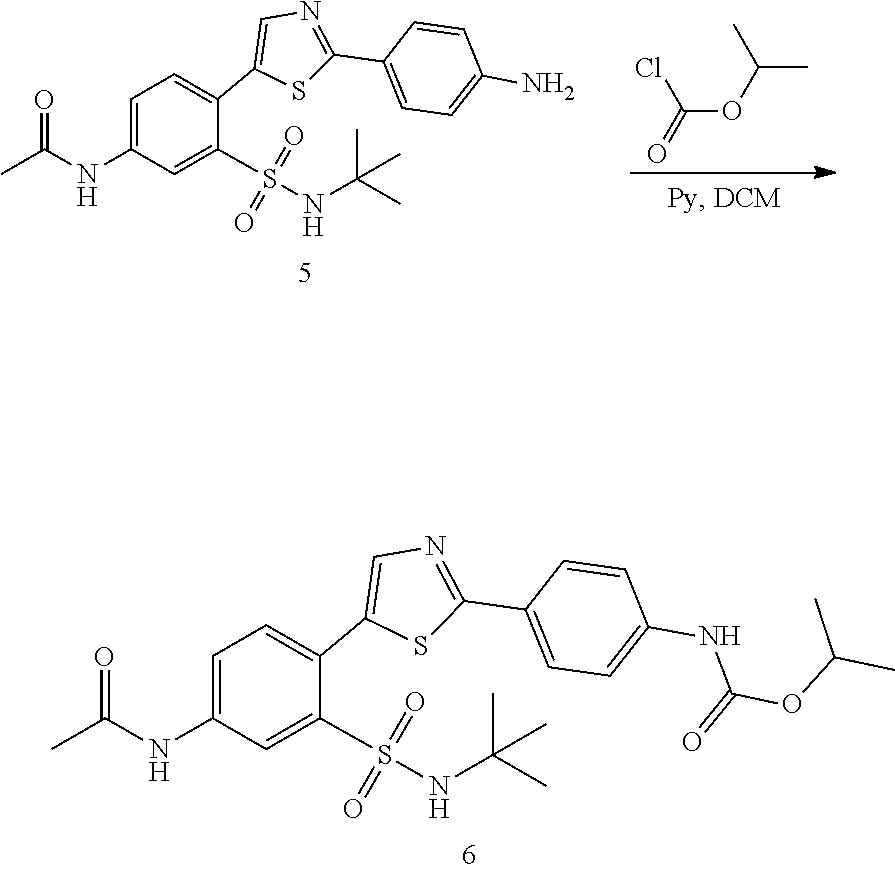
C00017
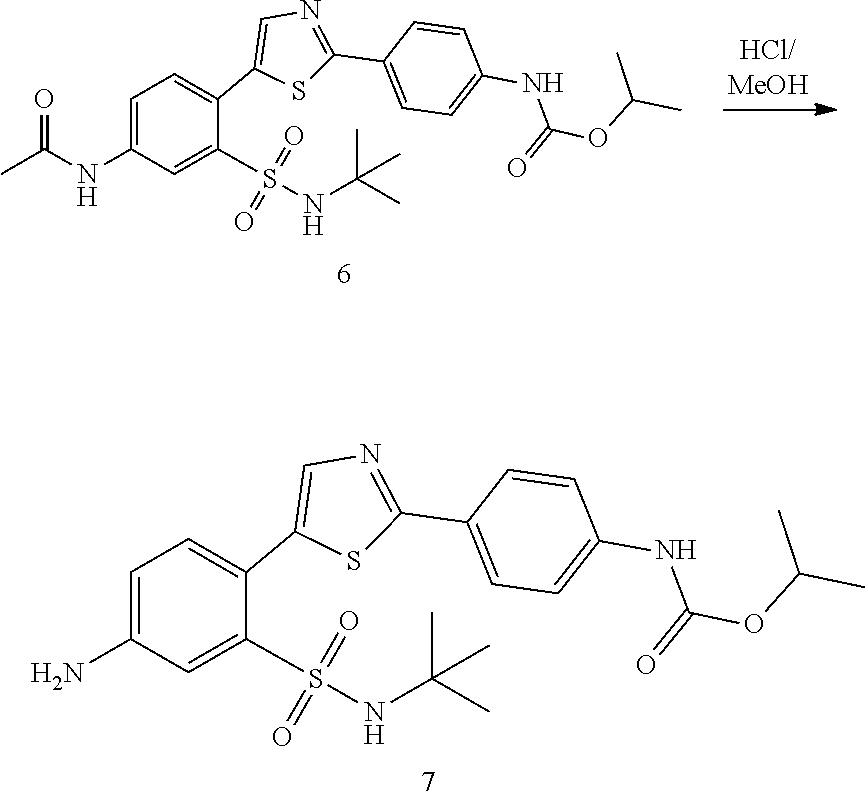
C00018

C00019

C00020

C00021

C00022

C00023

C00024

C00025

C00026

C00027

C00028
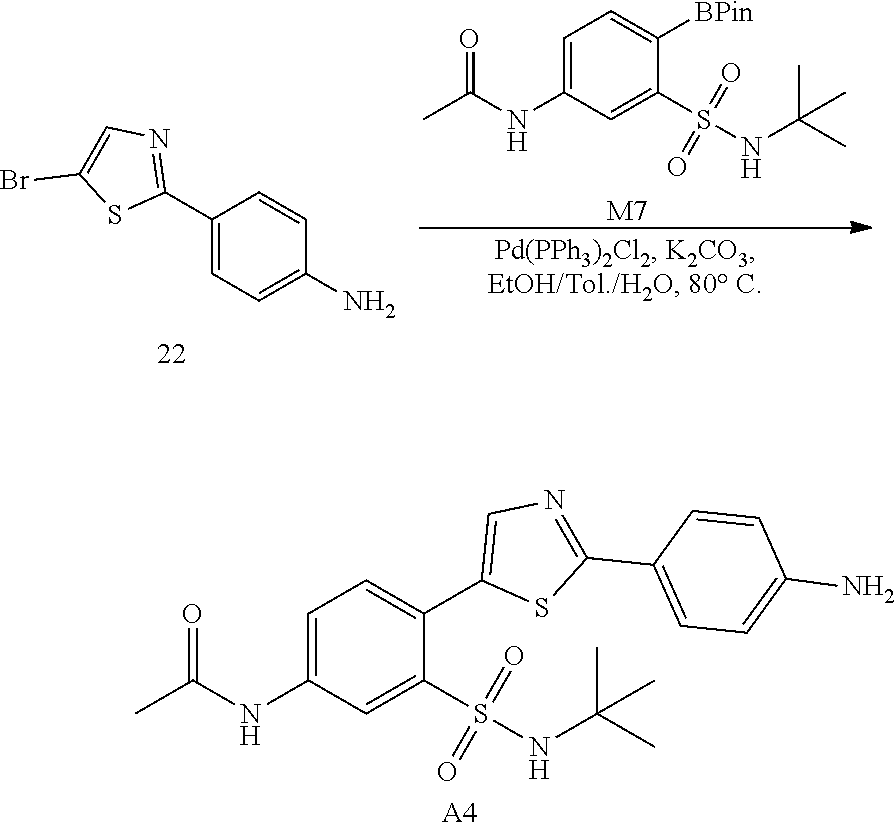
C00029

C00030
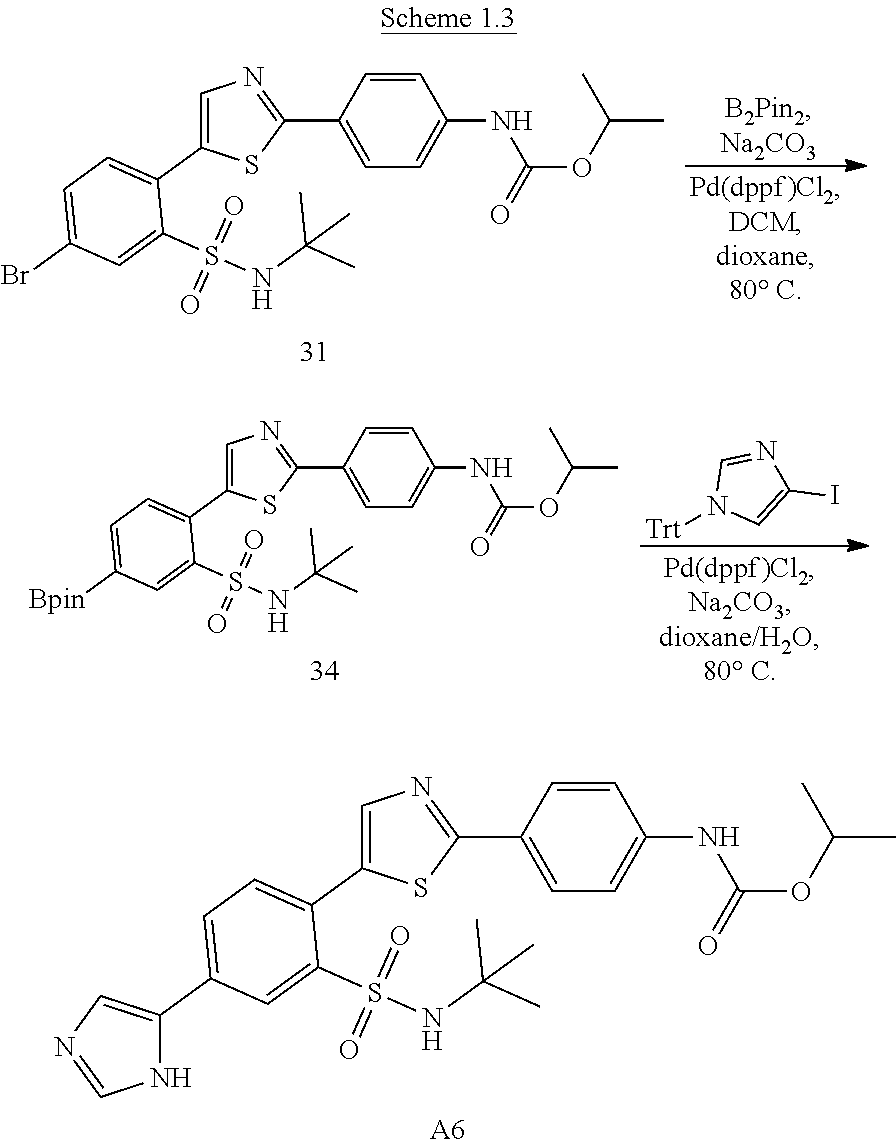
C00031
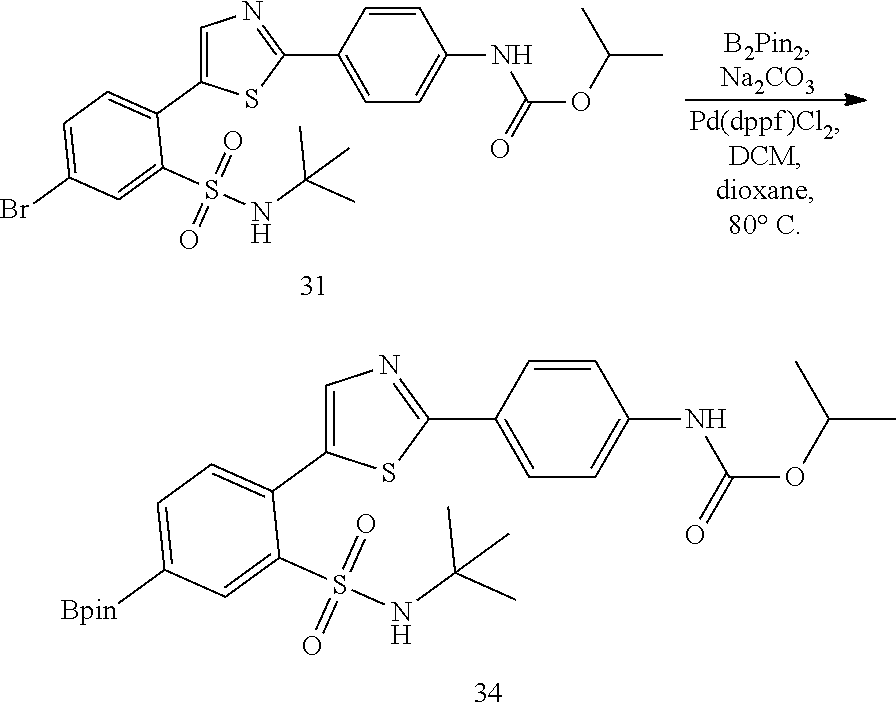
C00032

C00033

C00034
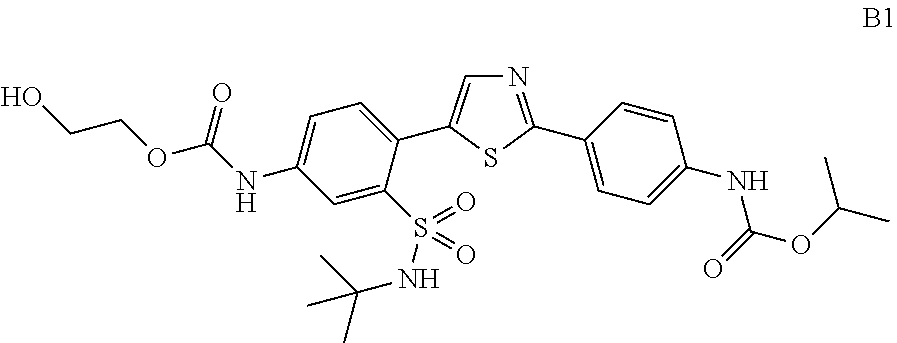
C00035

C00036

C00037

C00038

C00039

C00040
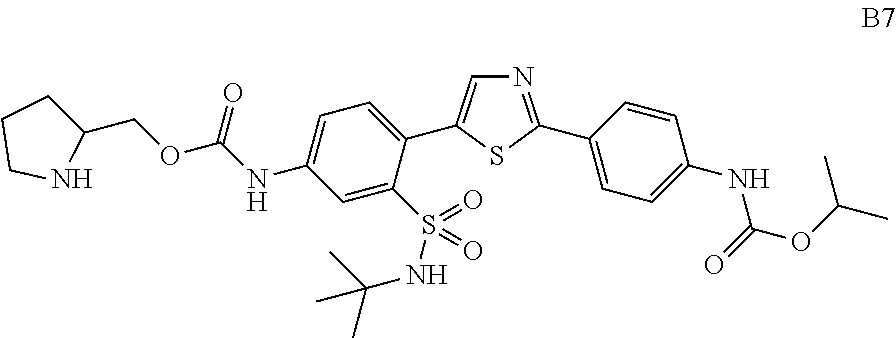
C00041

C00042

C00043

C00044

C00045

C00046

C00047

C00048

C00049
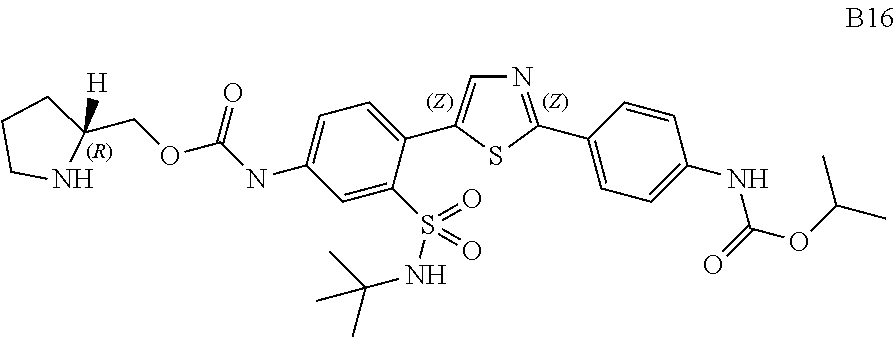
C00050
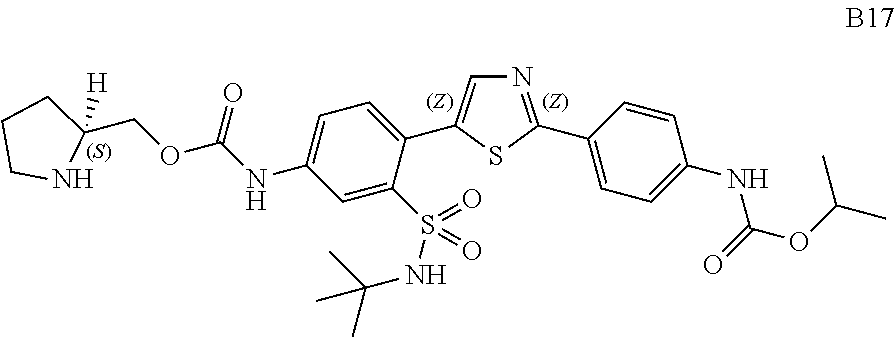
C00051

C00052

C00053

C00054

C00055
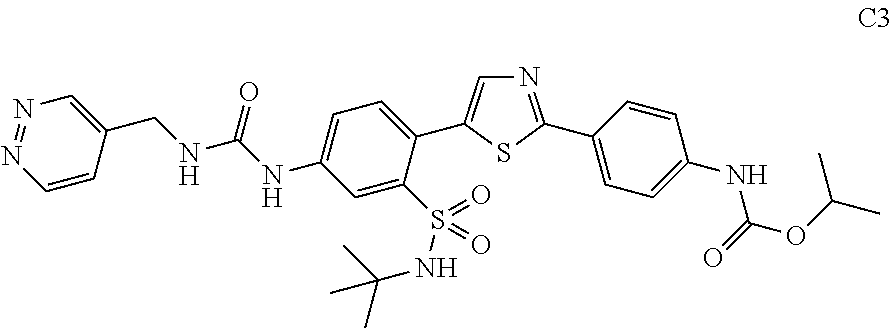
C00056

C00057

C00058

C00059

C00060

C00061
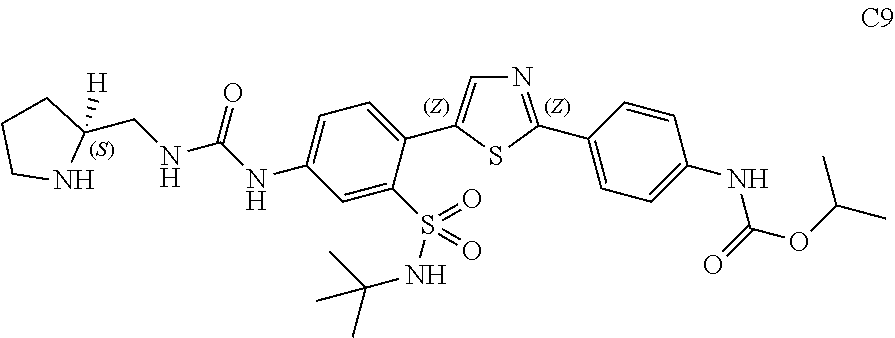
C00062

C00063

C00064
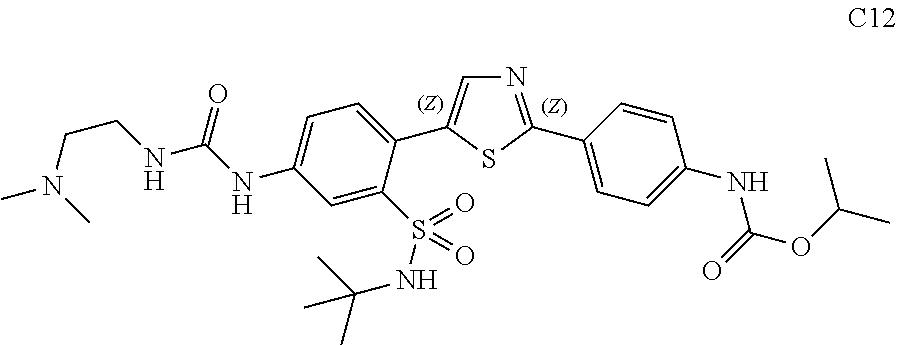
C00065
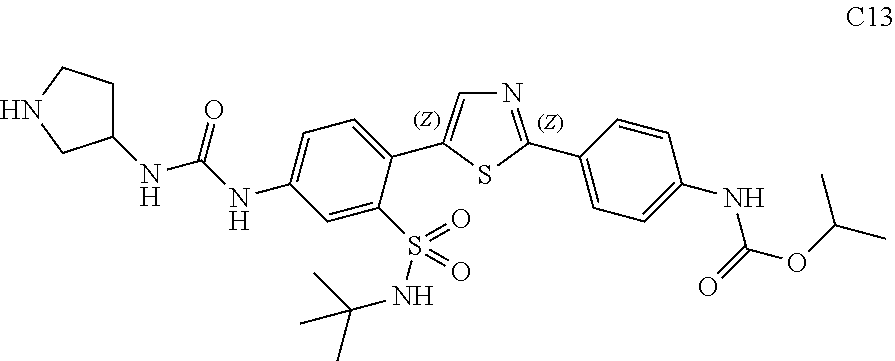
C00066
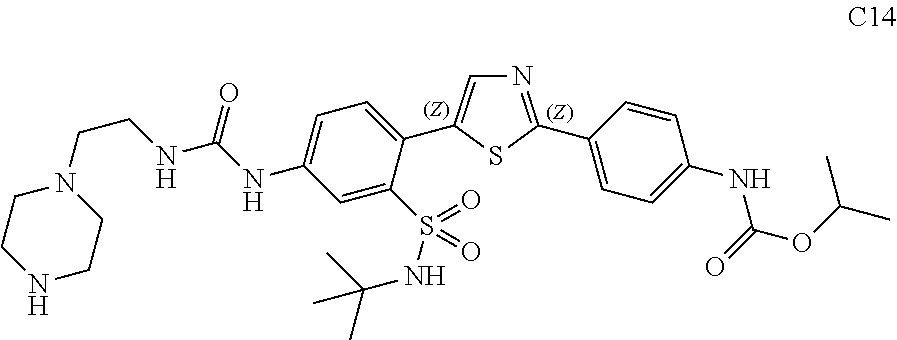
C00067
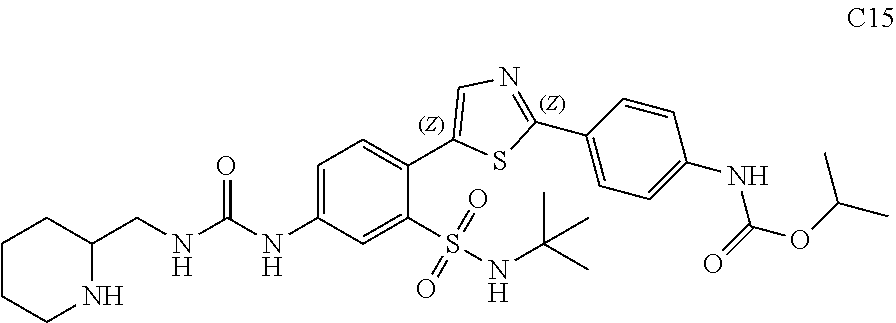
C00068

C00069

C00070

C00071

C00072

C00073

C00074

C00075

C00076

C00077

C00078

C00079

C00080

C00081
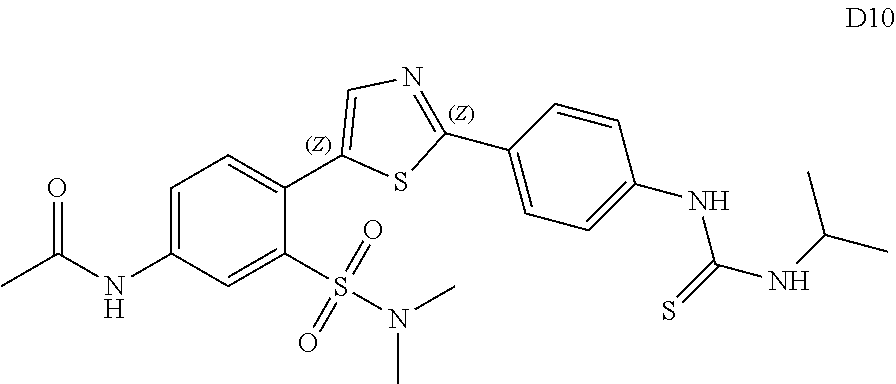
C00082
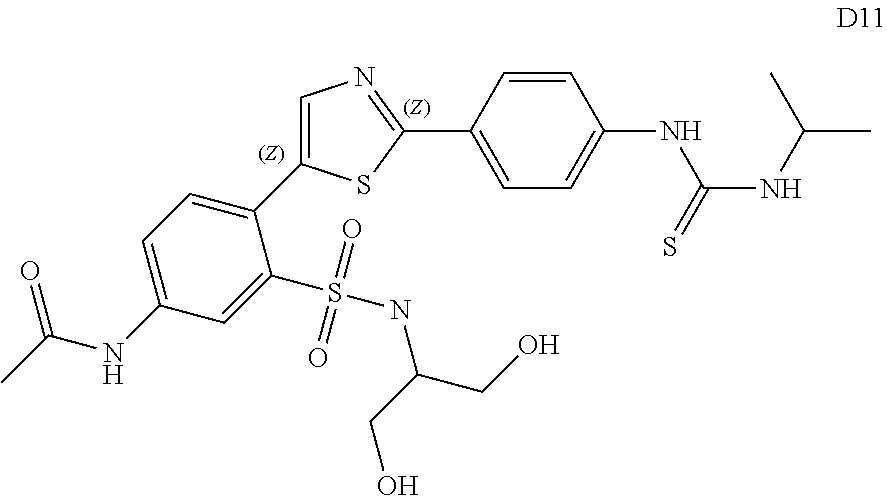
C00083

C00084

C00085
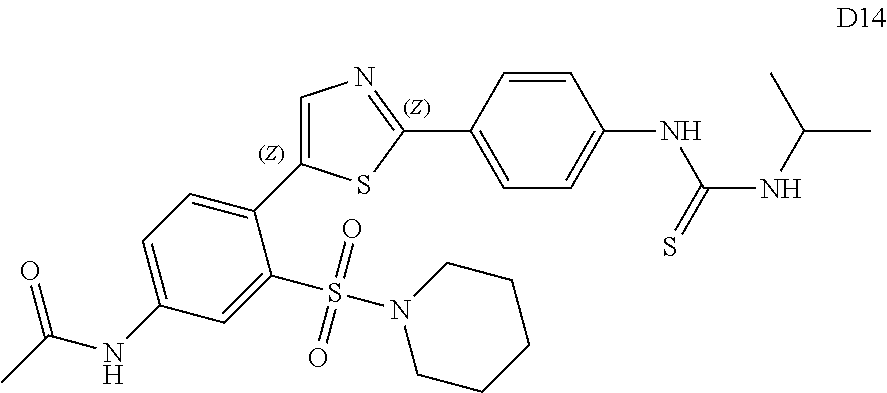
C00086

C00087
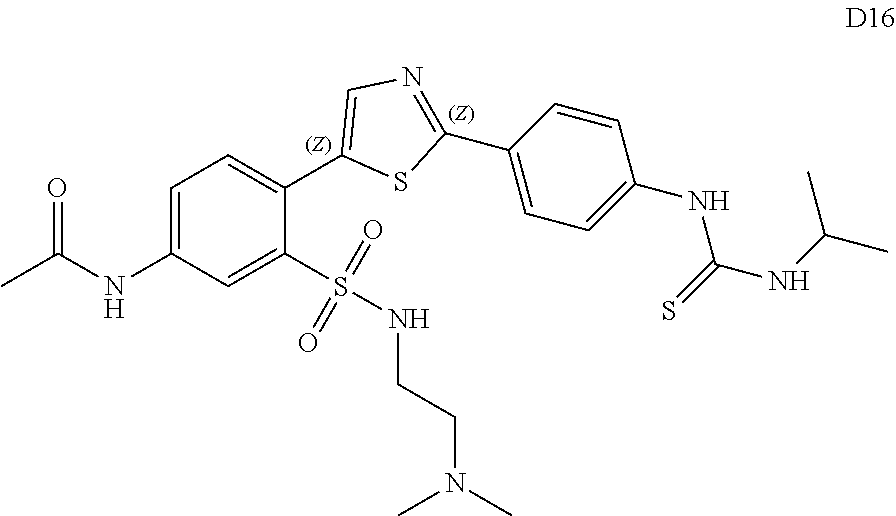
C00088

C00089

C00090

C00091
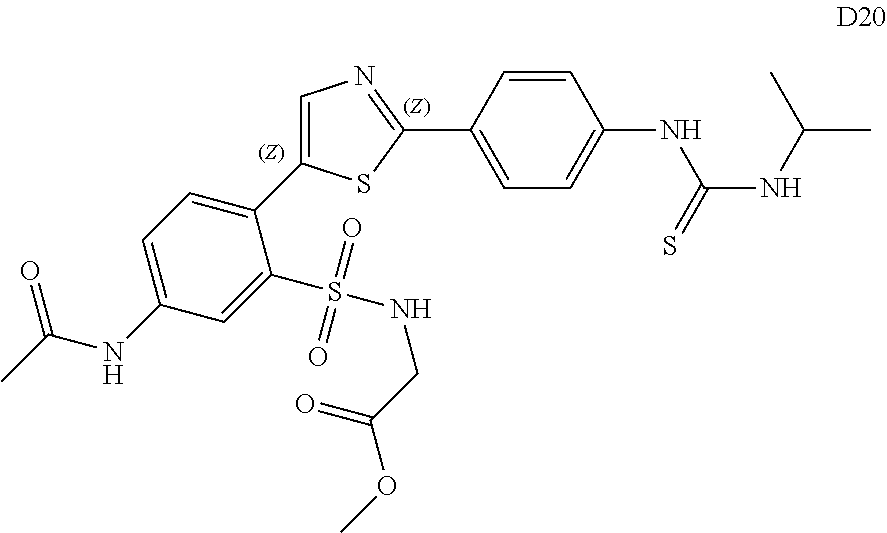
C00092

C00093
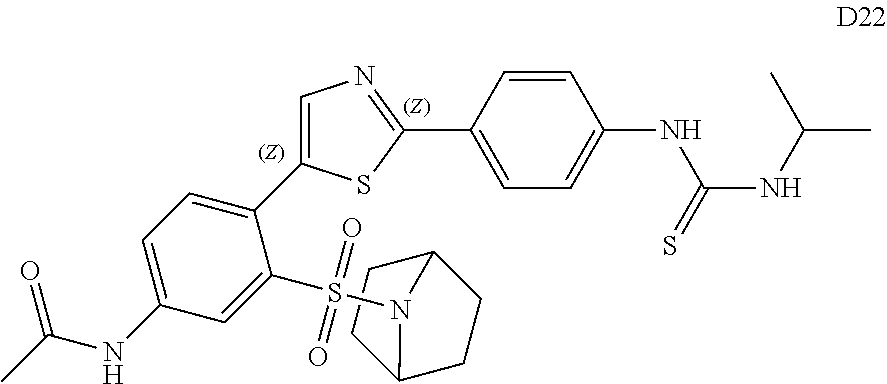
C00094

C00095

C00096
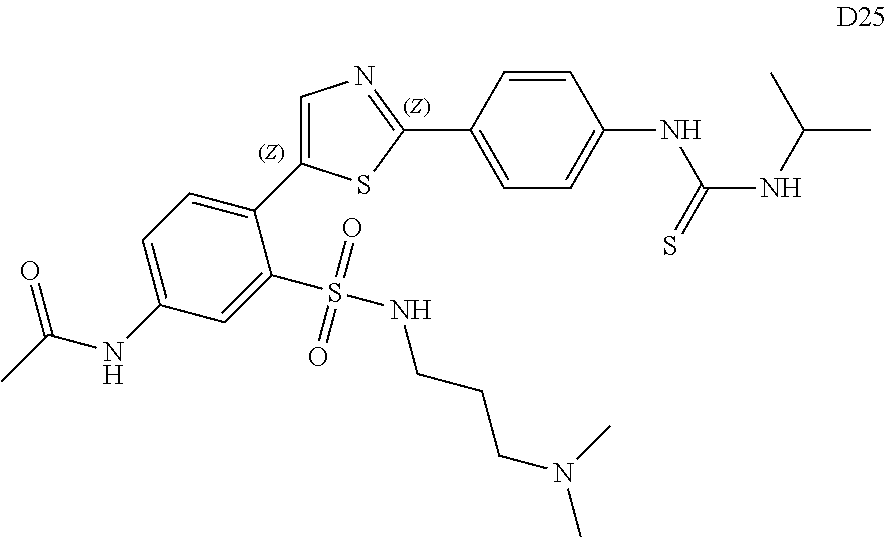
C00097

C00098
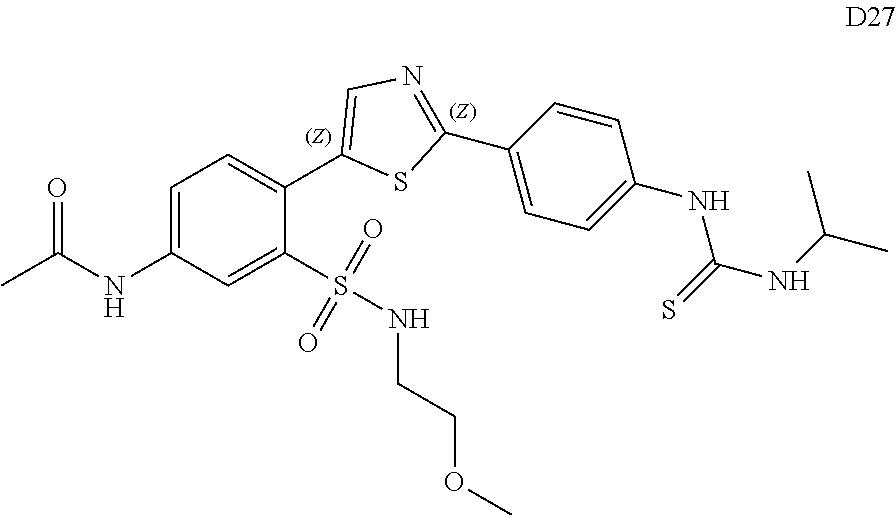
C00099

C00100

C00101

C00102
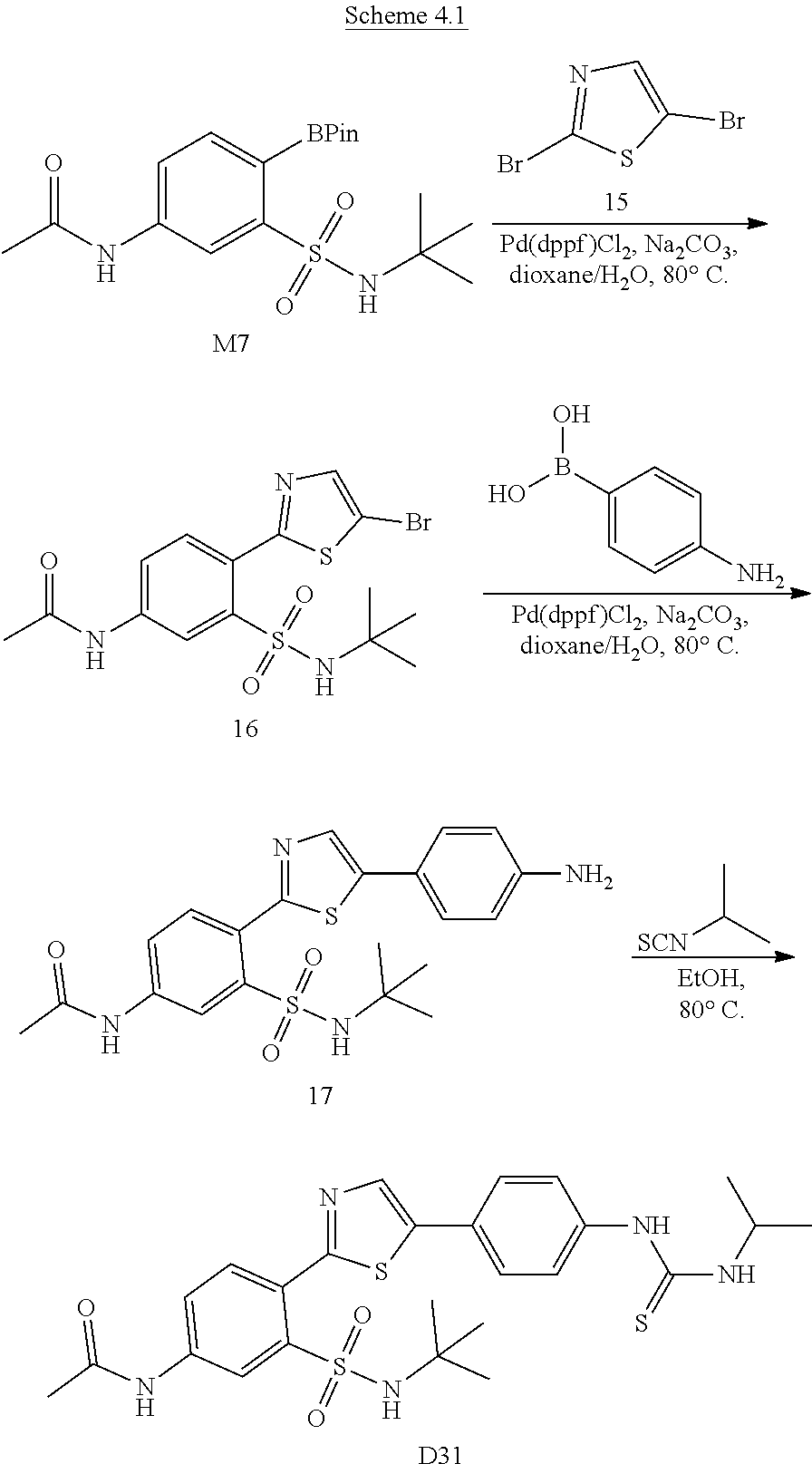
C00103

C00104
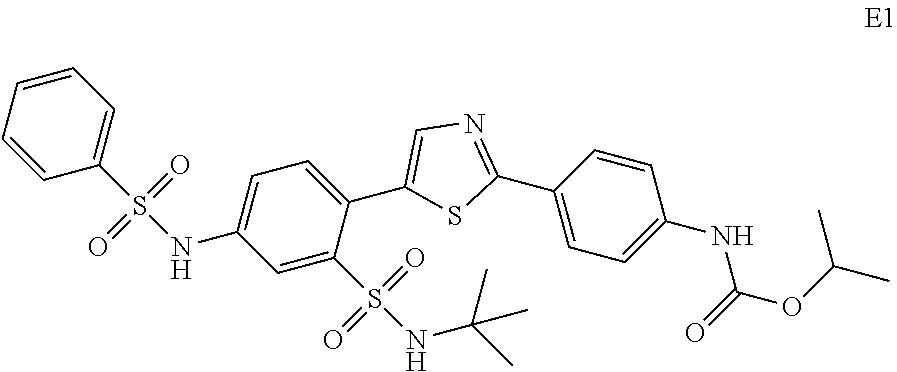
C00105

C00106

C00107

C00108

C00109

C00110

C00111

C00112

C00113
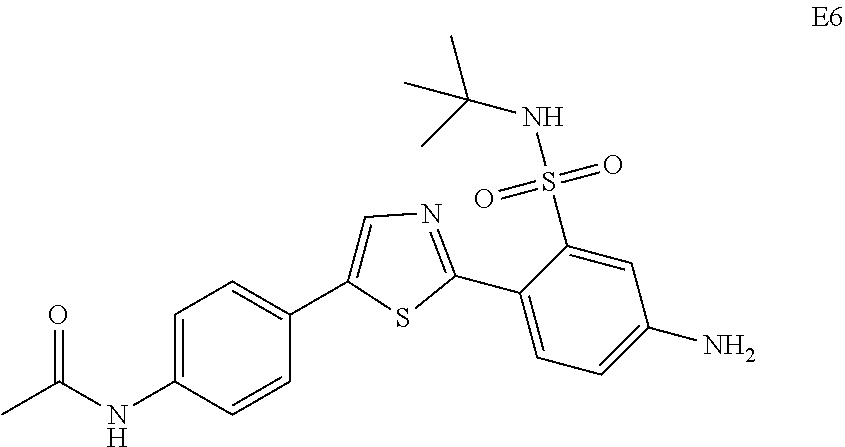
C00114

C00115

C00116

C00117

C00118

C00119
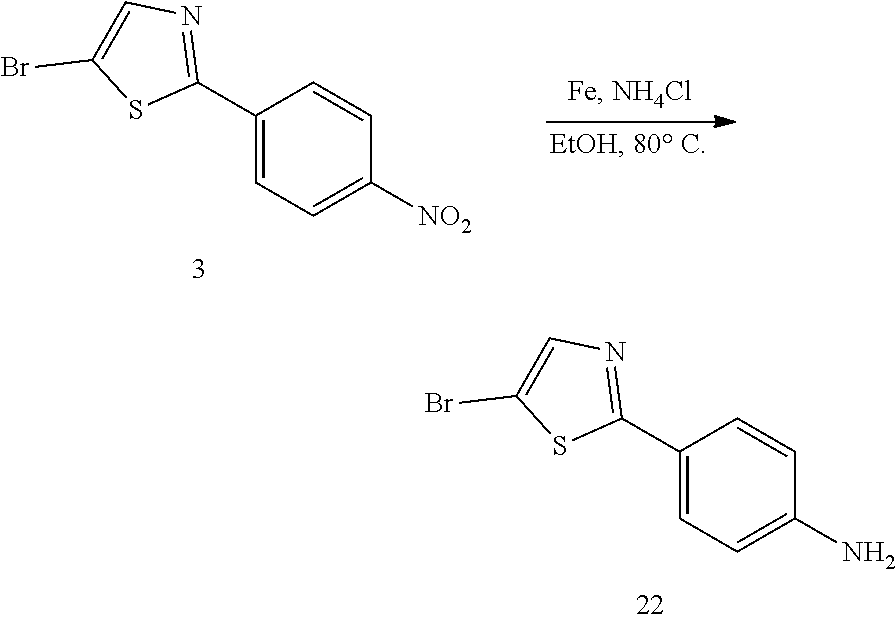
C00120

C00121

C00122
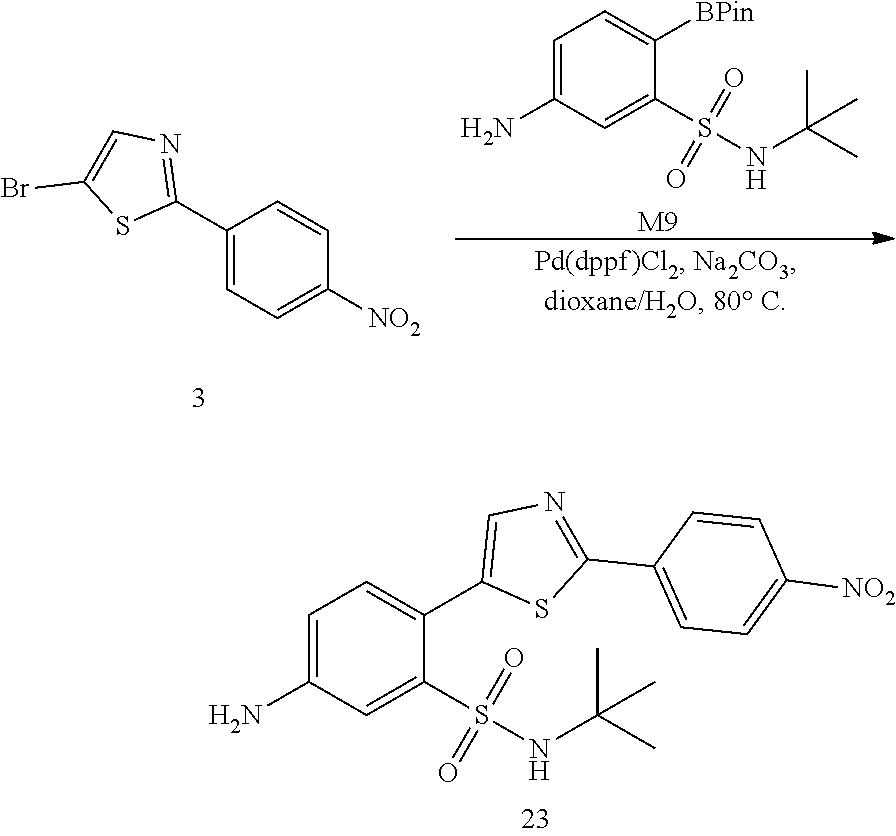
C00123

C00124
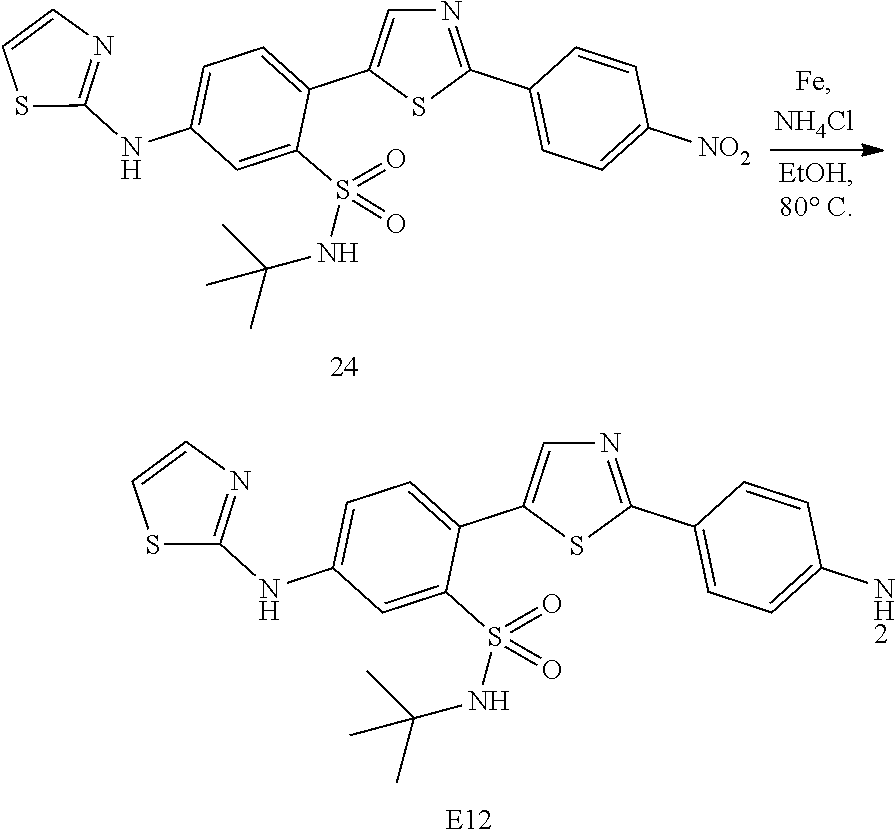
C00125

C00126
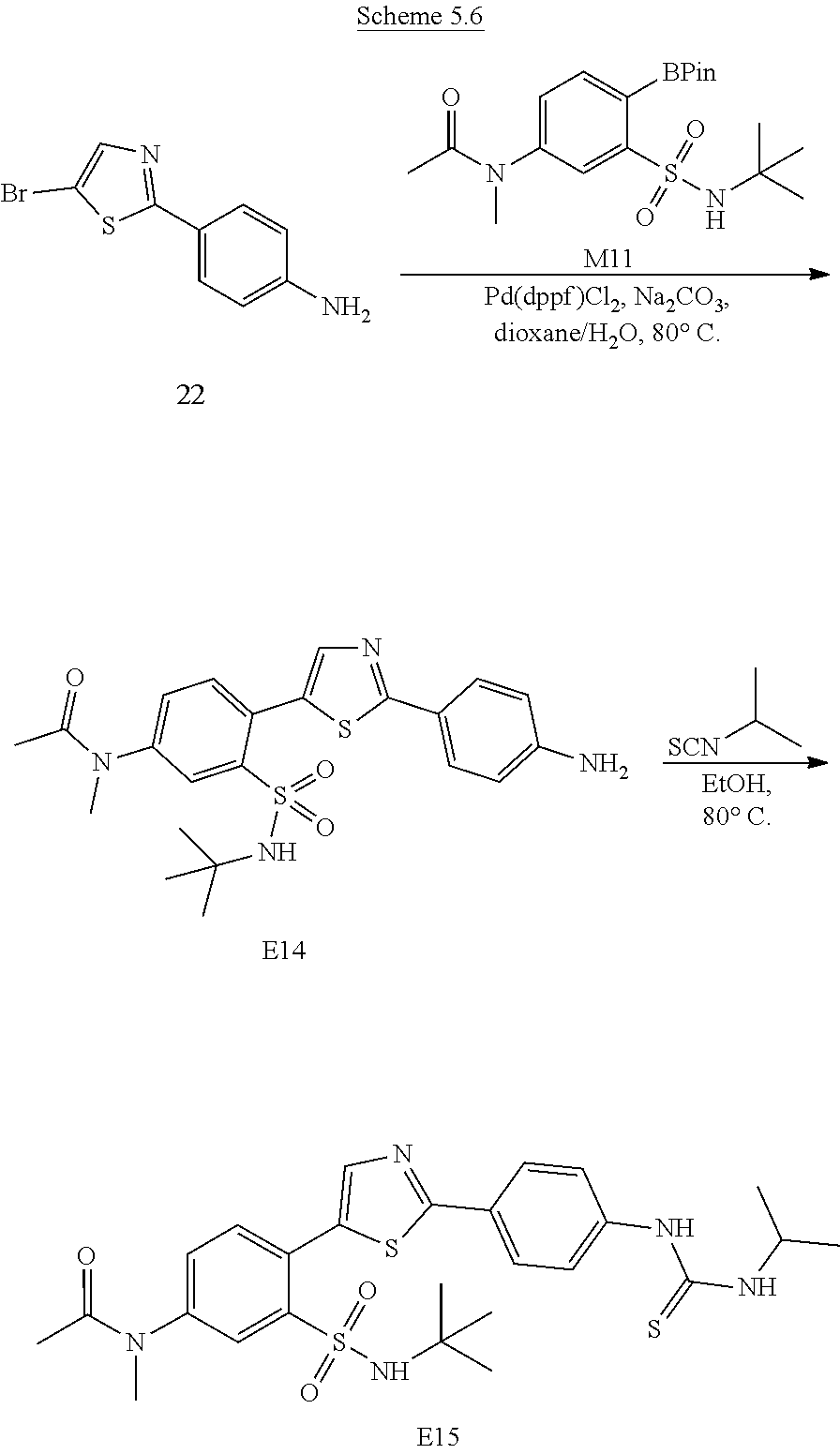
C00127

C00128

C00129

C00130

C00131
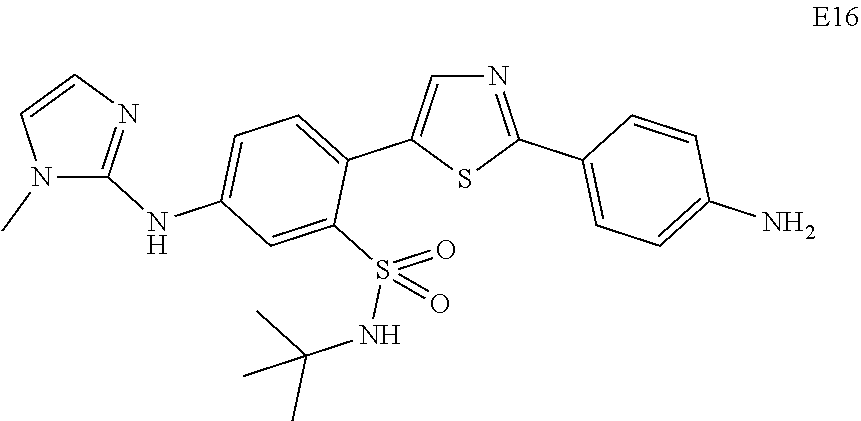
C00132

C00133

C00134
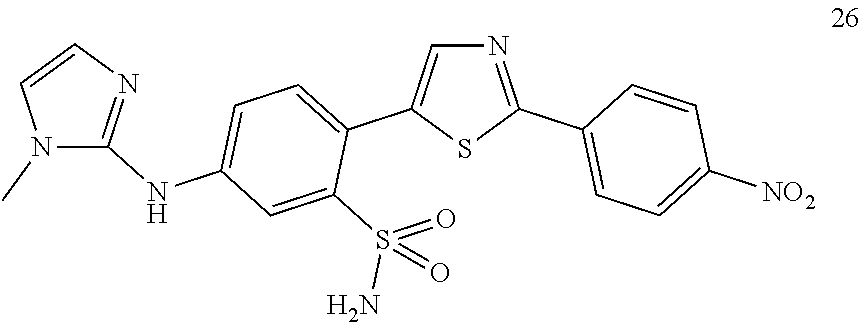
C00135

C00136

C00137
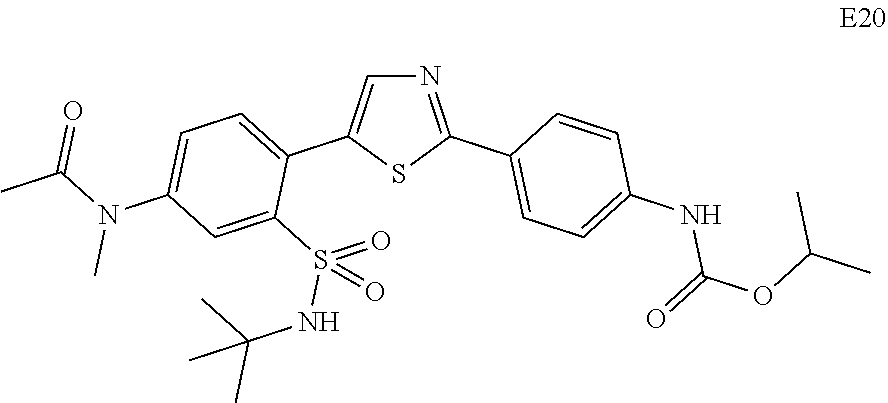
C00138

C00139
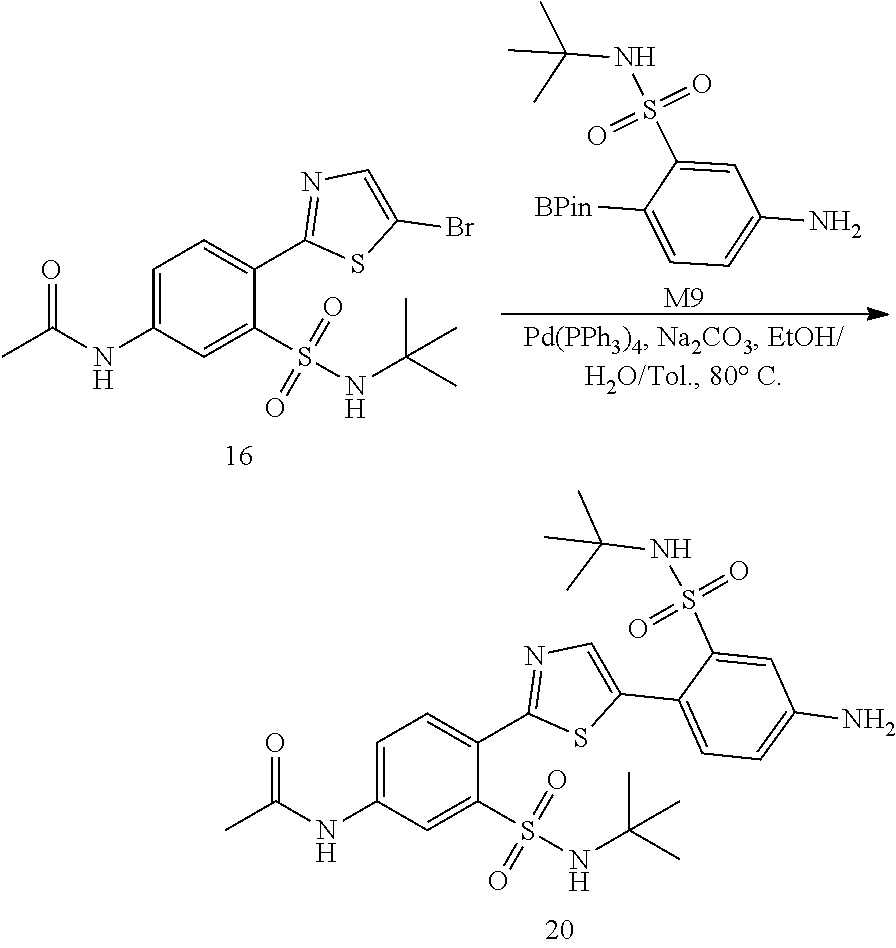
C00140
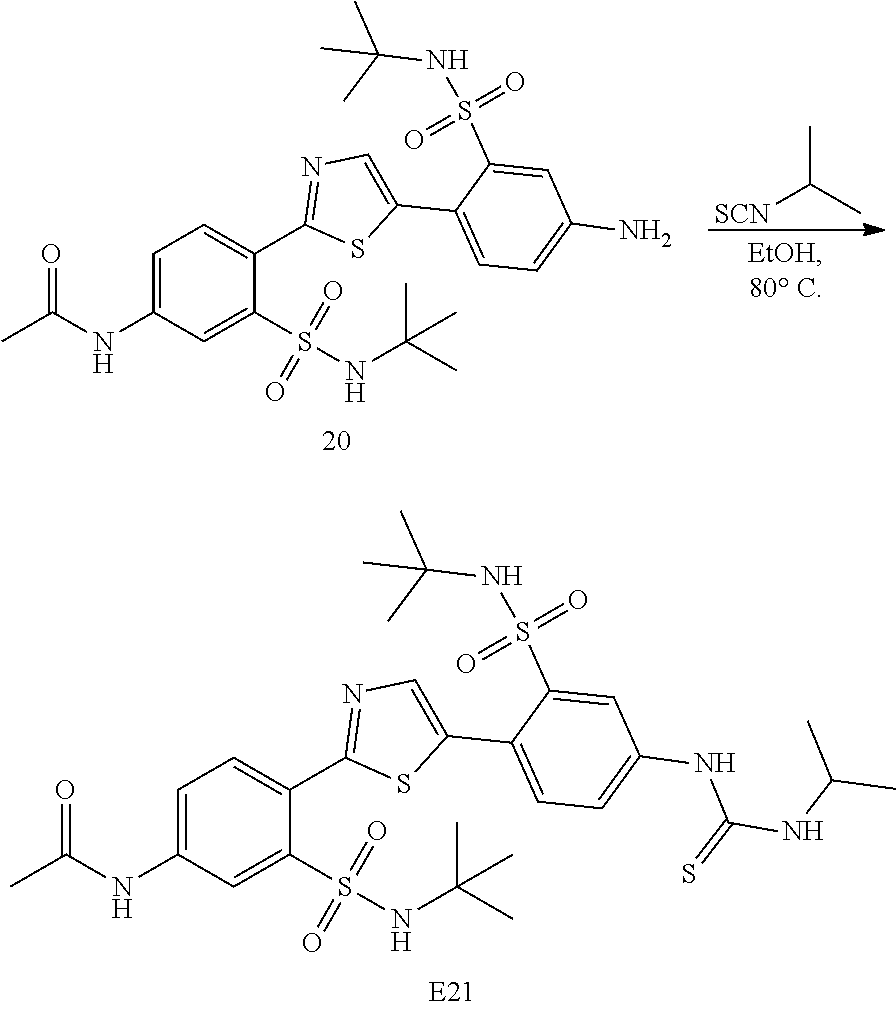
C00141

C00142

C00143

C00144

C00145

C00146

C00147
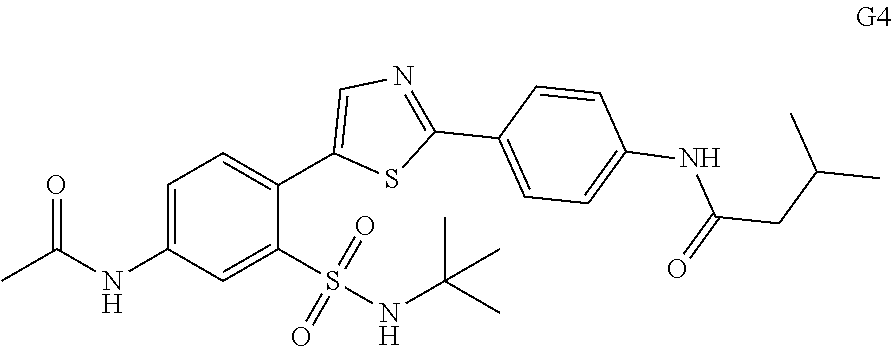
C00148

C00149

C00150

C00151

C00152

C00153
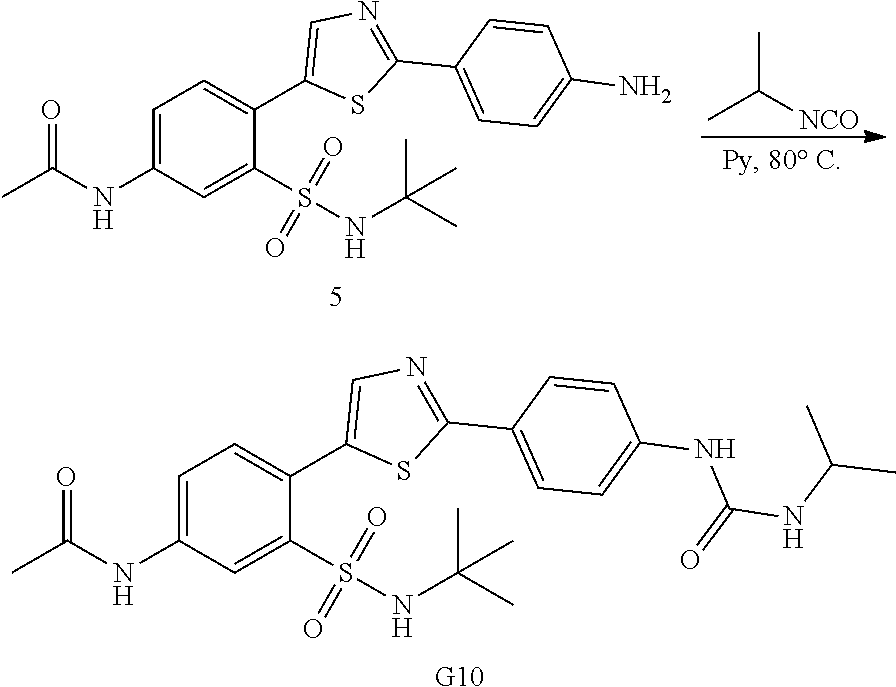
C00154

C00155
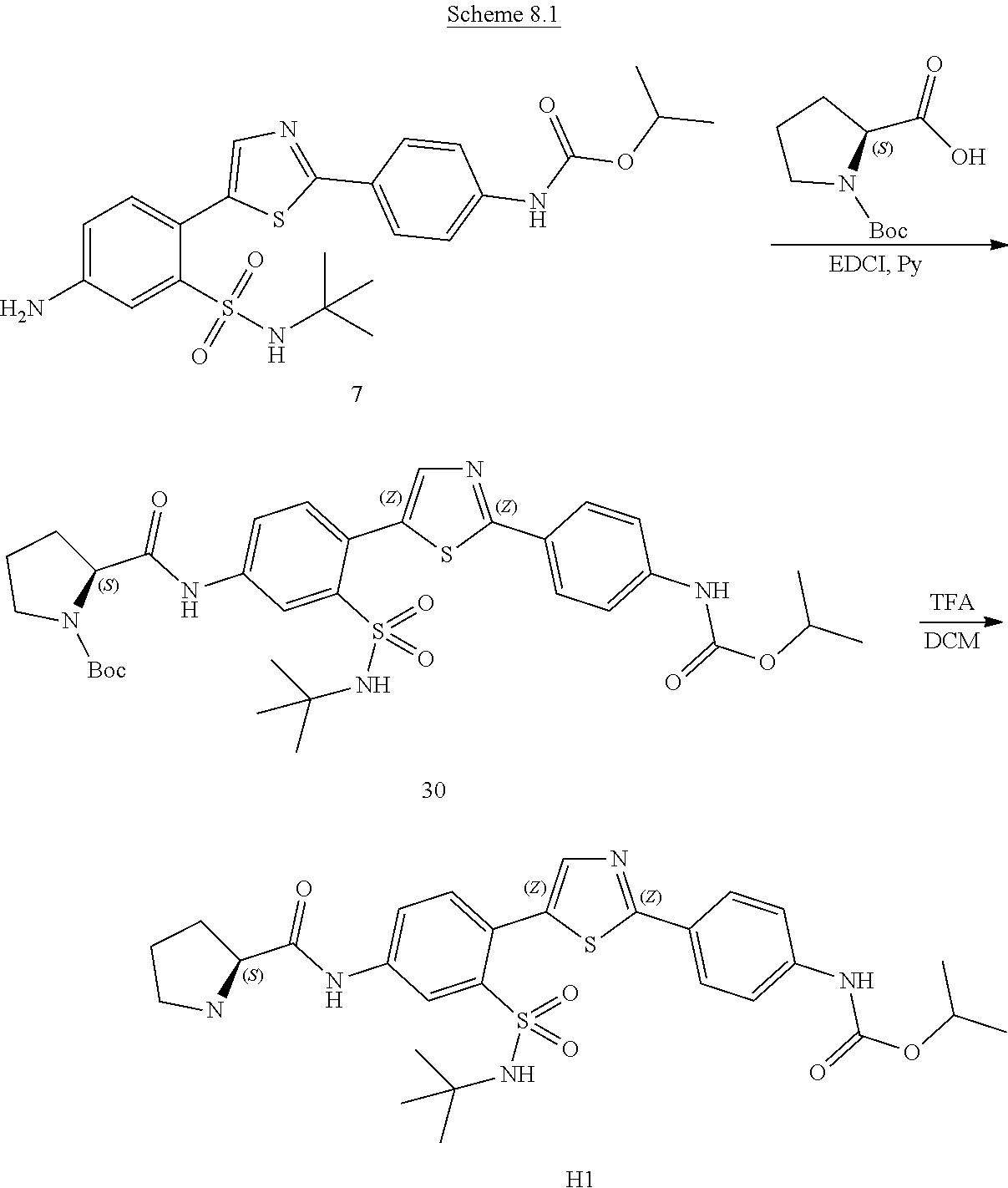
C00156

C00157

C00158

C00159

C00160
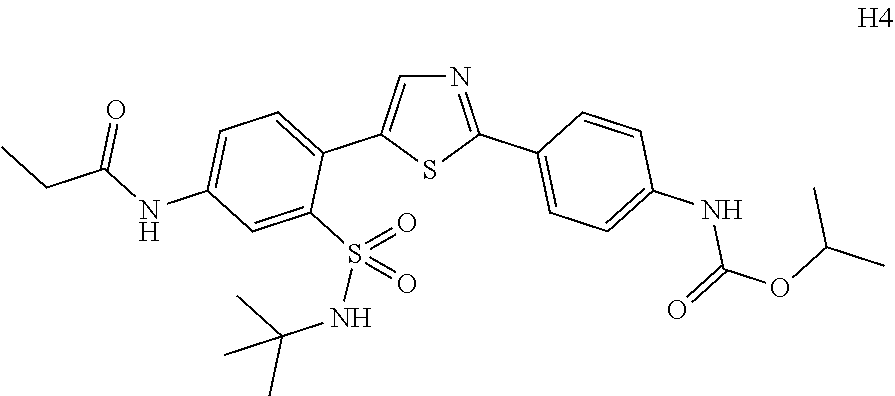
C00161
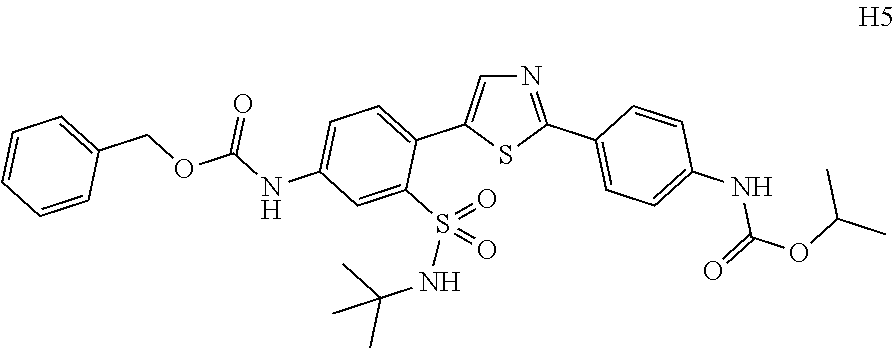
C00162

C00163
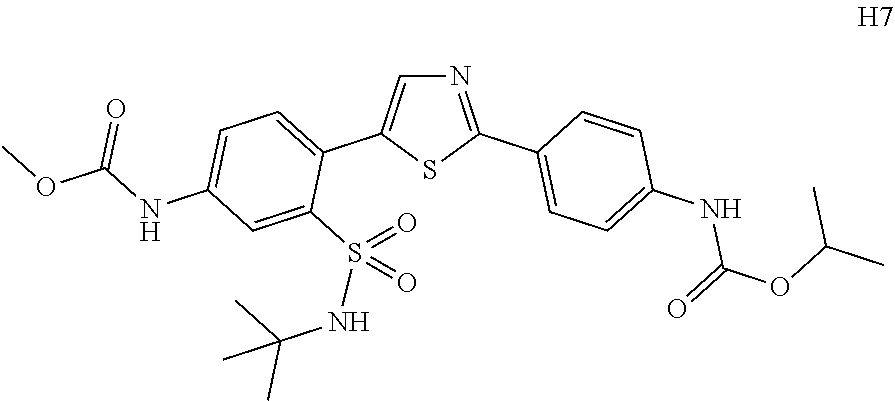
C00164

C00165

C00166

C00167

C00168
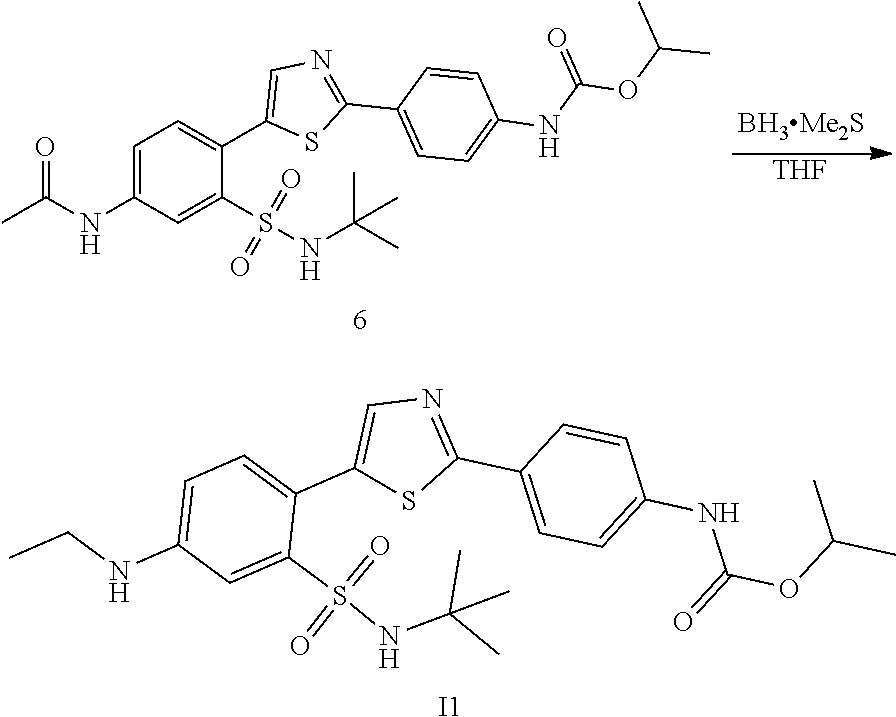
C00169

C00170
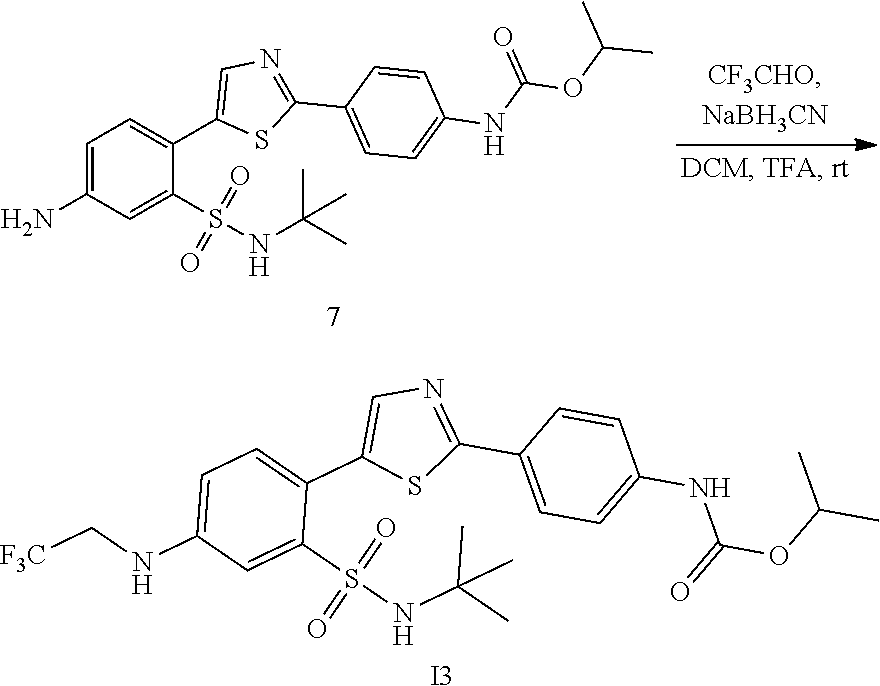
C00171

C00172

C00173

C00174
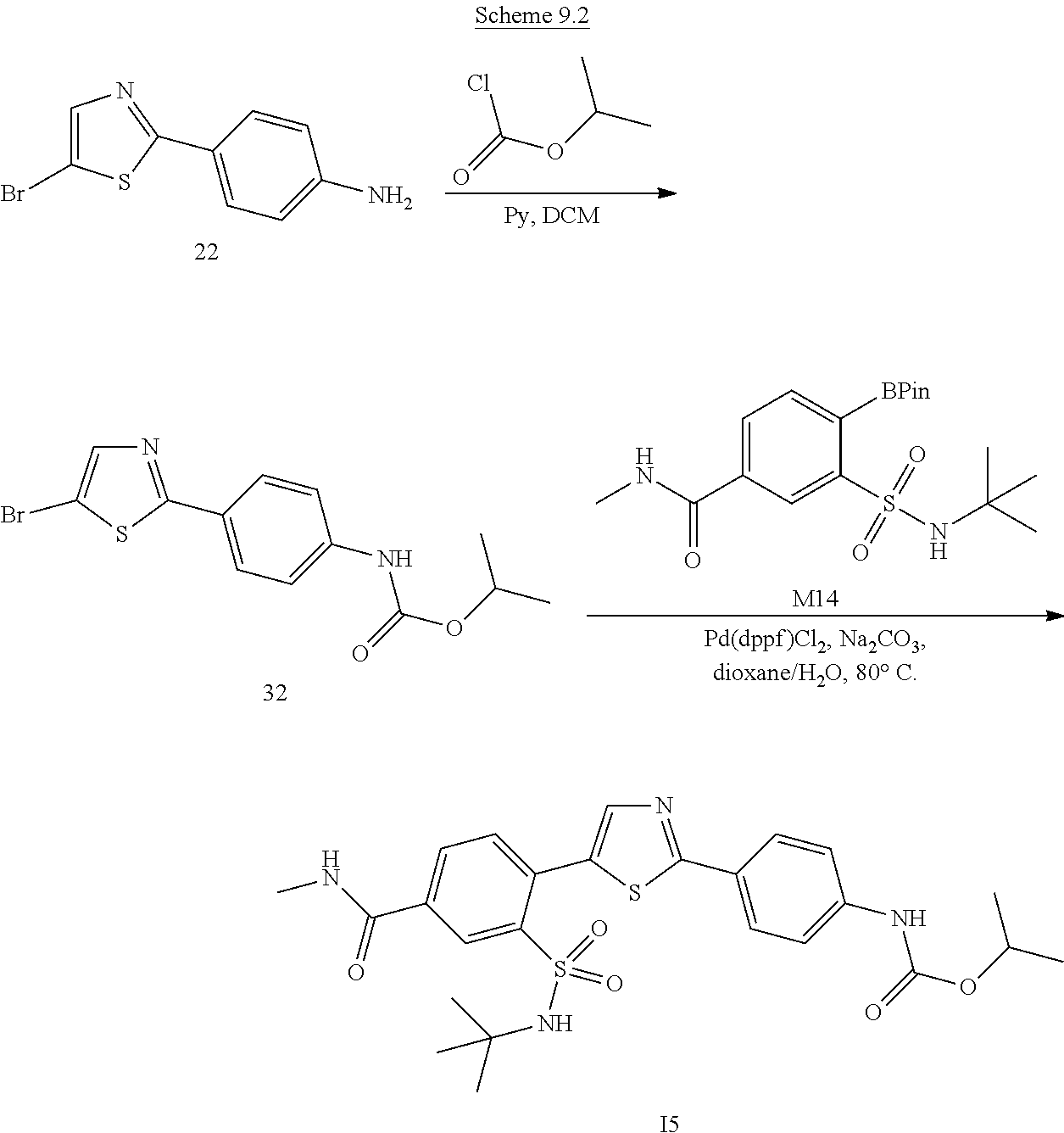
C00175

C00176

C00177

C00178
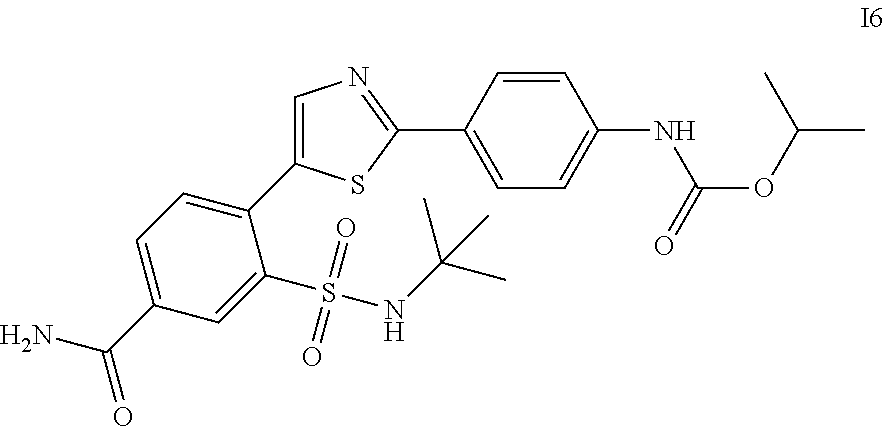
C00179

C00180

C00181

C00182
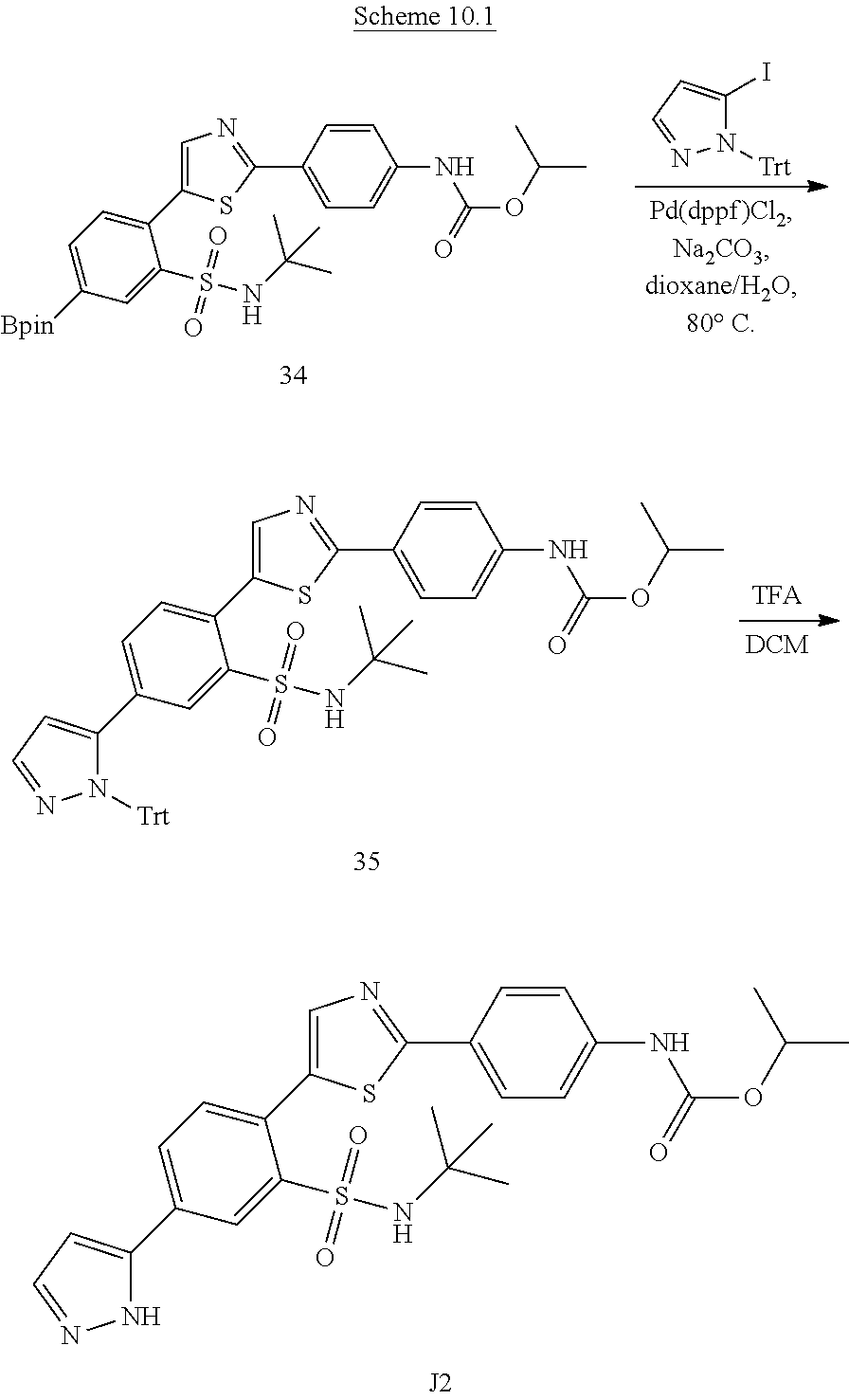
C00183

C00184

C00185

C00186

C00187

C00188

C00189

C00190
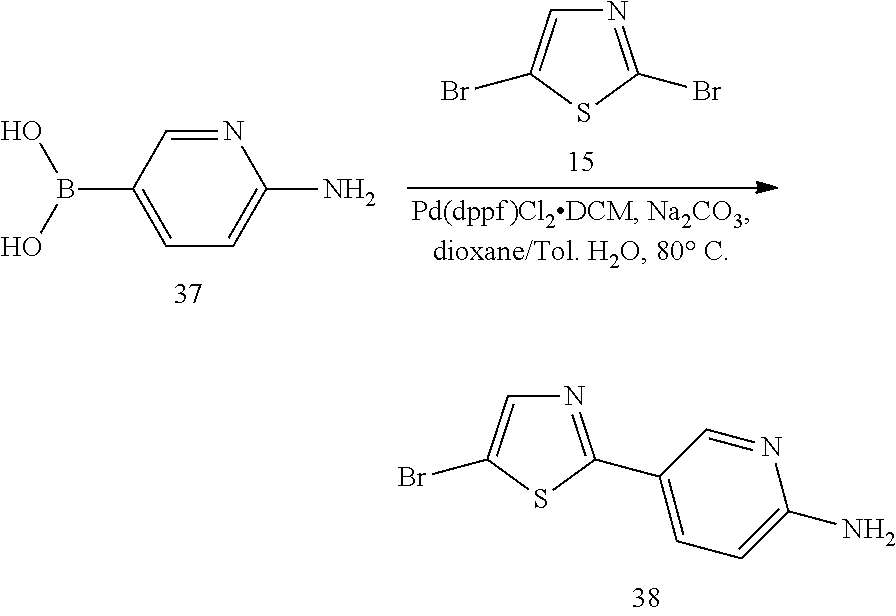
C00191

C00192

C00193

C00194

C00195

C00196

C00197

C00198

C00199

C00200

C00201
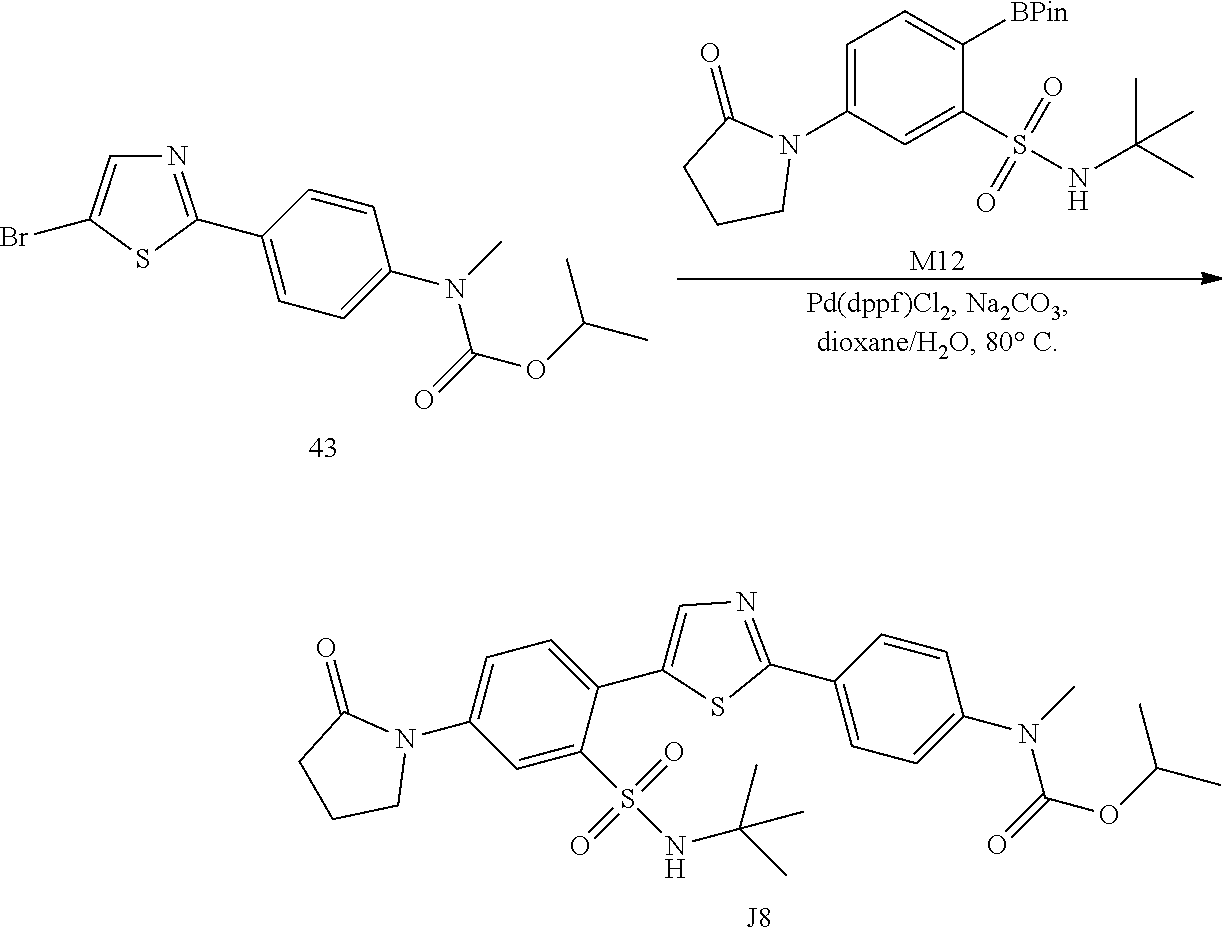
C00202

C00203

C00204

C00205

C00206

C00207

C00208
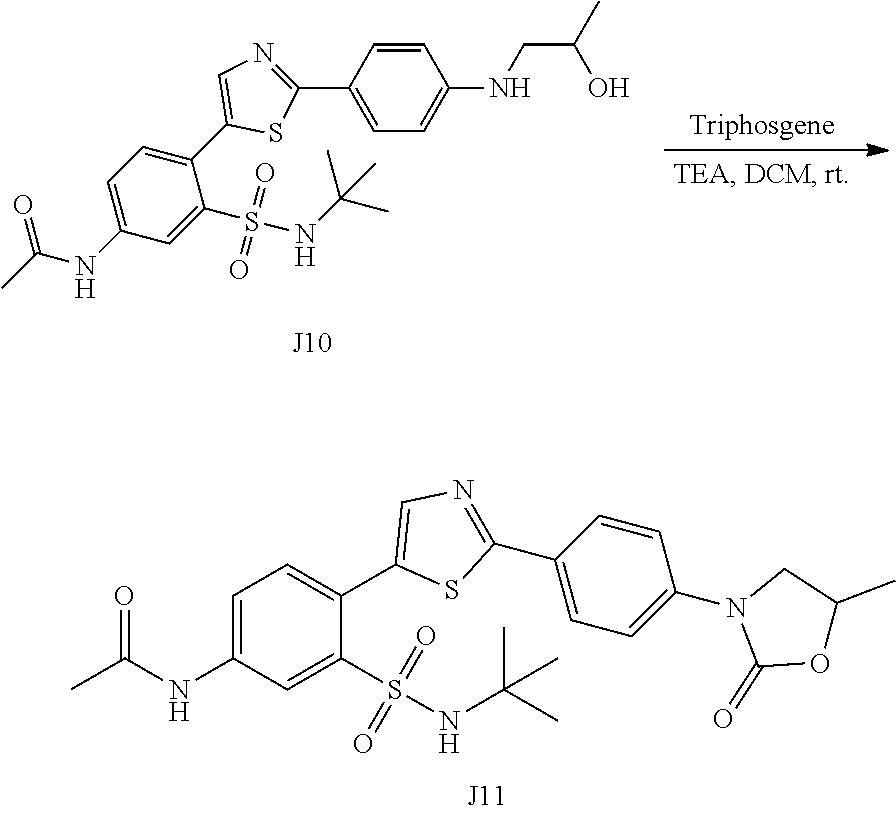
C00209

C00210

C00211

C00212

C00213
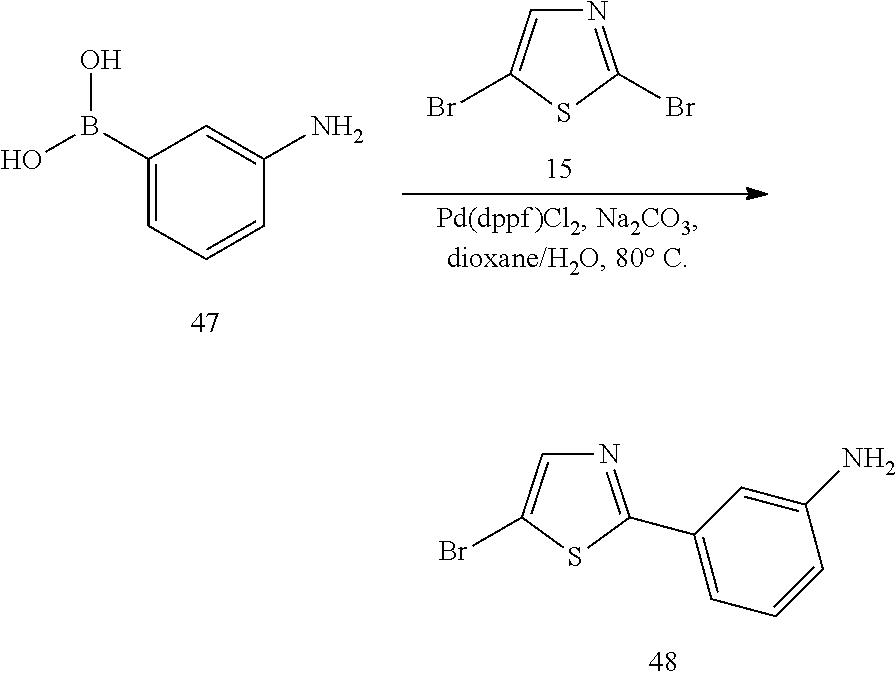
C00214

C00215
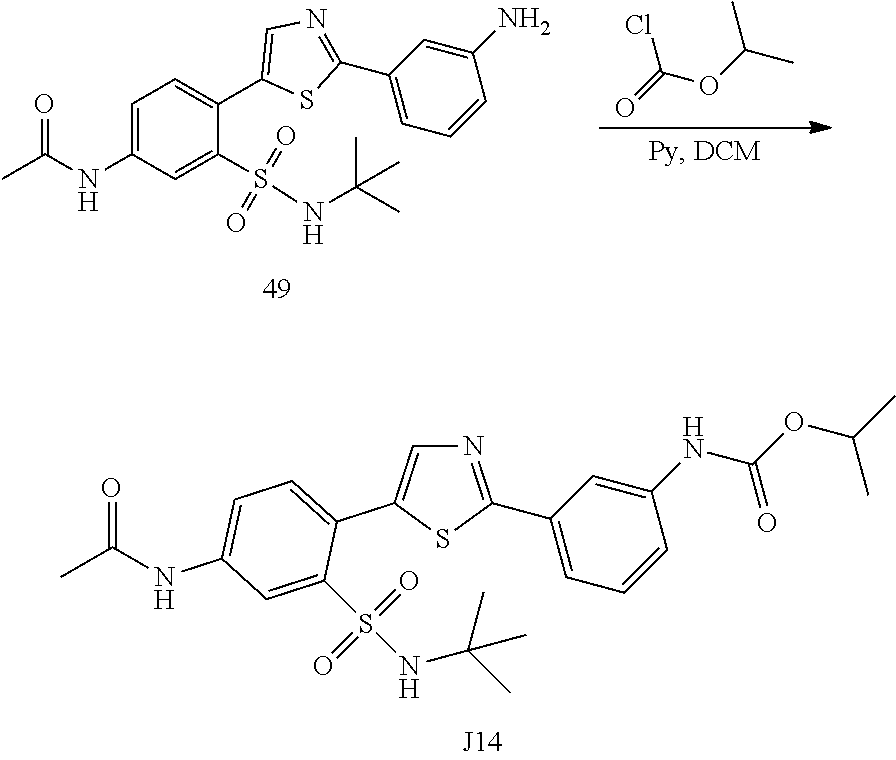
C00216
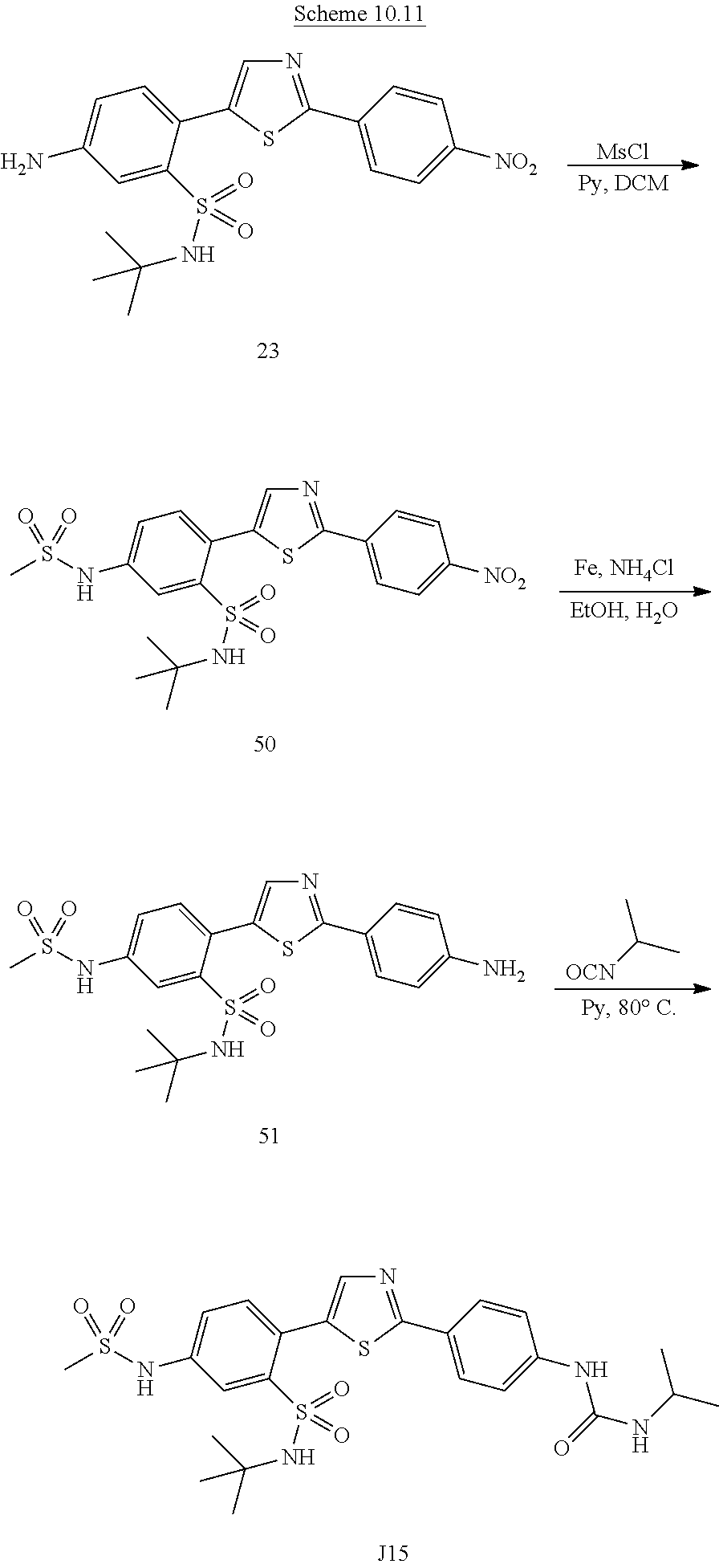
C00217
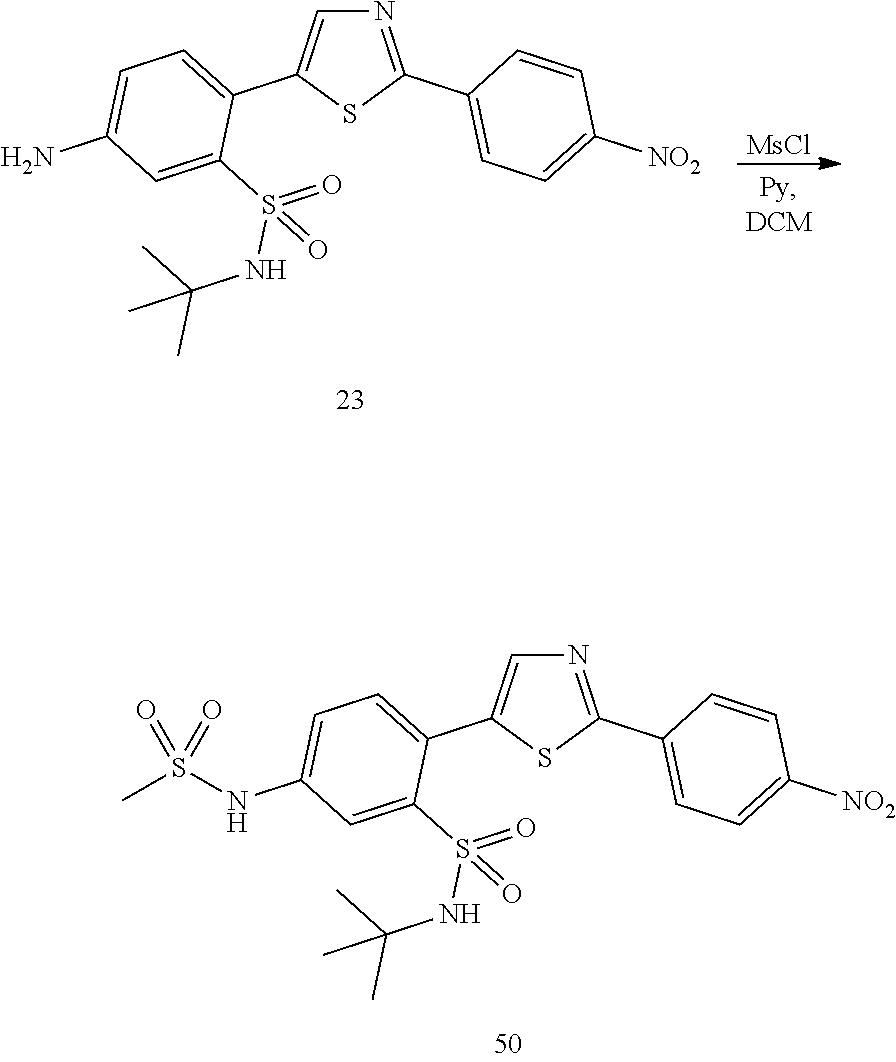
C00218
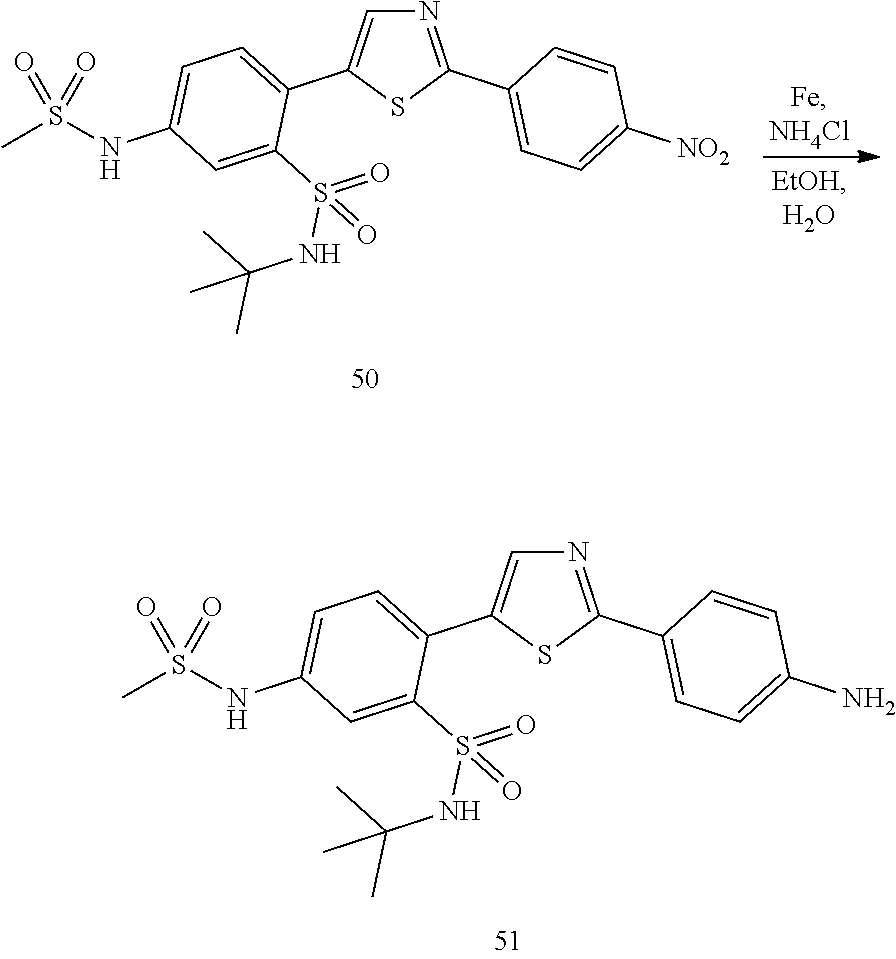
C00219

C00220

C00221
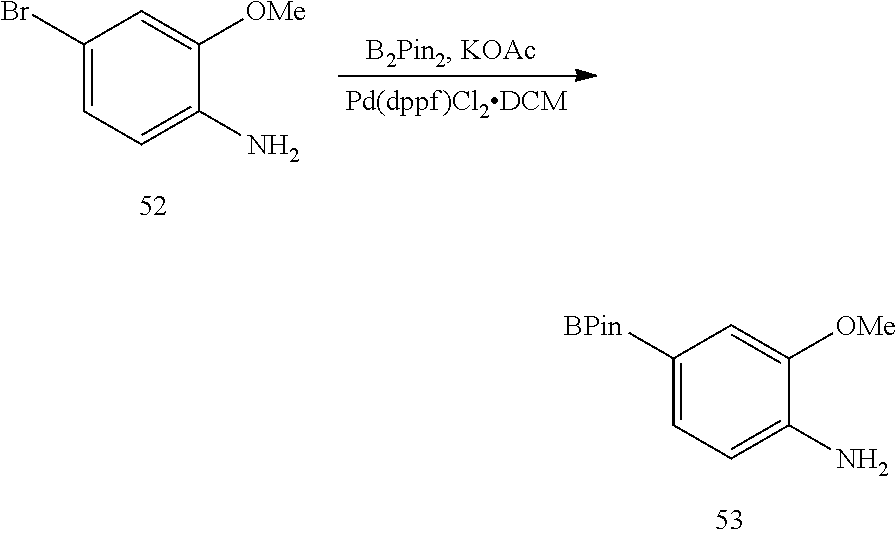
C00222

C00223

C00224

C00225
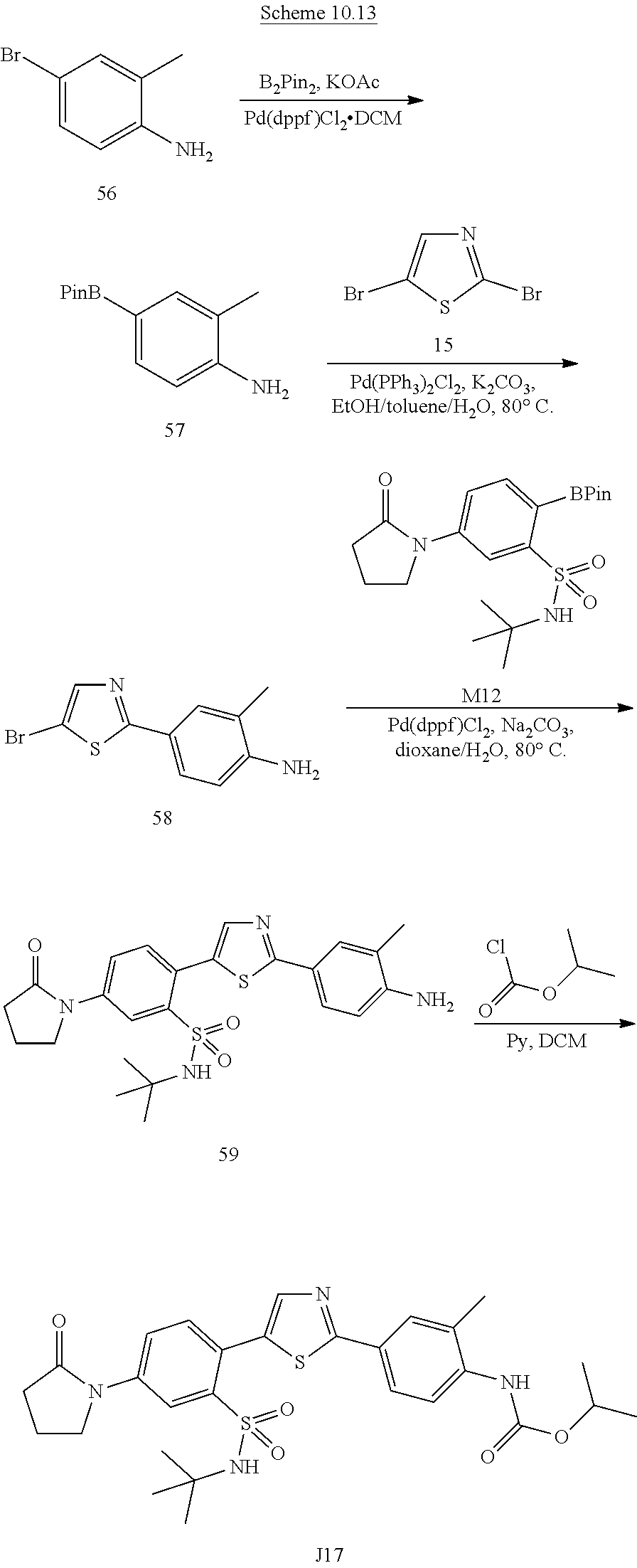
C00226

C00227

C00228

C00229
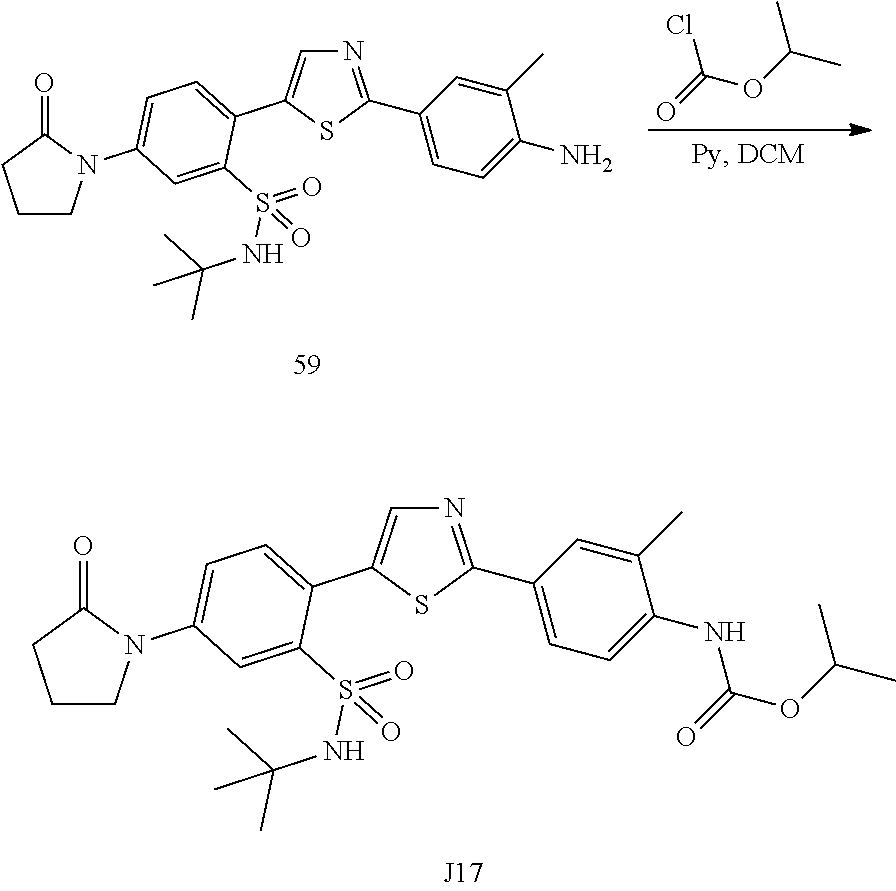
C00230

C00231

C00232

C00233

C00234

C00235

C00236

C00237

C00238
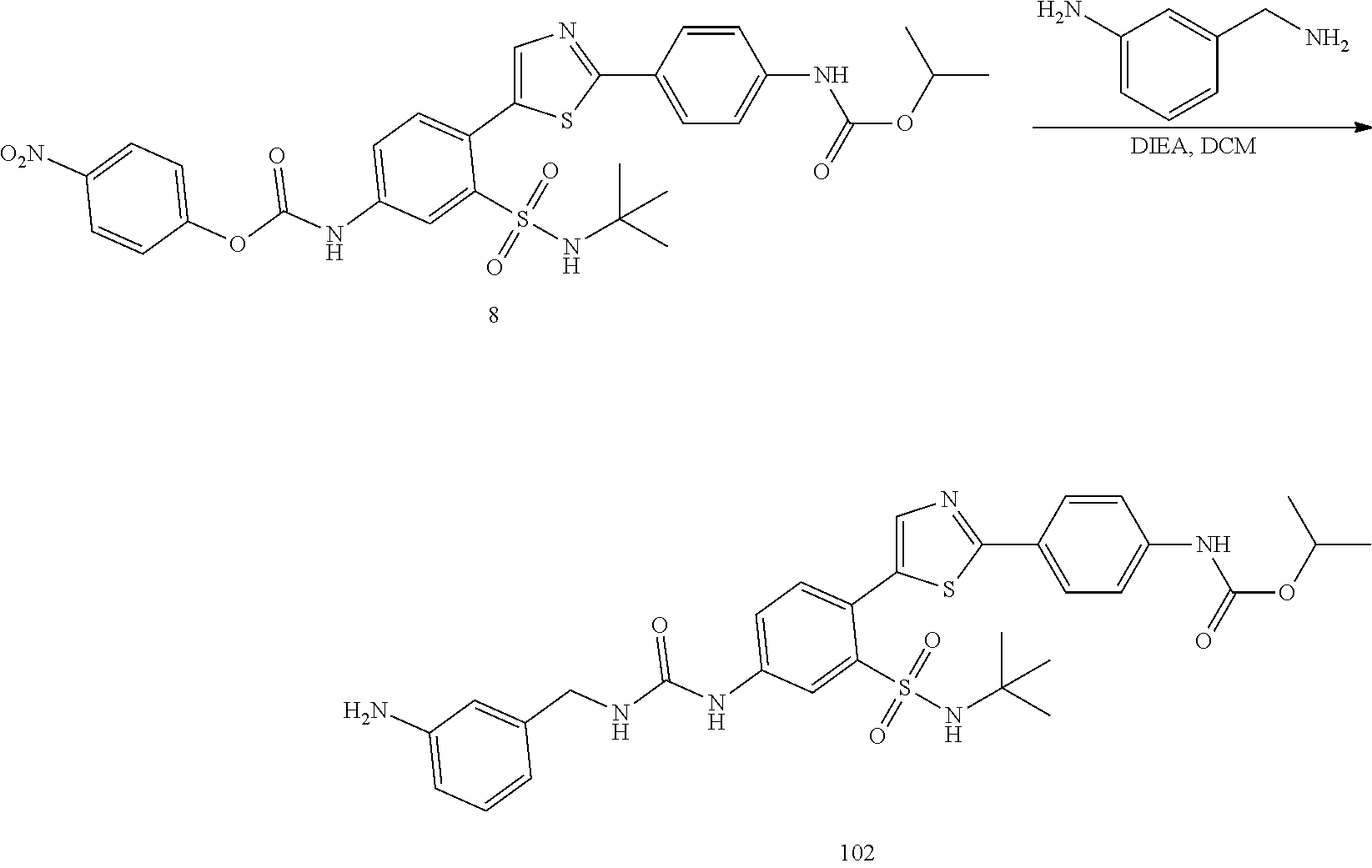
C00239
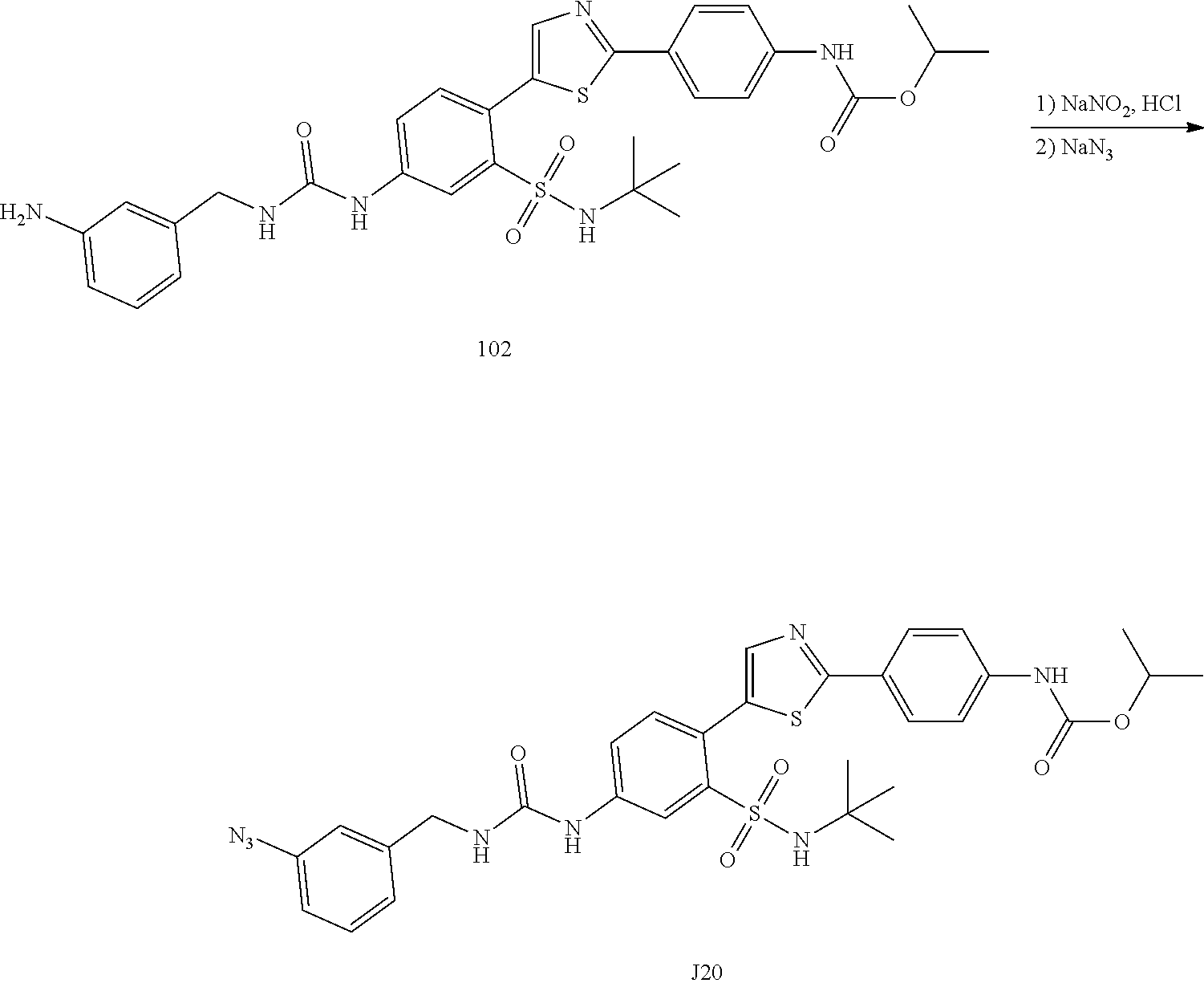
C00240

C00241

C00242

C00243
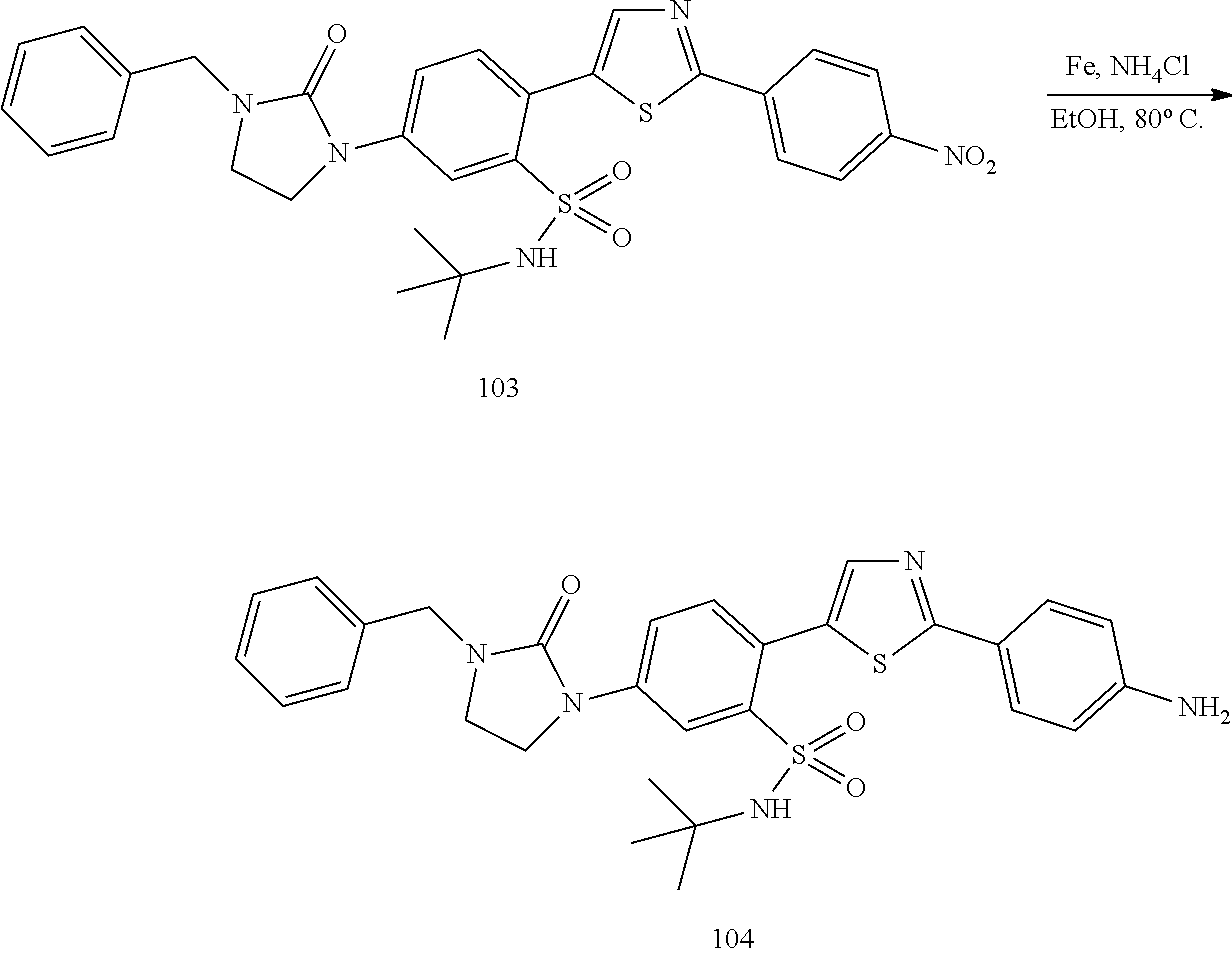
C00244

C00245

C00246

C00247

C00248

C00249

C00250

C00251

C00252

C00253

C00254

C00255

C00256
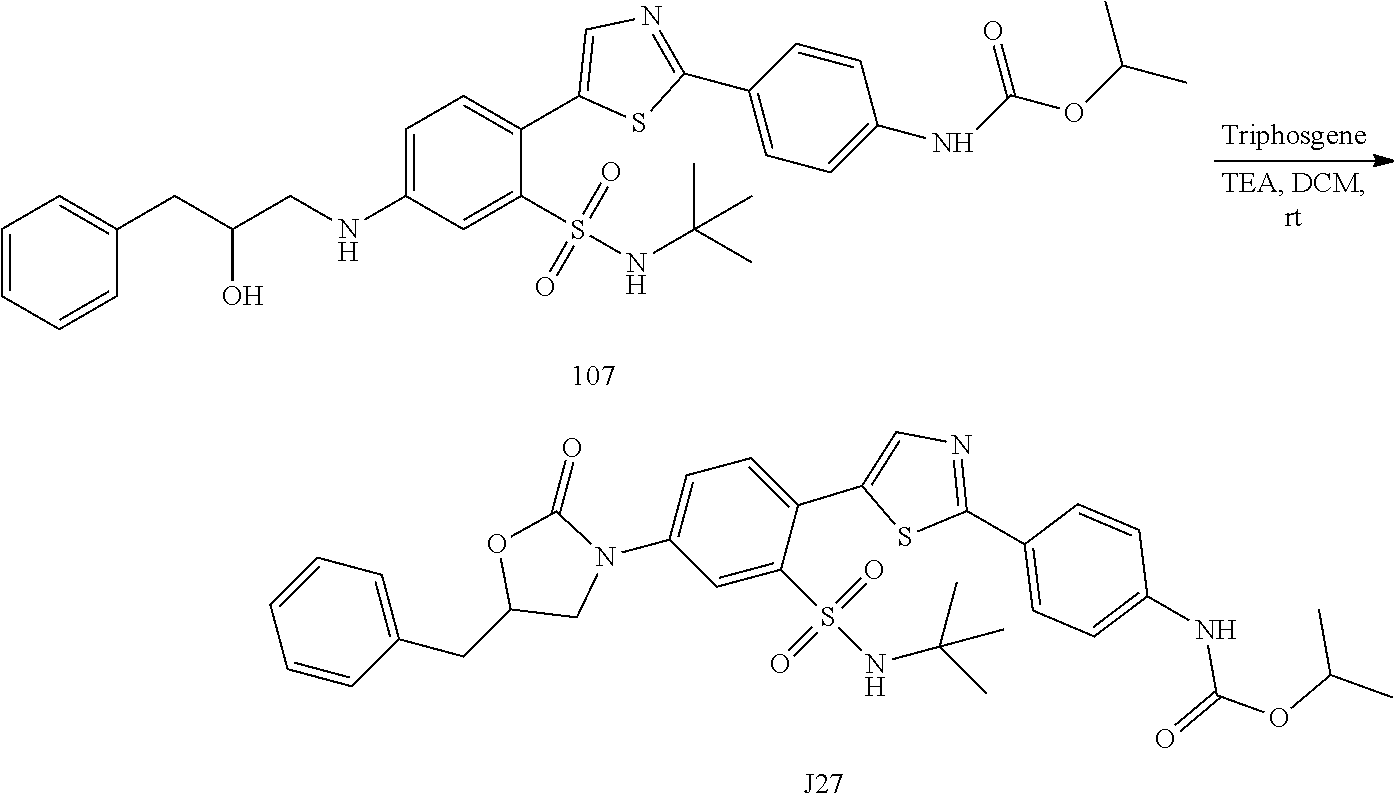
C00257

C00258
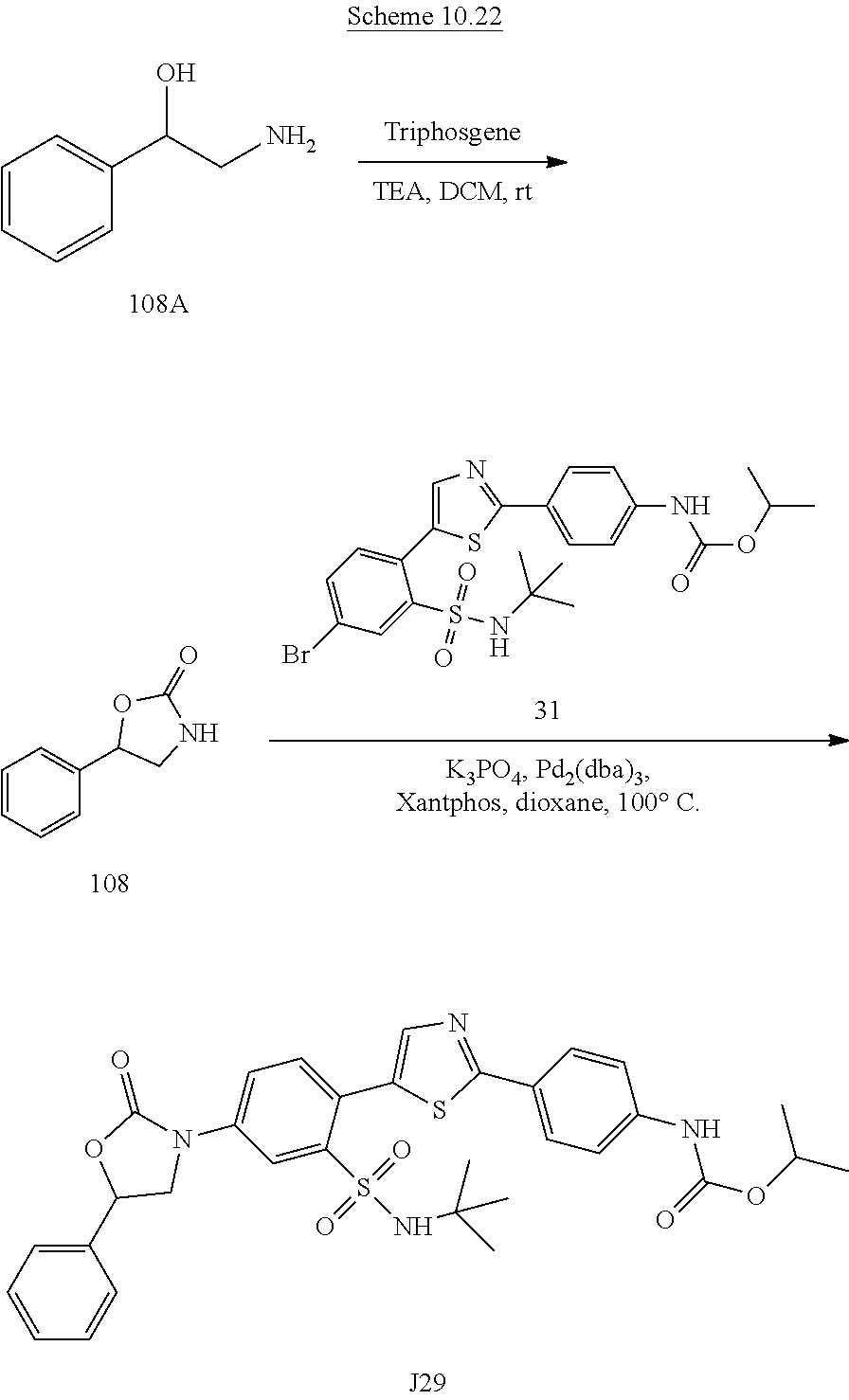
C00259
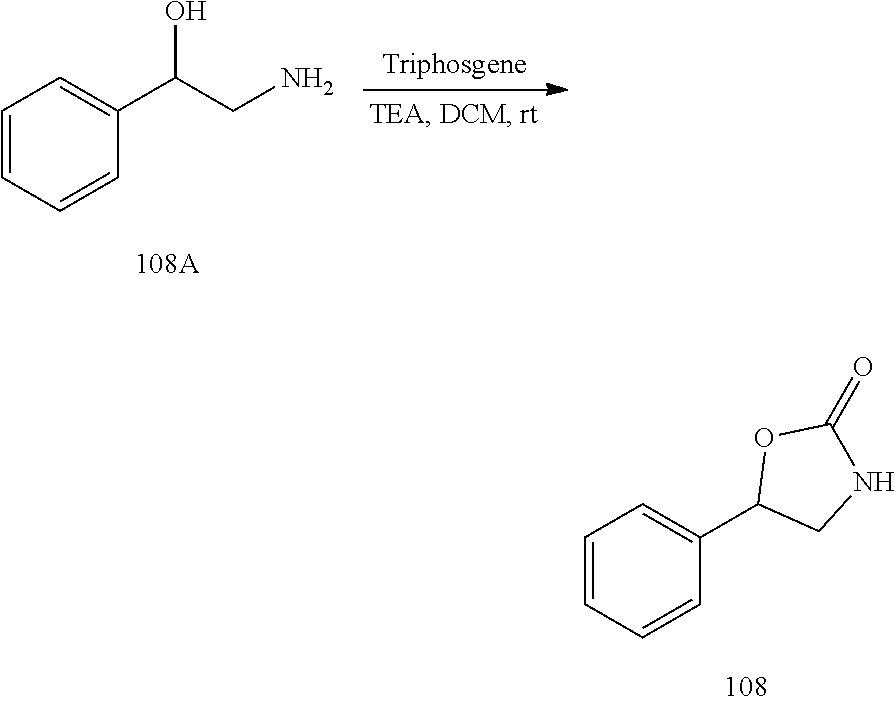
C00260

C00261

C00262

C00263

C00264

C00265

C00266
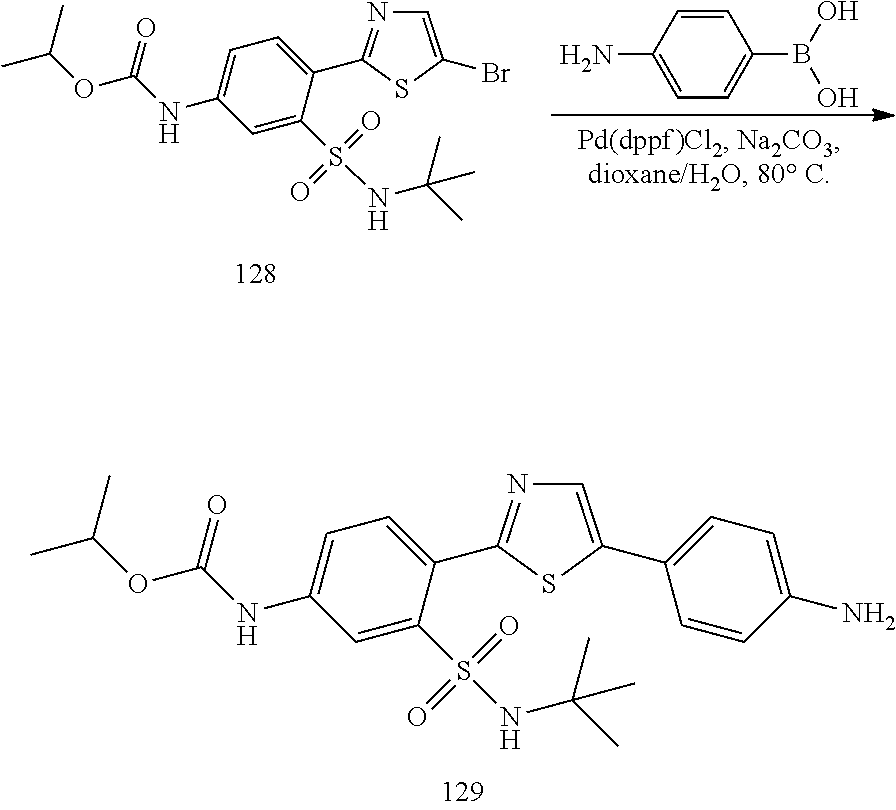
C00267
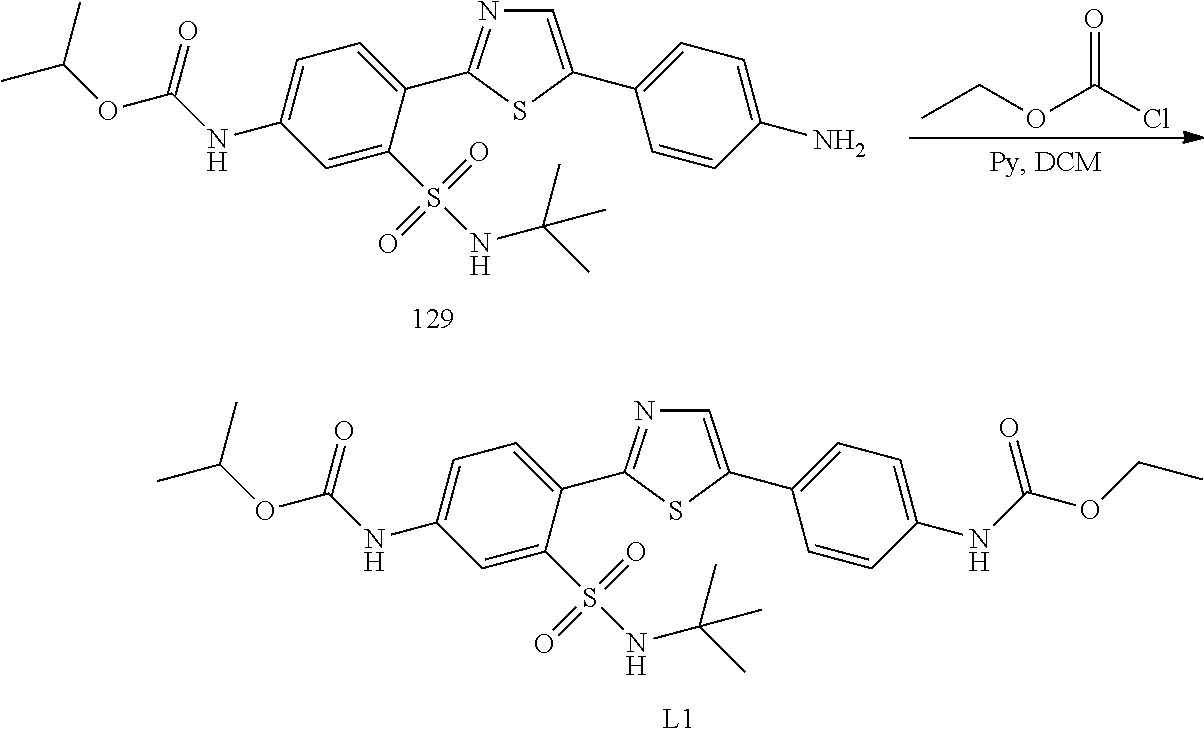
C00268
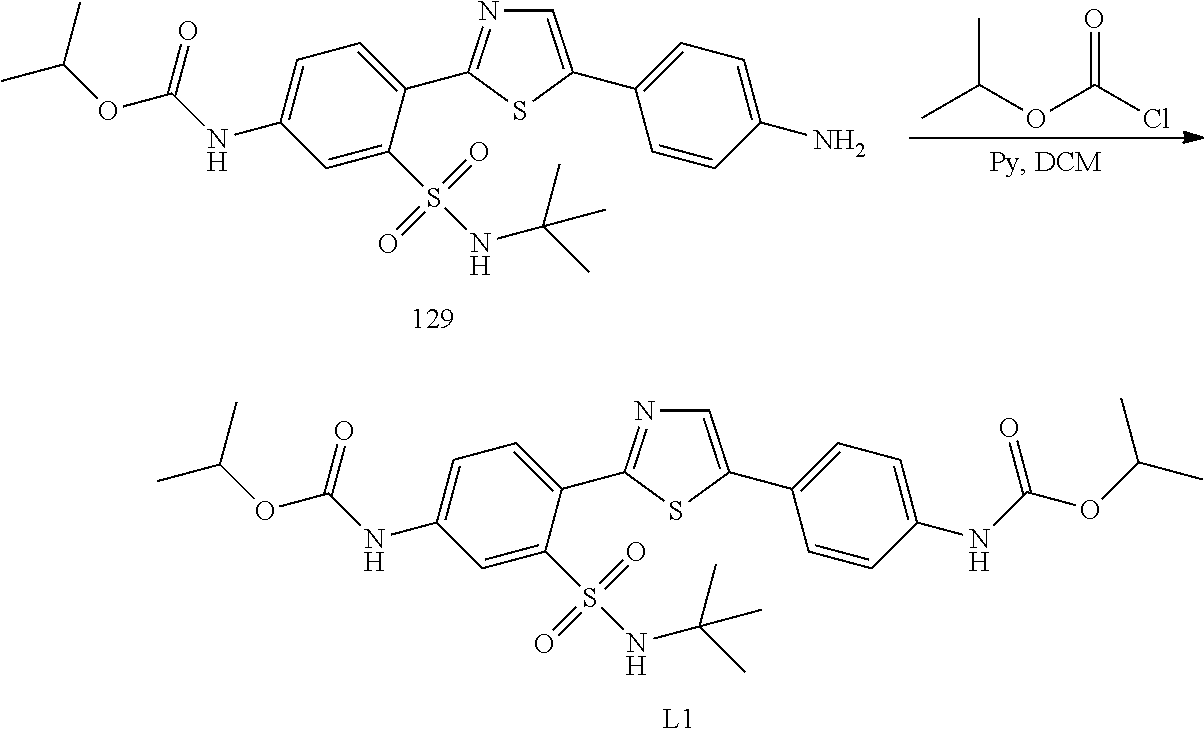
C00269

C00270

C00271
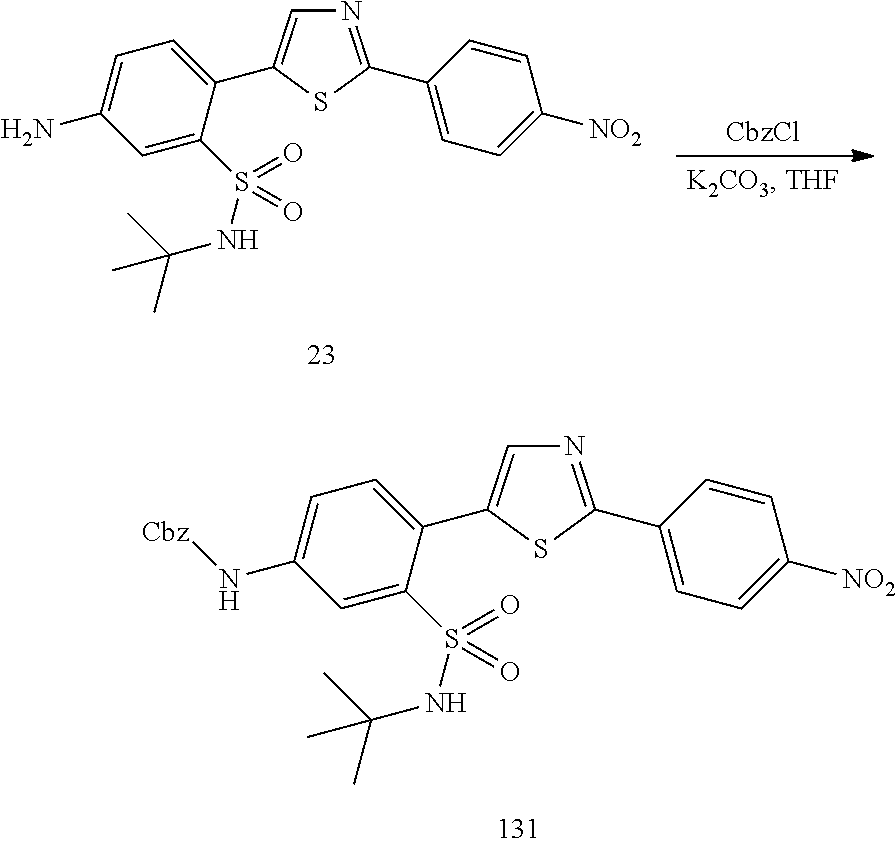
C00272

C00273

C00274

C00275
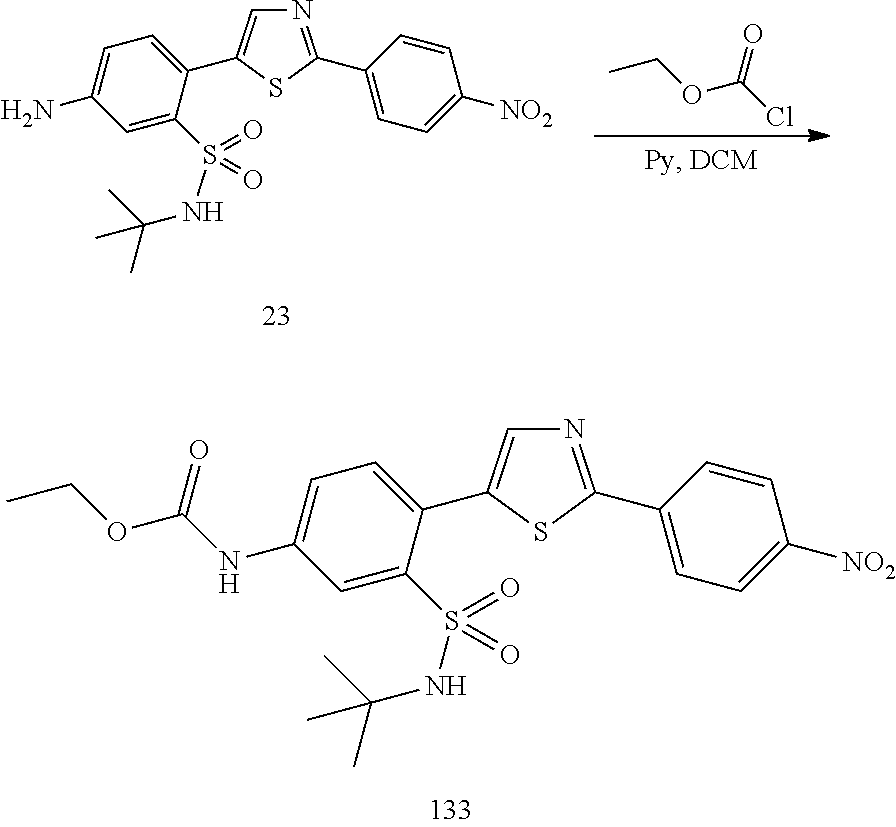
C00276

C00277
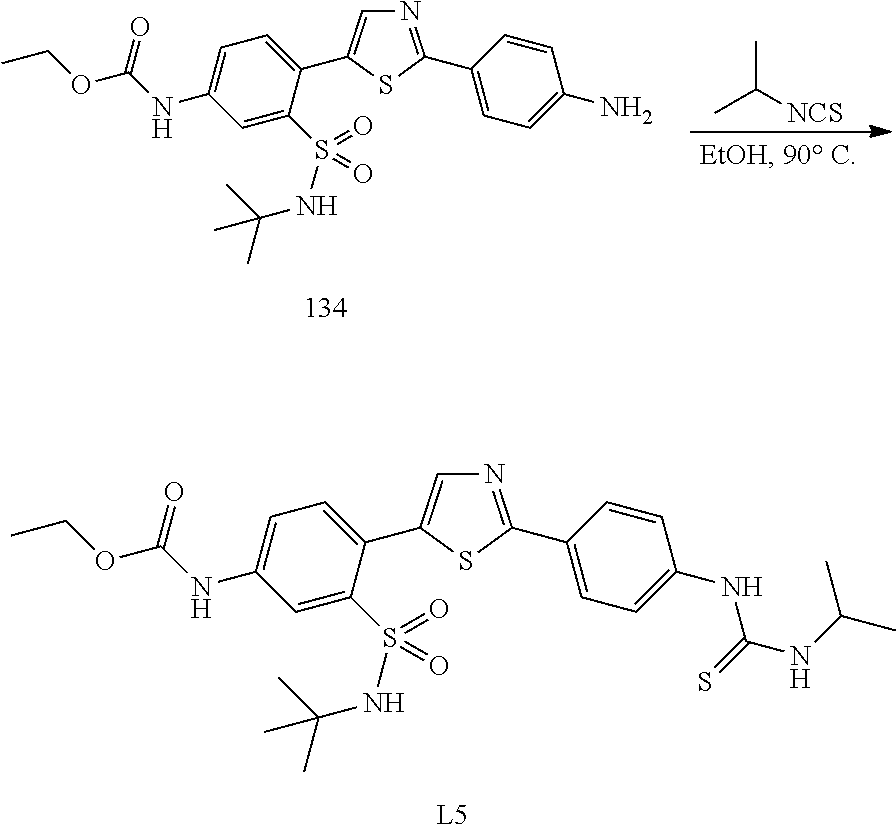
C00278

C00279
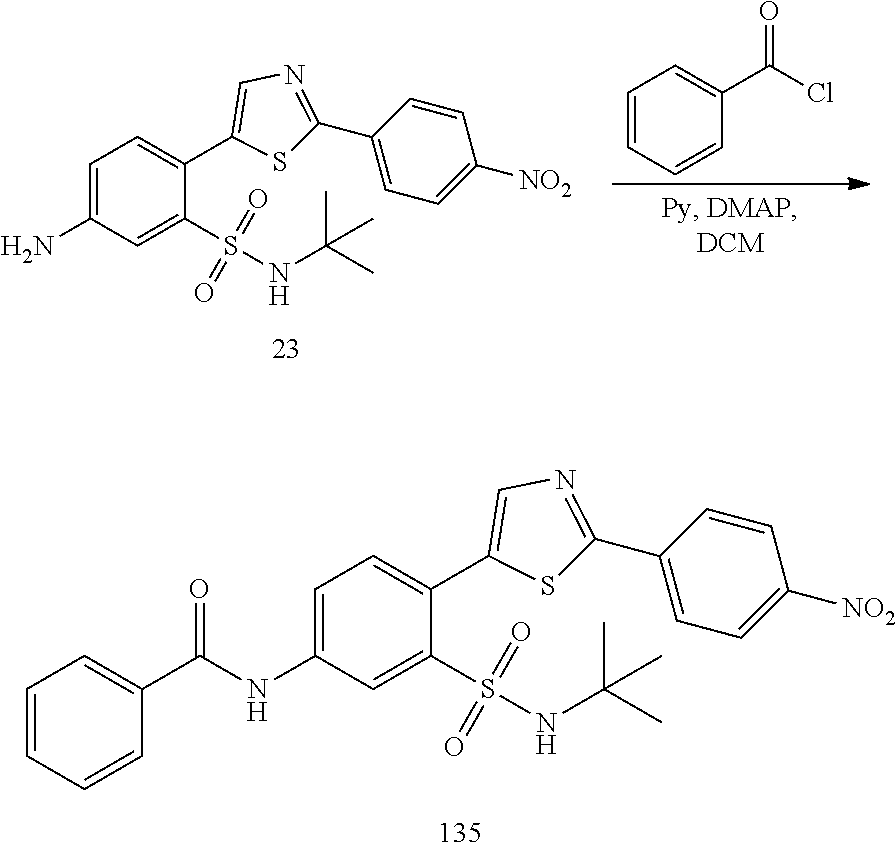
C00280

C00281

C00282

C00283

C00284

C00285

C00286

C00287

C00288

C00289
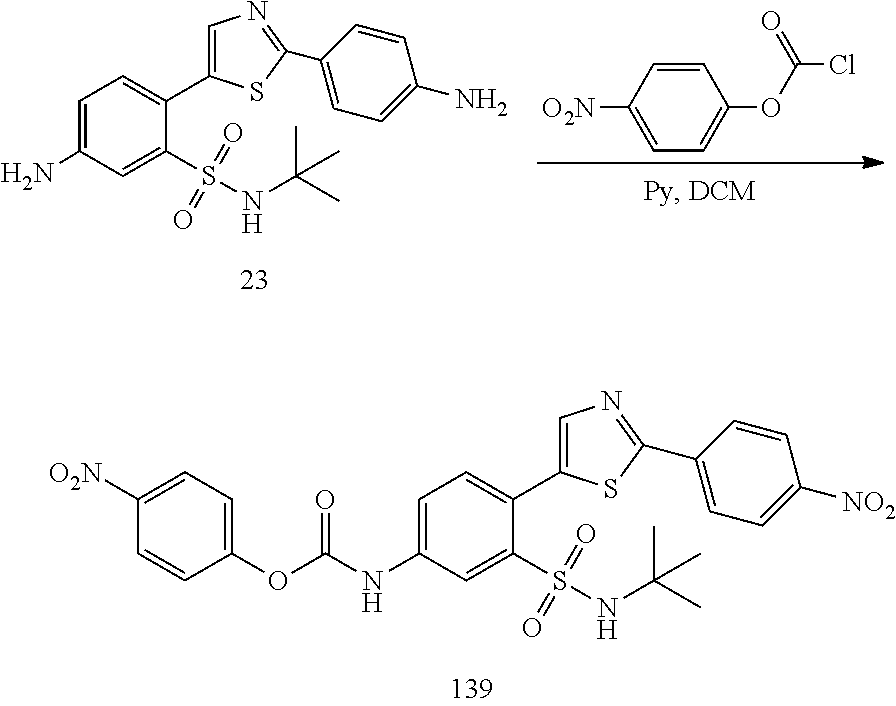
C00290

C00291
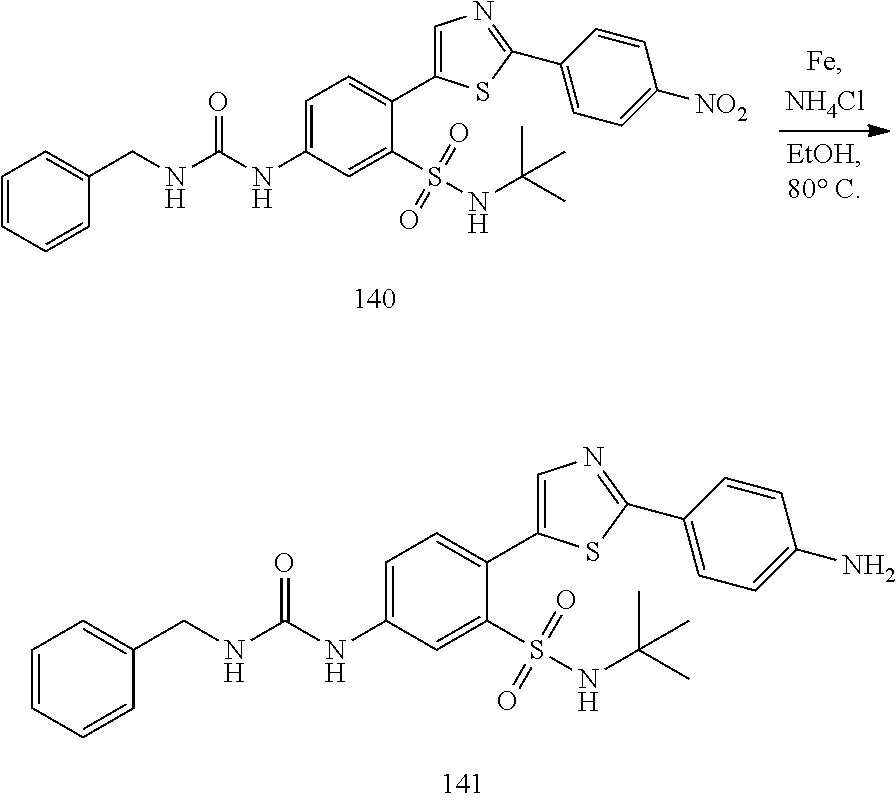
C00292
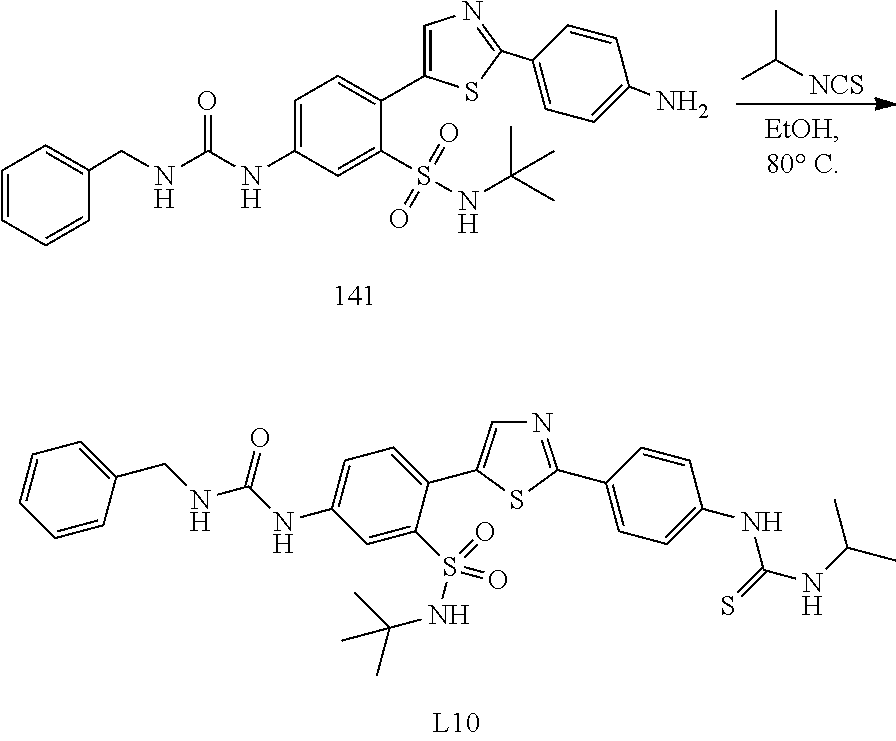
C00293
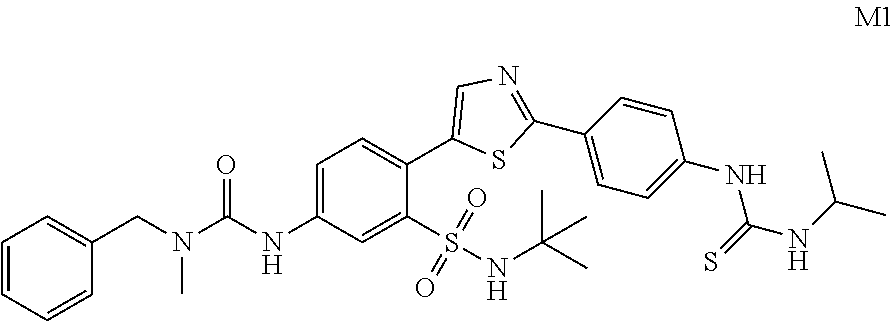
C00294

C00295
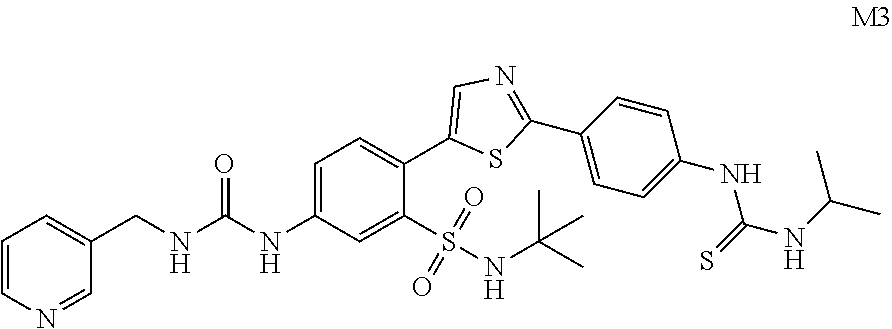
C00296
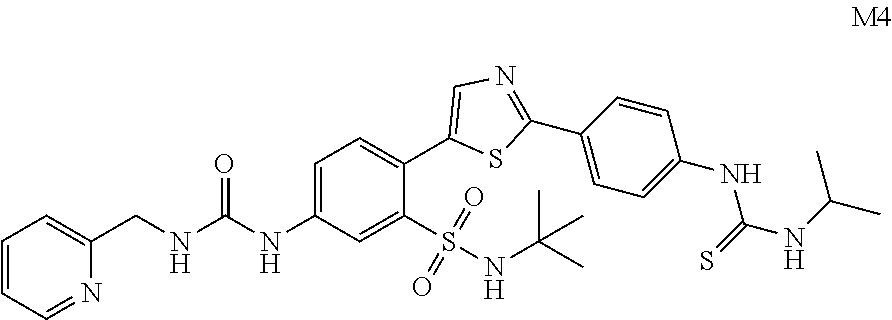
C00297

C00298

C00299

C00300
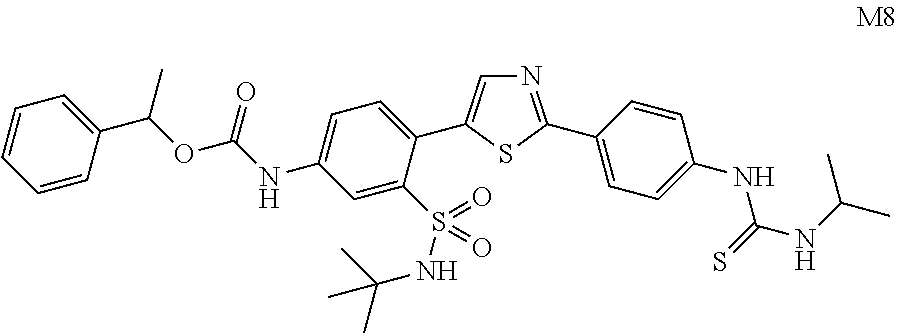
C00301

C00302

C00303

C00304

C00305

C00306
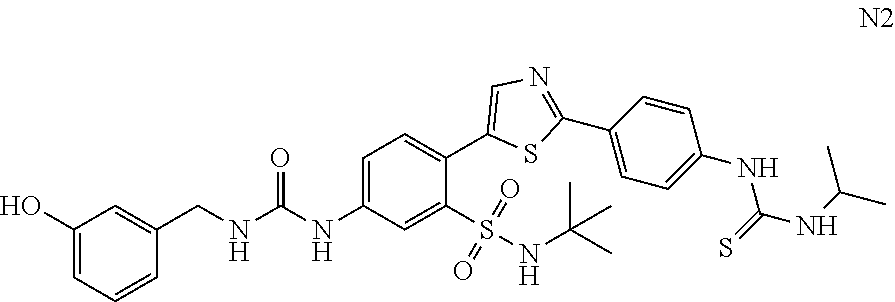
C00307

C00308

C00309

C00310

C00311

C00312

C00313

C00314

C00315
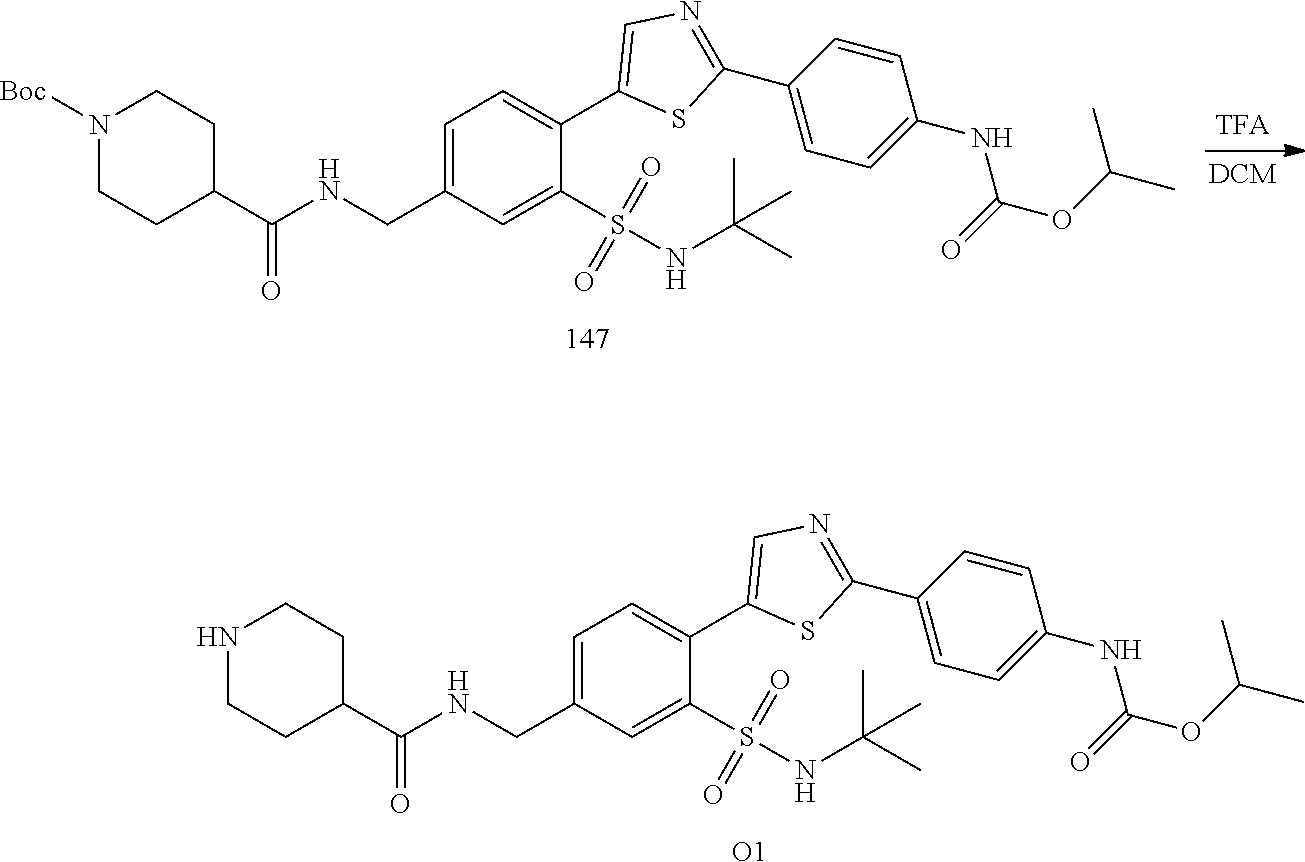
C00316

C00317
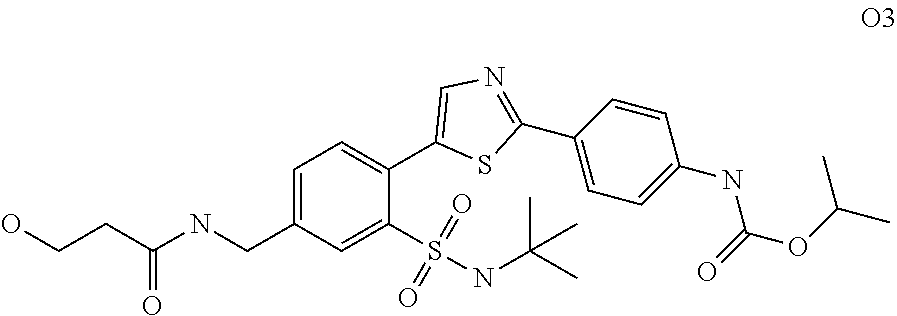
C00318

C00319

C00320
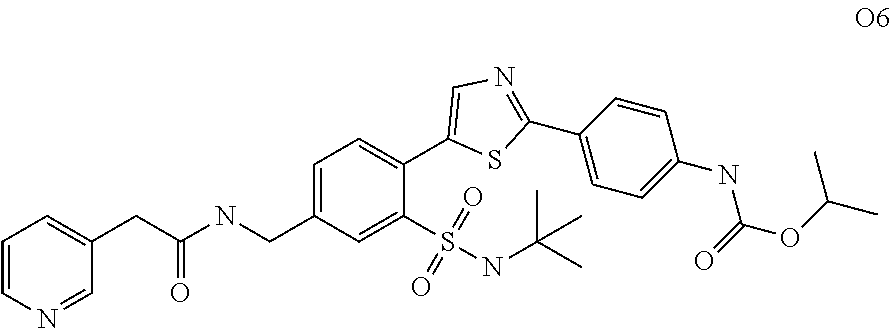
C00321

C00322

C00323

C00324

C00325
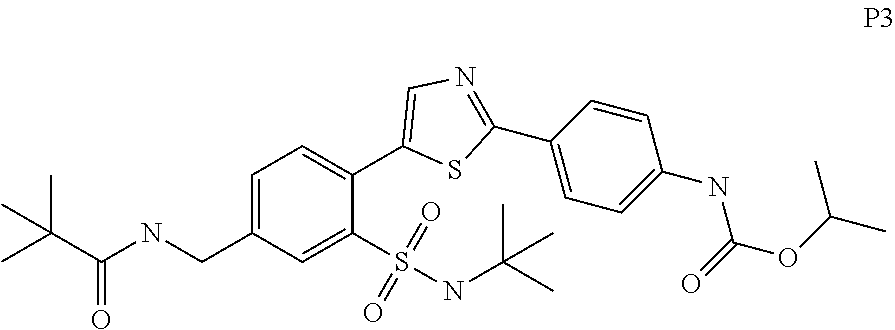
C00326

C00327

C00328

C00329
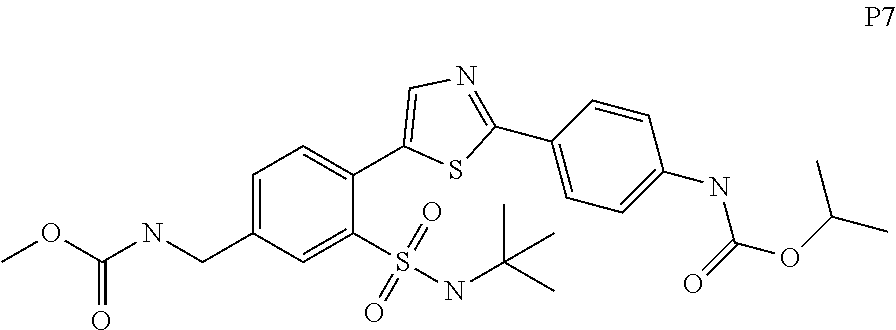
C00330

C00331

C00332
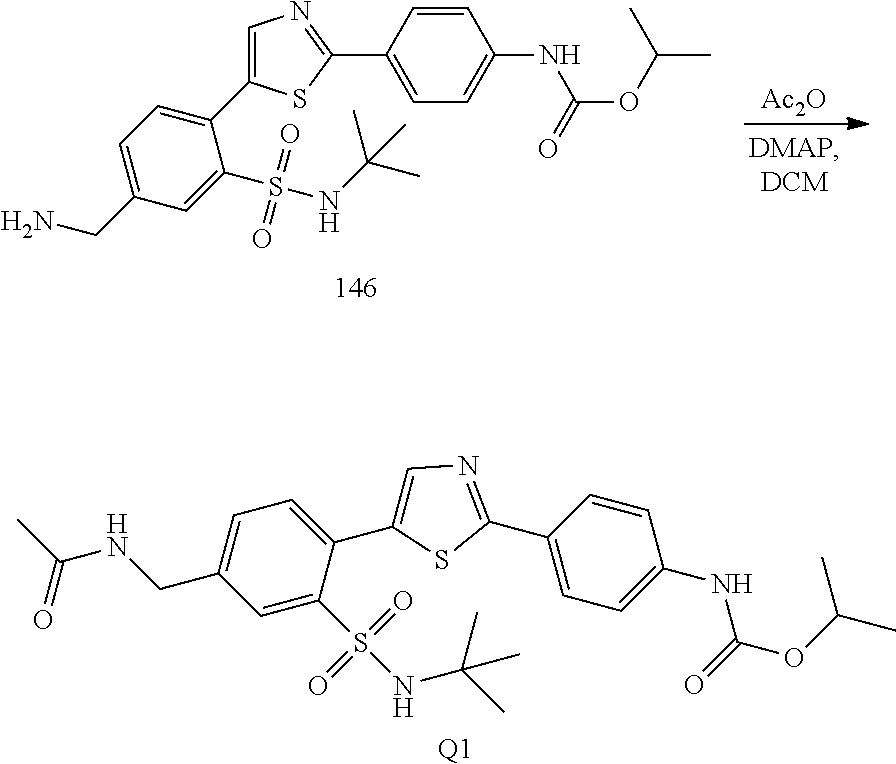
C00333

C00334

C00335

C00336

C00337

C00338
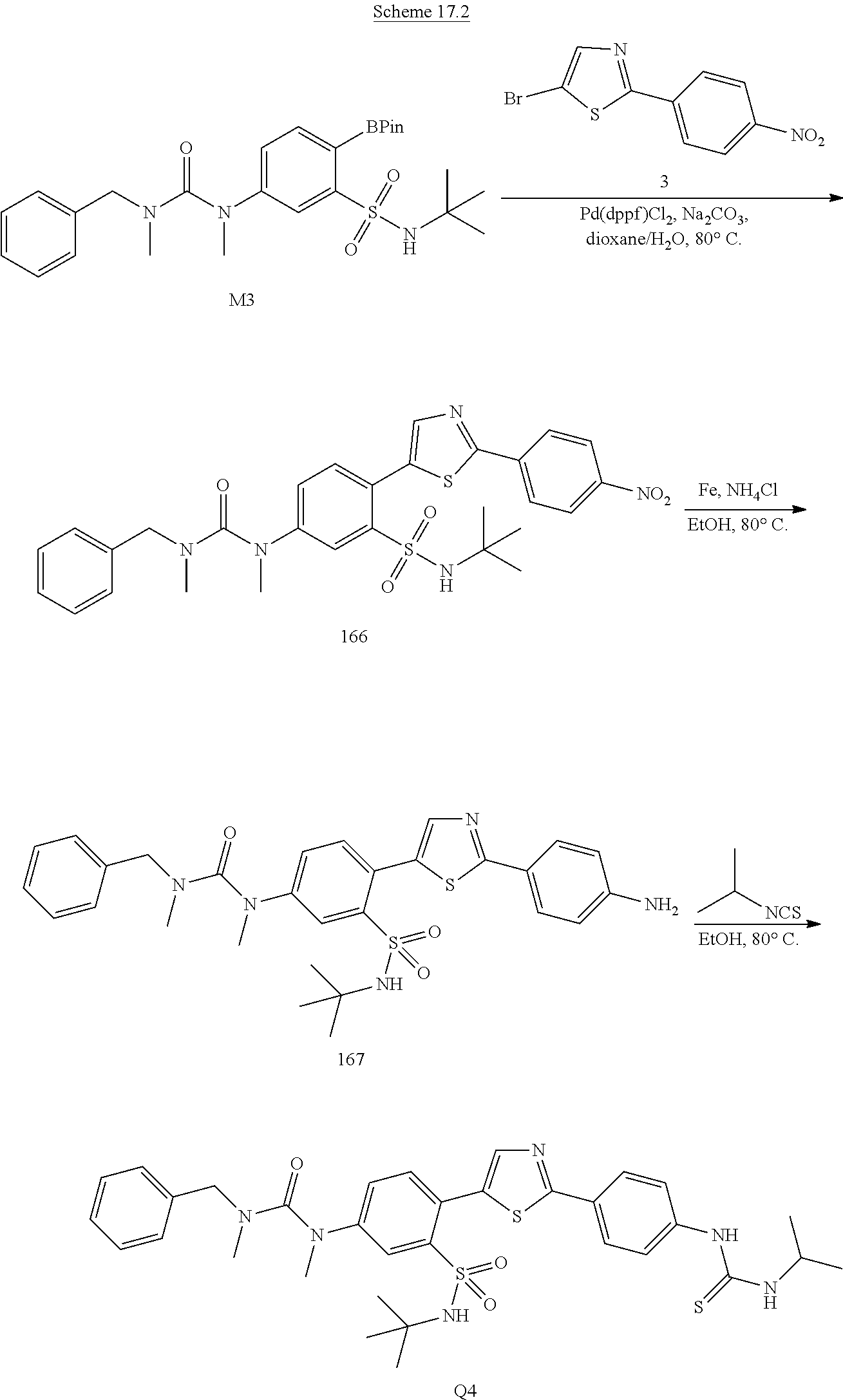
C00339

C00340

C00341
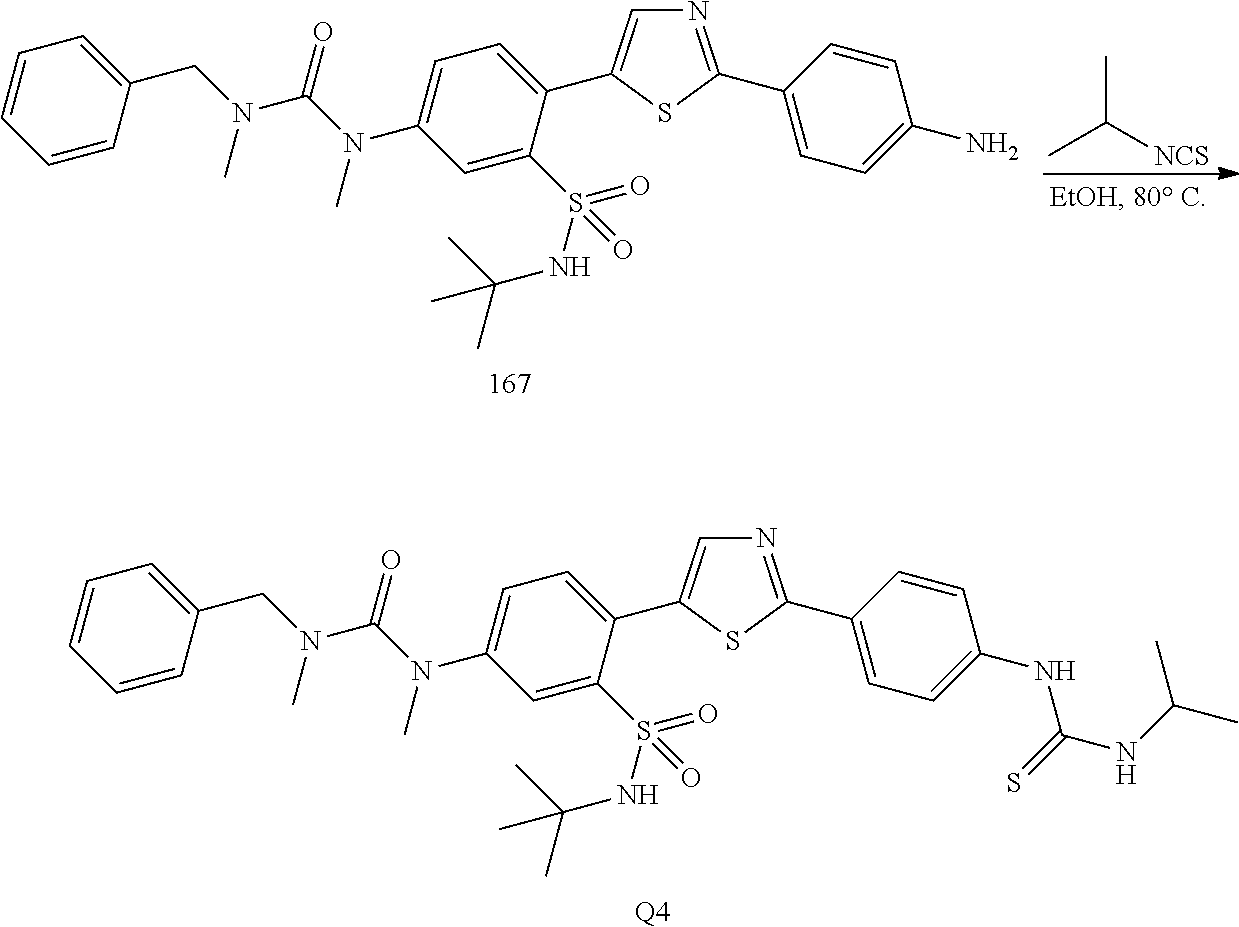
C00342

C00343
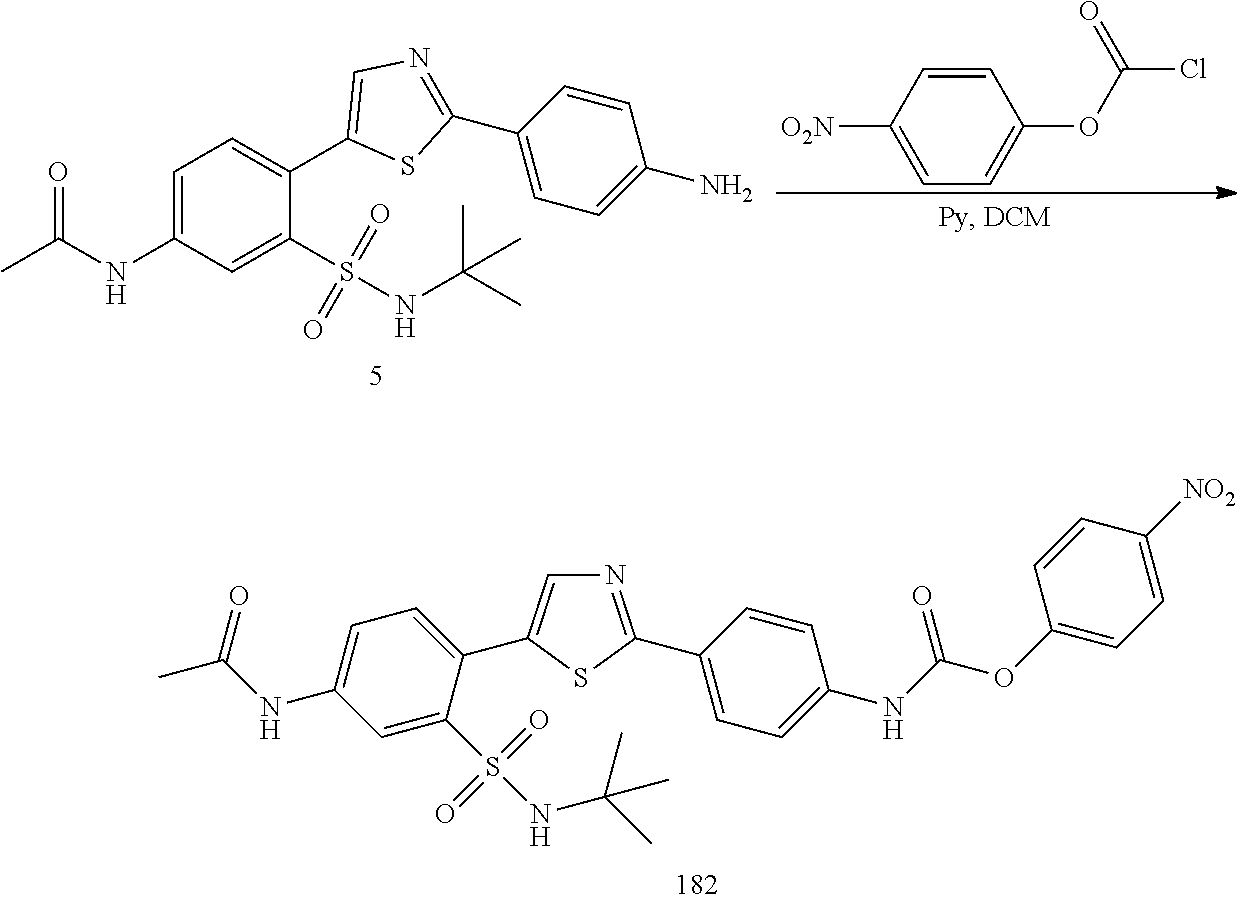
C00344

C00345

C00346
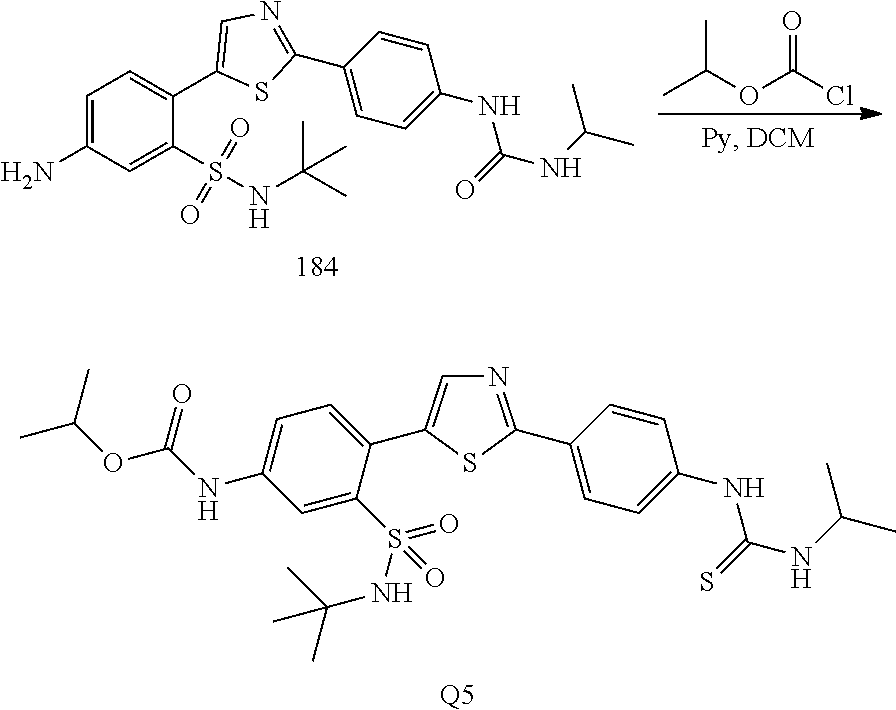
C00347

C00348
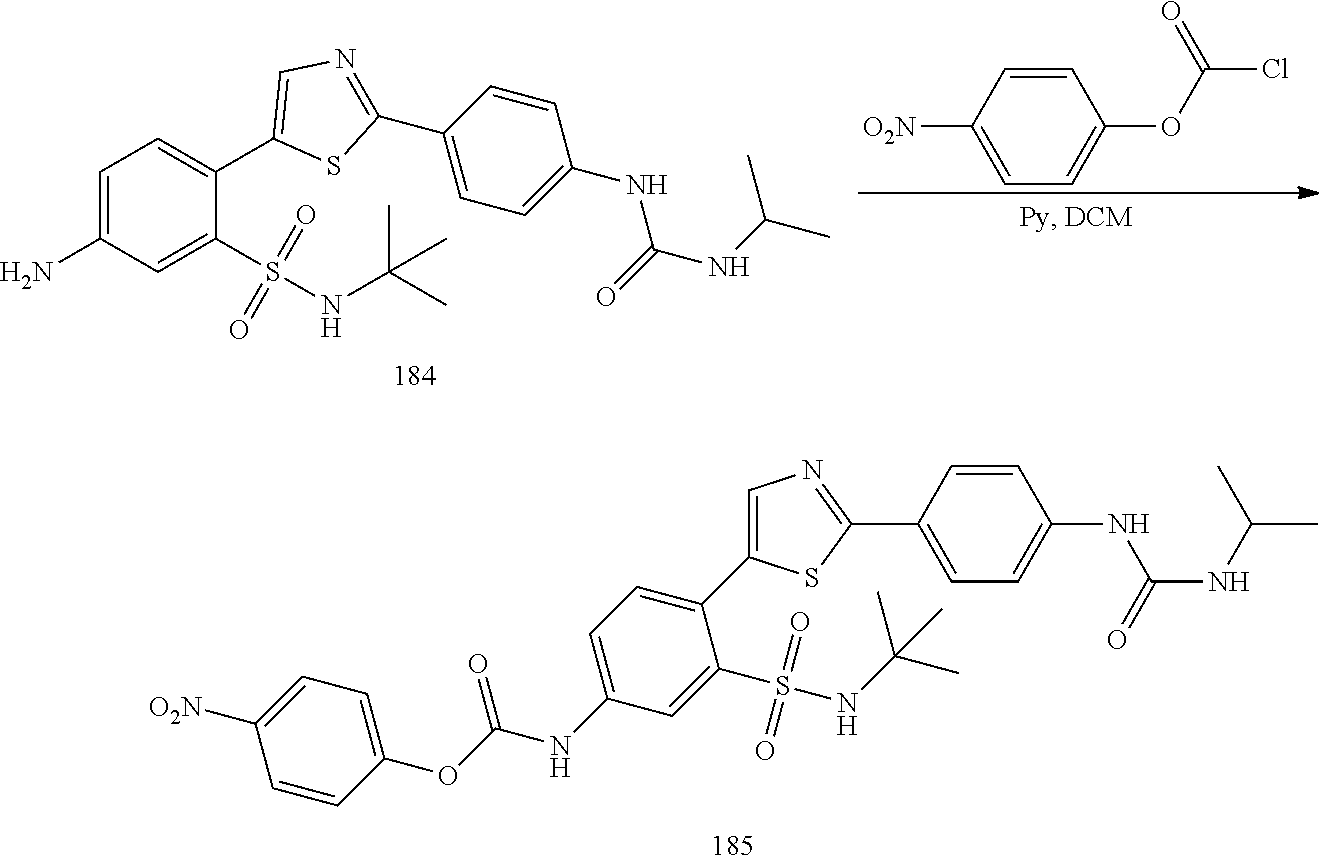
C00349

C00350
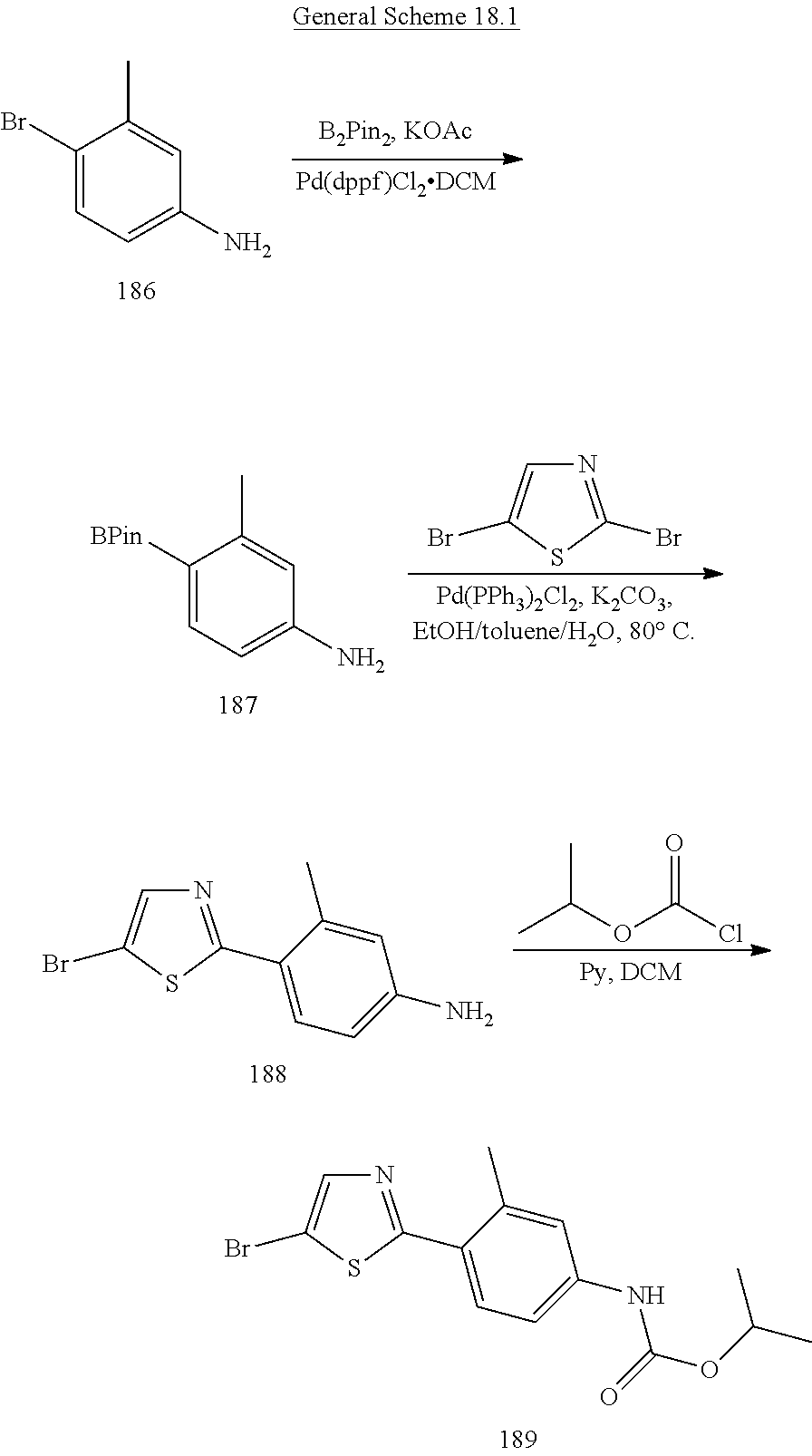
C00351

C00352

C00353
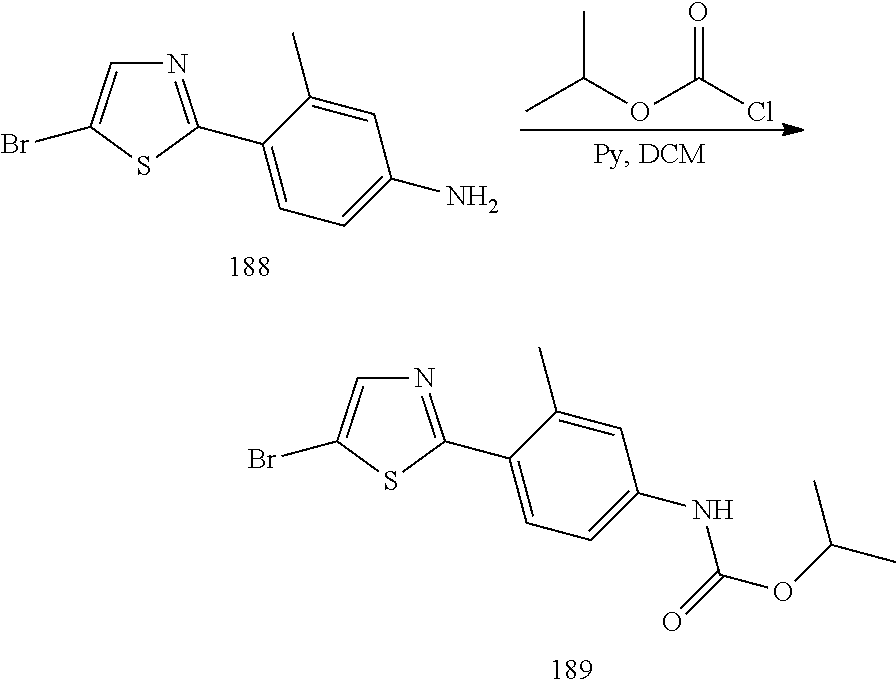
C00354

C00355

C00356

C00357
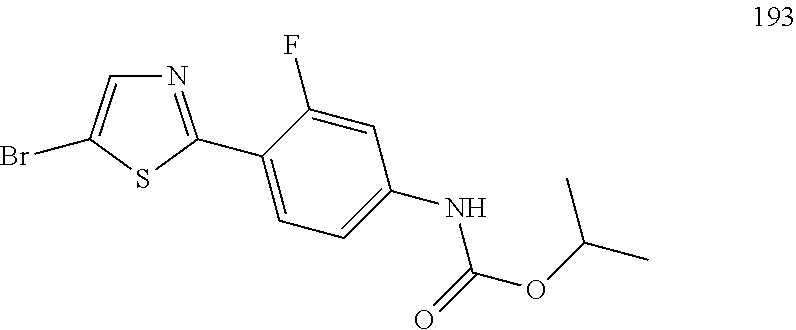
C00358

C00359
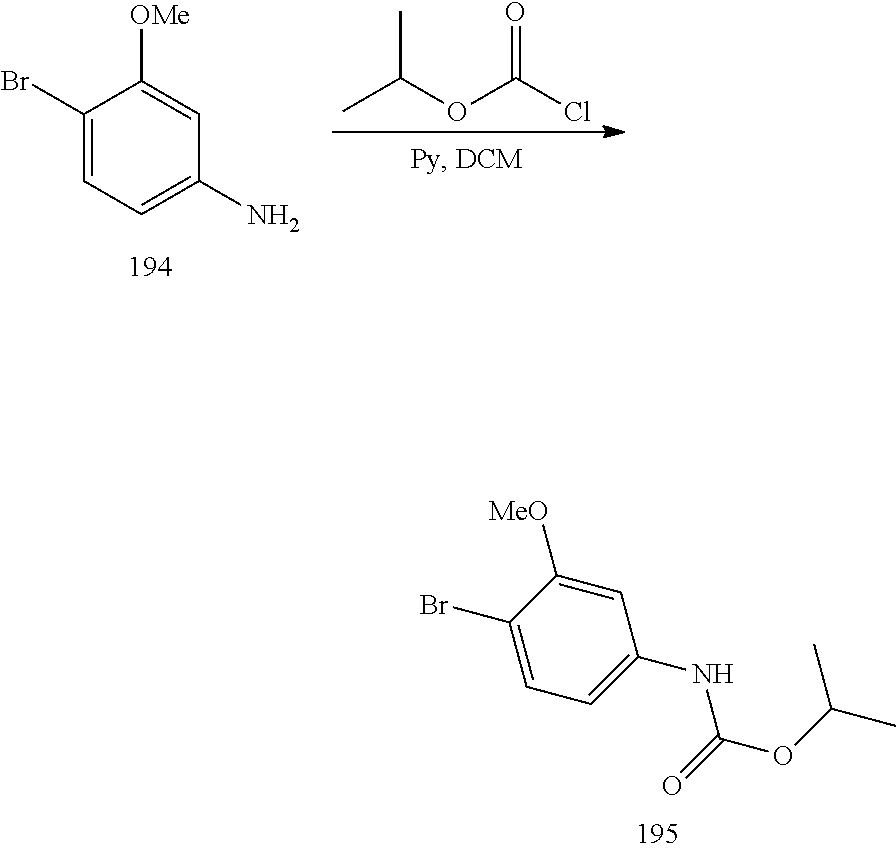
C00360

C00361

C00362

C00363

C00364

C00365

C00366

C00367

C00368

C00369
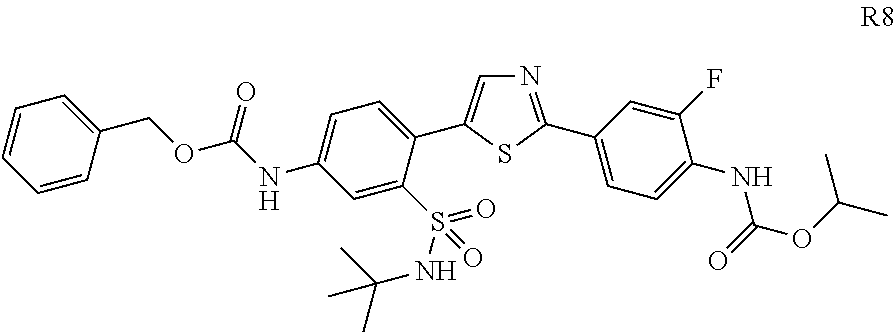
C00370

C00371

C00372

C00373
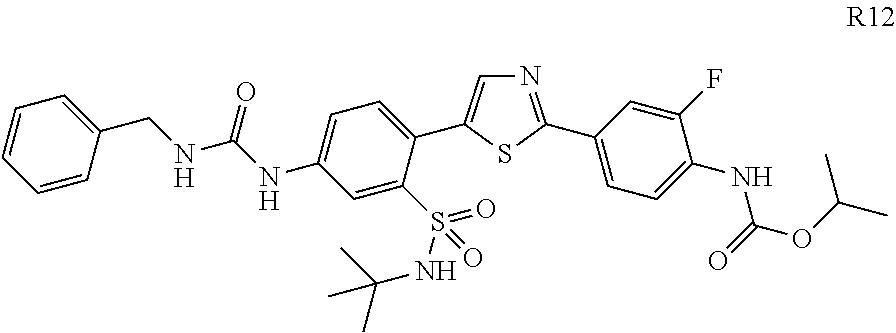
C00374

C00375
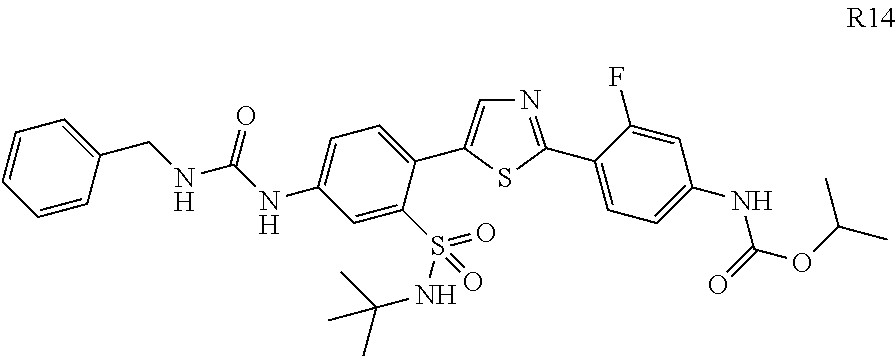
C00376

C00377

C00378

C00379

C00380

C00381
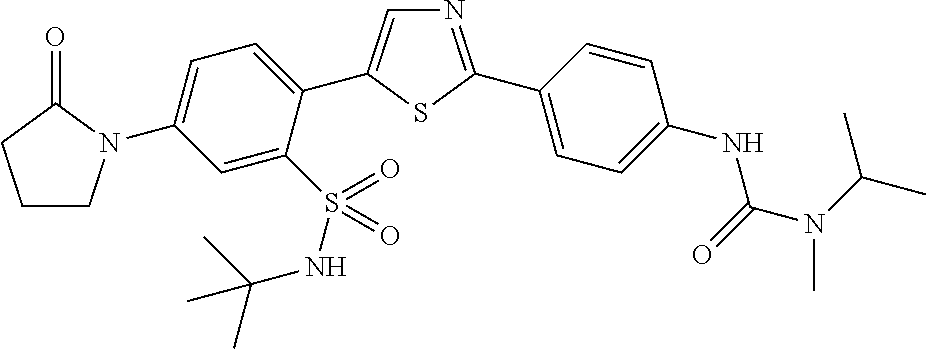
C00382

C00383

C00384

C00385

C00386
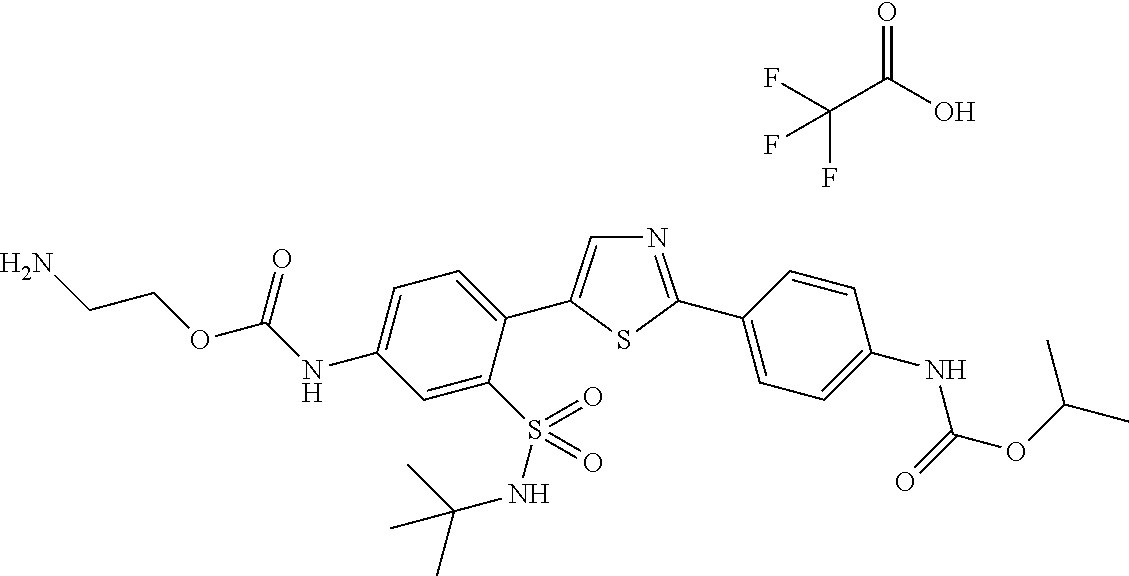
C00387

C00388

C00389

C00390

C00391

C00392

C00393

C00394

C00395

C00396

C00397

C00398

C00399

C00400

C00401
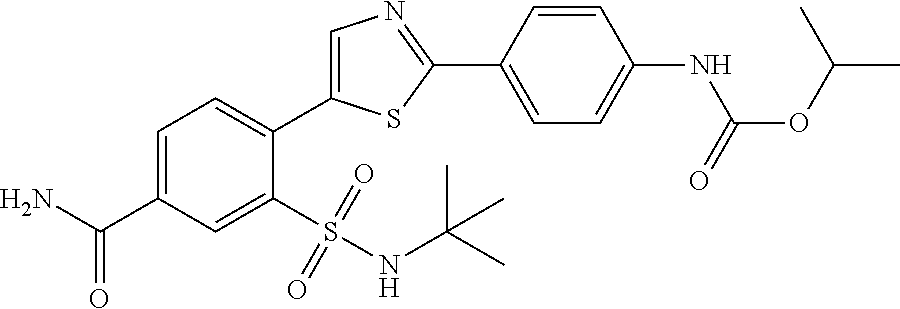
C00402

C00403

C00404

C00405

C00406

C00407
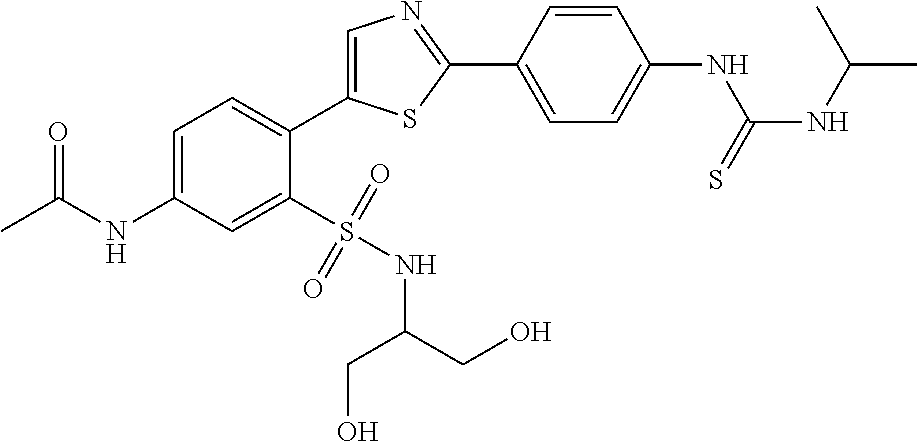
C00408

C00409

C00410
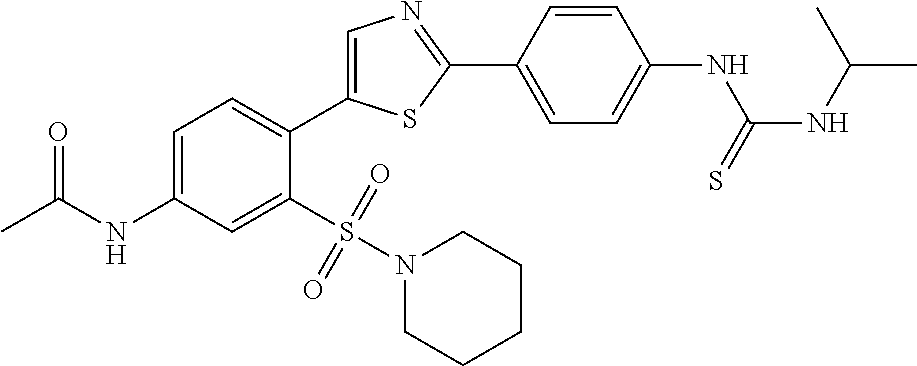
C00411
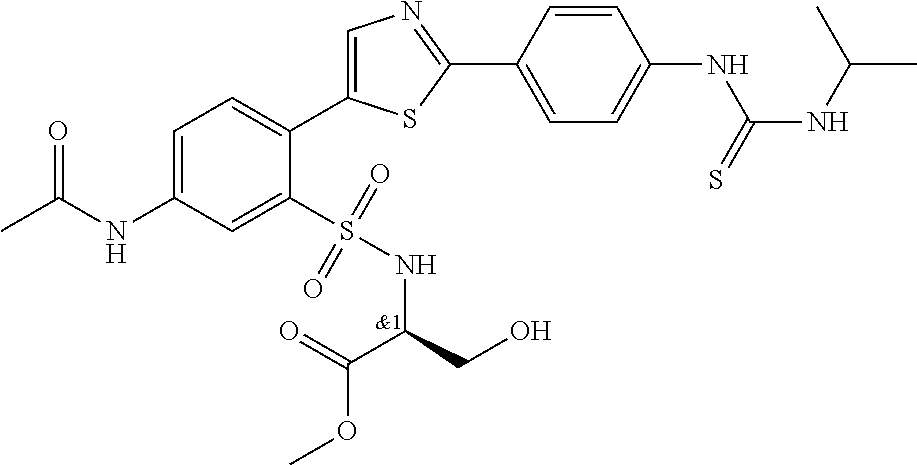
C00412
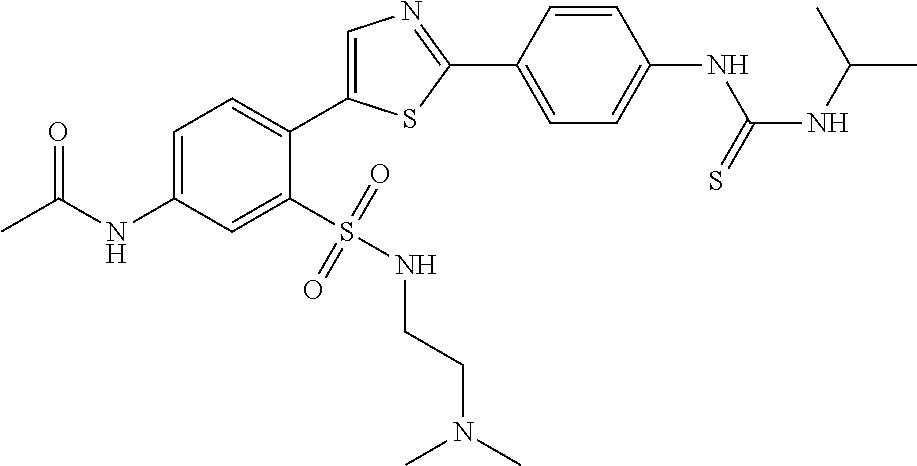
C00413

C00414
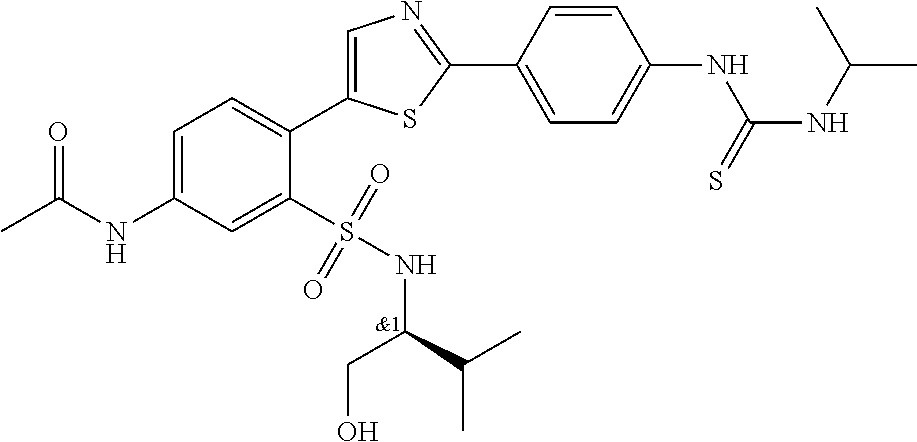
C00415

C00416
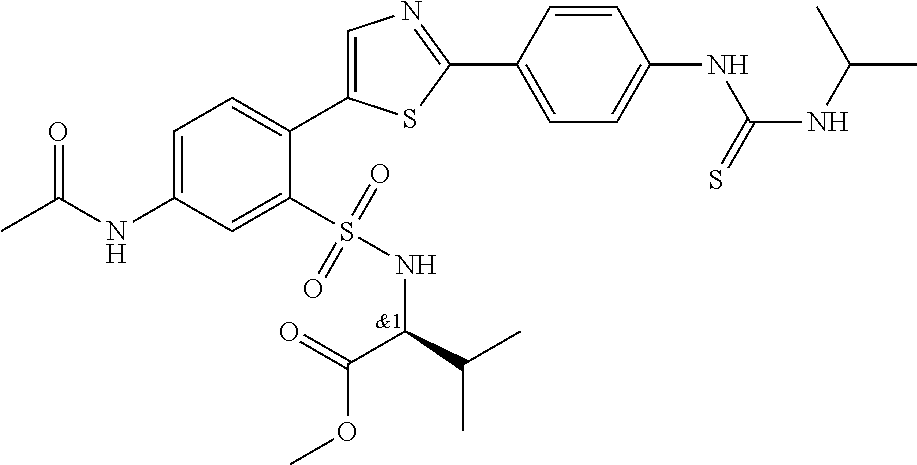
C00417
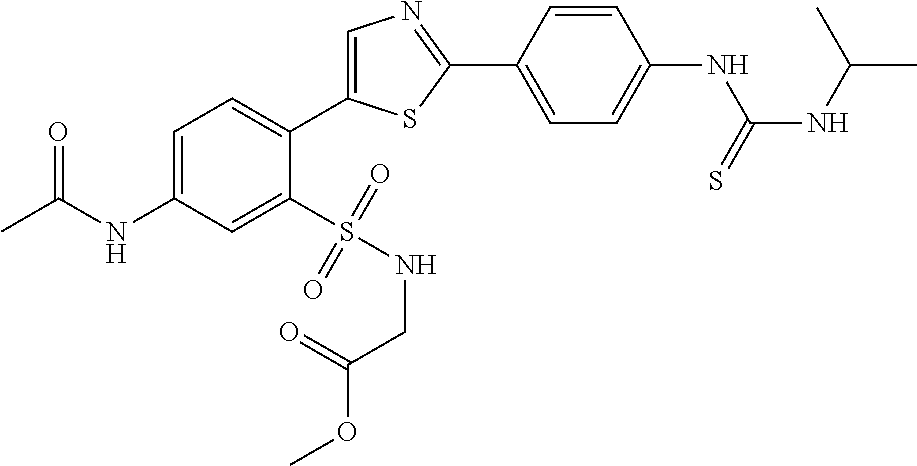
C00418
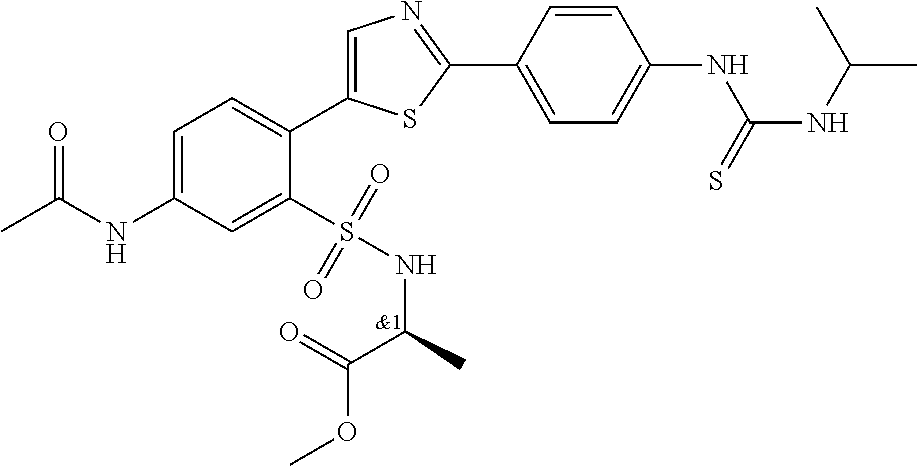
C00419

C00420

C00421

C00422

C00423

C00424

C00425

C00426

C00427
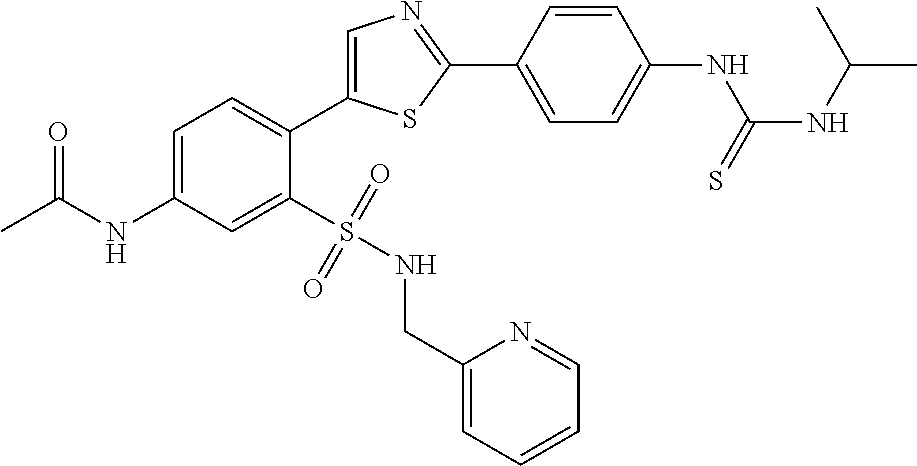
C00428

C00429
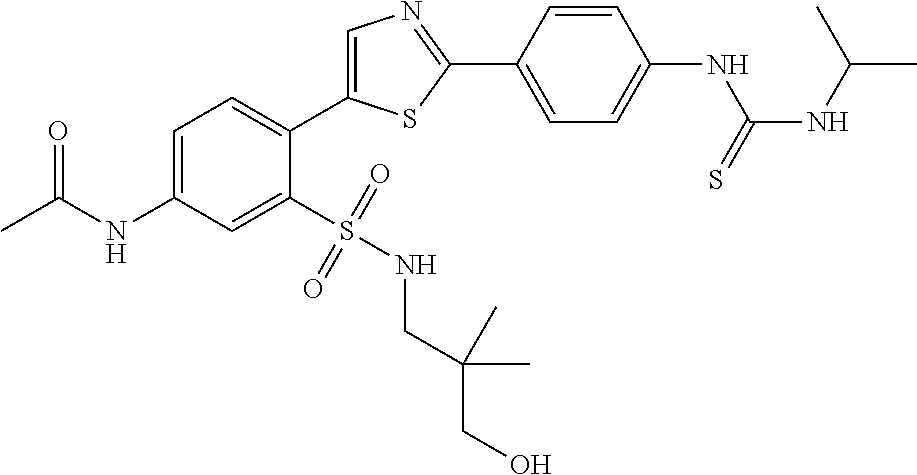
C00430

C00431

C00432

C00433

C00434

C00435

C00436

C00437

C00438
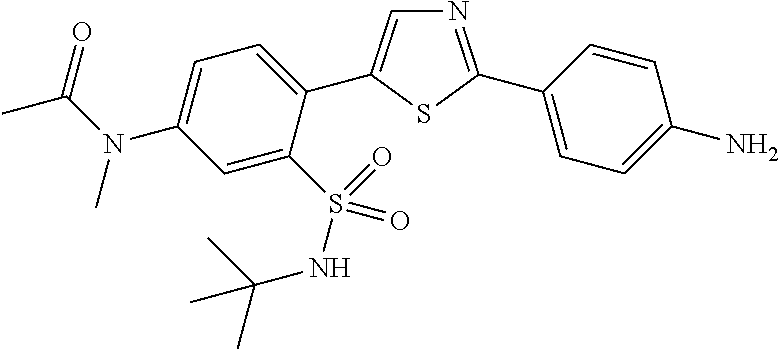
C00439

C00440

C00441
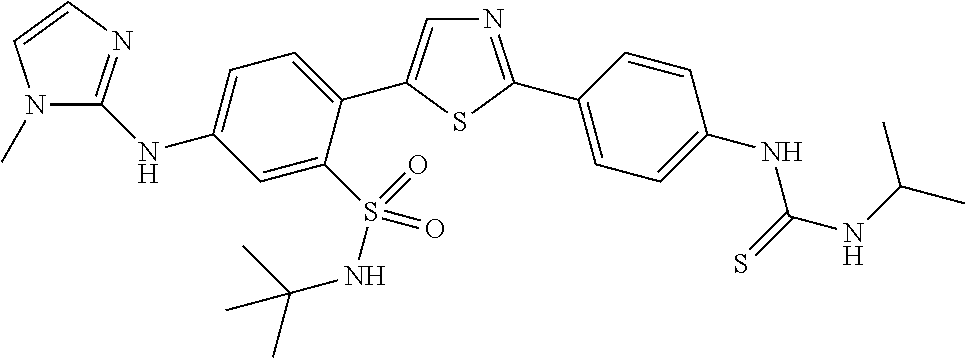
C00442

C00443

C00444

C00445

C00446

C00447
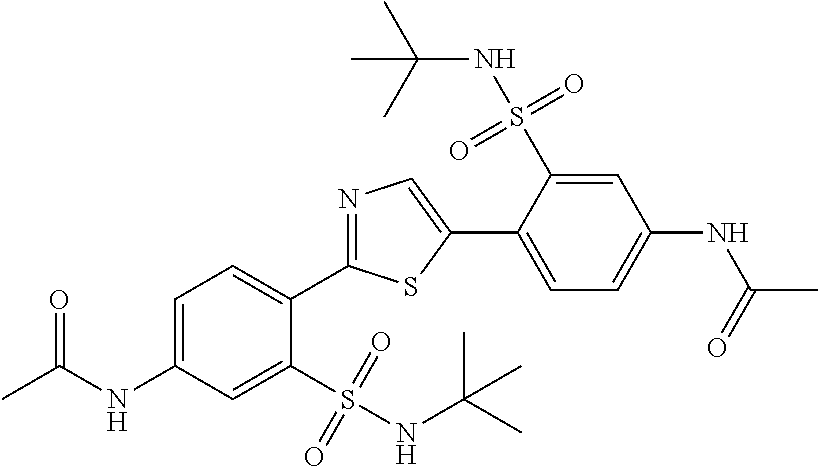
C00448

C00449

C00450

C00451

C00452

C00453

C00454

C00455
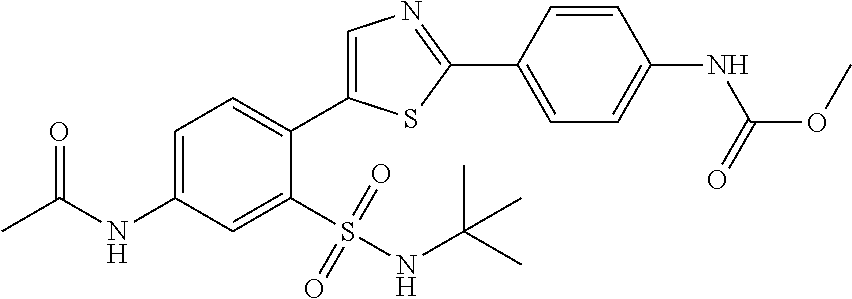
C00456

C00457

C00458

C00459

C00460

C00461

C00462

C00463

C00464
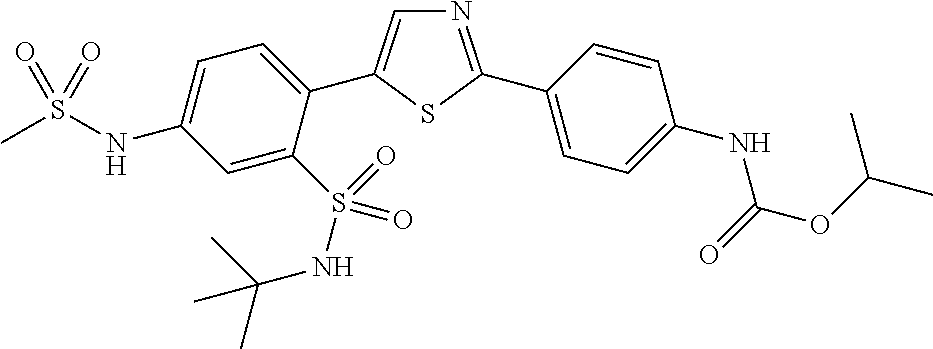
C00465

C00466

C00467

C00468

C00469

C00470

C00471

C00472
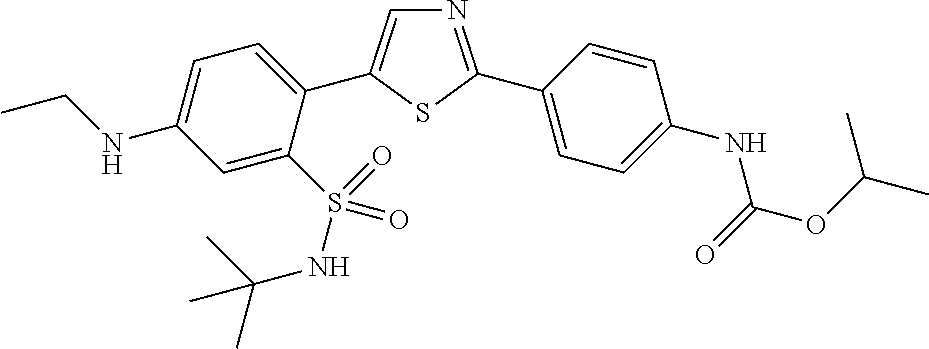
C00473

C00474

C00475

C00476

C00477

C00478

C00479

C00480
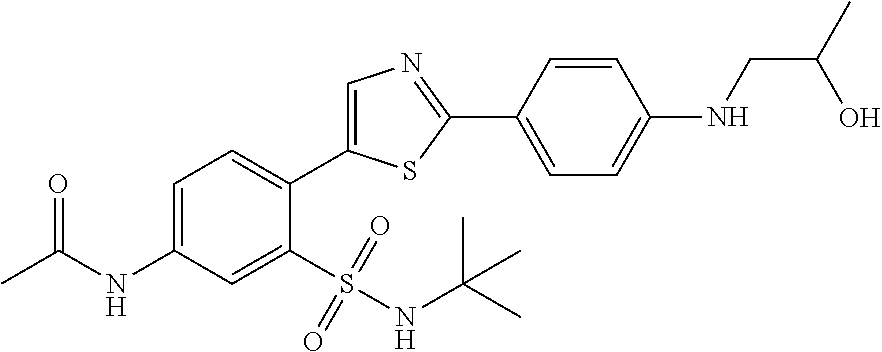
C00481

C00482
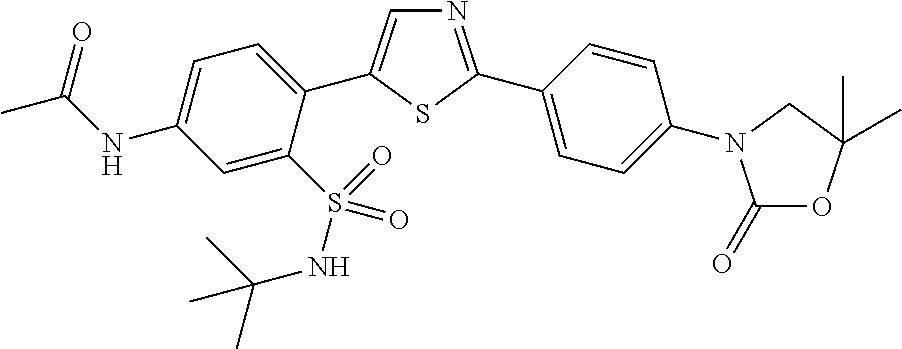
C00483

C00484

C00485
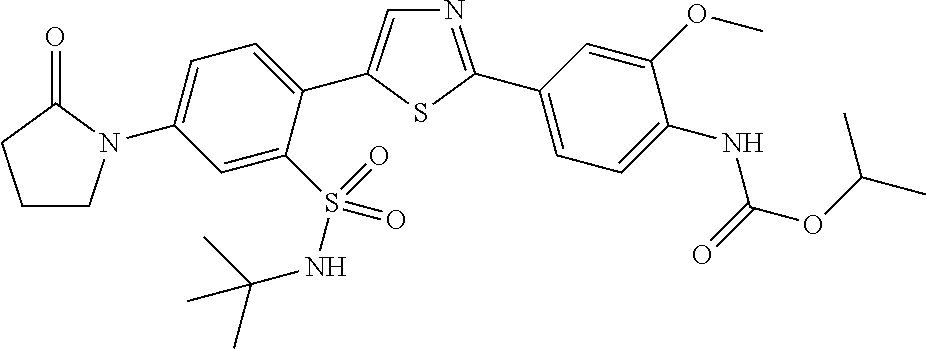
C00486
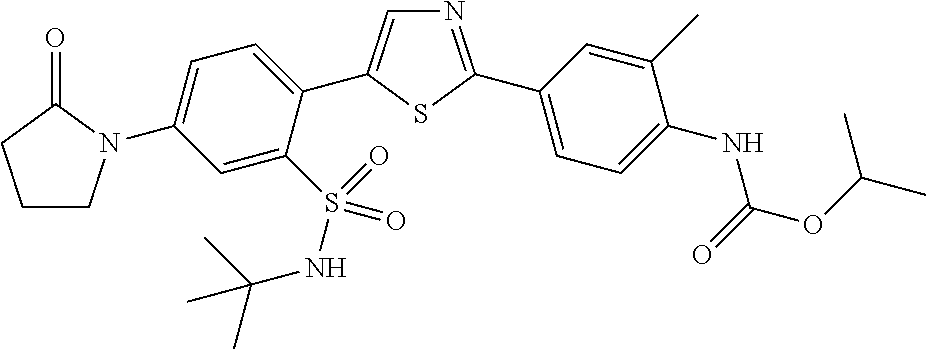
C00487
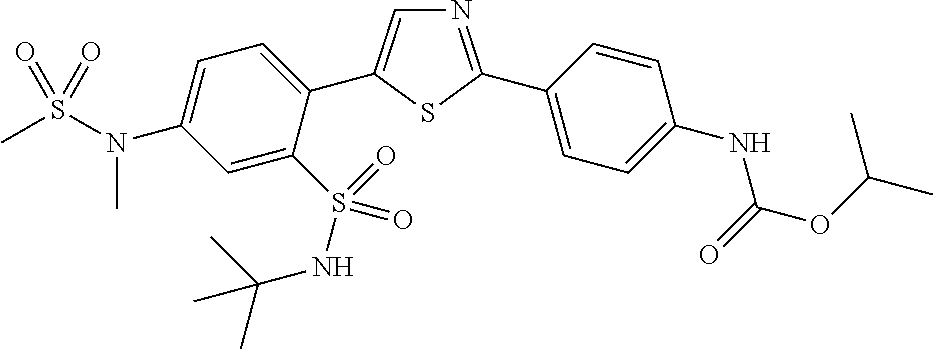
C00488
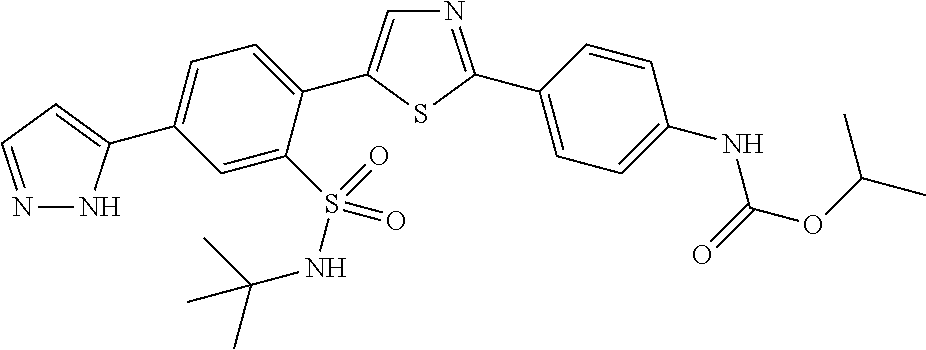
C00489

C00490

C00491
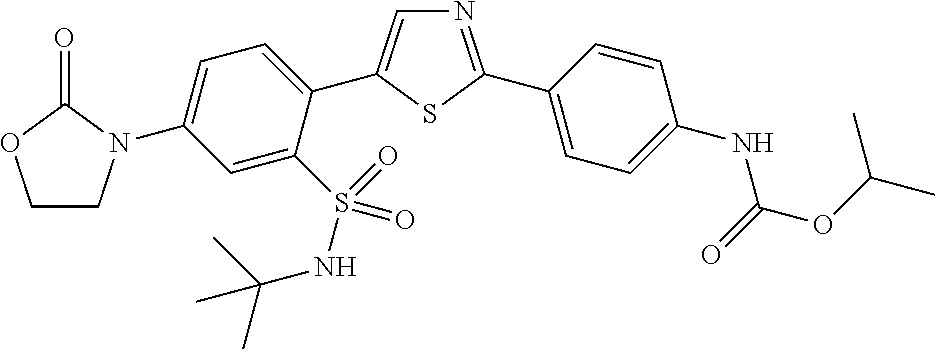
C00492

C00493

C00494

C00495

C00496

C00497

C00498

C00499

C00500
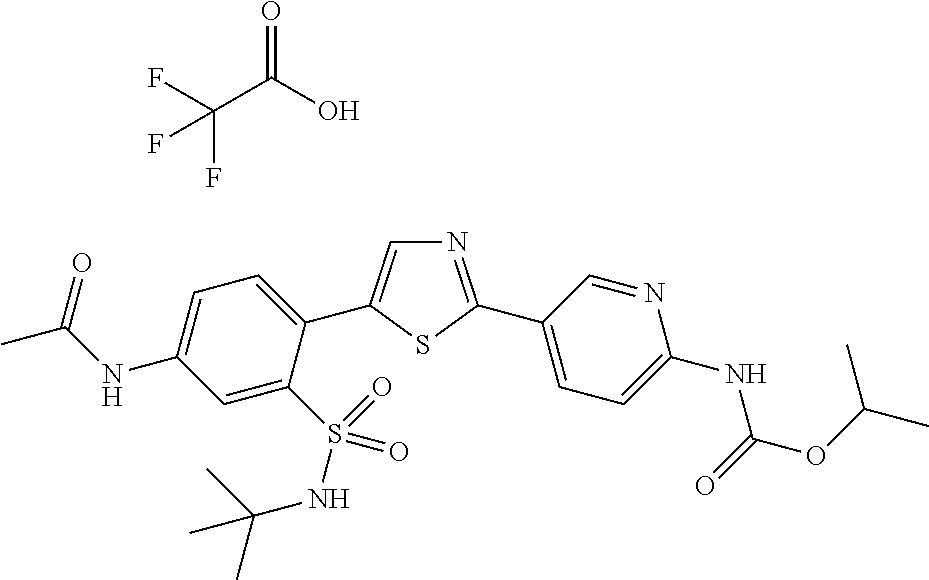
C00501
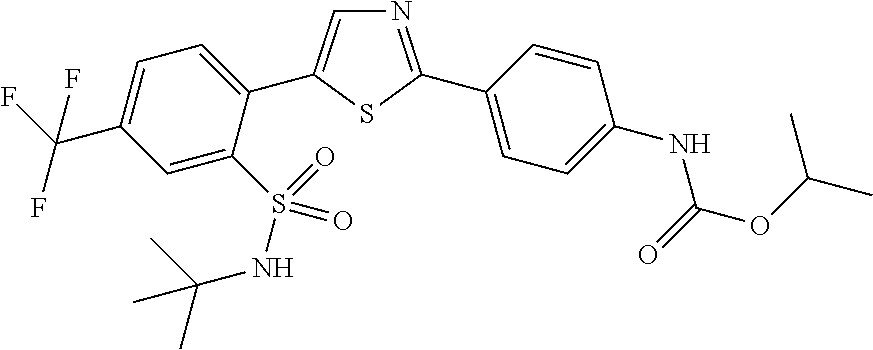
C00502

C00503

C00504

C00505

C00506

C00507

C00508
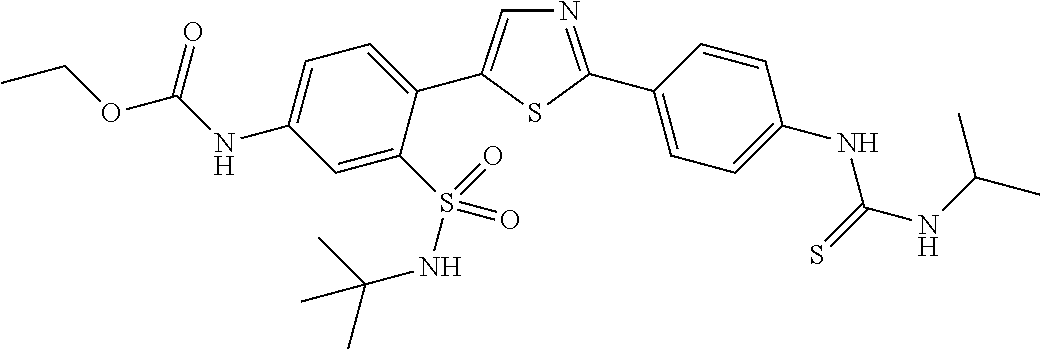
C00509

C00510

C00511

C00512

C00513

C00514

C00515

C00516

C00517

C00518

C00519

C00520

C00521

C00522

C00523

C00524

C00525

C00526

C00527

C00528

C00529
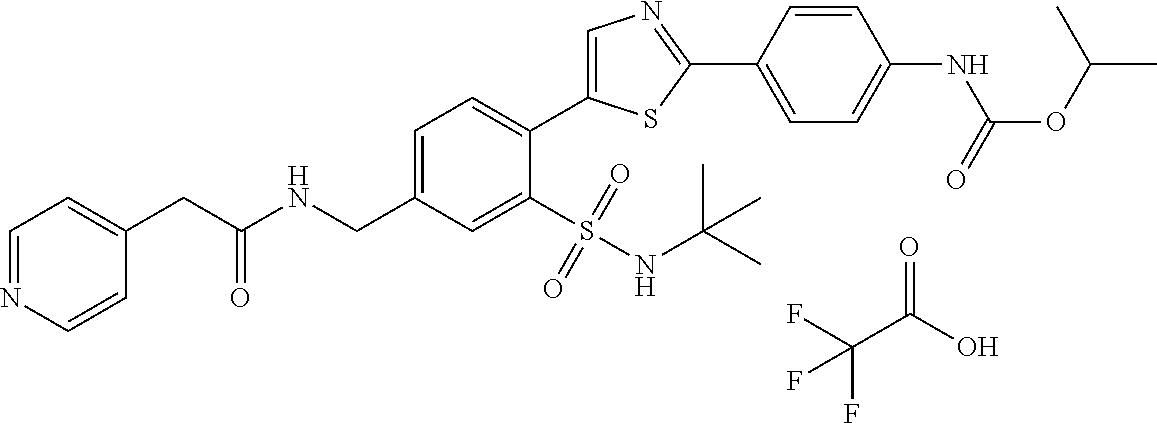
C00530

C00531

C00532

C00533

C00534

C00535

C00536

C00537

C00538
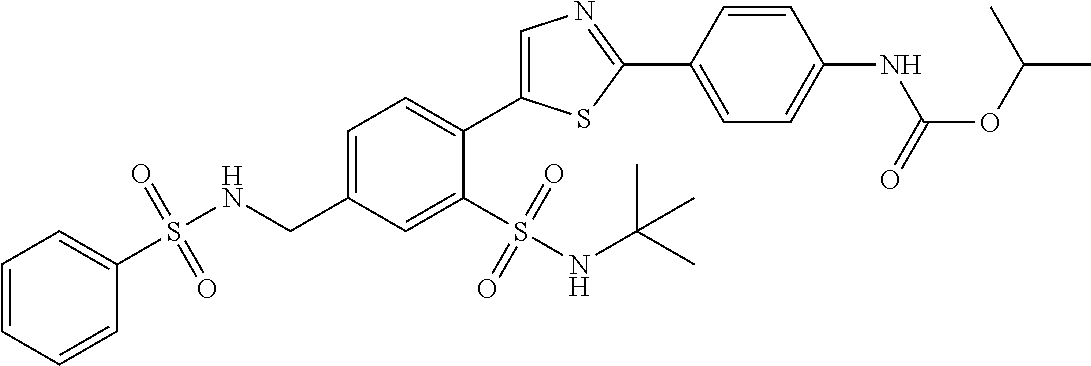
C00539

C00540

C00541

C00542

C00543

C00544

C00545

C00546

C00547

C00548
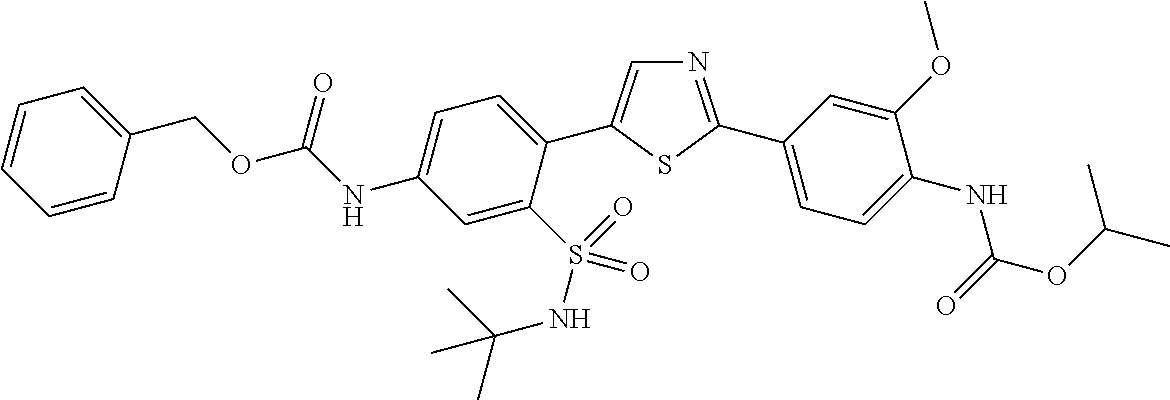
C00549

C00550

C00551

C00552

C00553

C00554
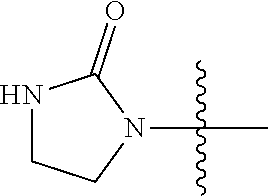
C00555

C00556

C00557

C00558

C00559

C00560

C00561

C00562

C00563

C00564

C00565

C00566

C00567

C00568

C00569

C00570
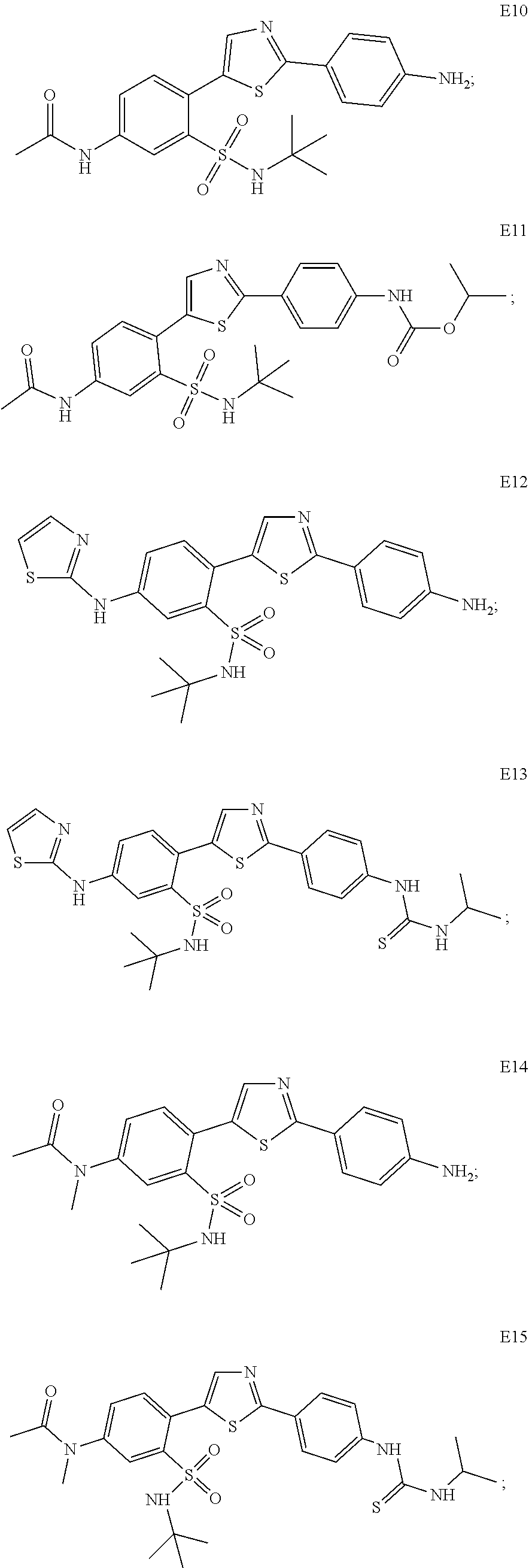
C00571
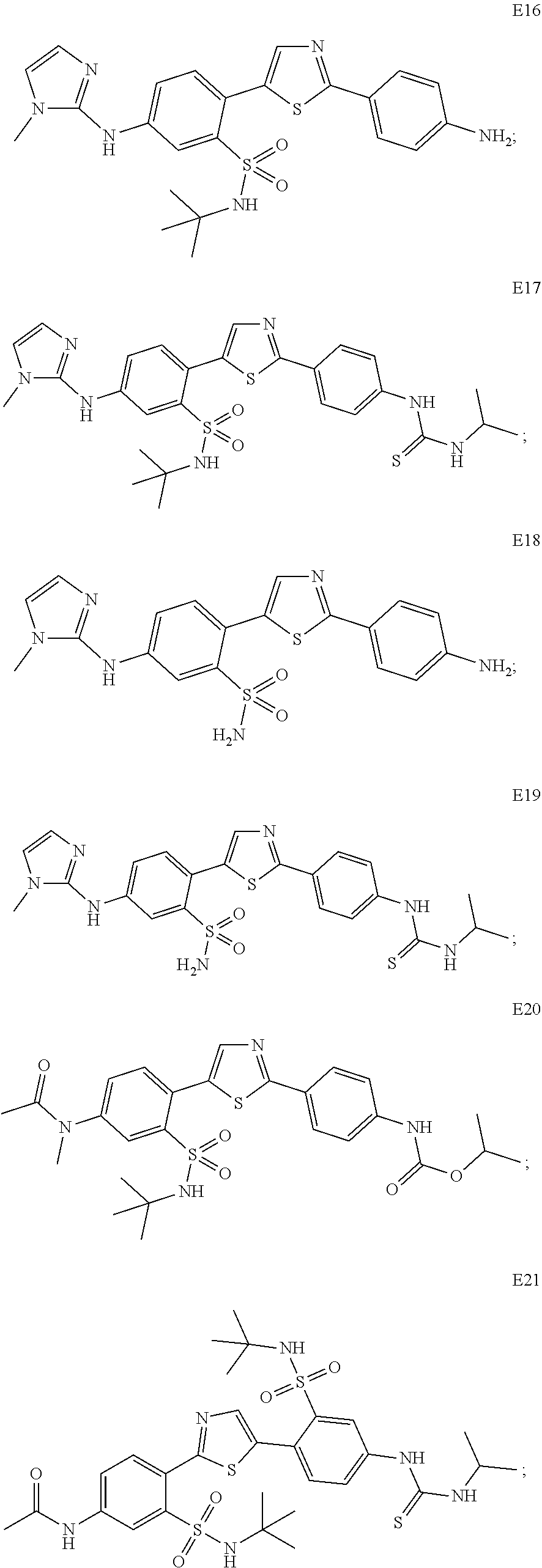
C00572

C00573

C00574

C00575

C00576
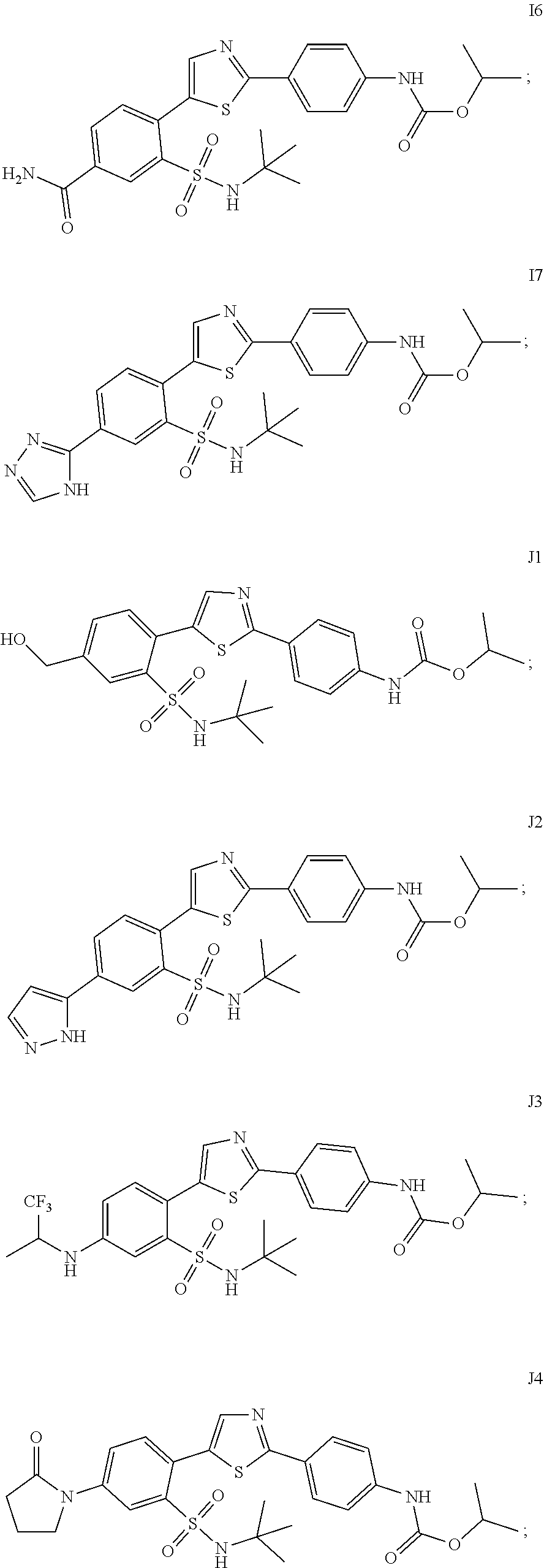
C00577

C00578
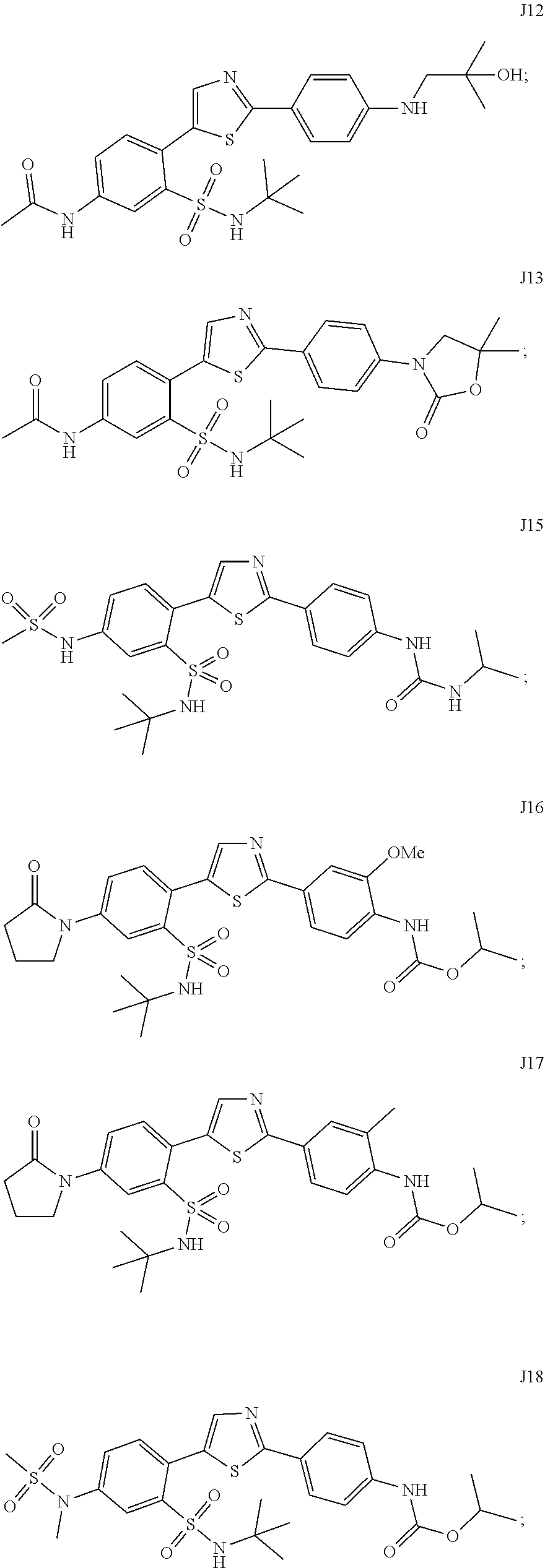
C00579

C00580

C00581
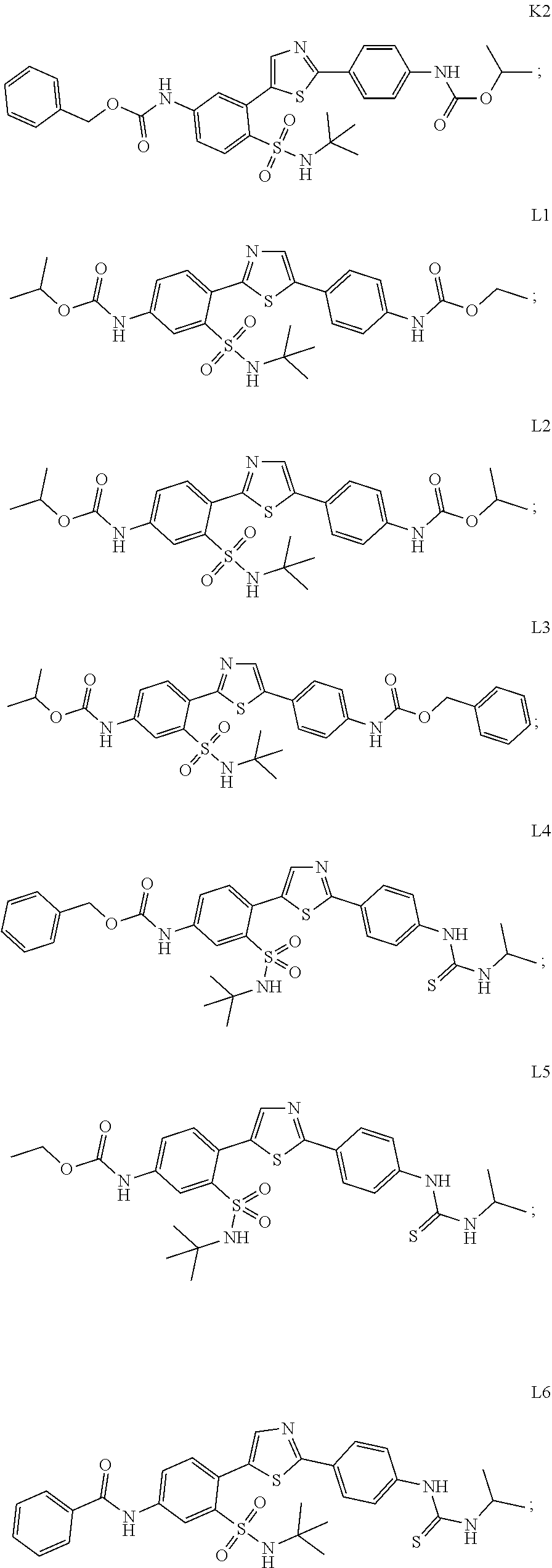
C00582

C00583

C00584

C00585

C00586

C00587

C00588

C00589

XML
uspto.report is an independent third-party trademark research tool that is not affiliated, endorsed, or sponsored by the United States Patent and Trademark Office (USPTO) or any other governmental organization. The information provided by uspto.report is based on publicly available data at the time of writing and is intended for informational purposes only.
While we strive to provide accurate and up-to-date information, we do not guarantee the accuracy, completeness, reliability, or suitability of the information displayed on this site. The use of this site is at your own risk. Any reliance you place on such information is therefore strictly at your own risk.
All official trademark data, including owner information, should be verified by visiting the official USPTO website at www.uspto.gov. This site is not intended to replace professional legal advice and should not be used as a substitute for consulting with a legal professional who is knowledgeable about trademark law.